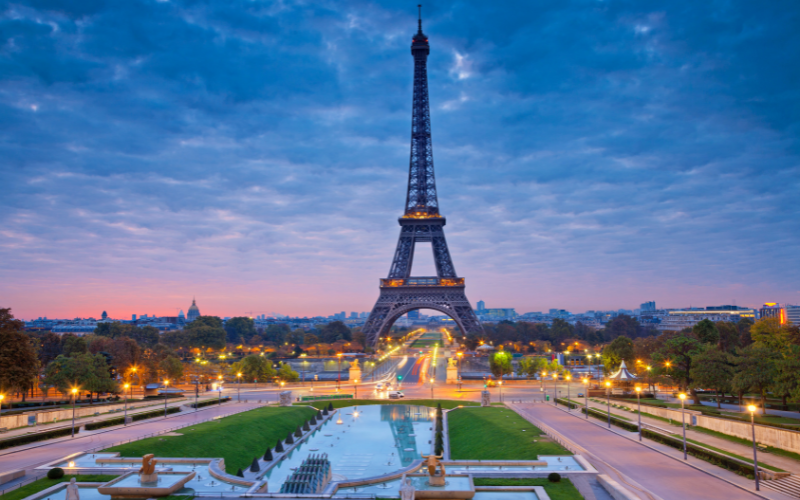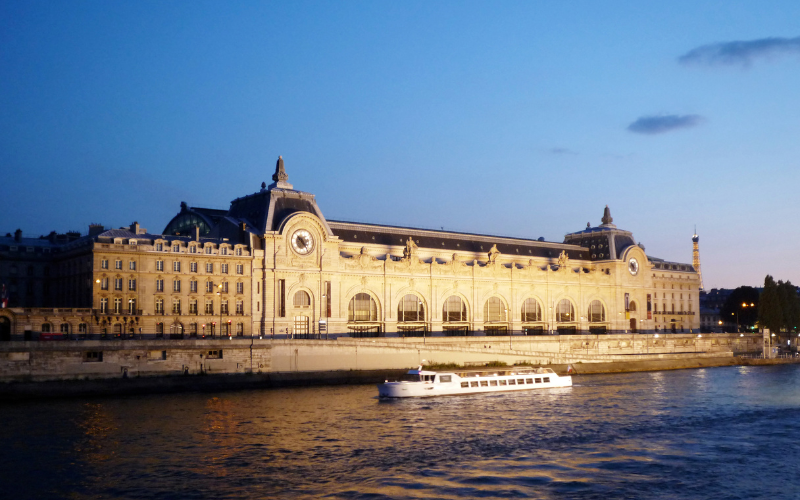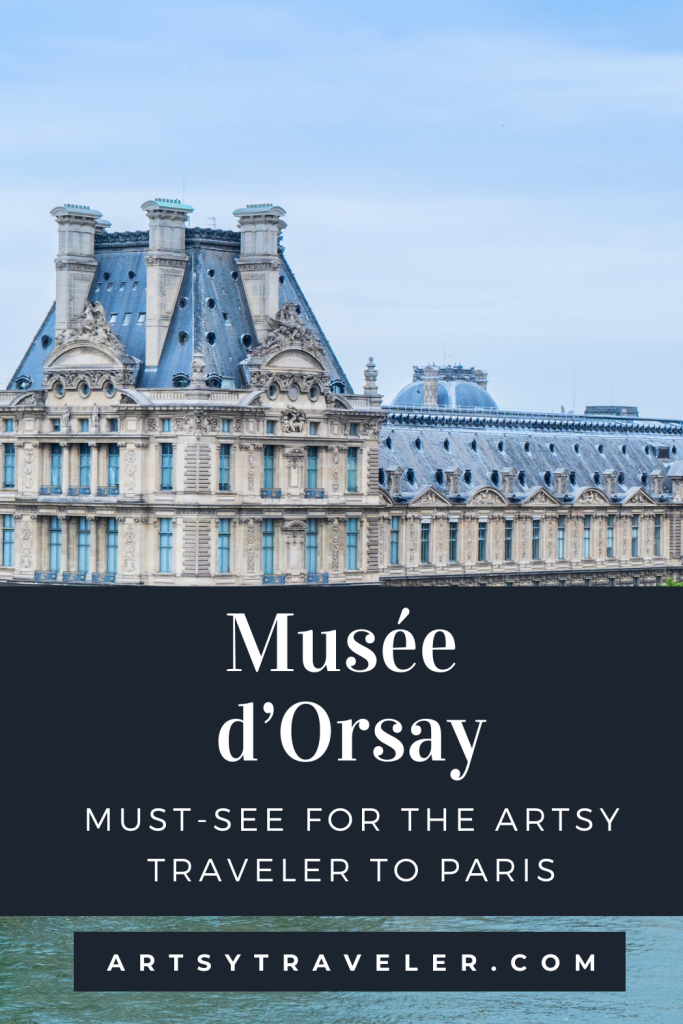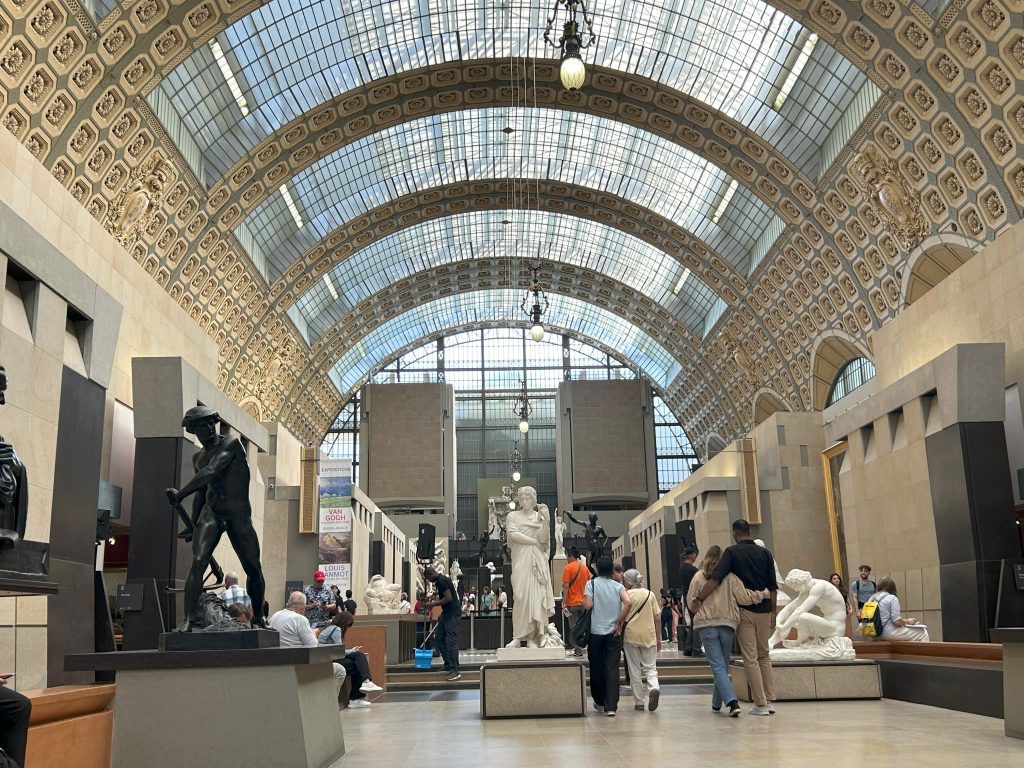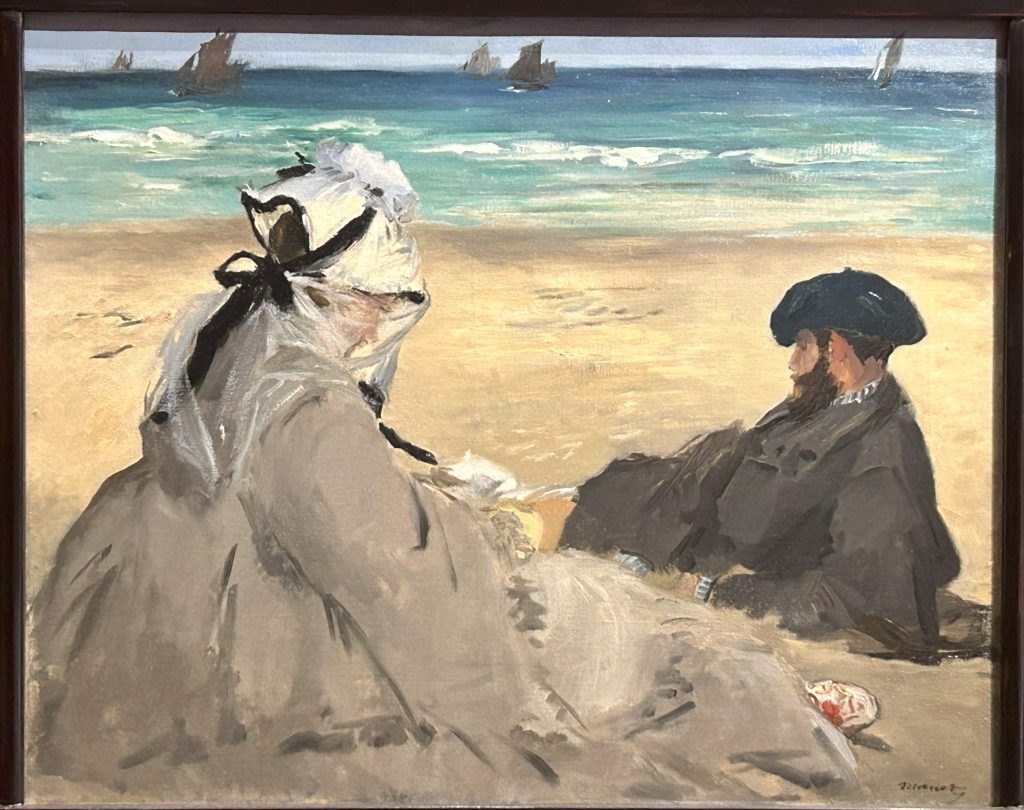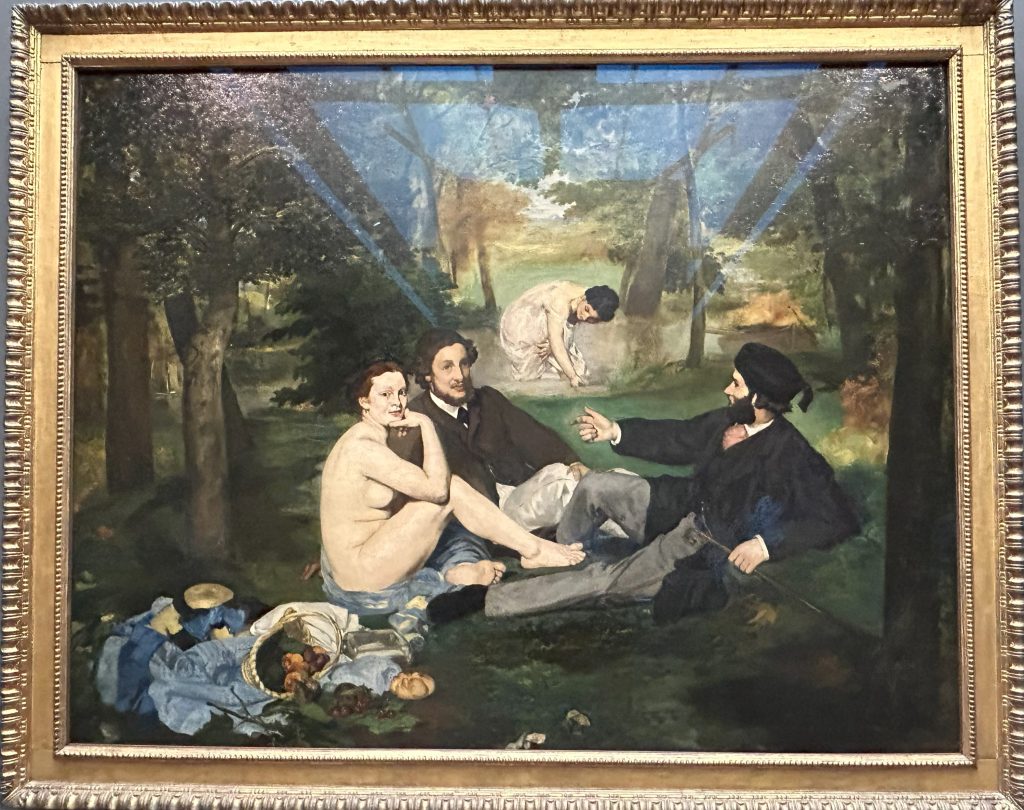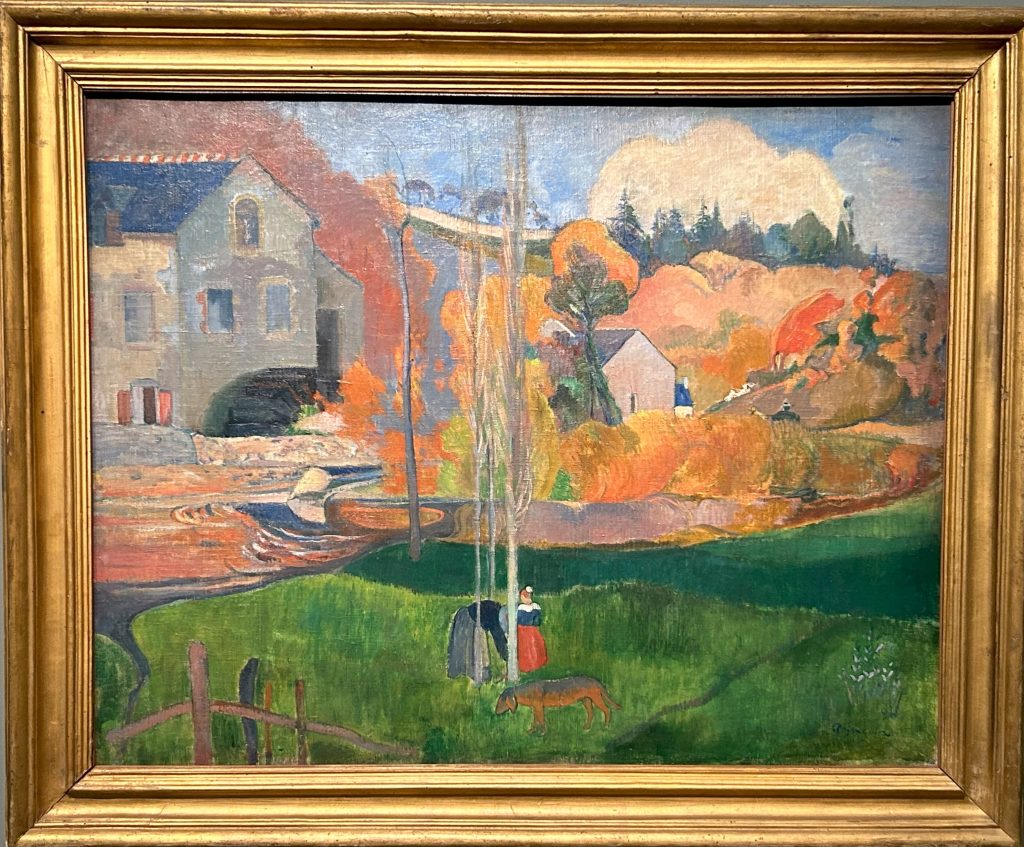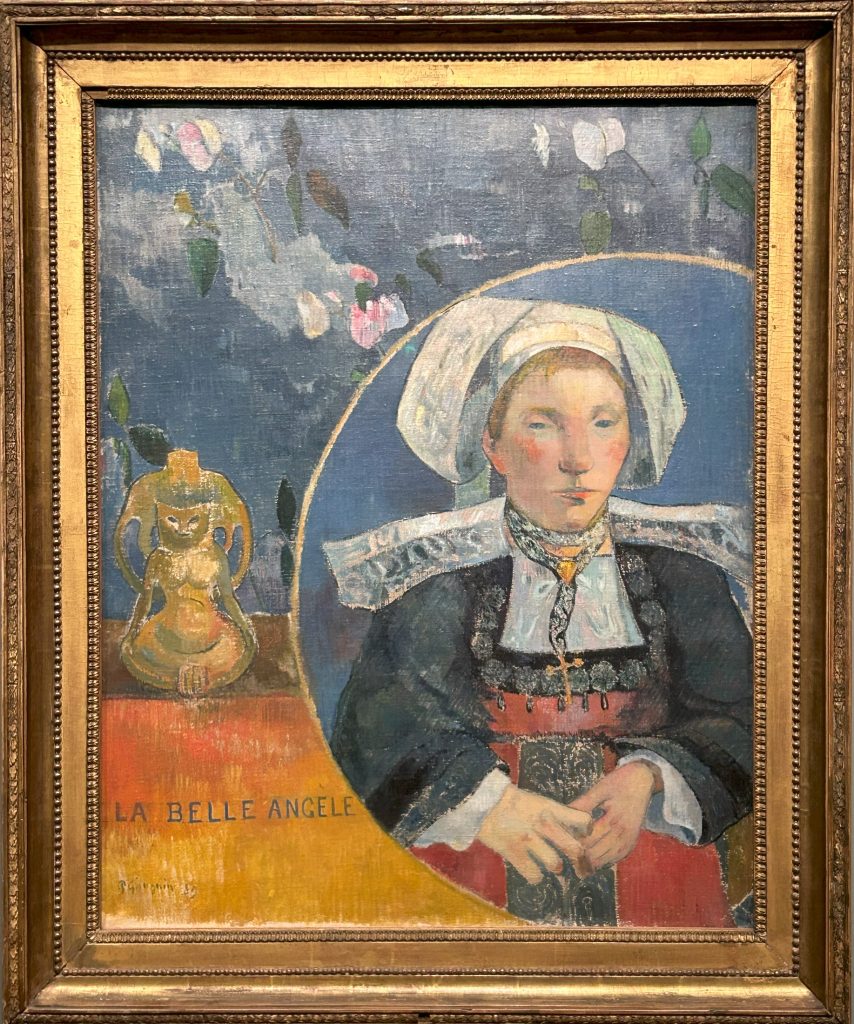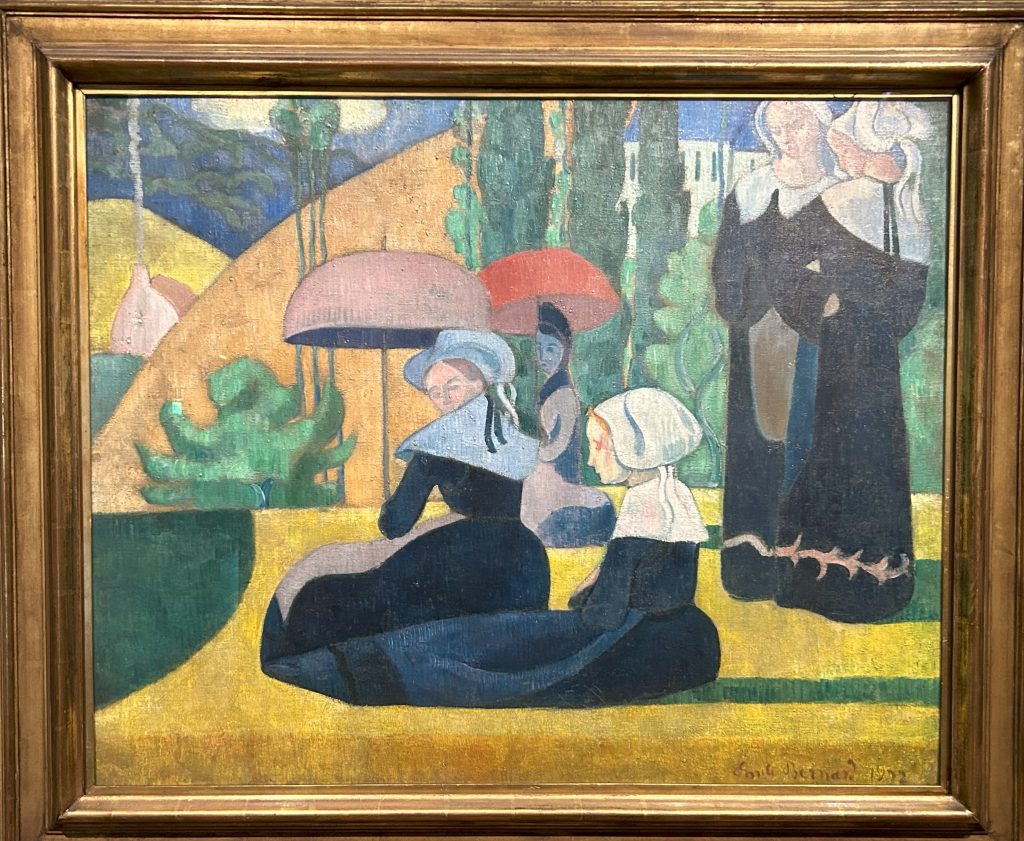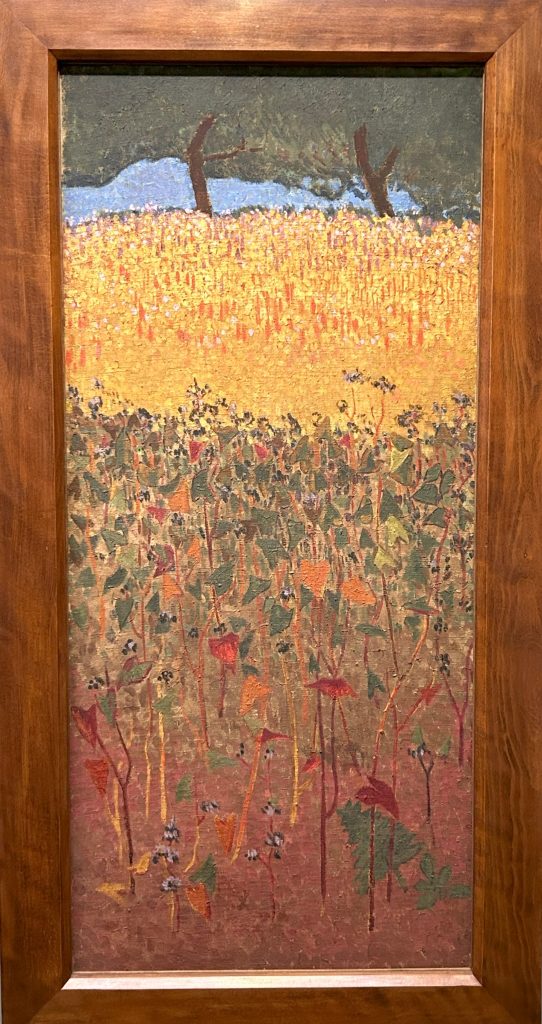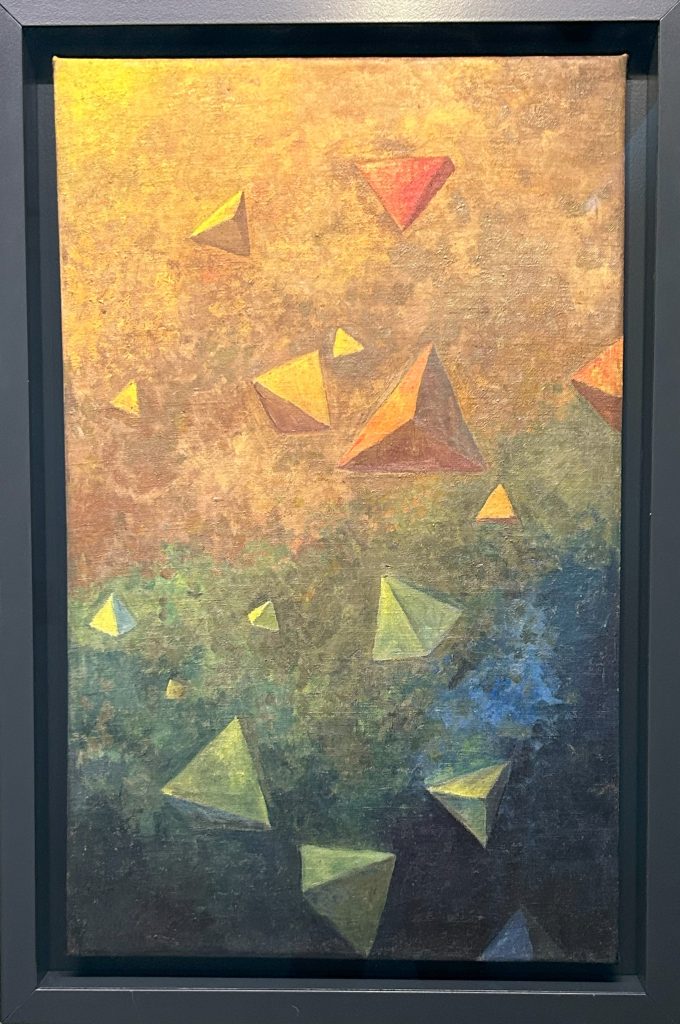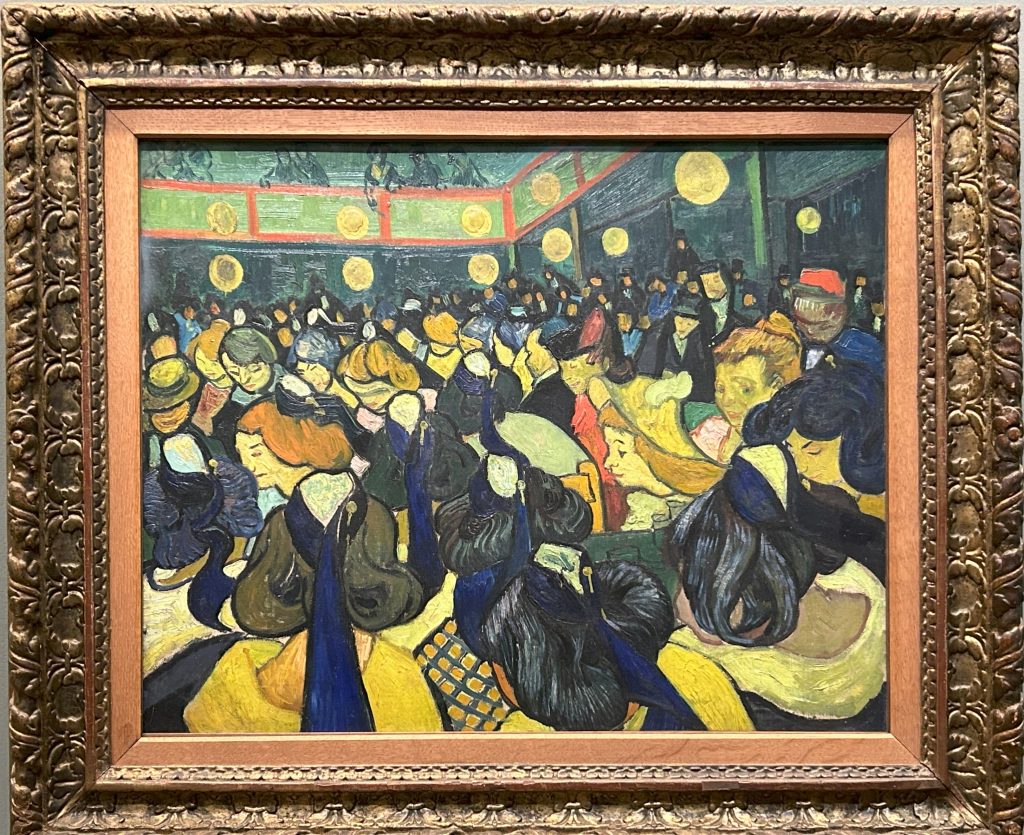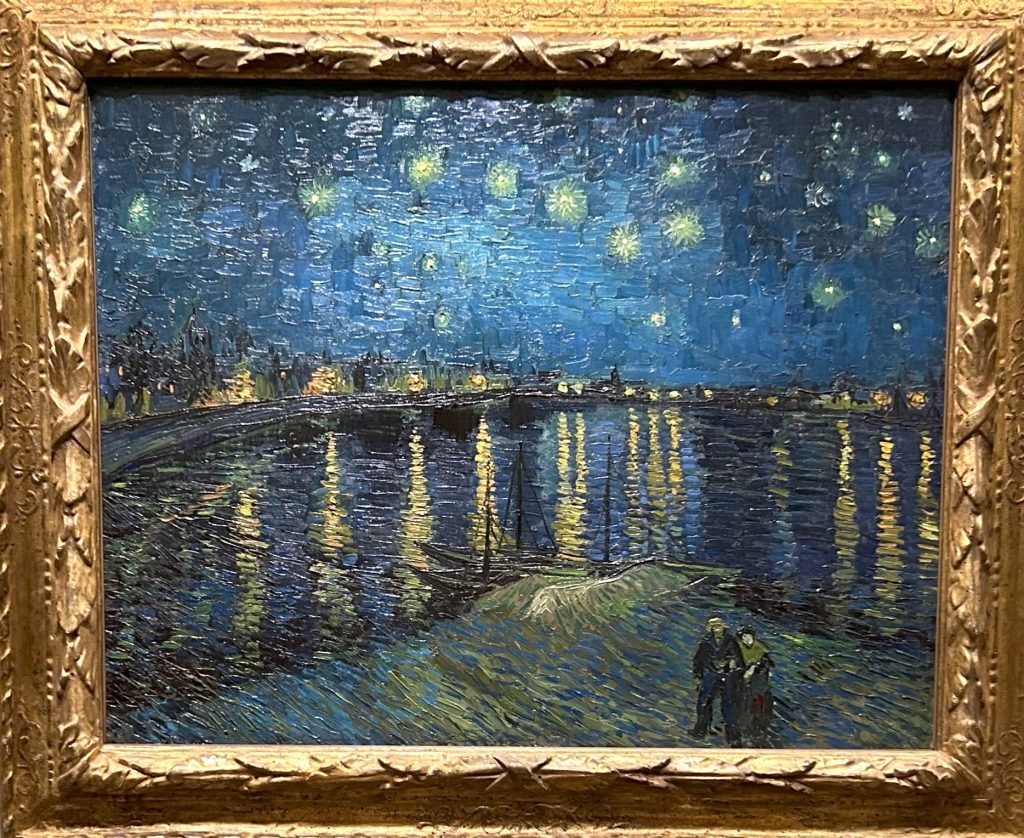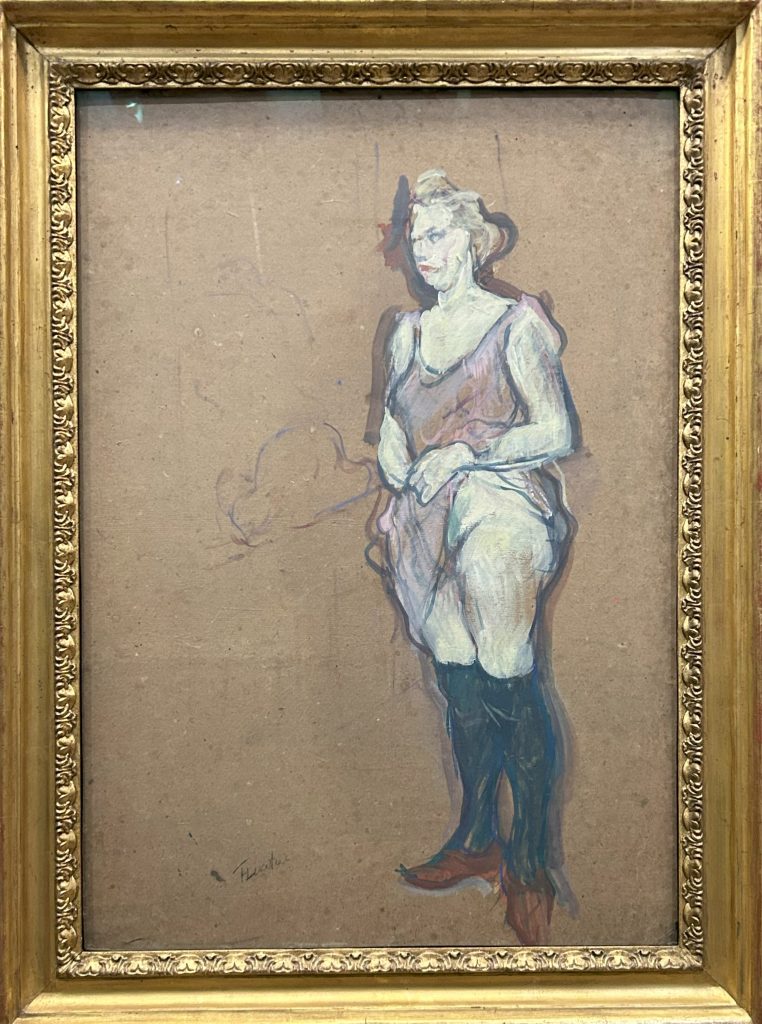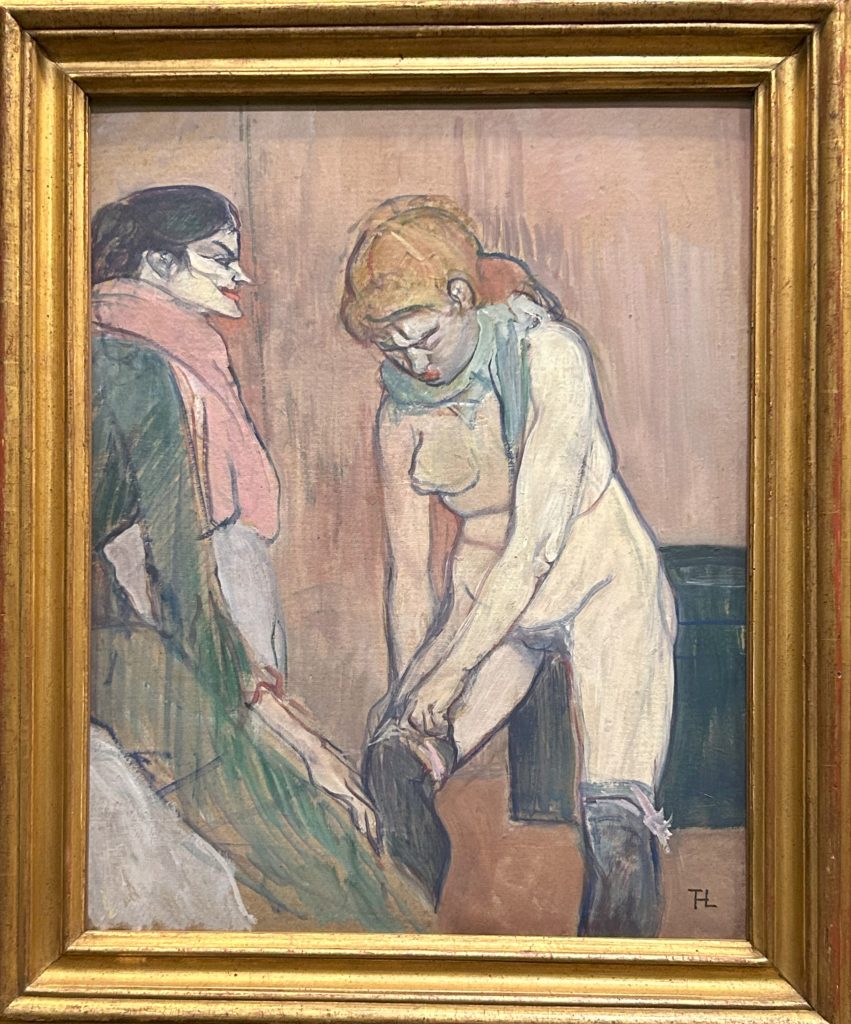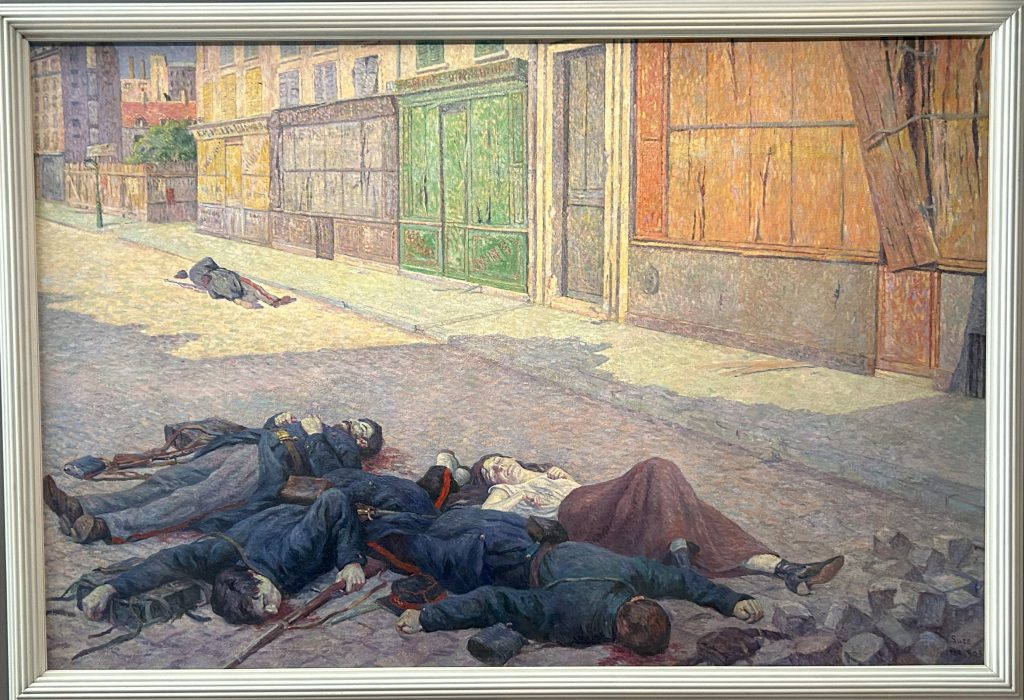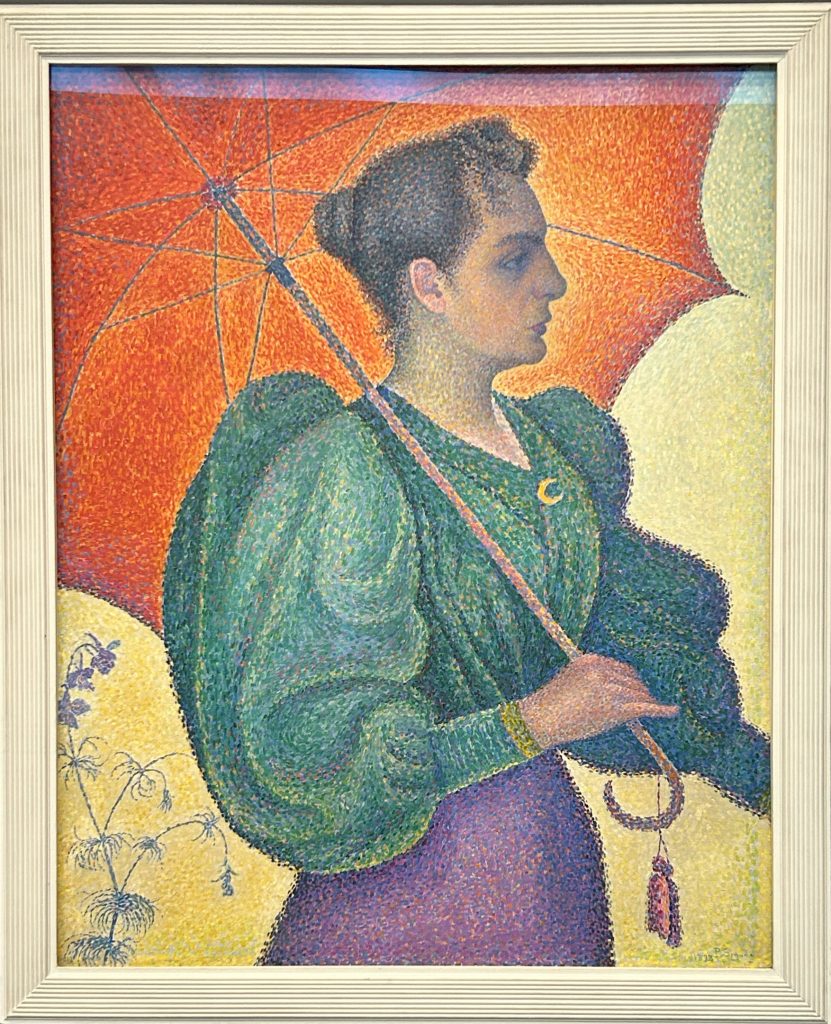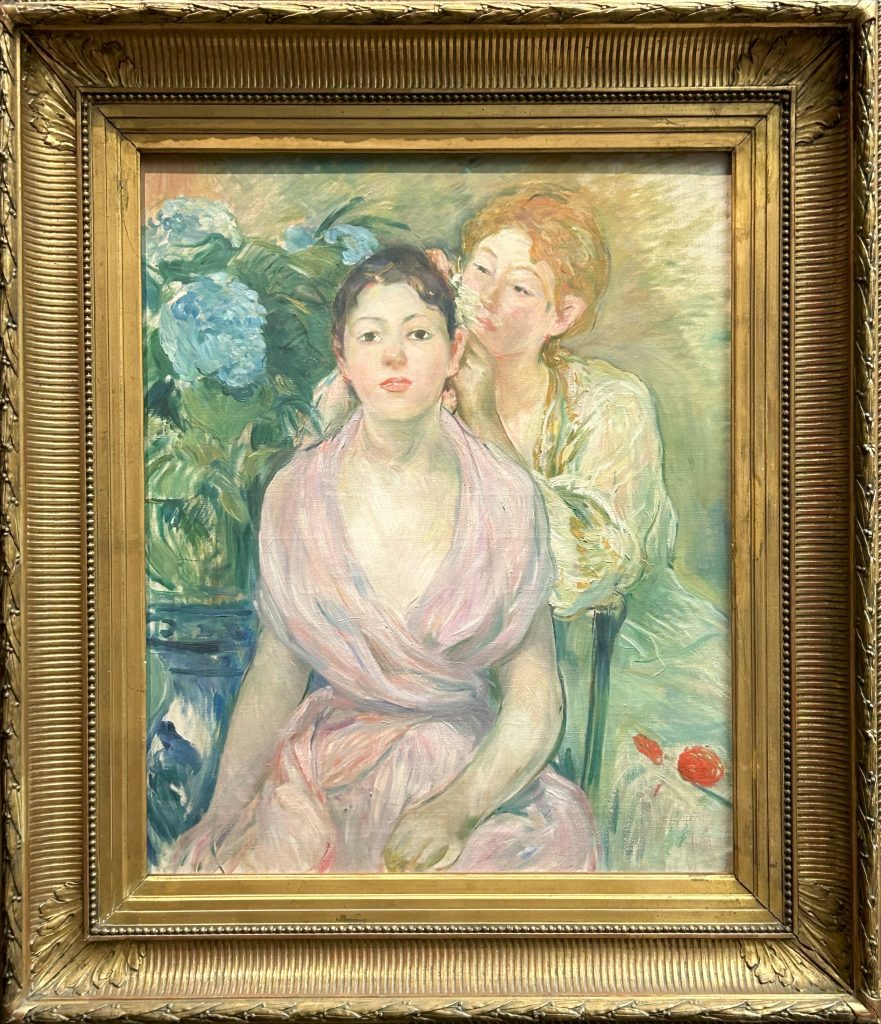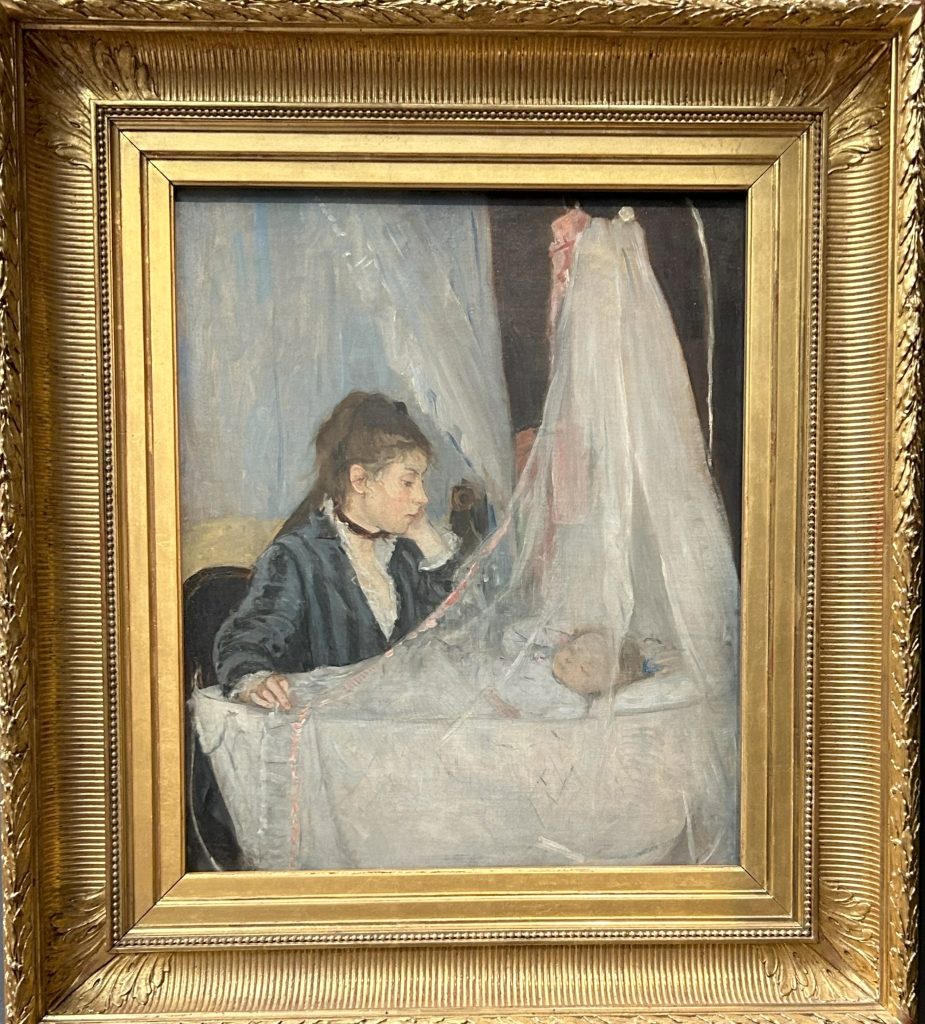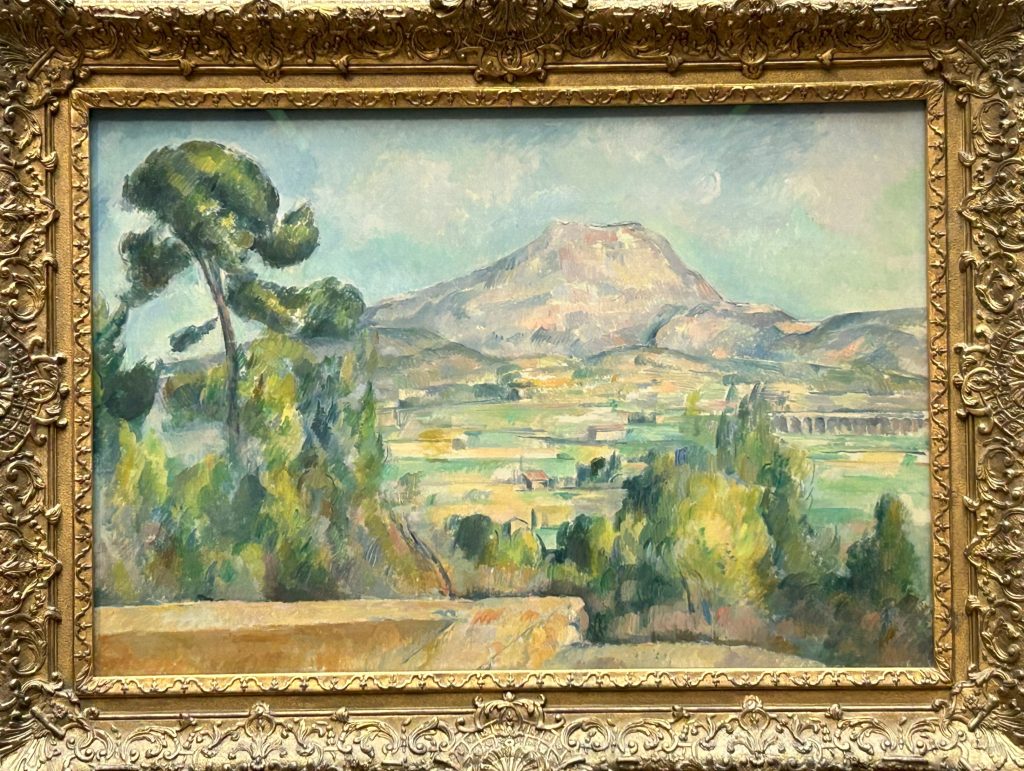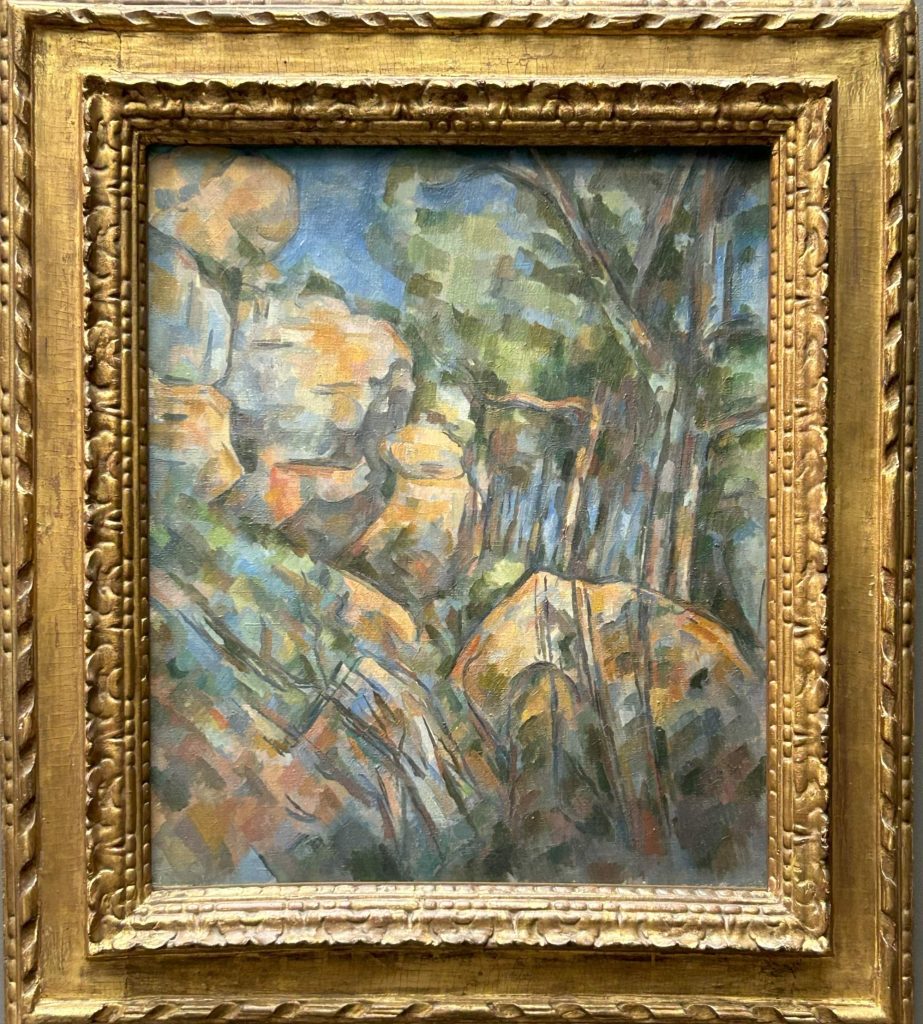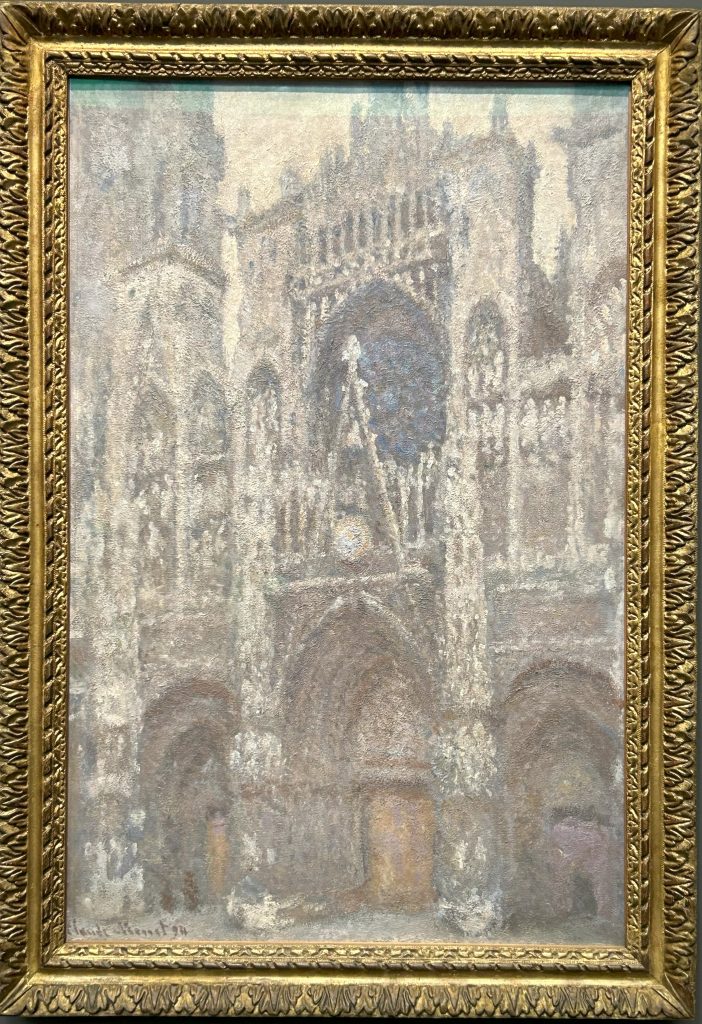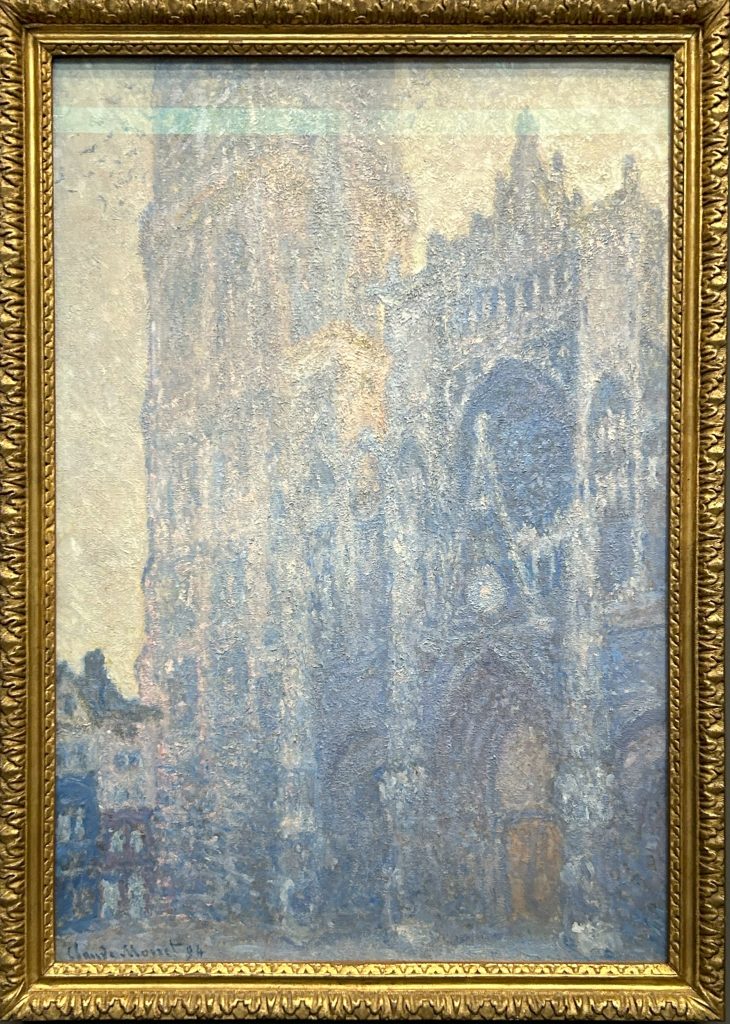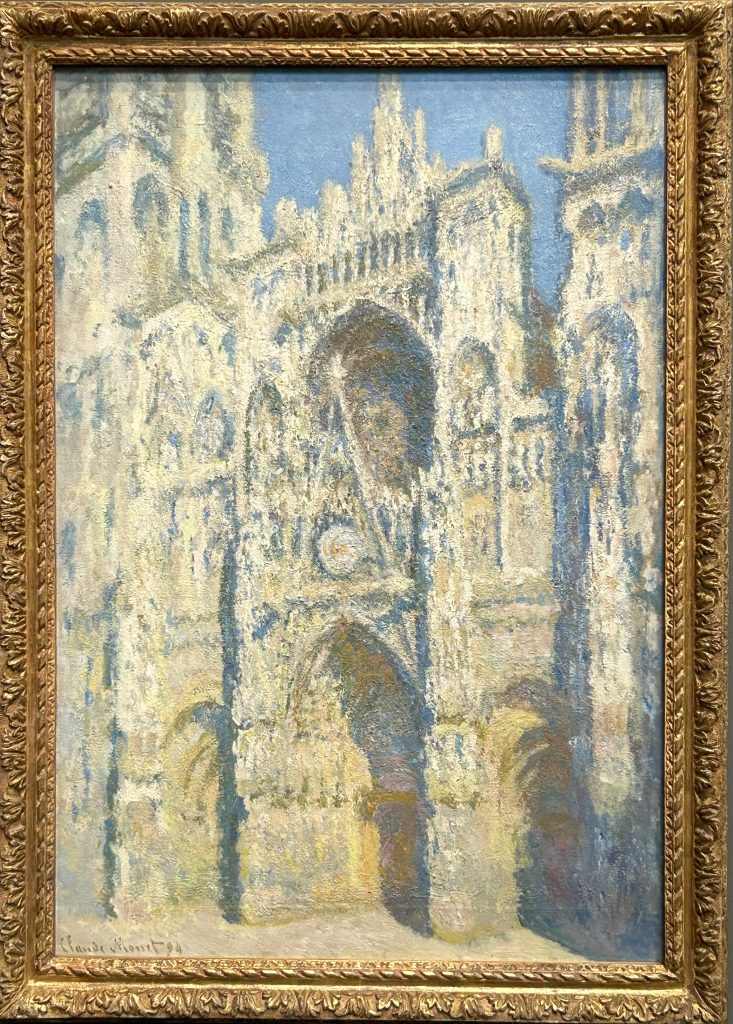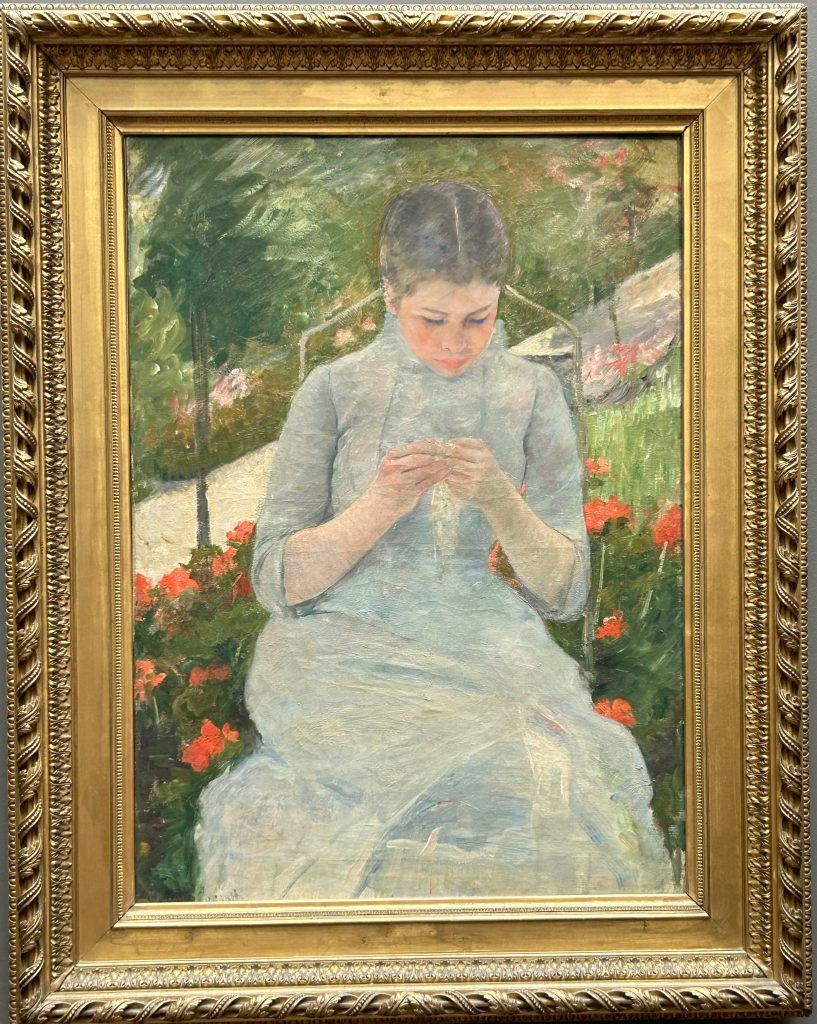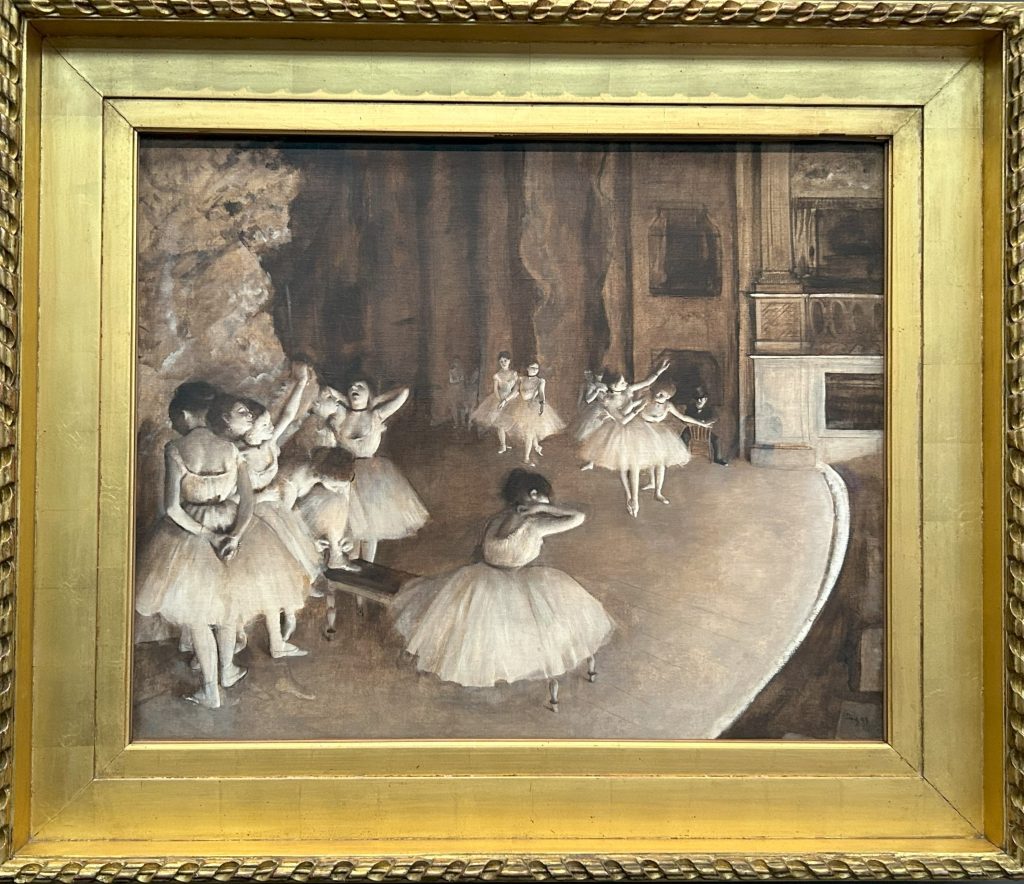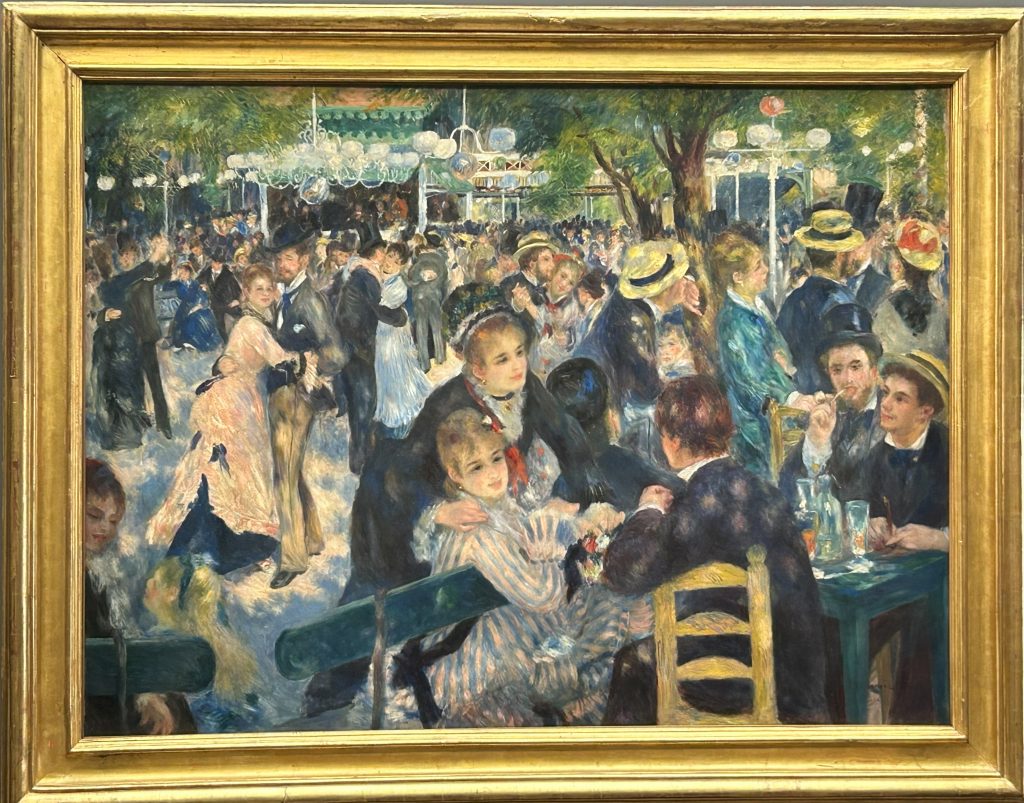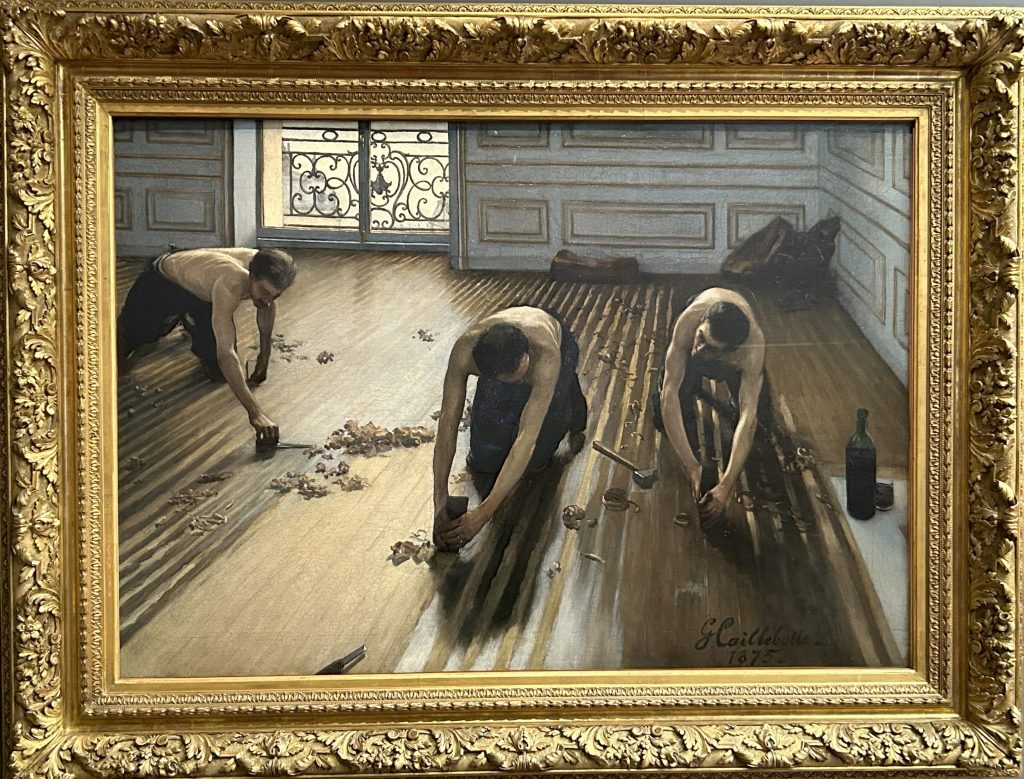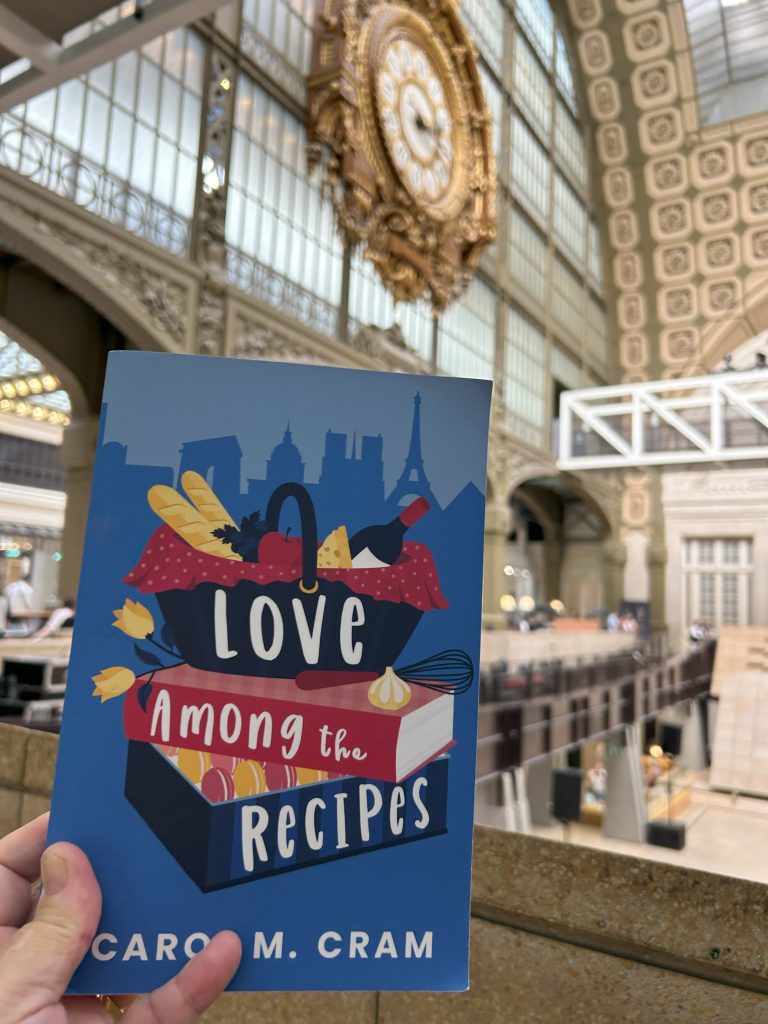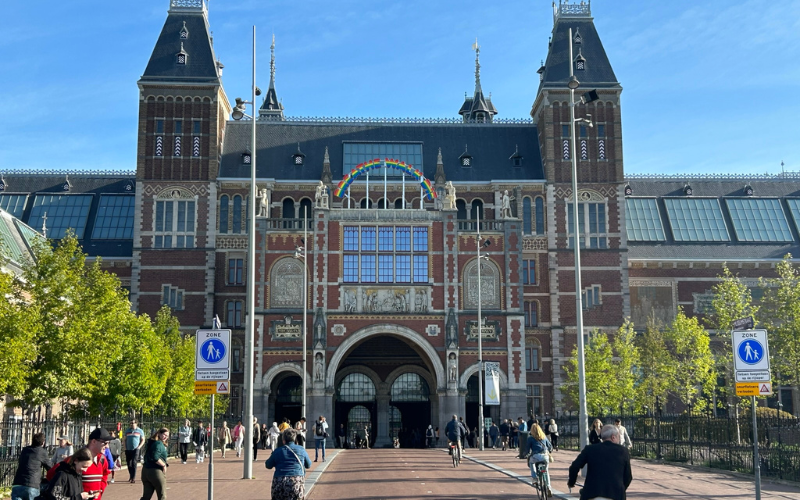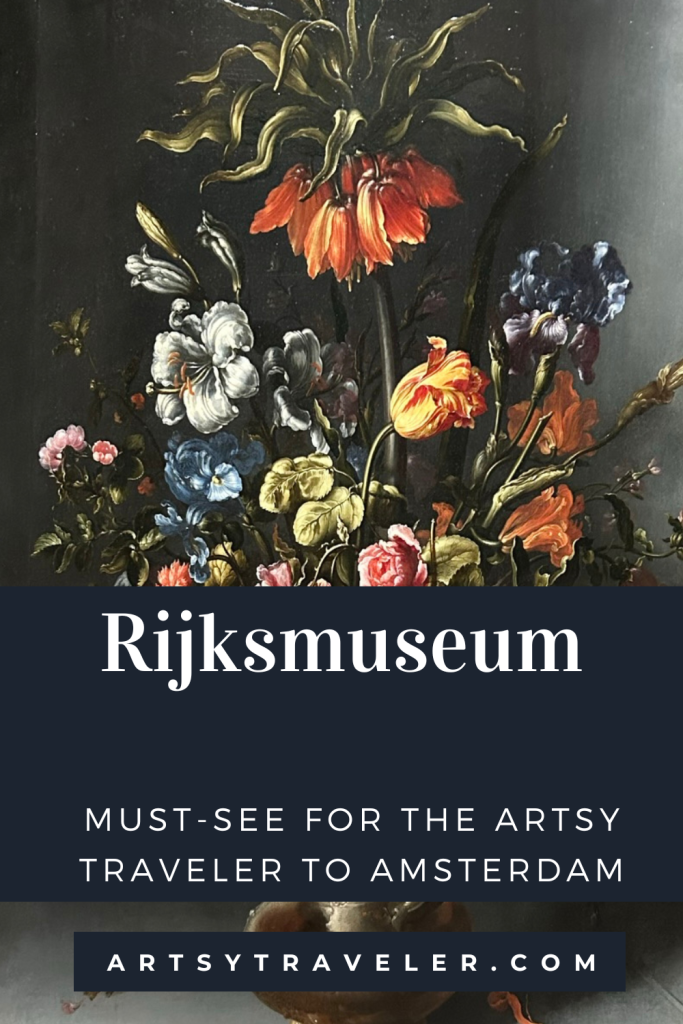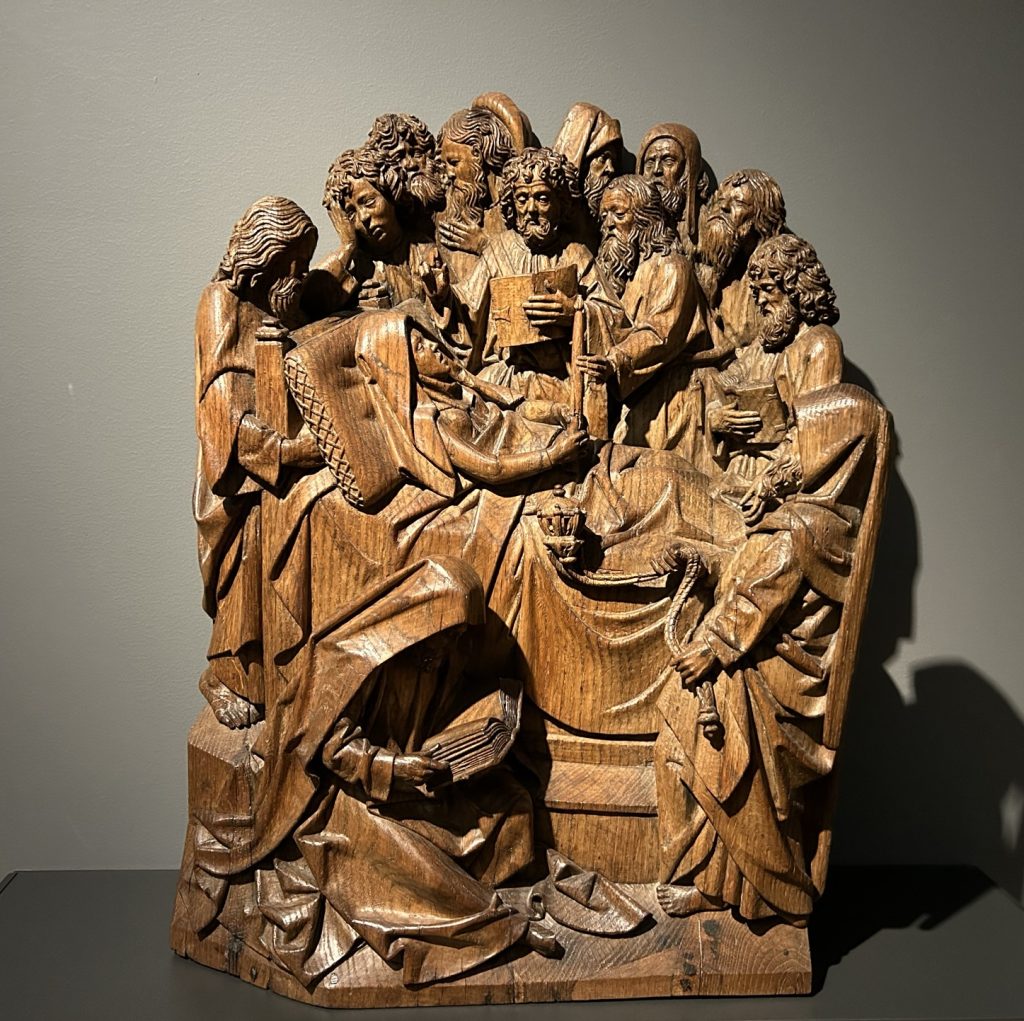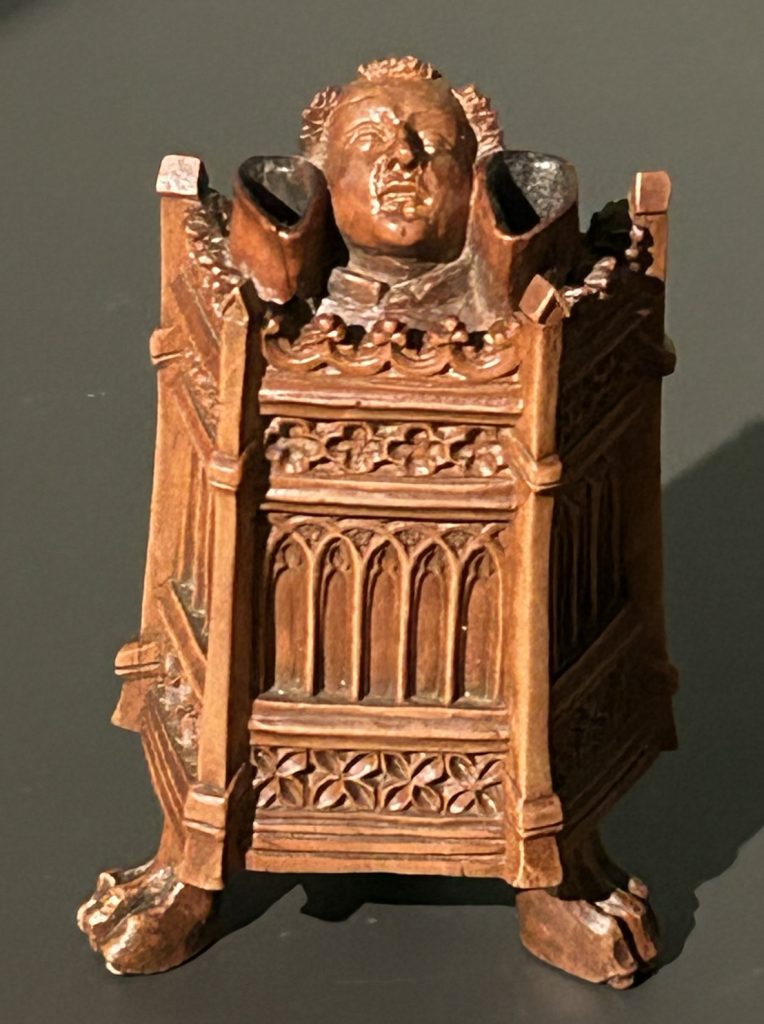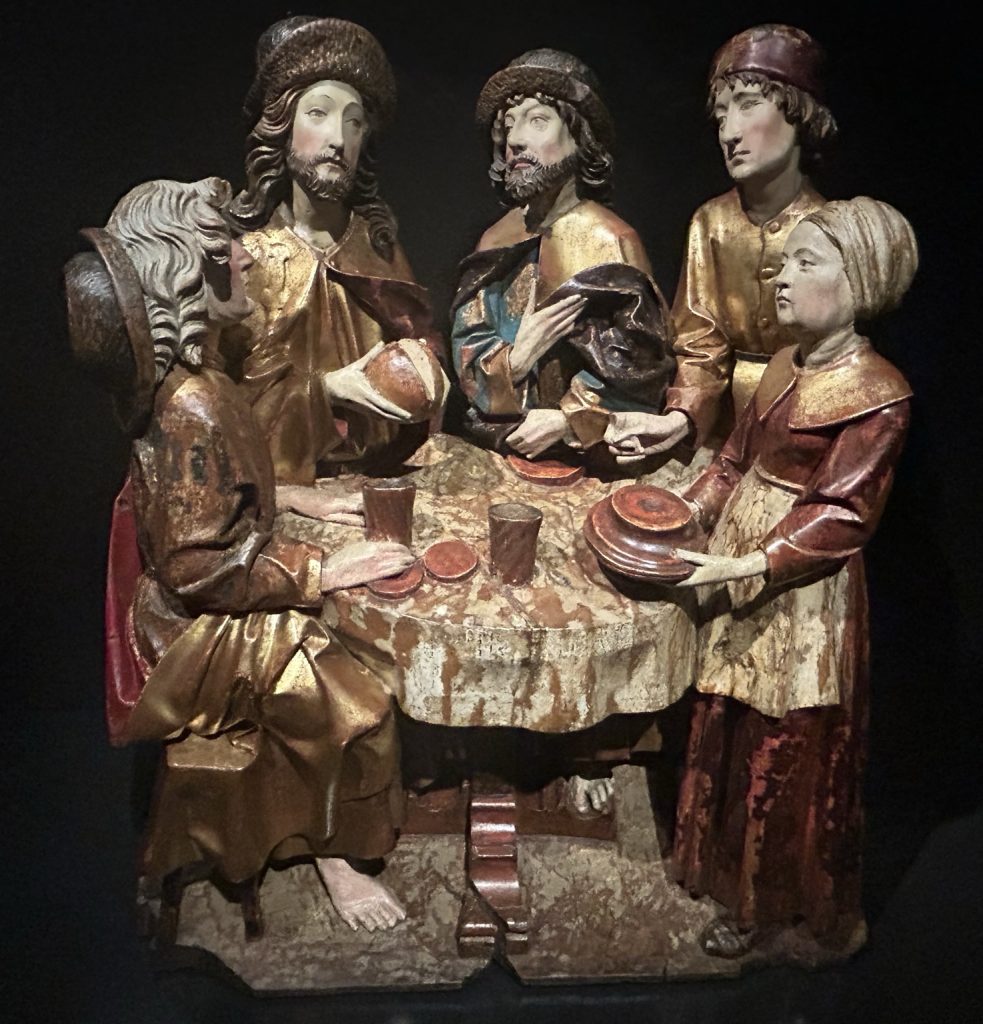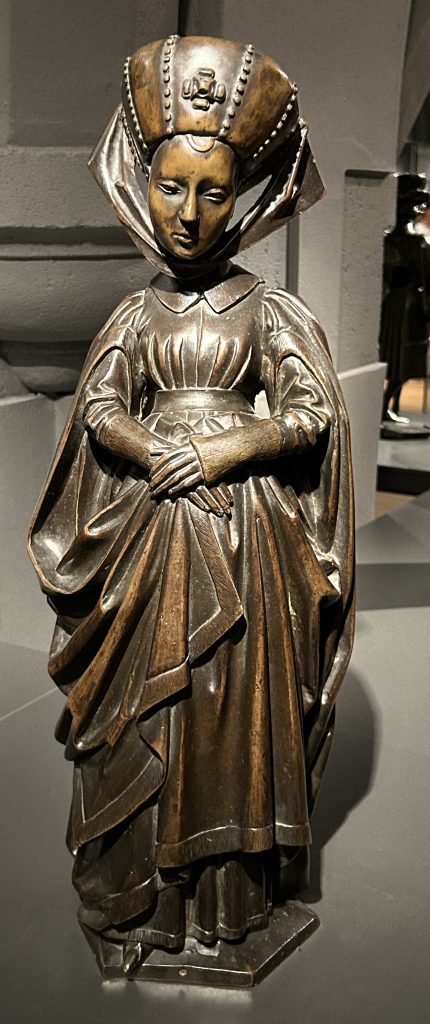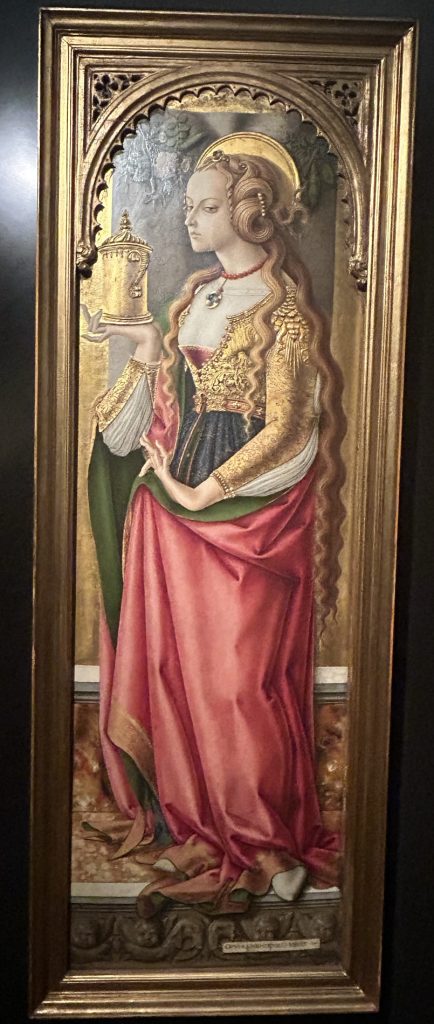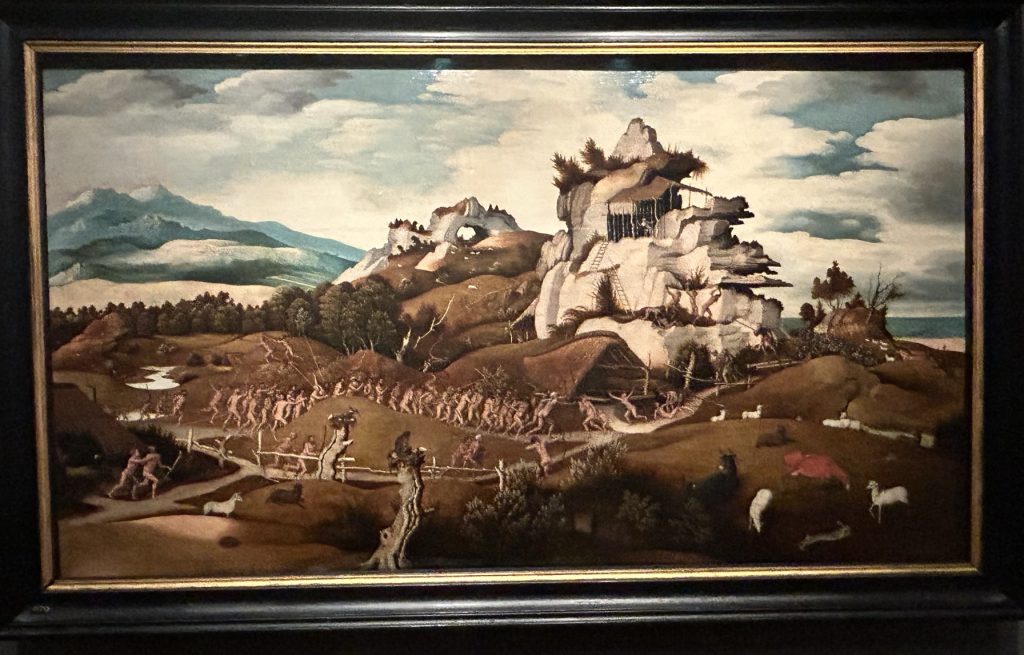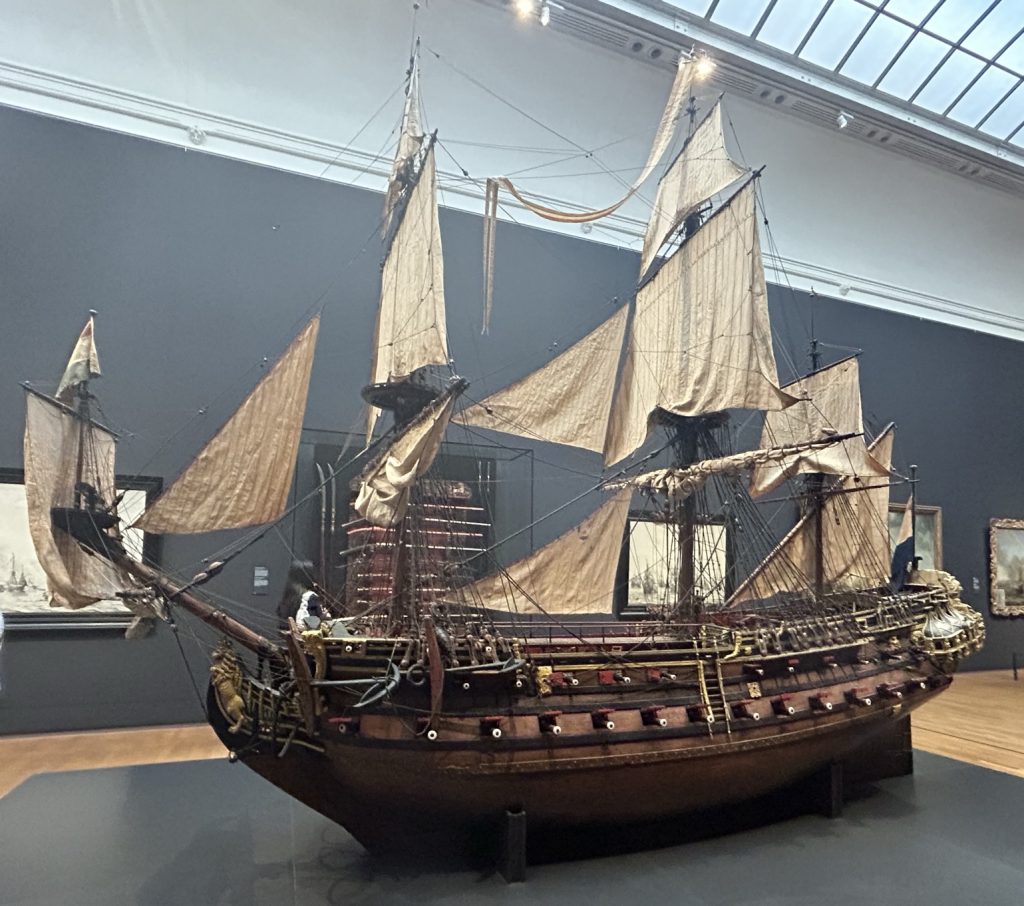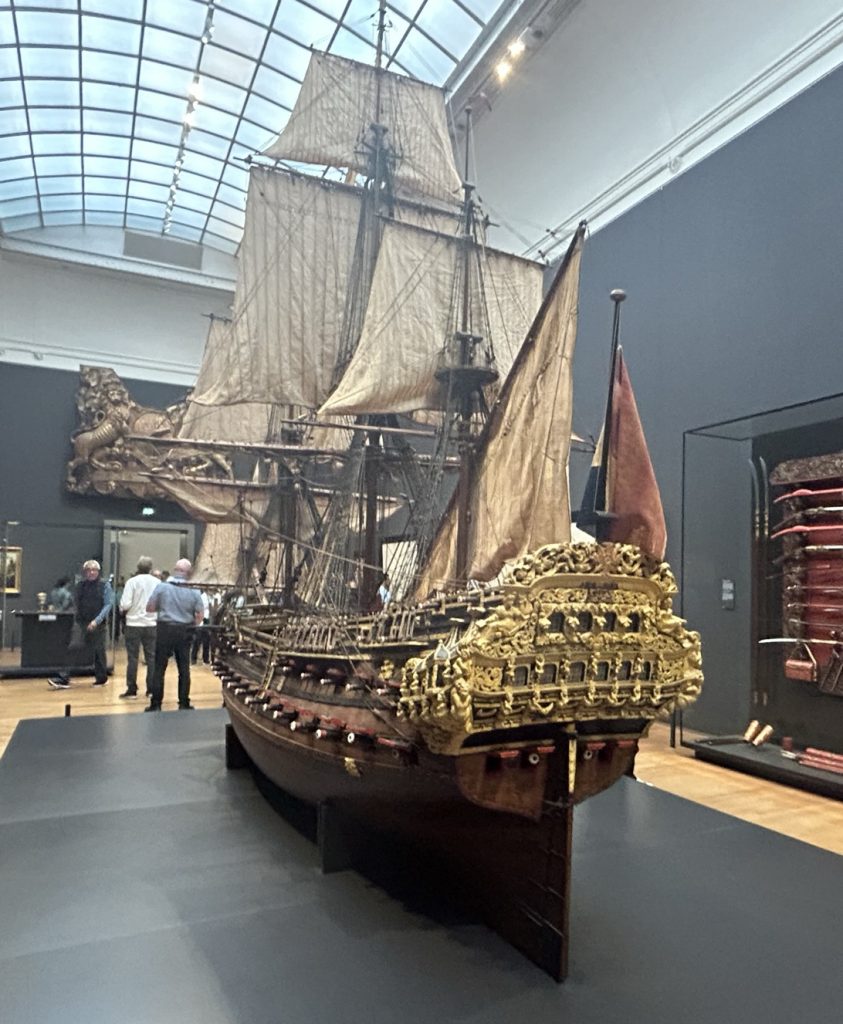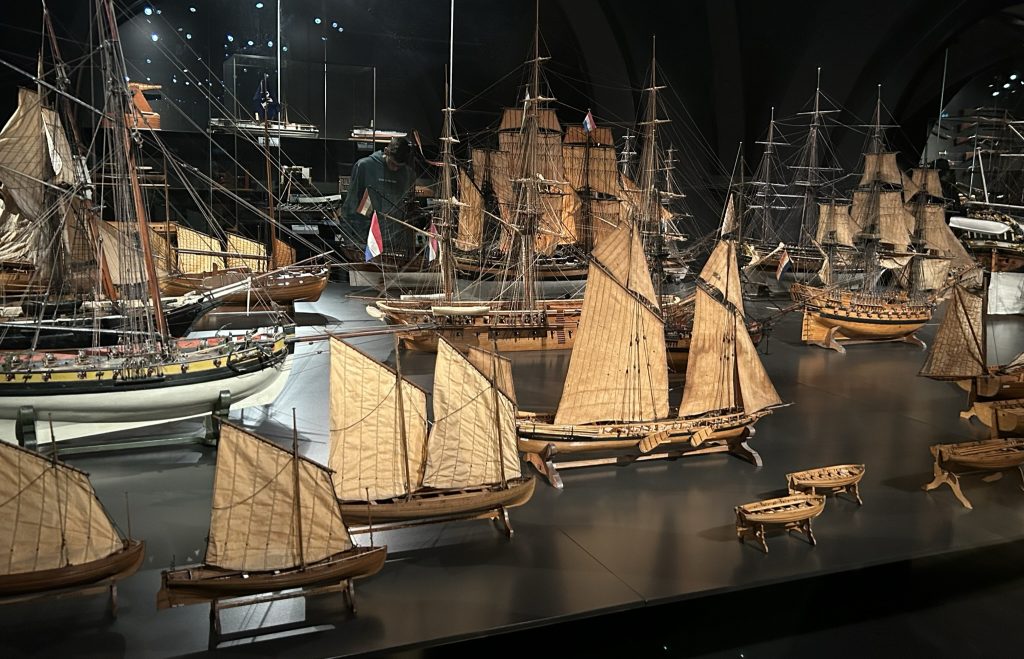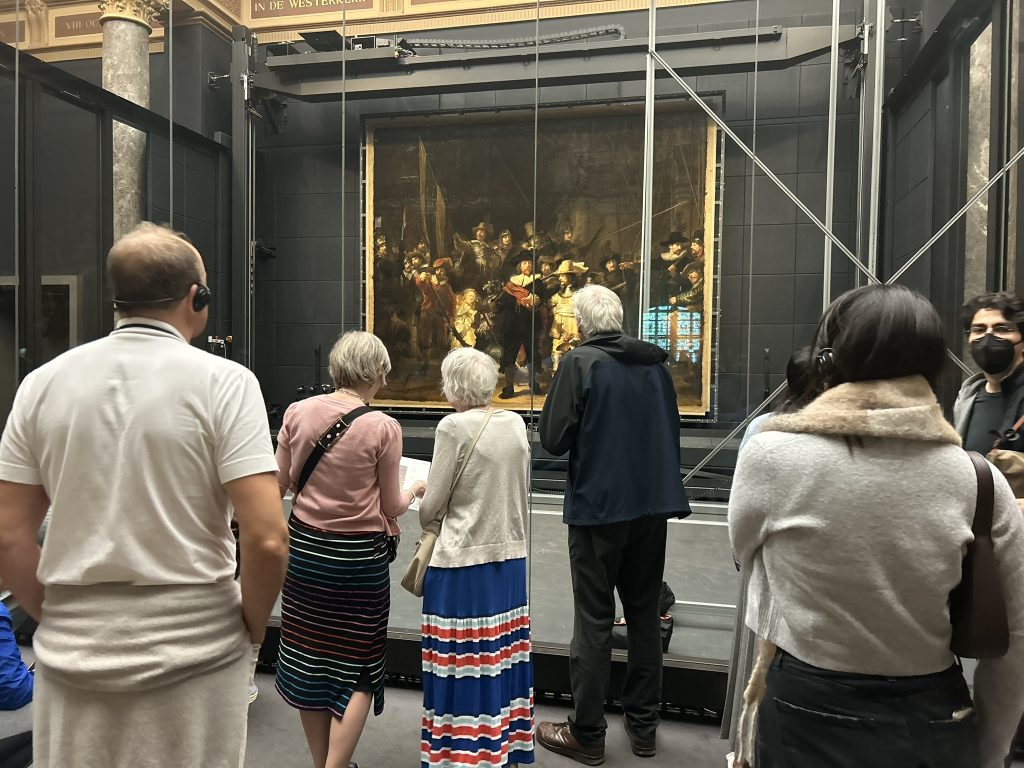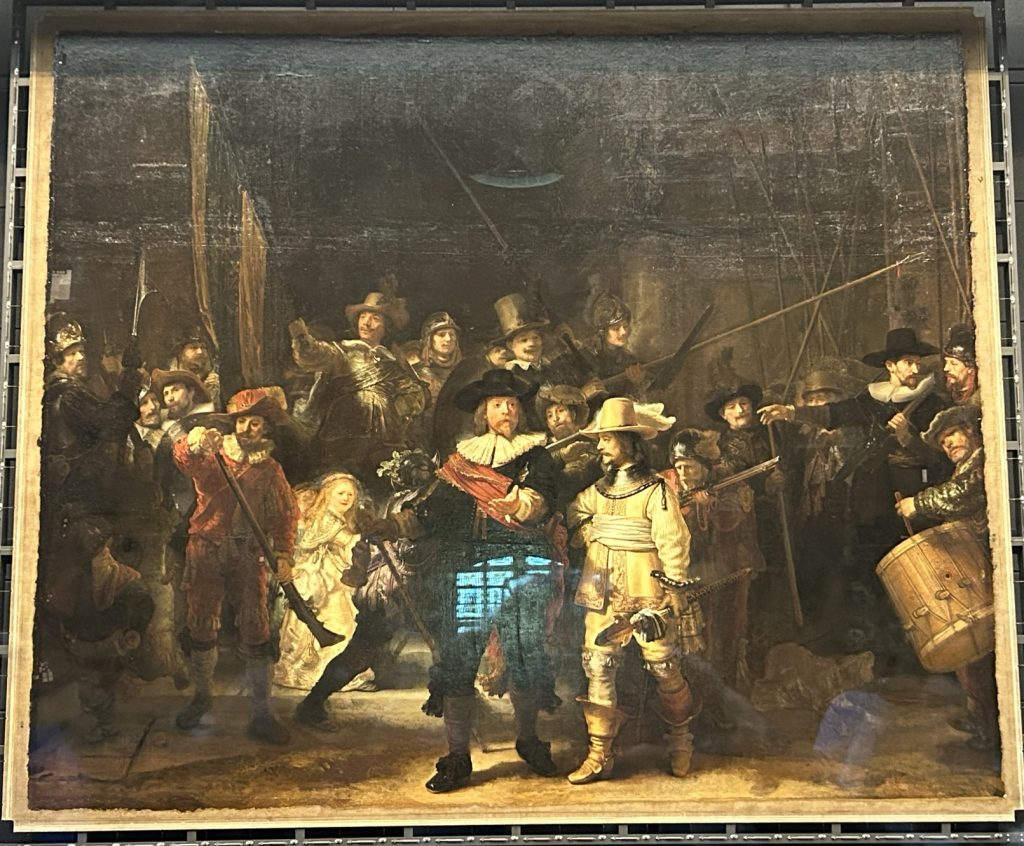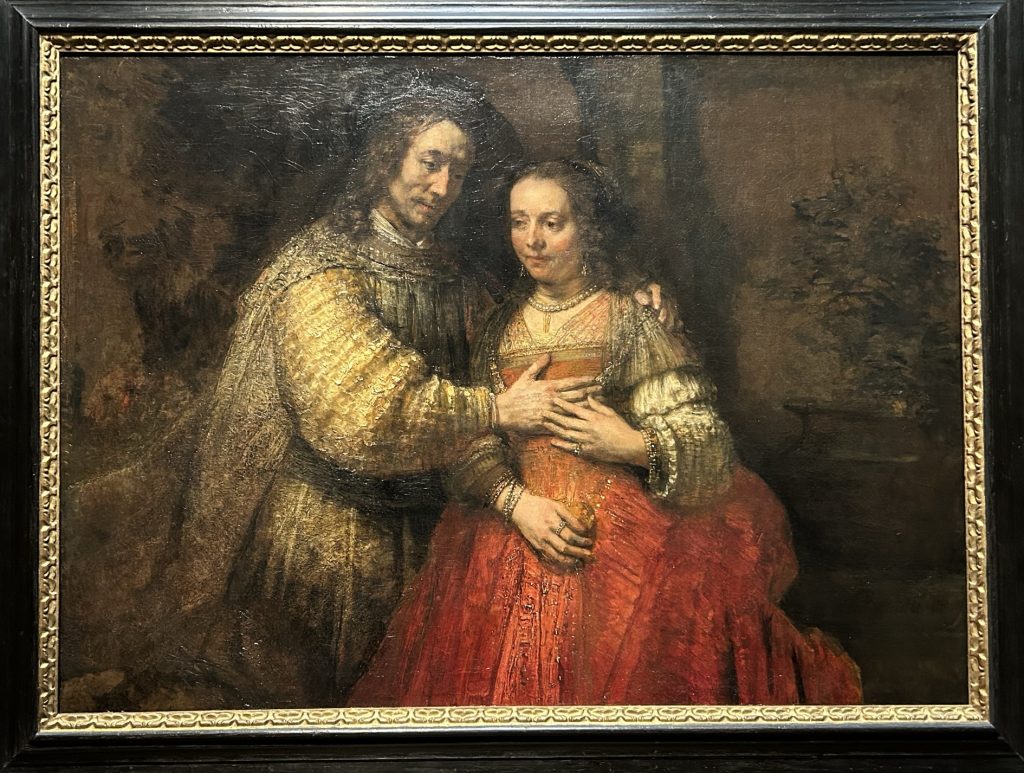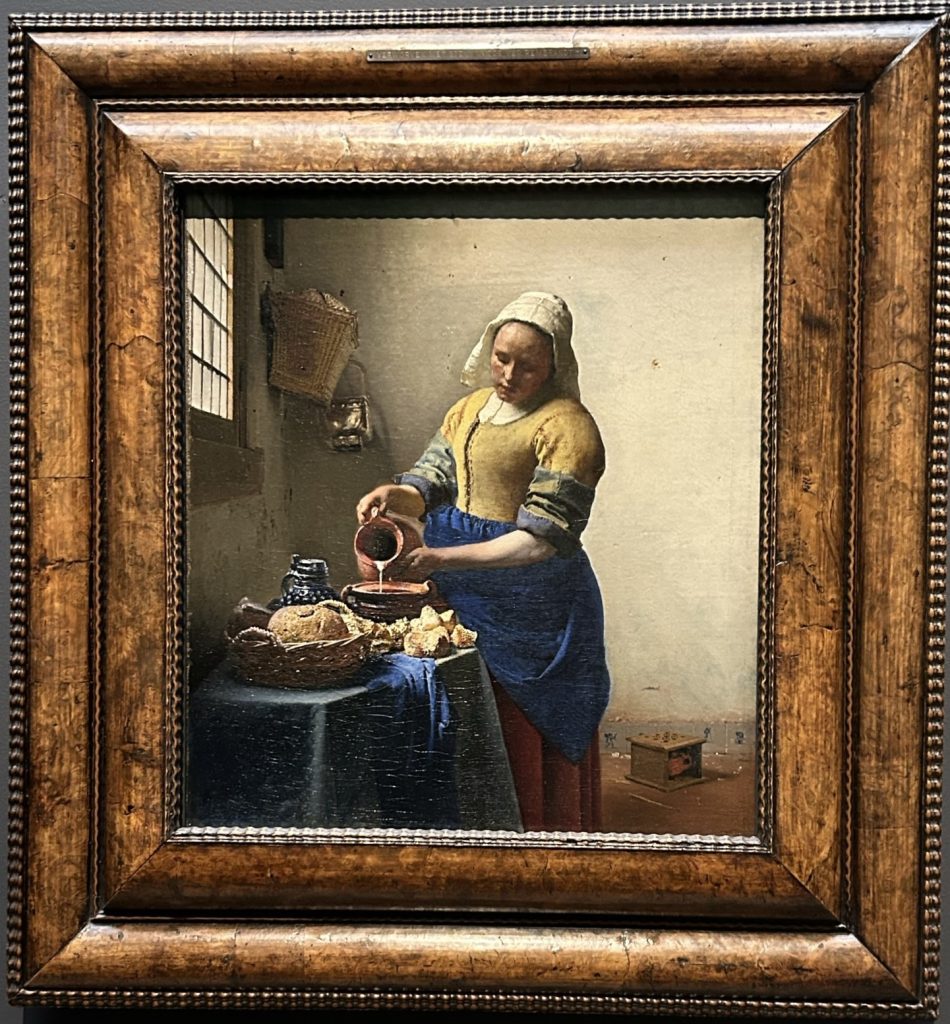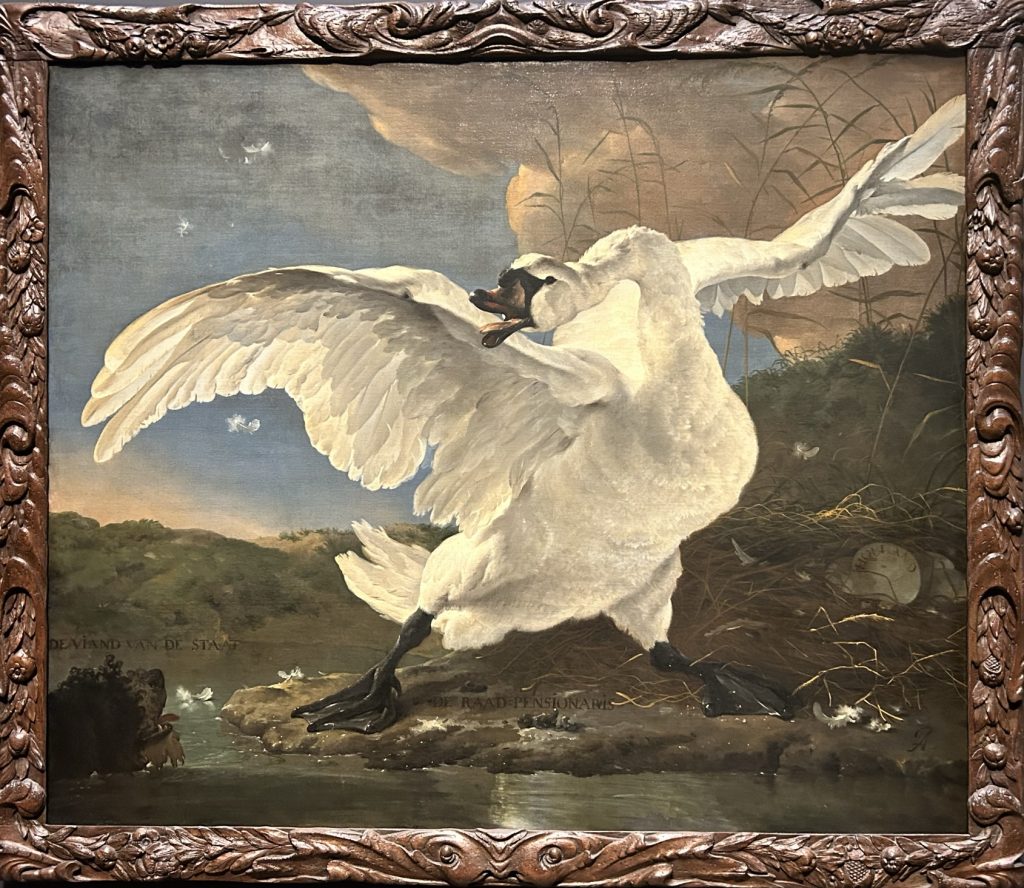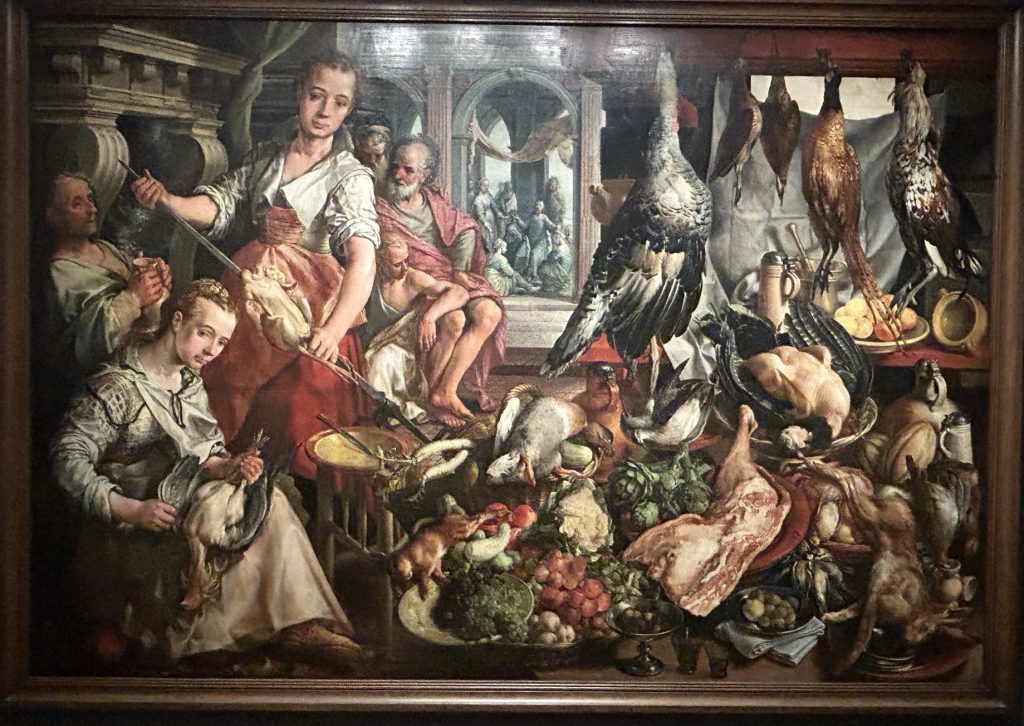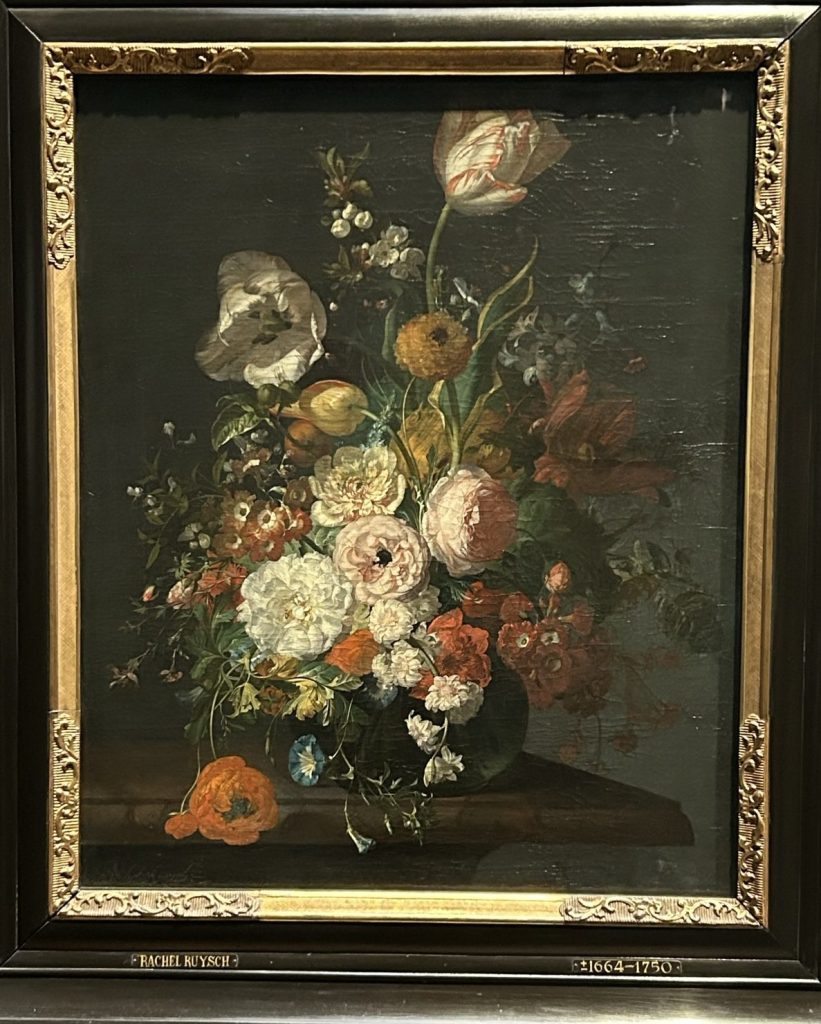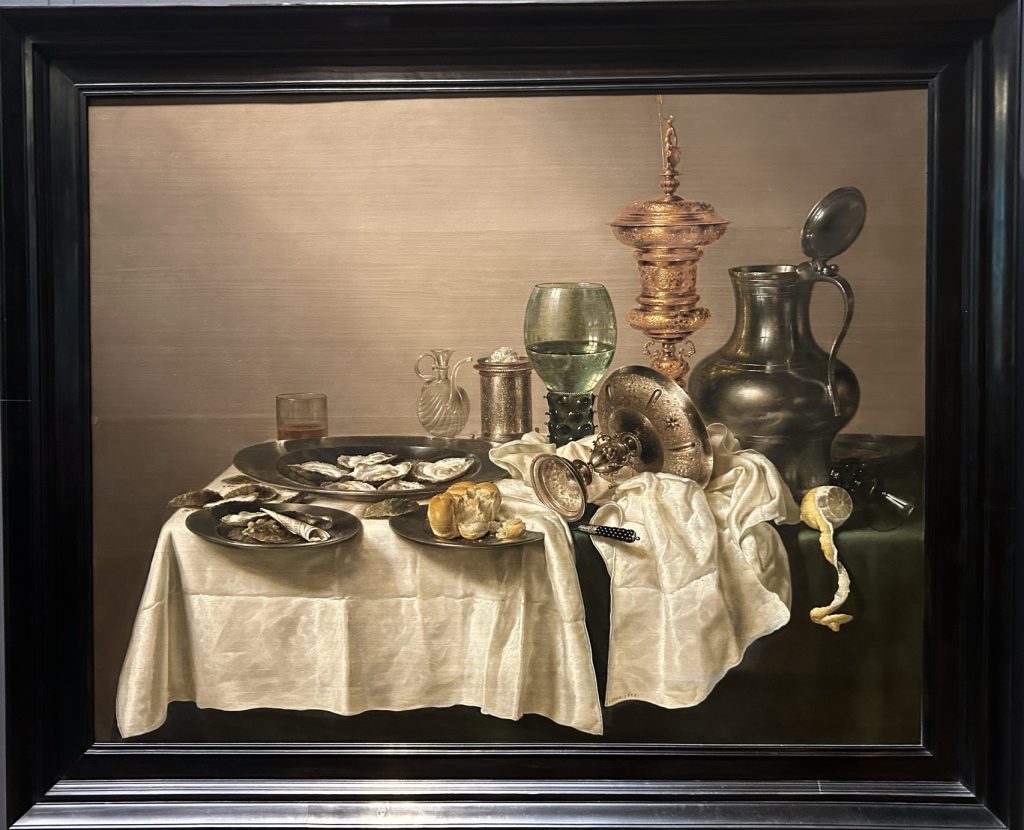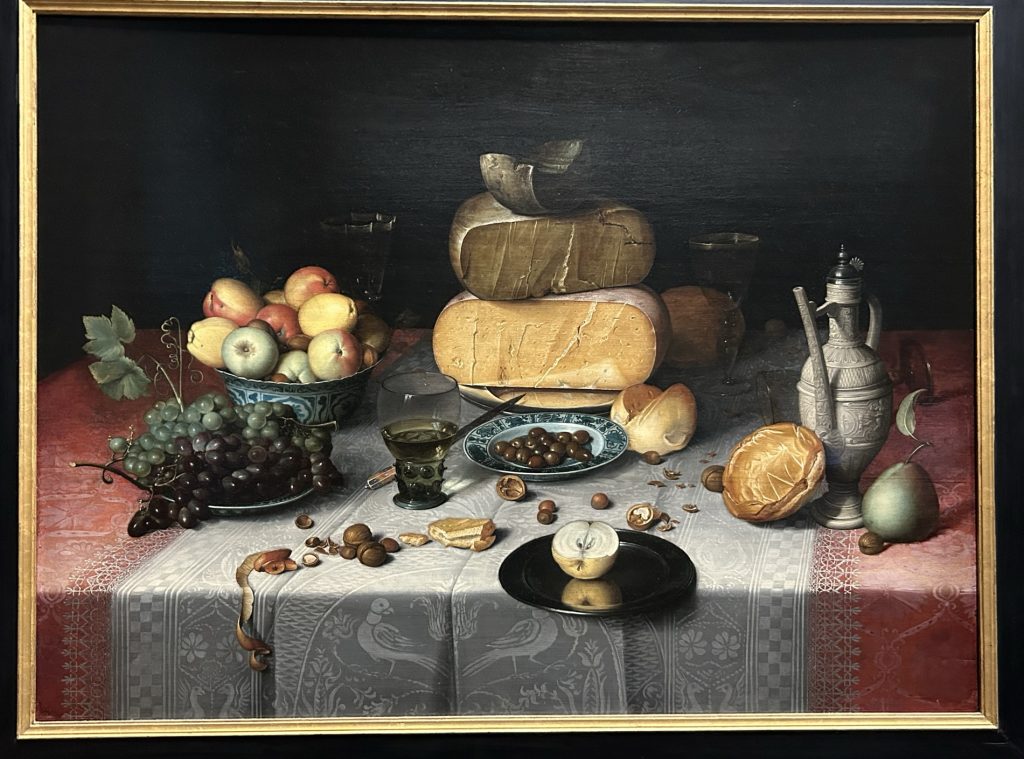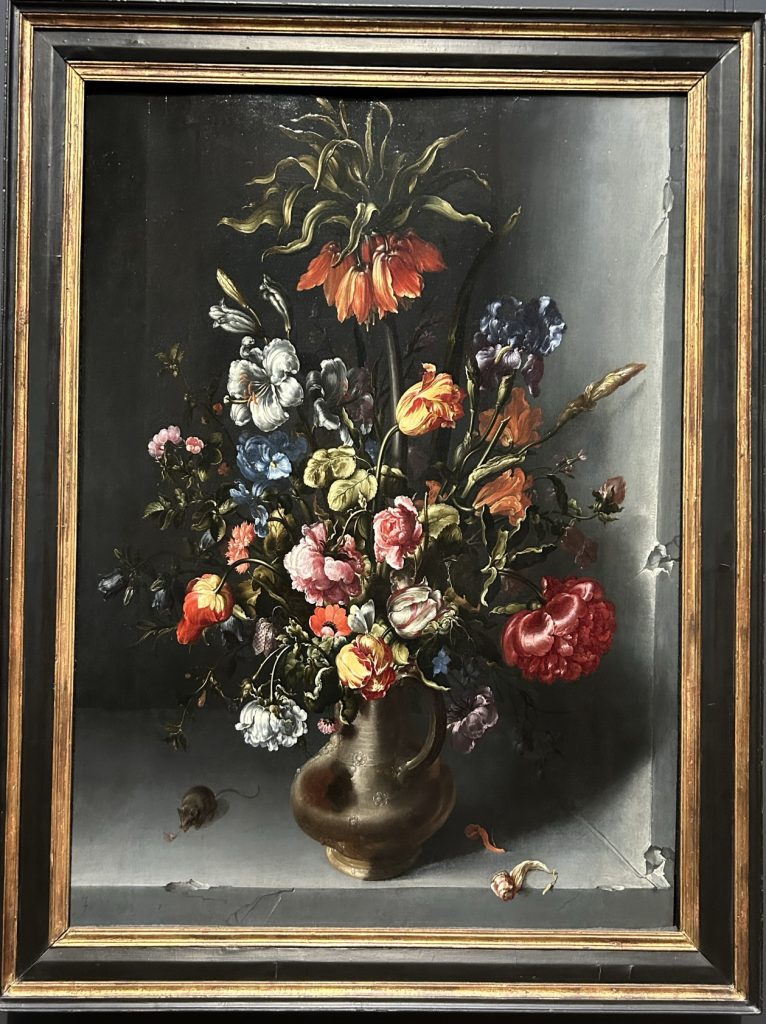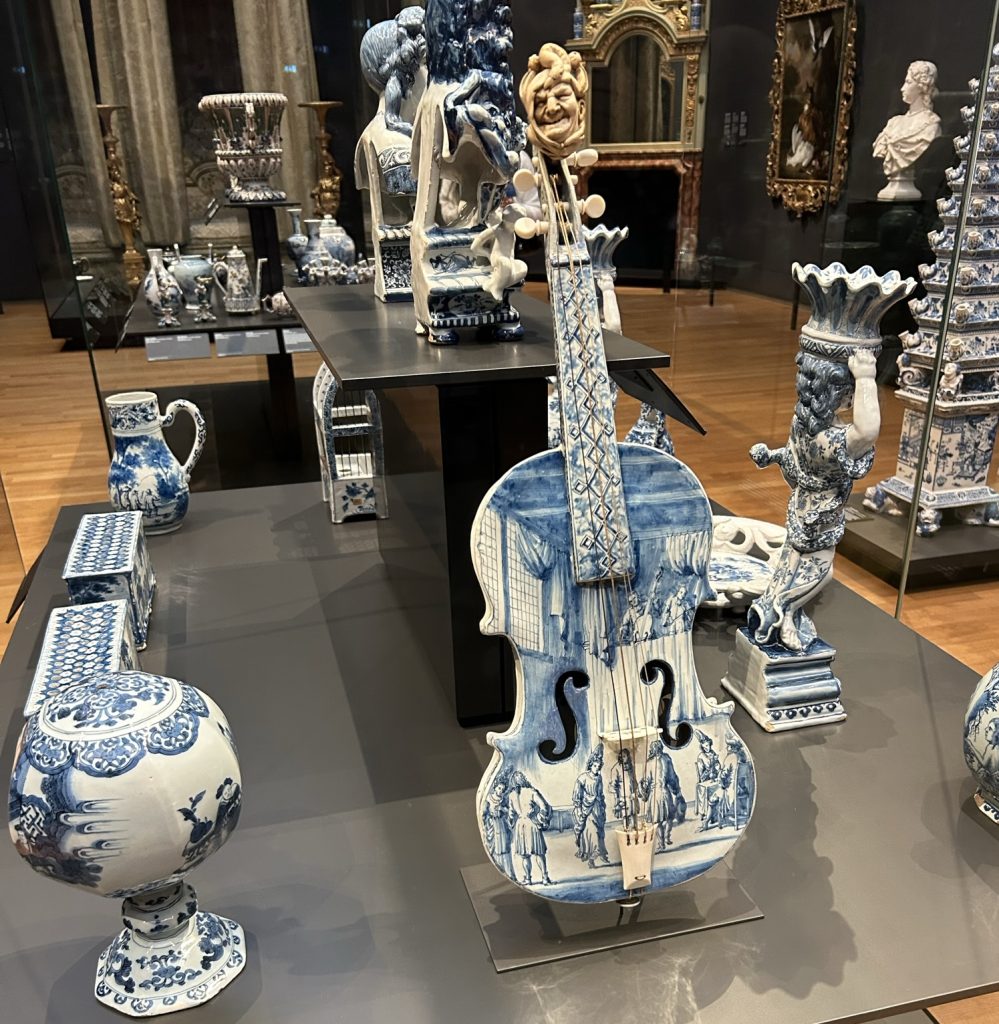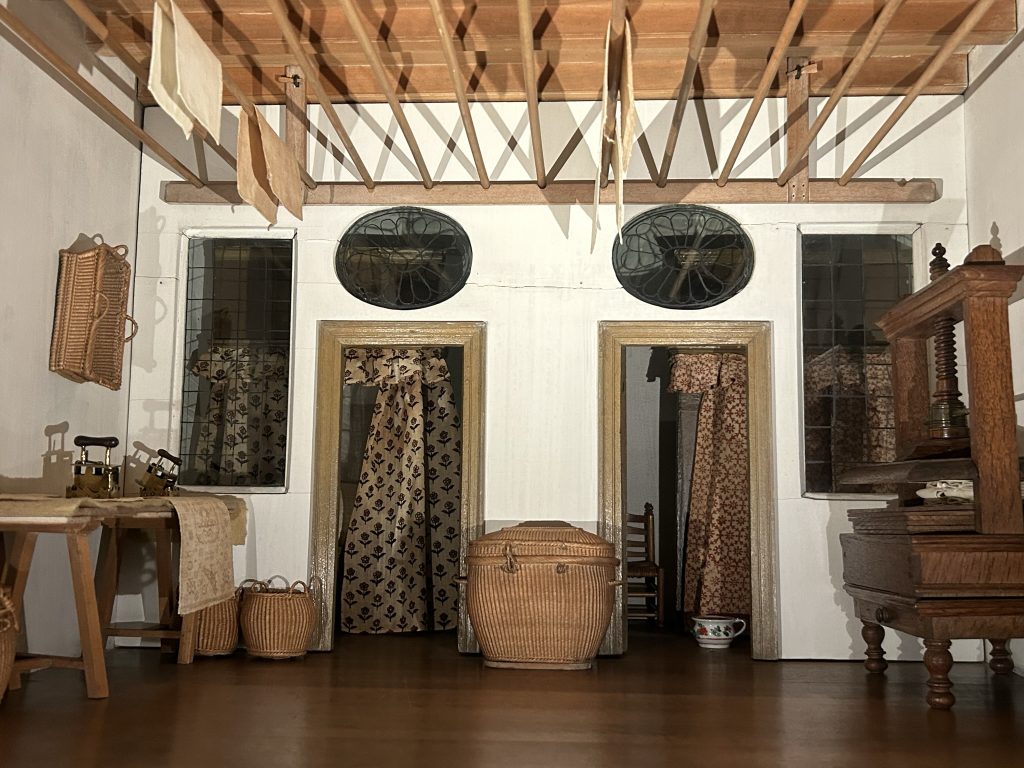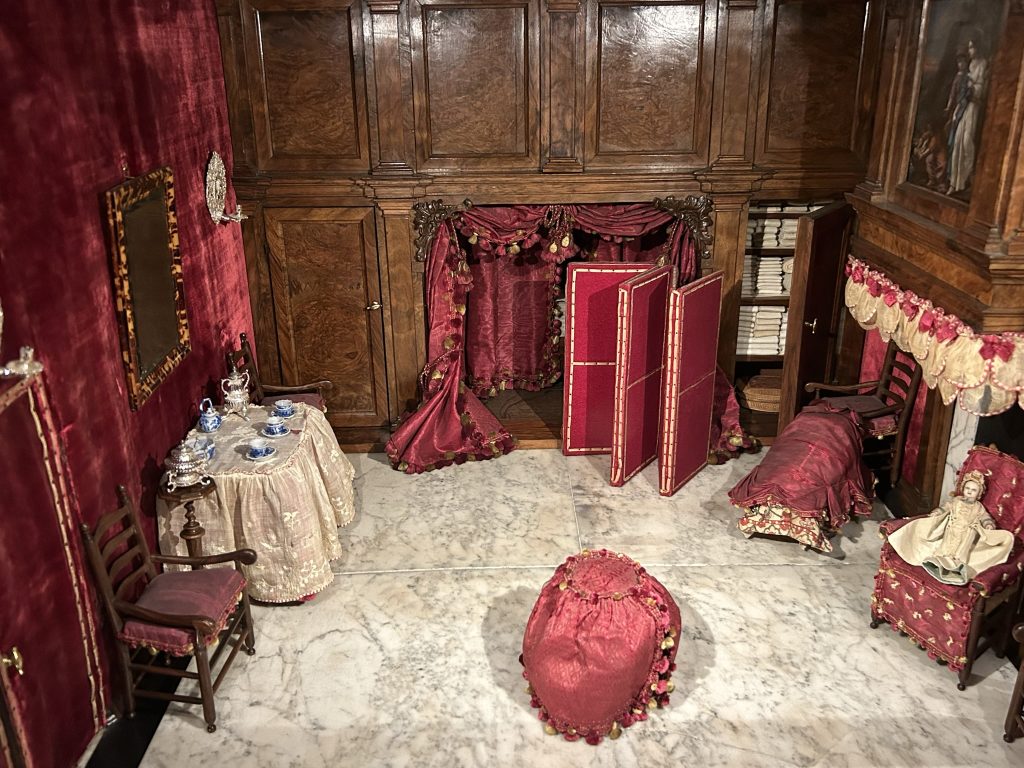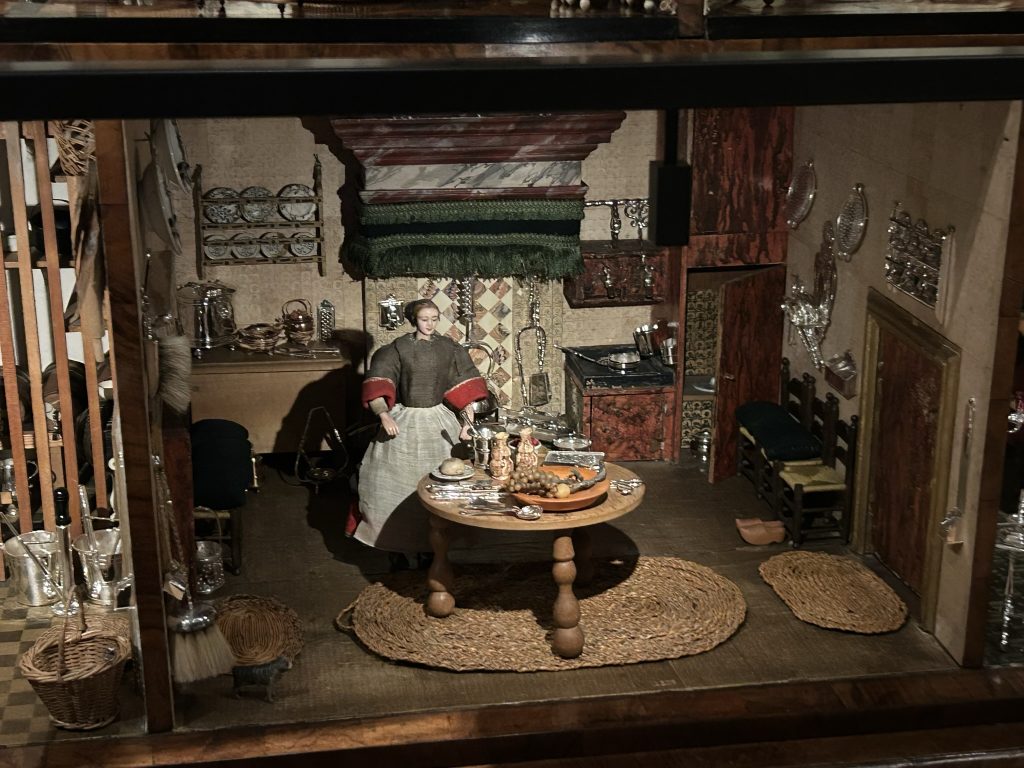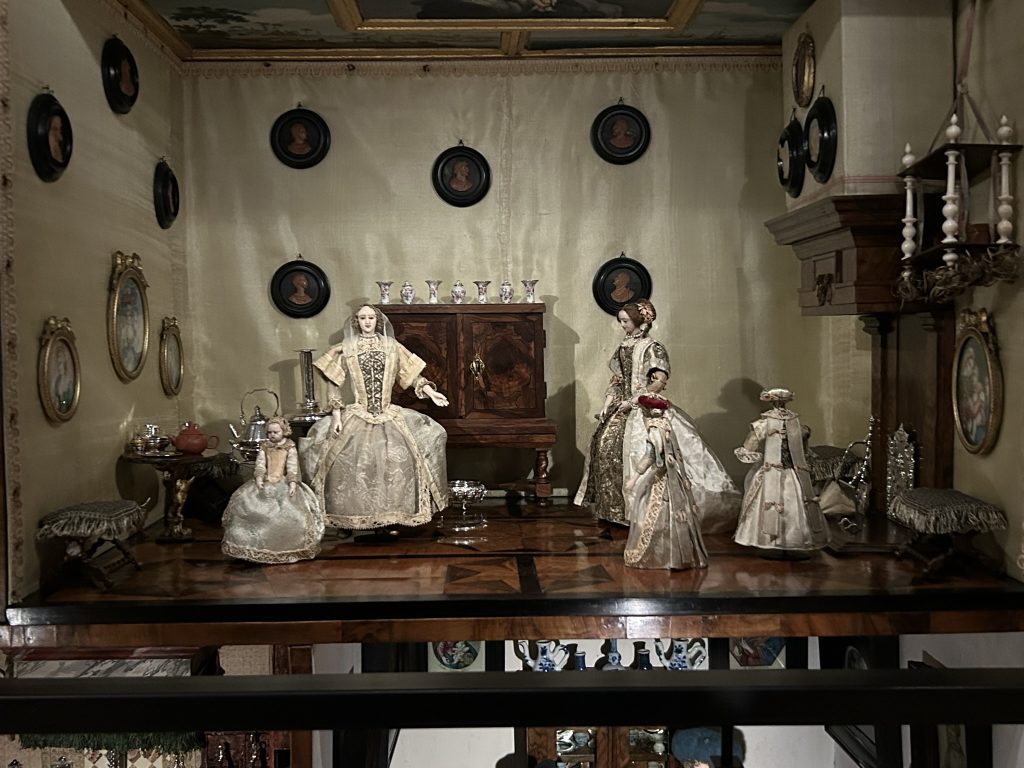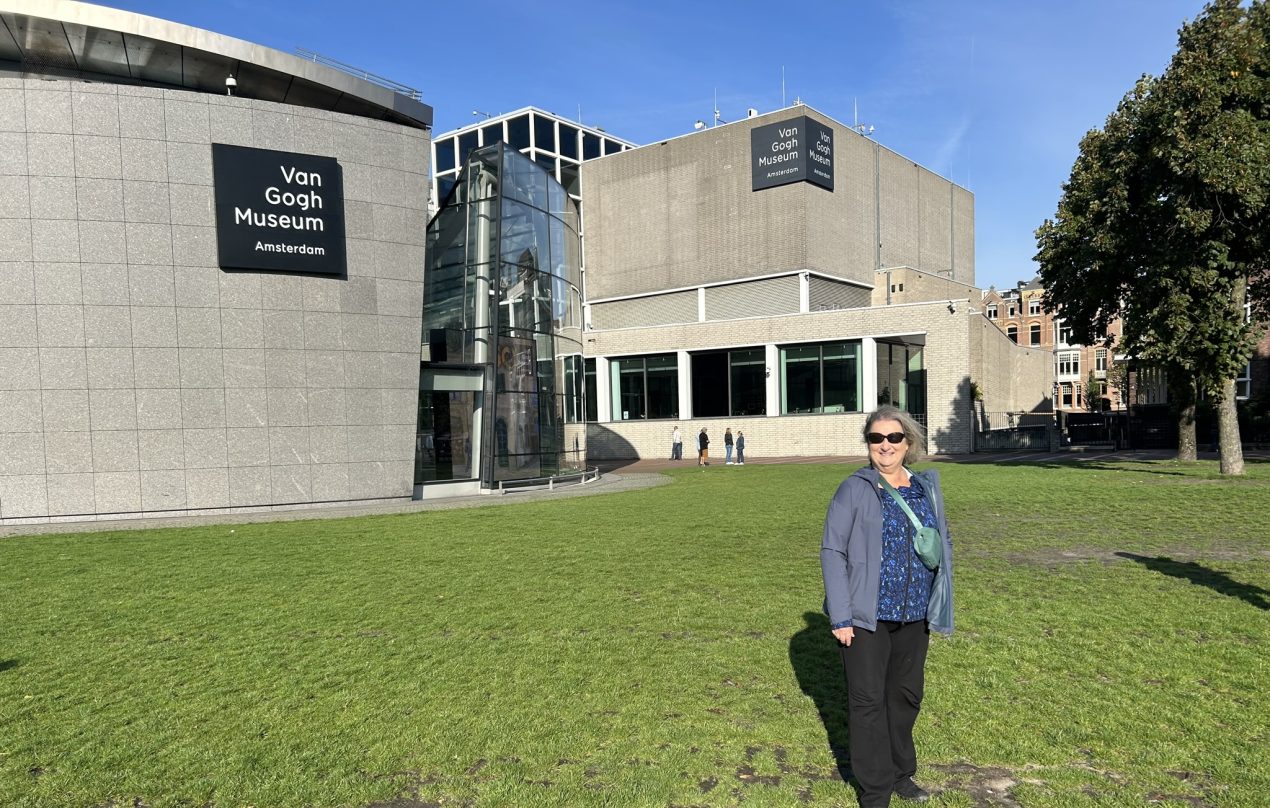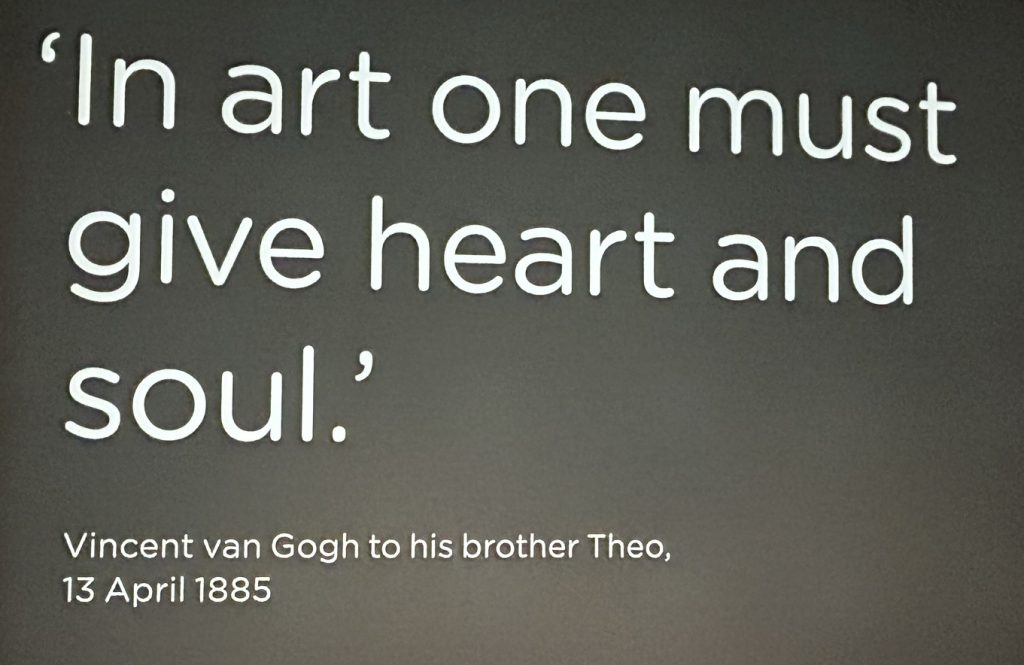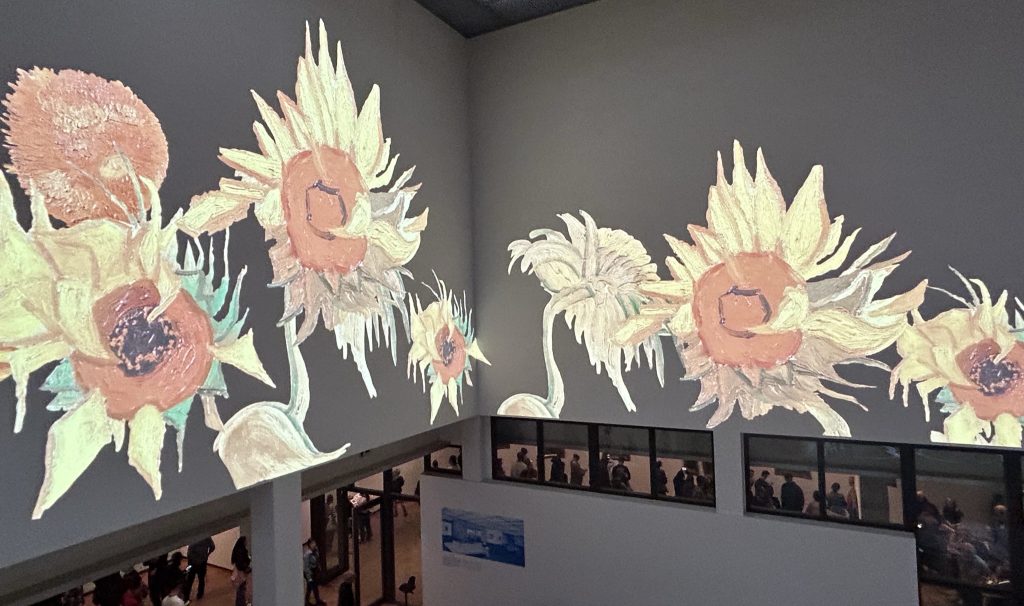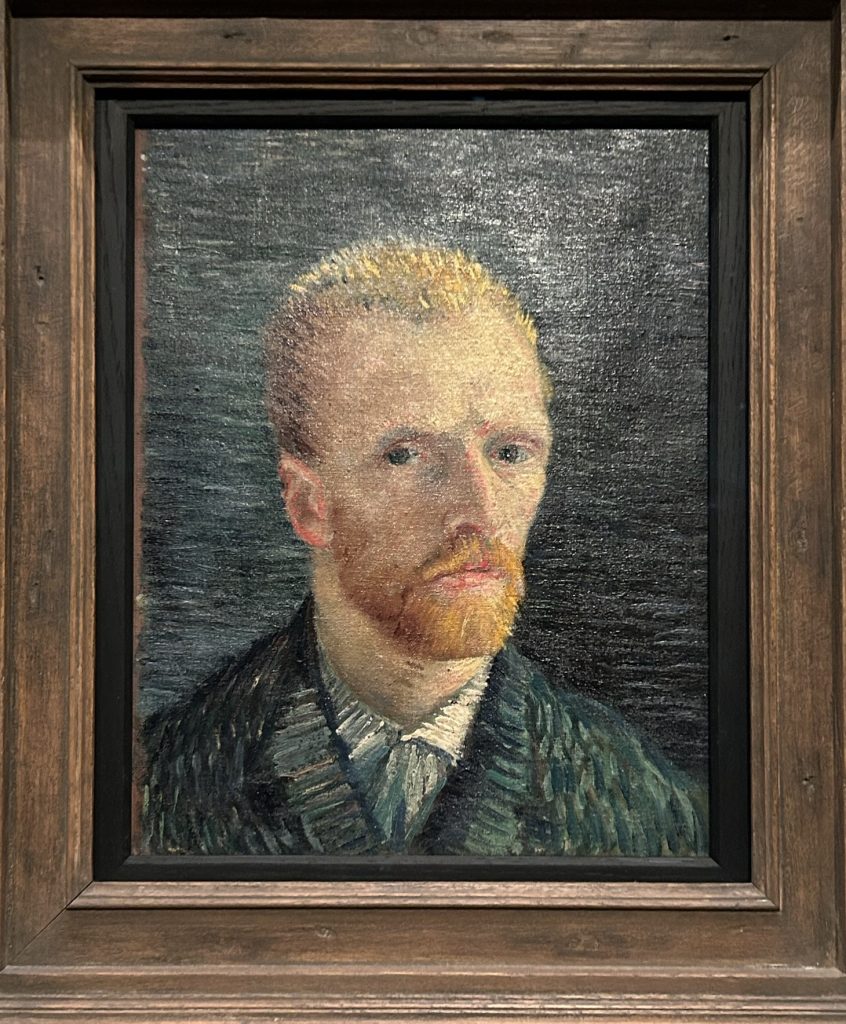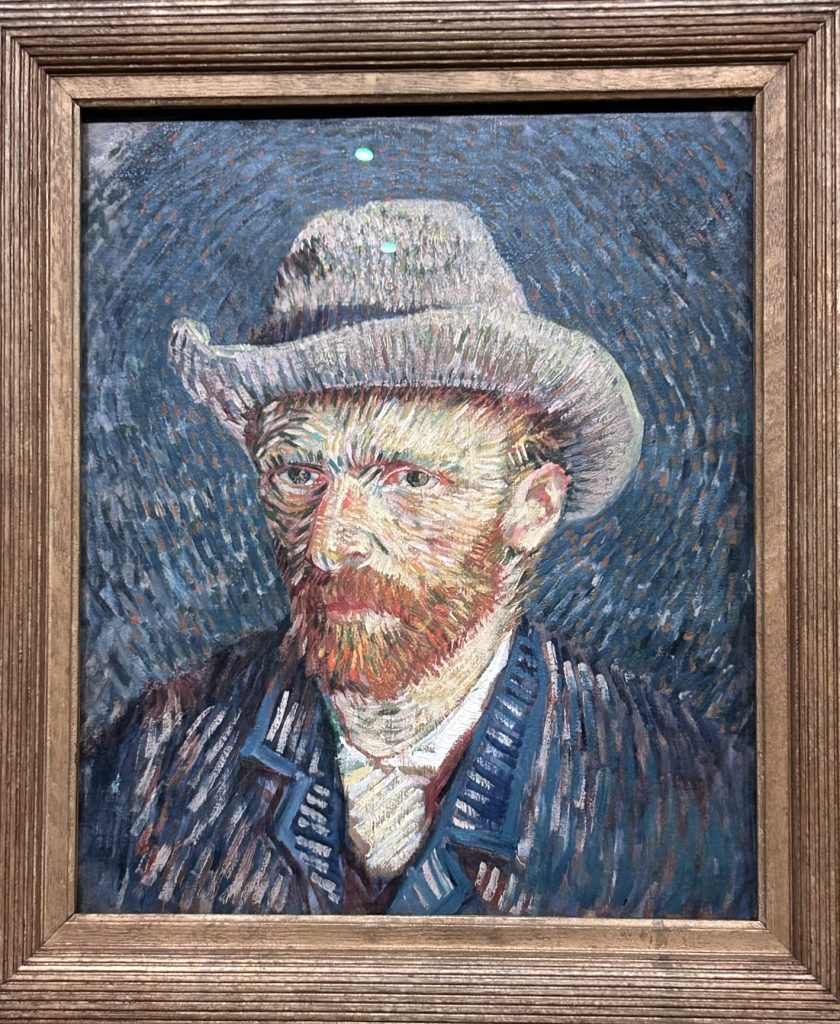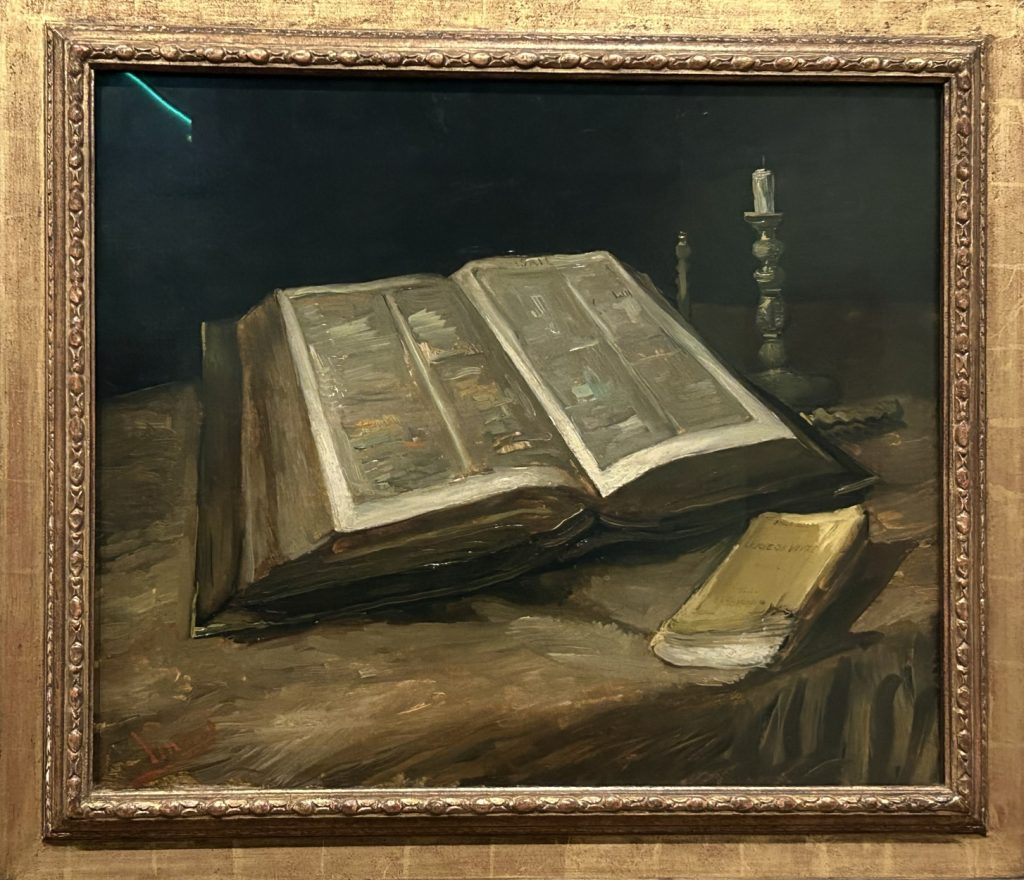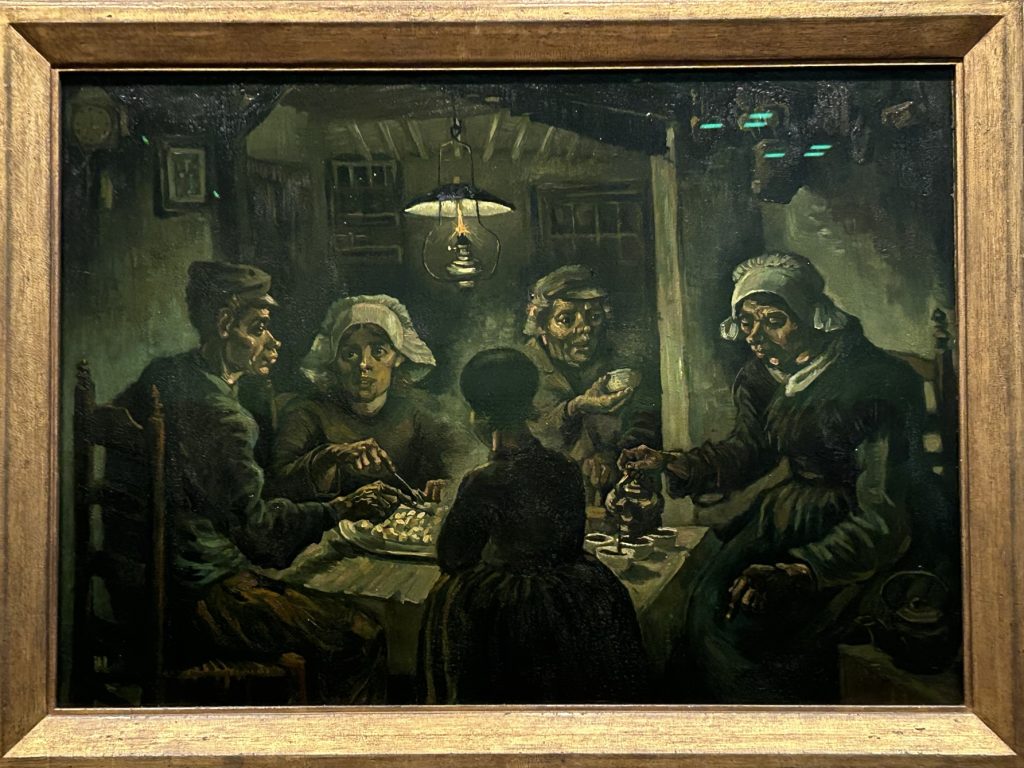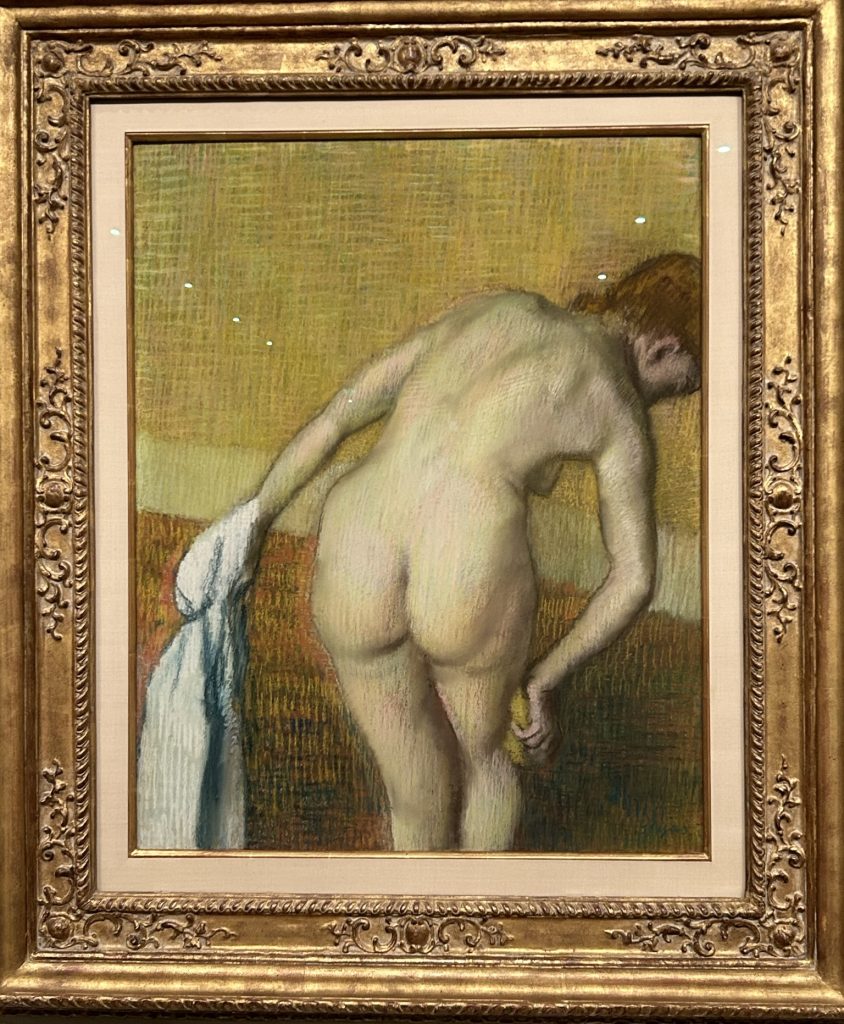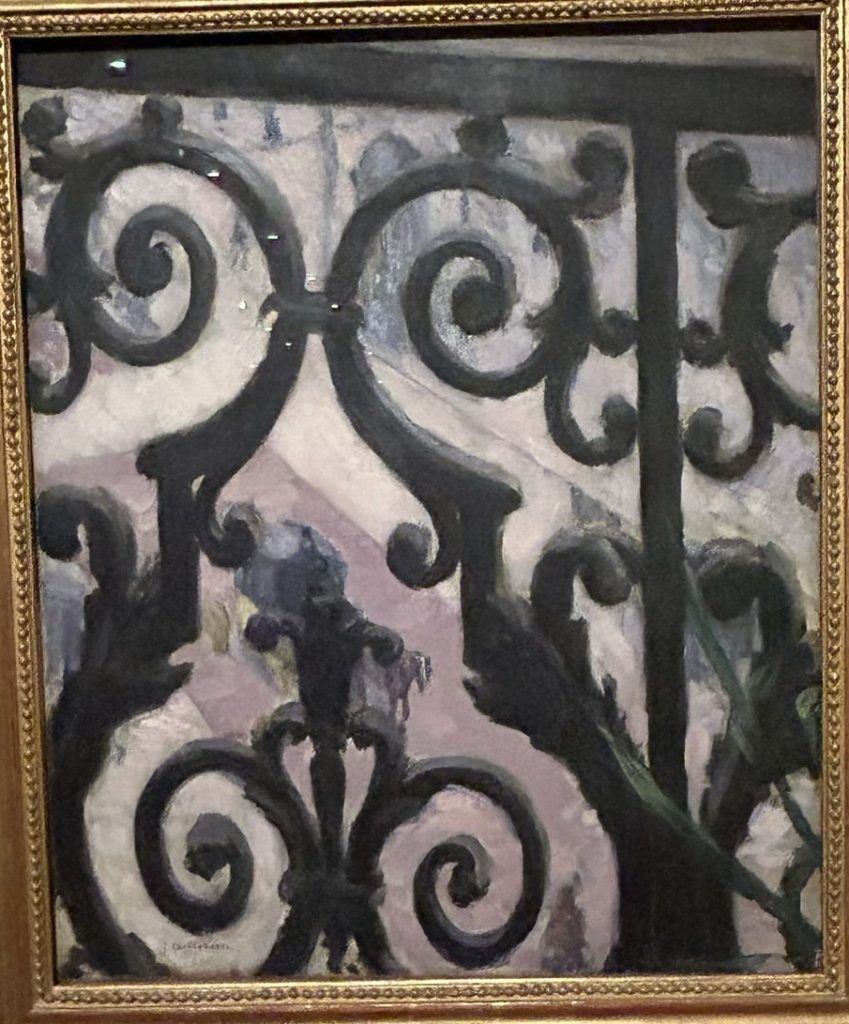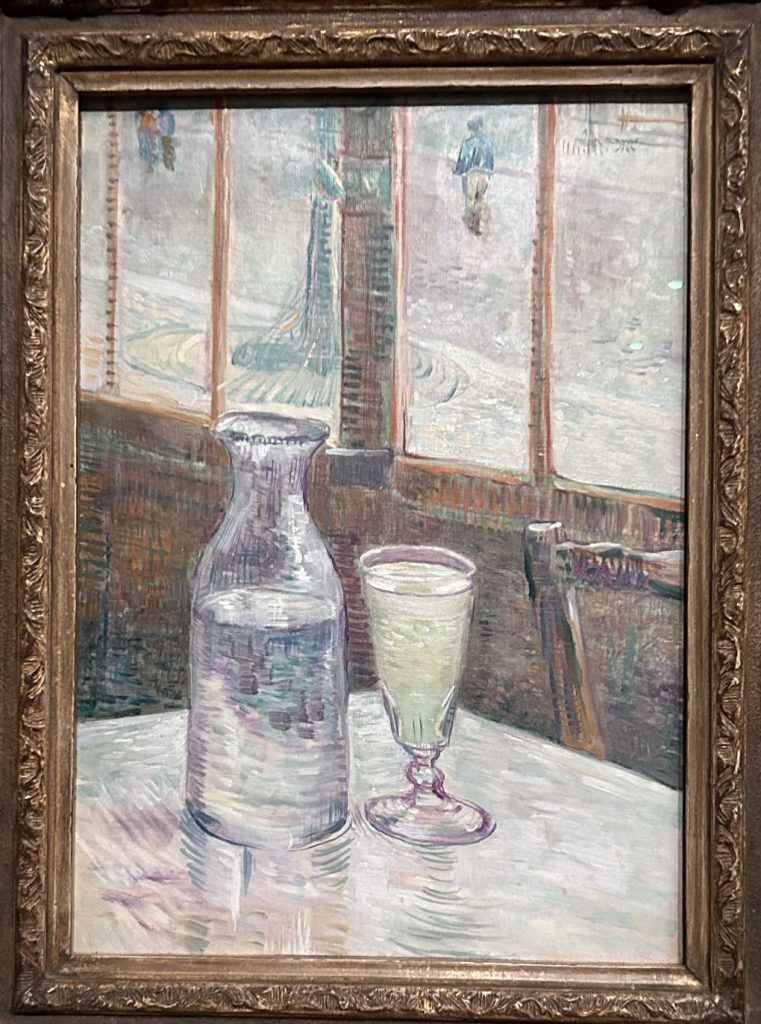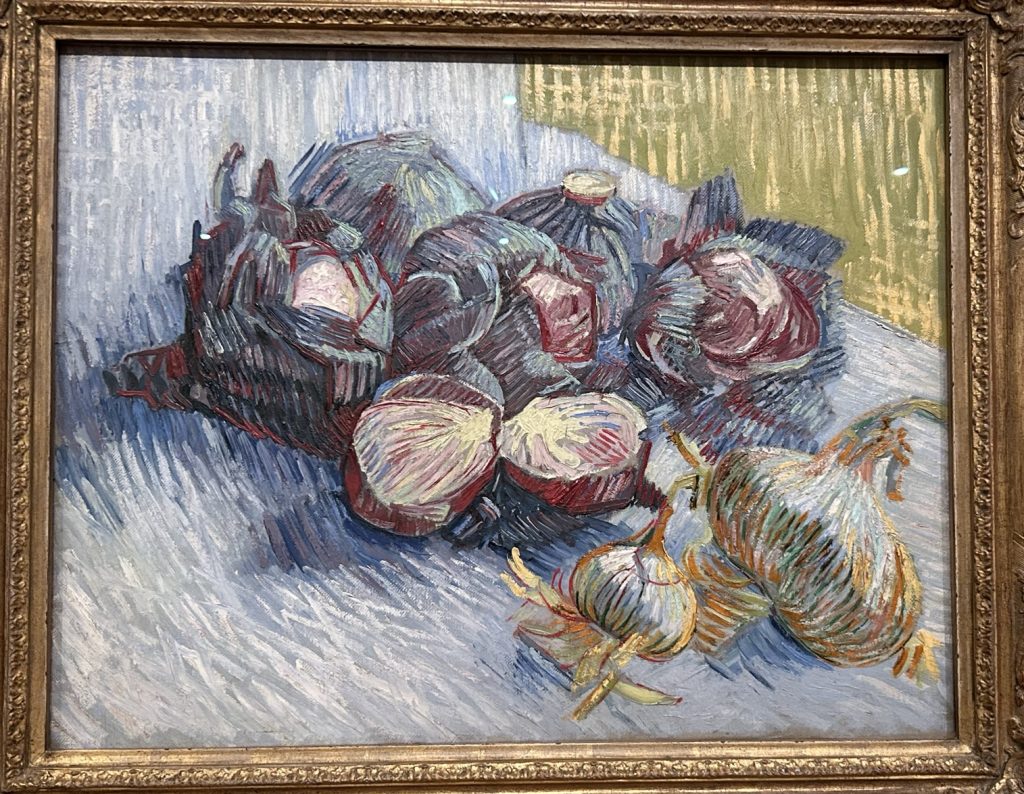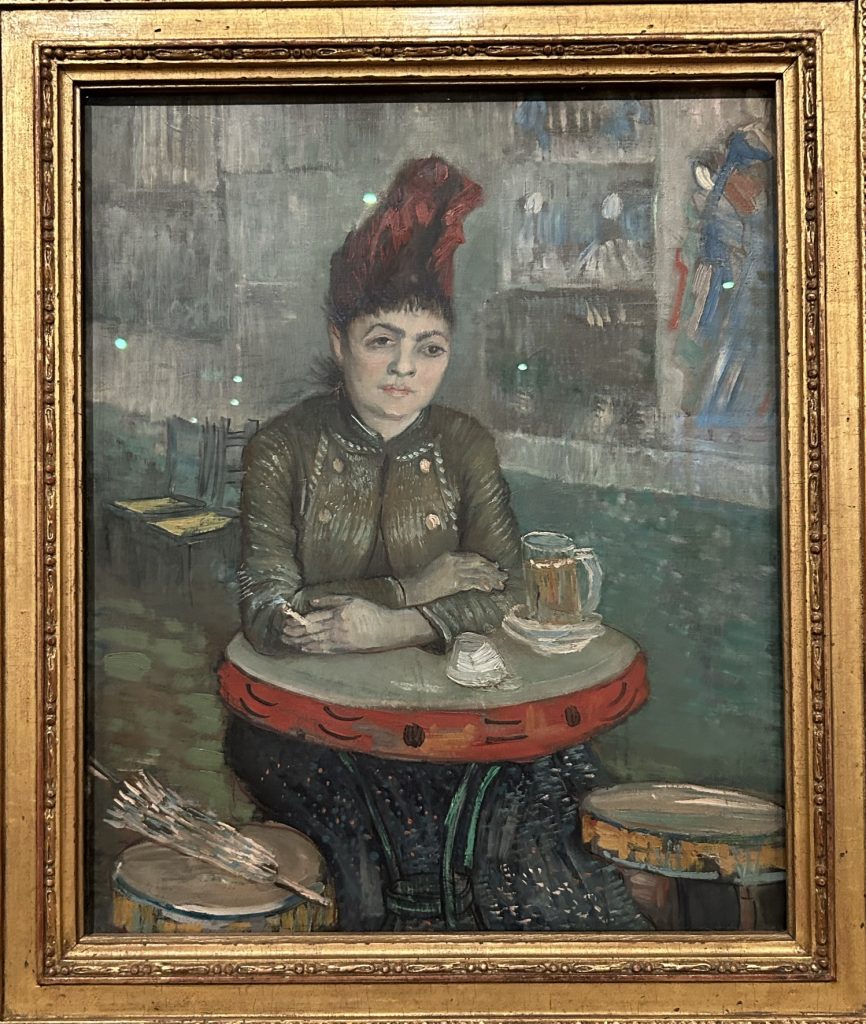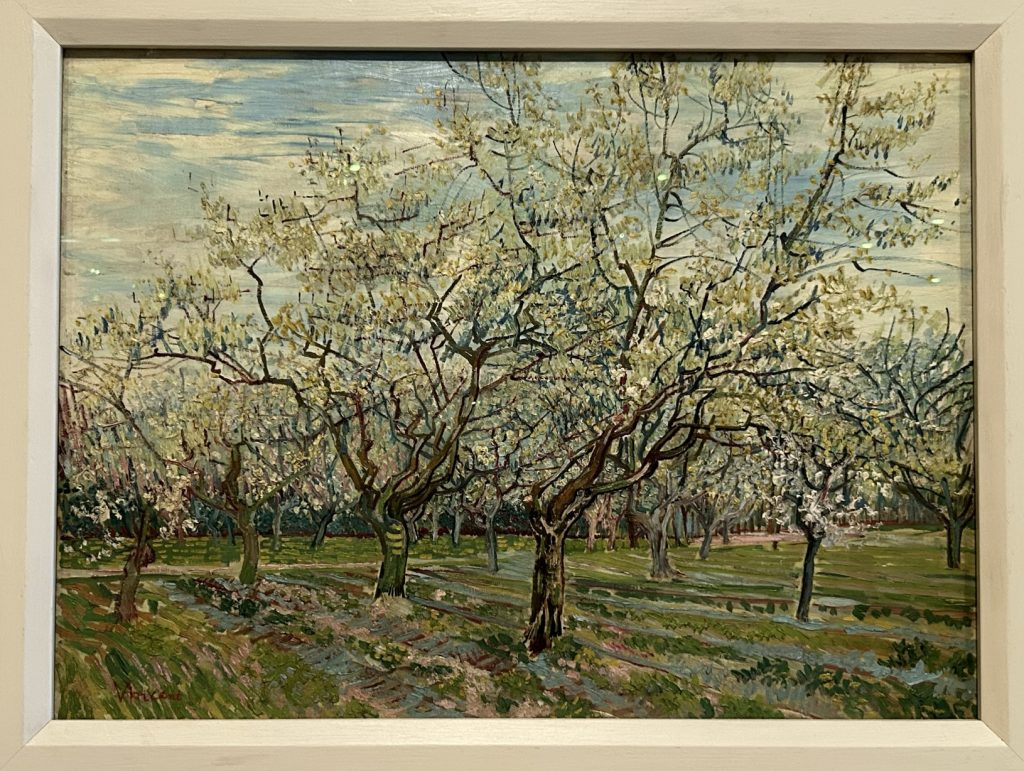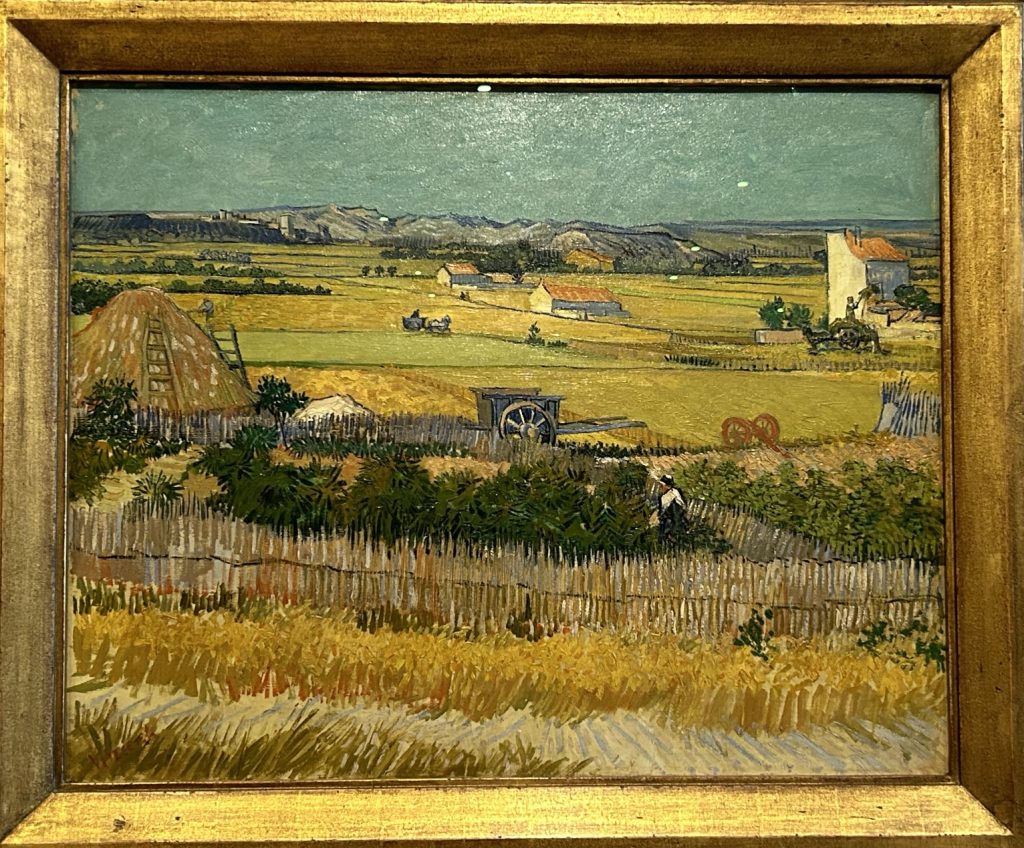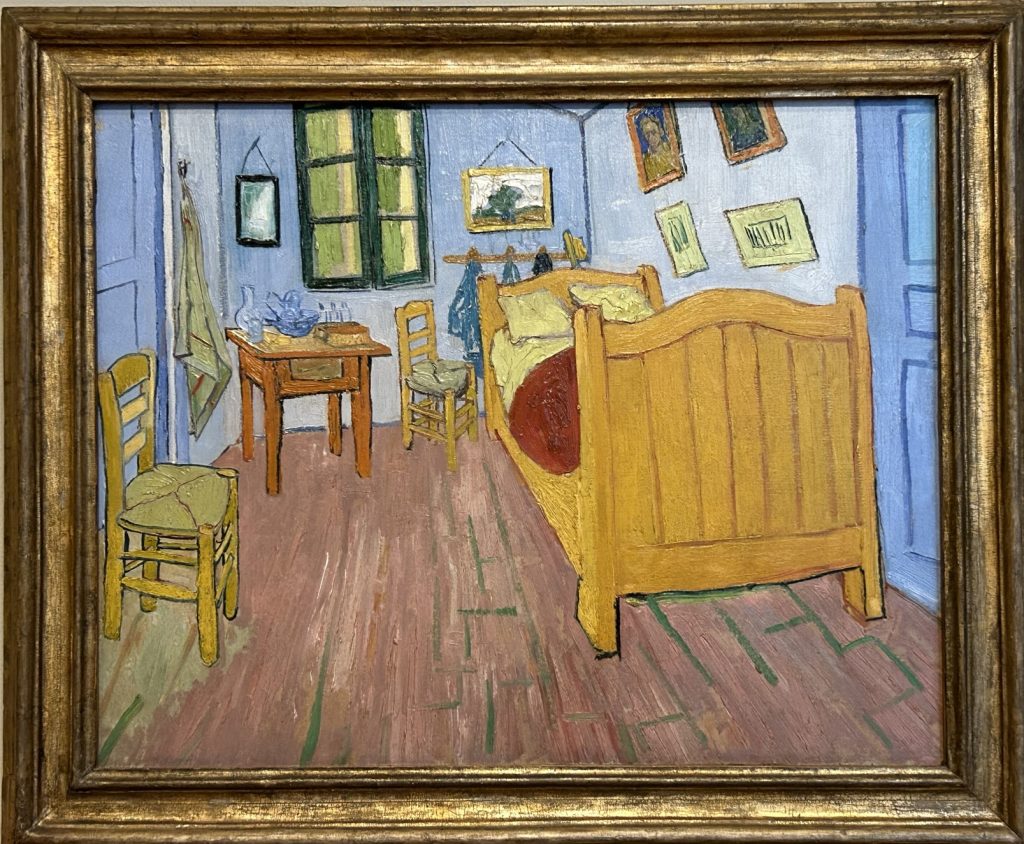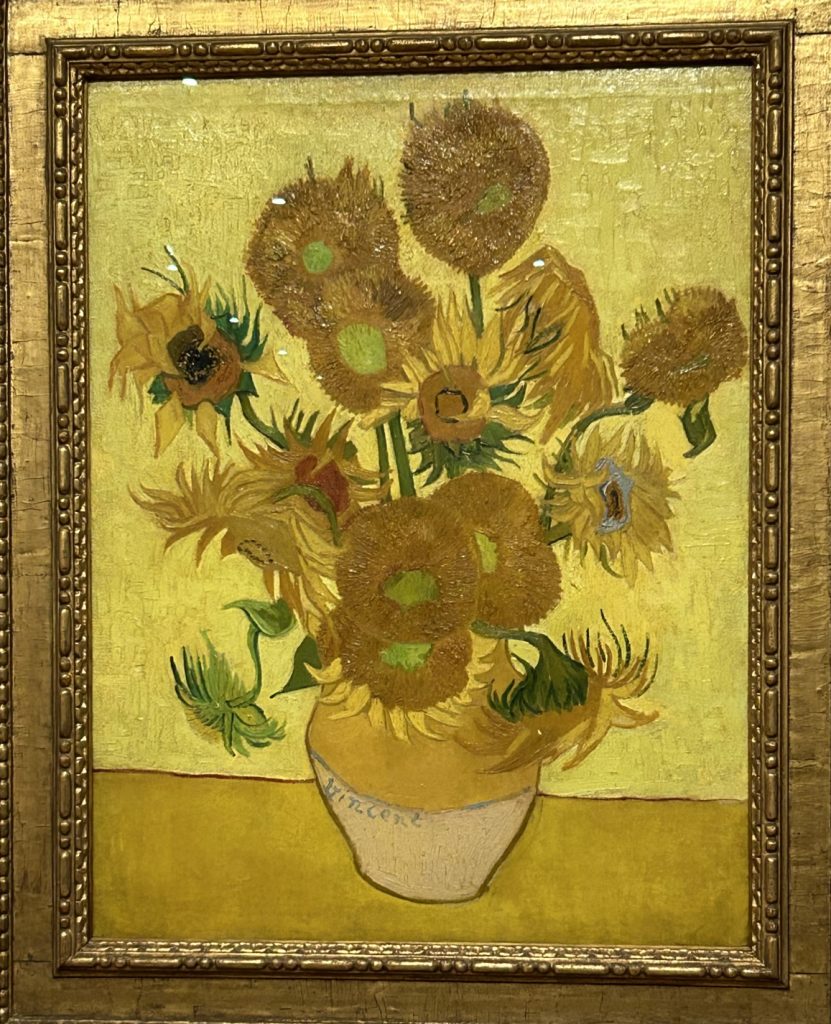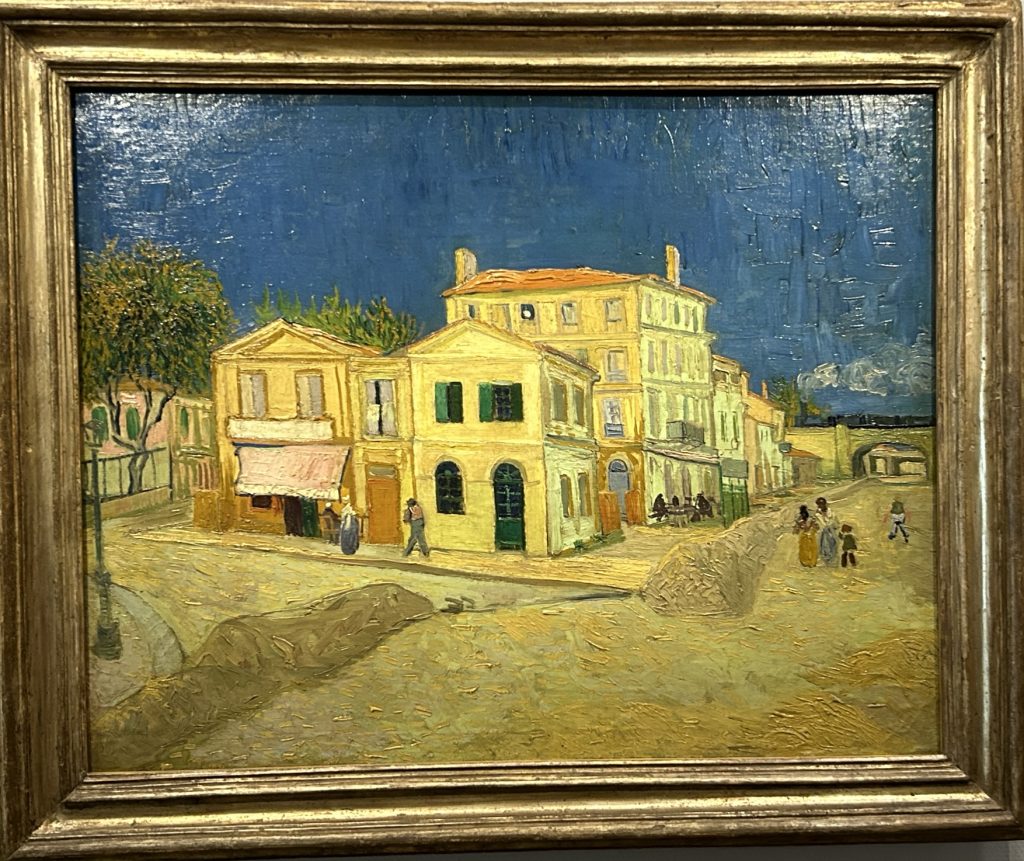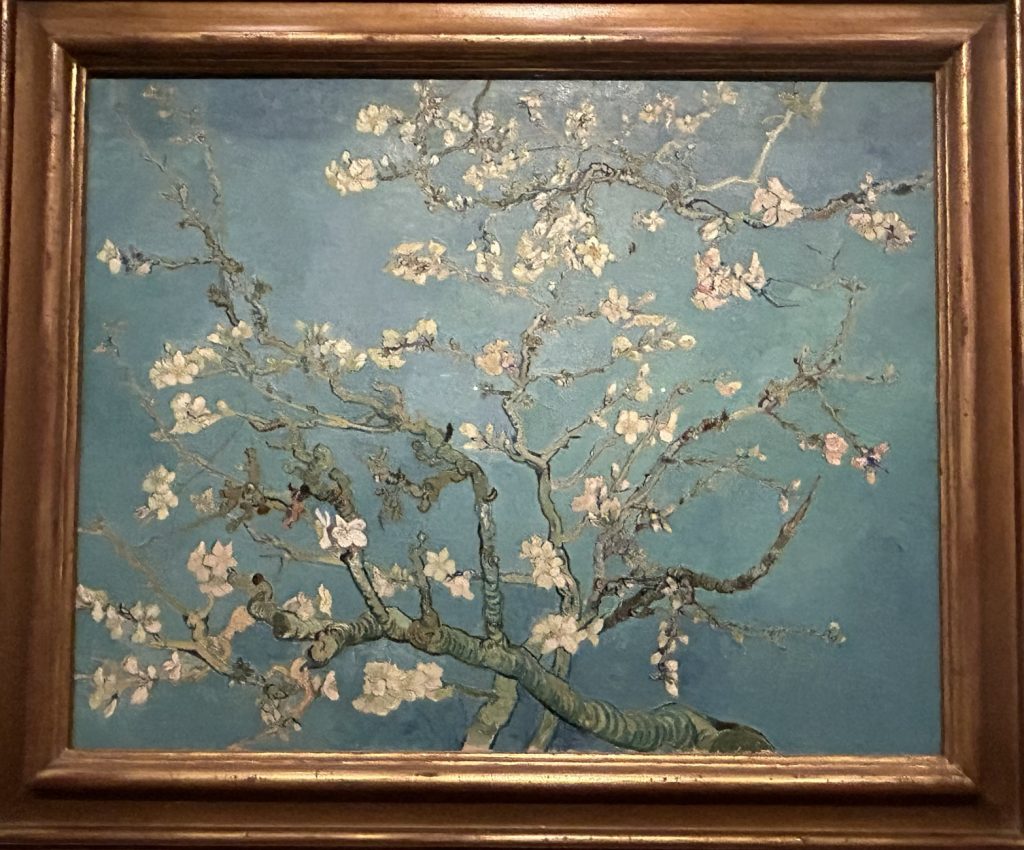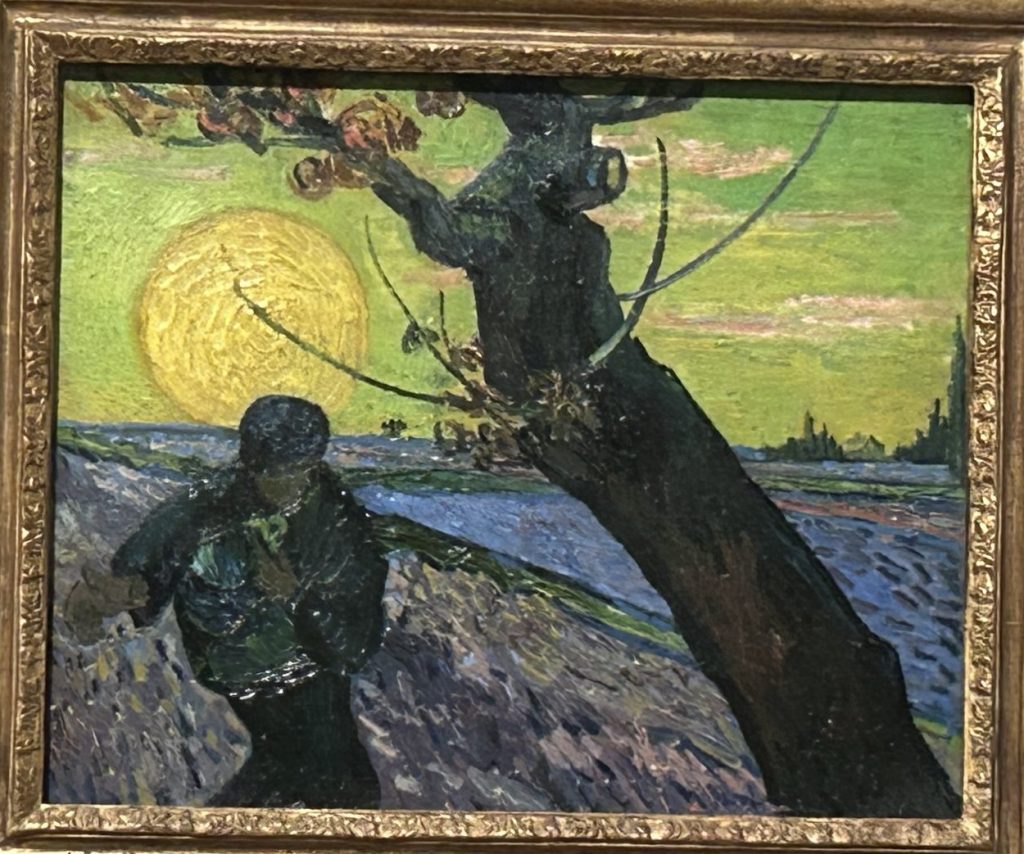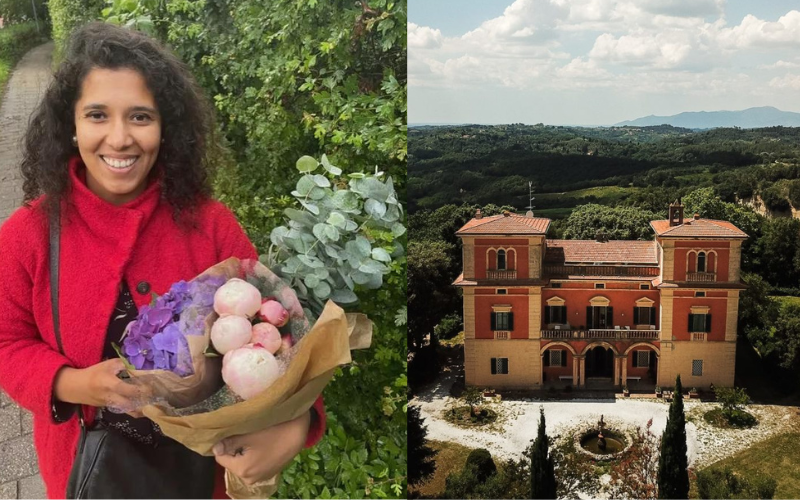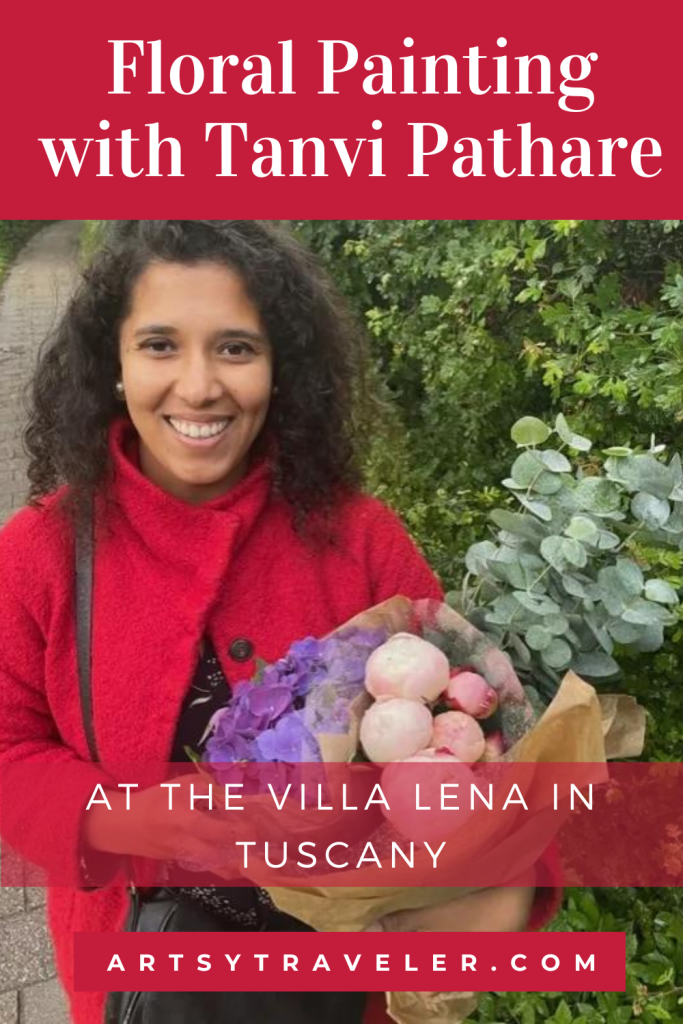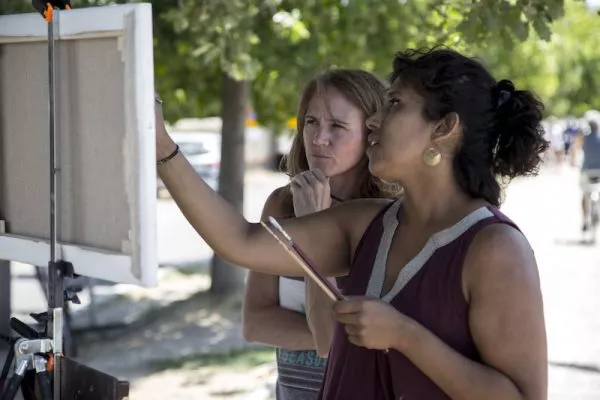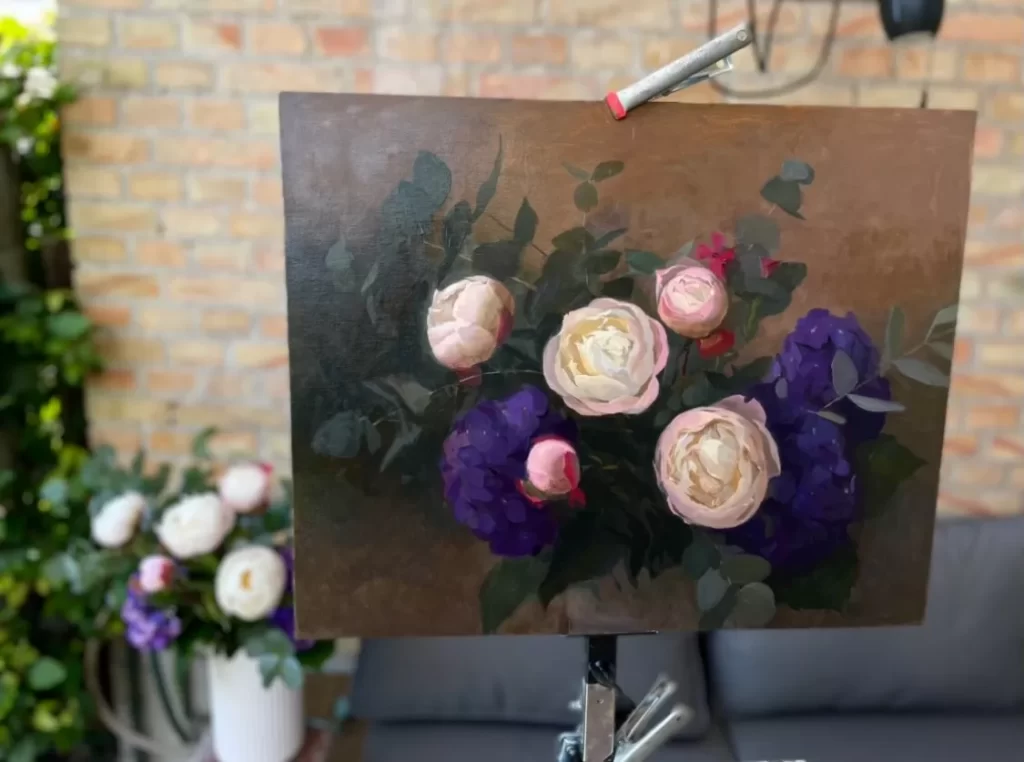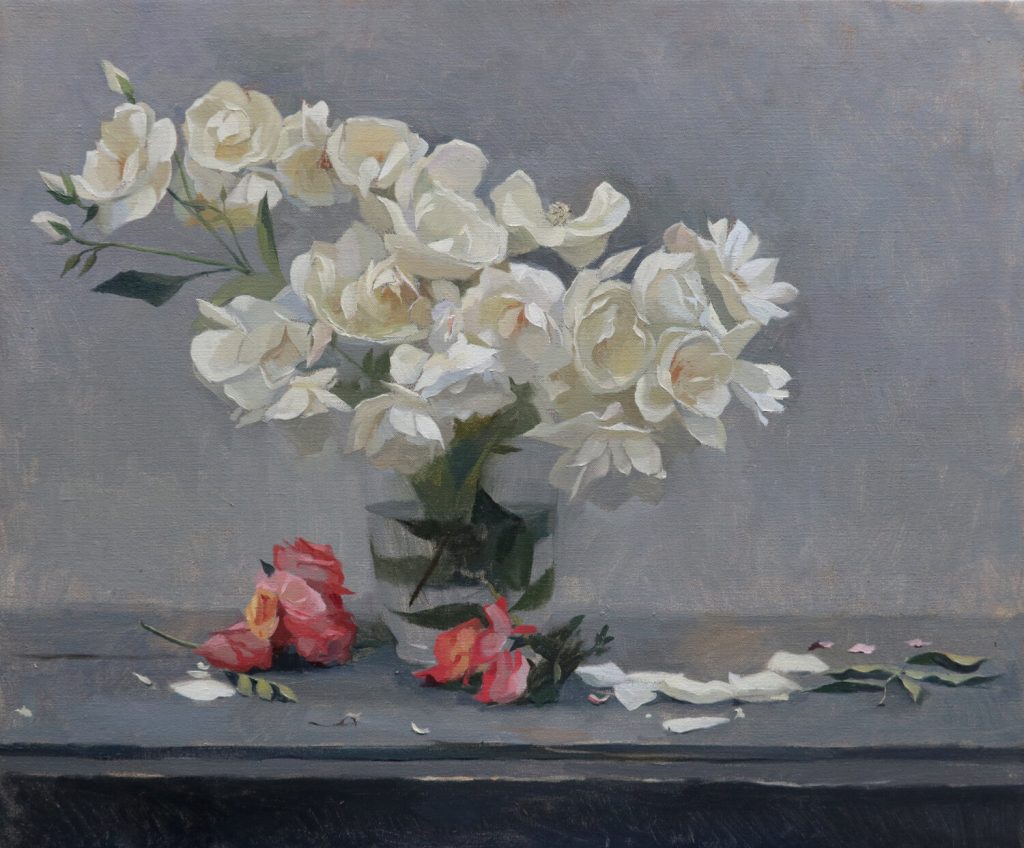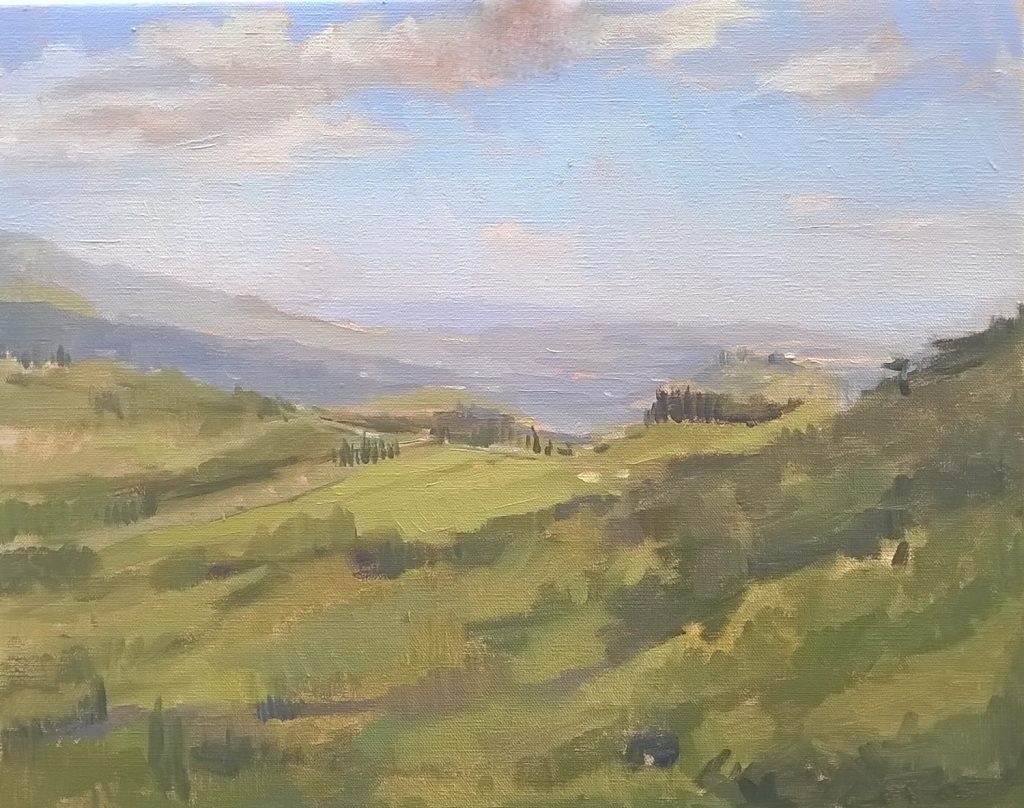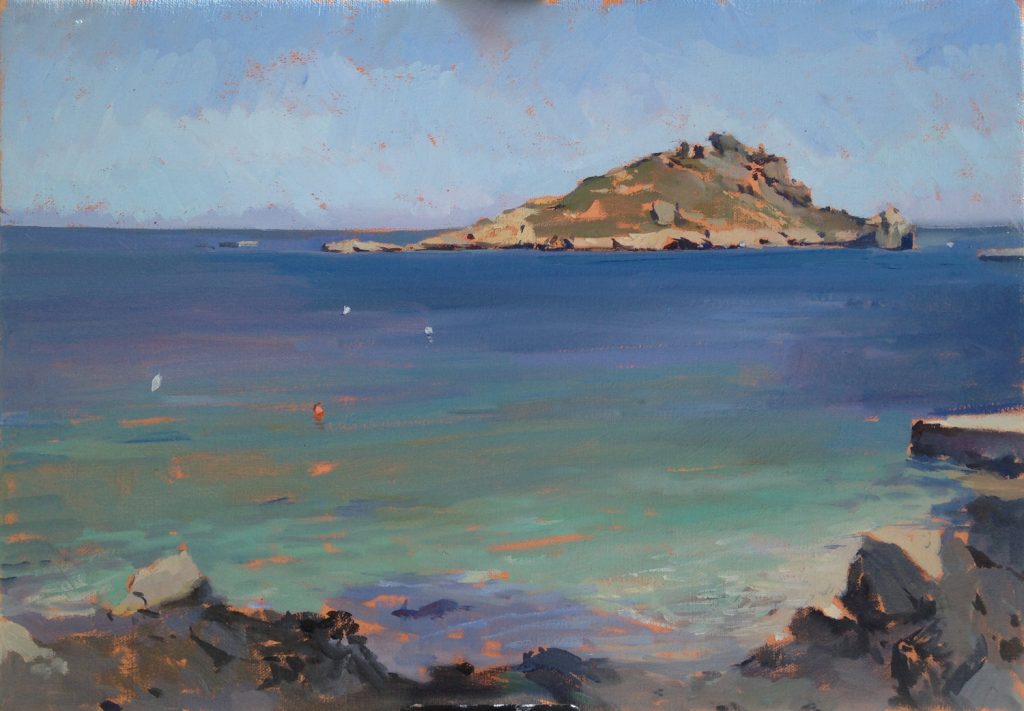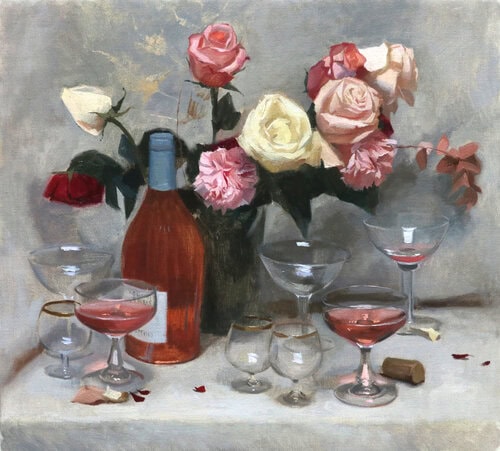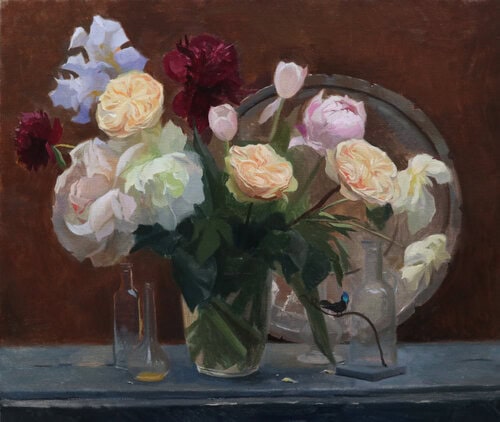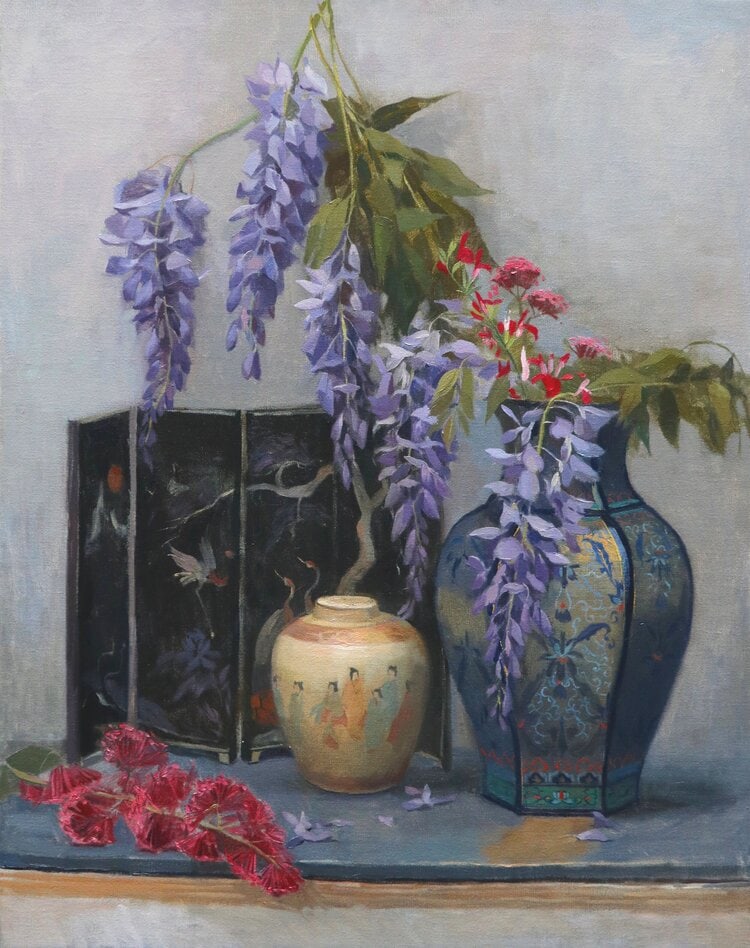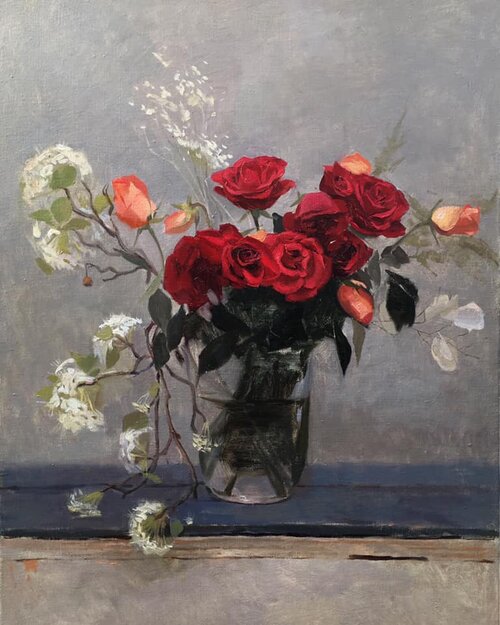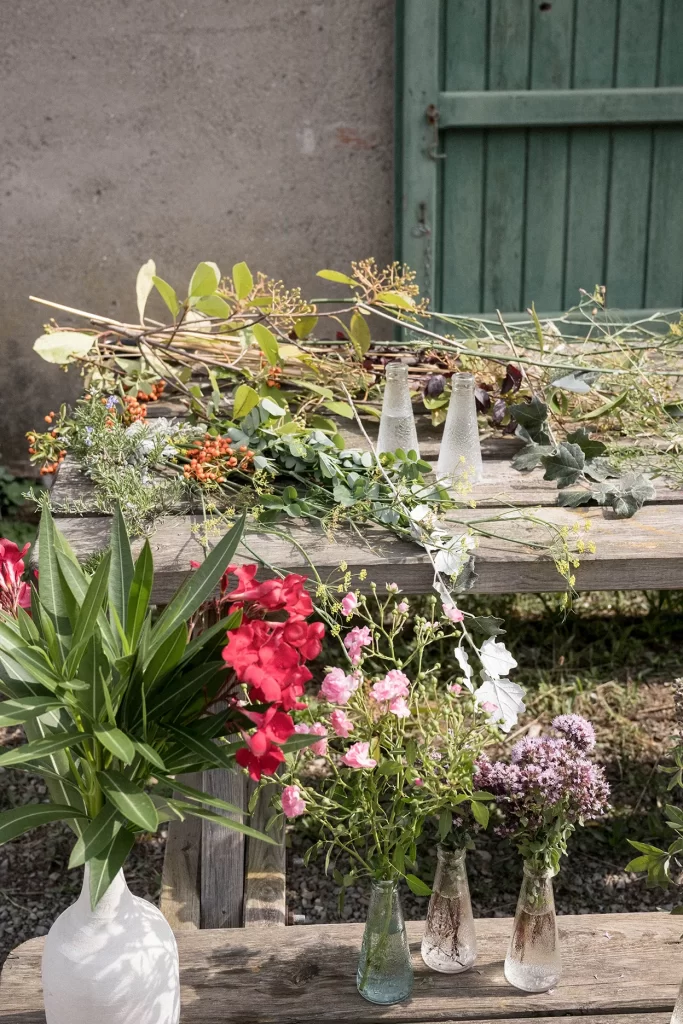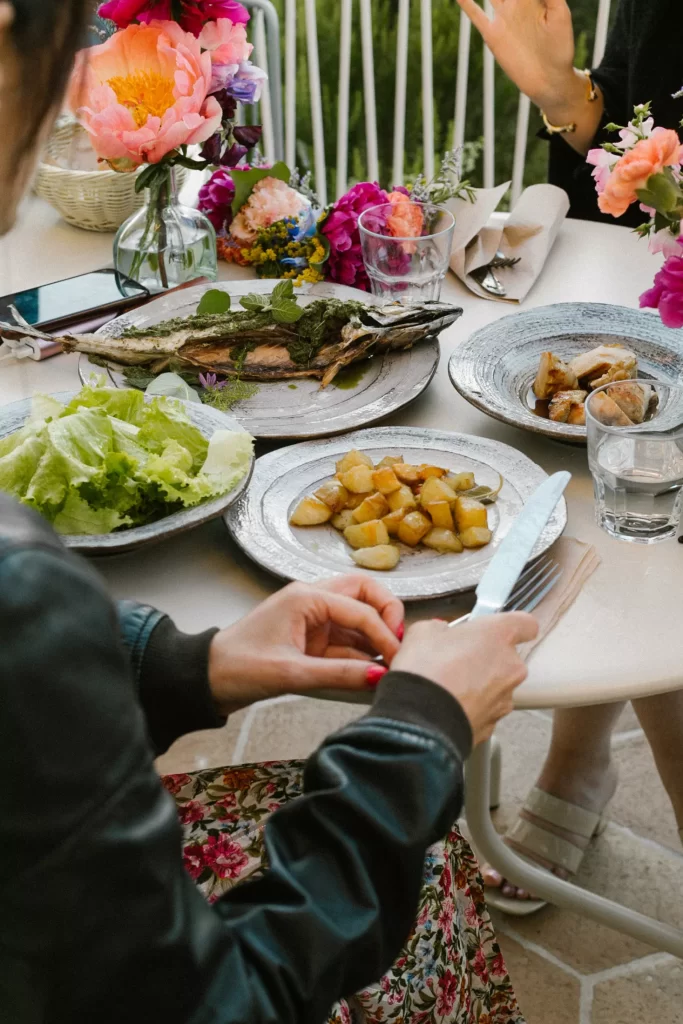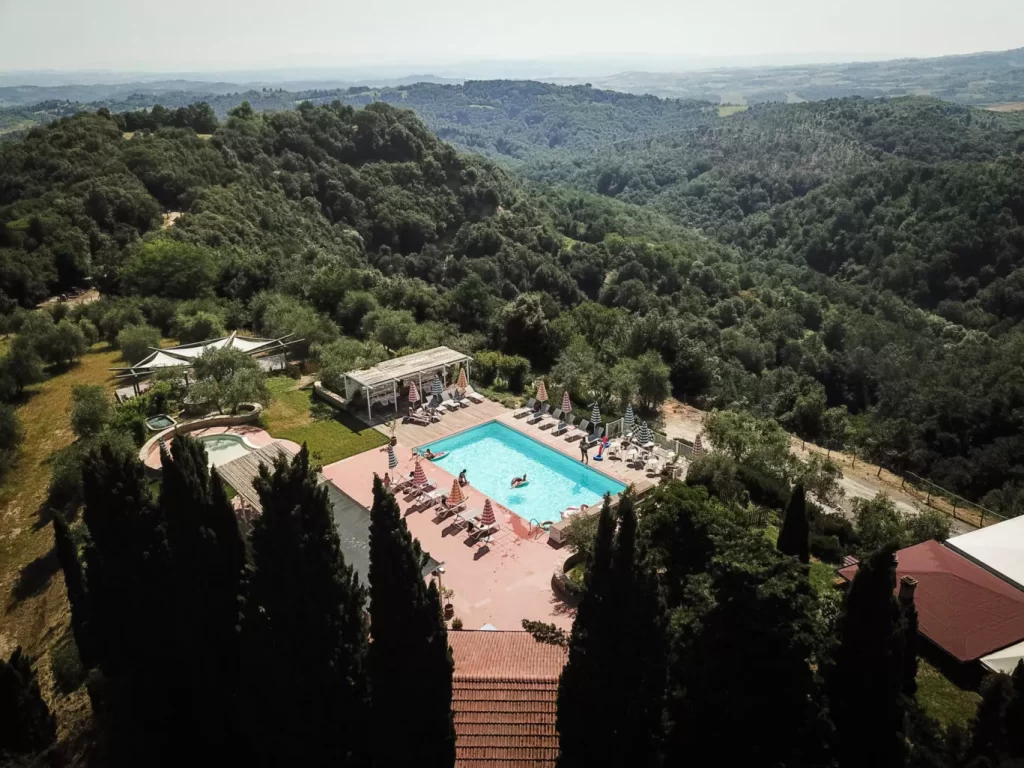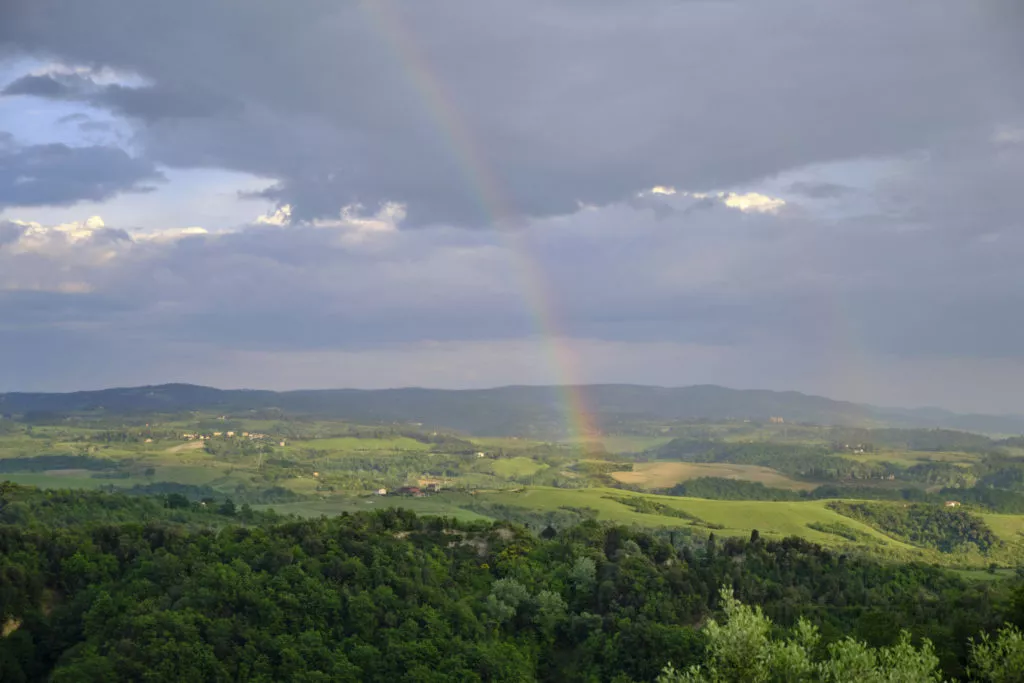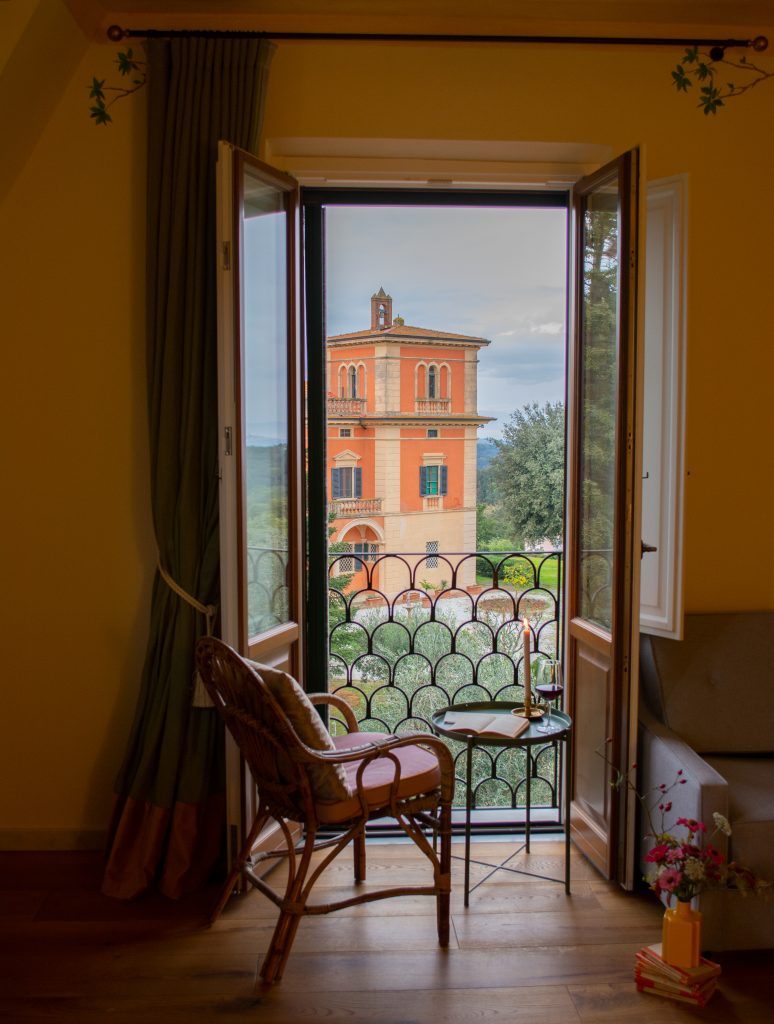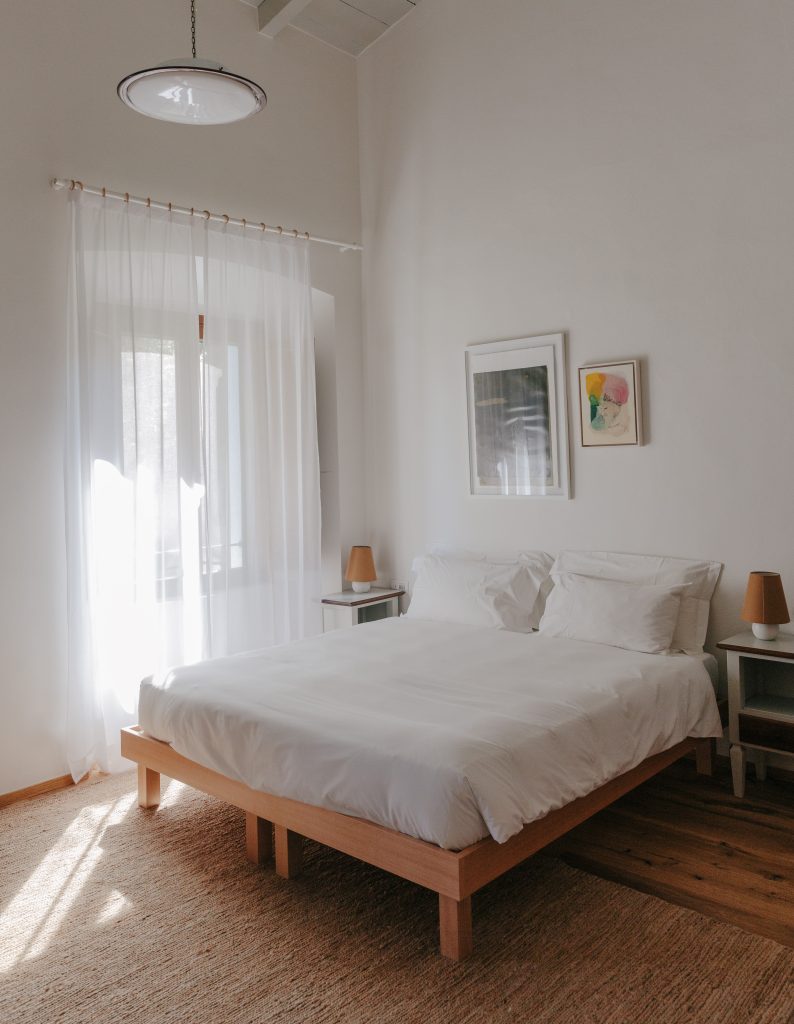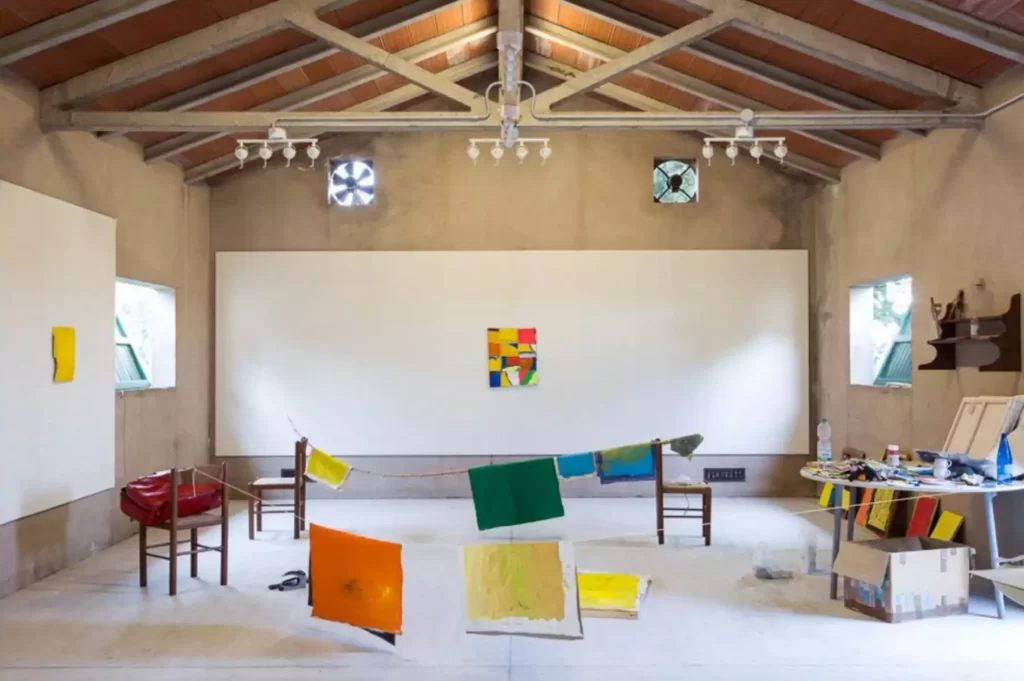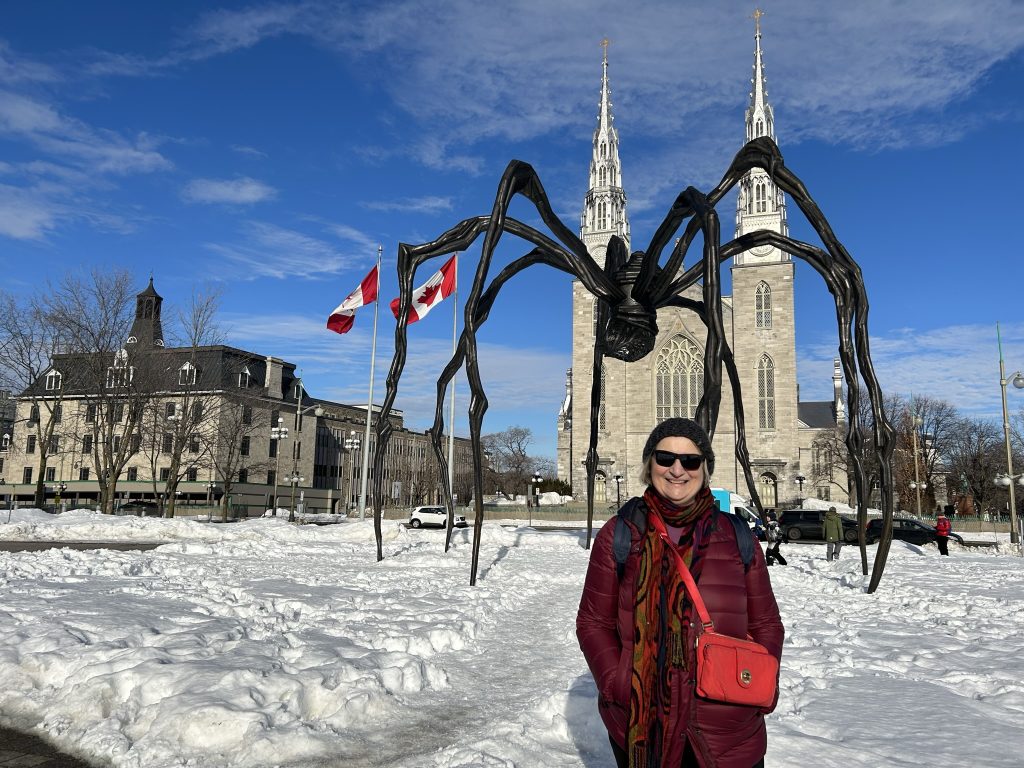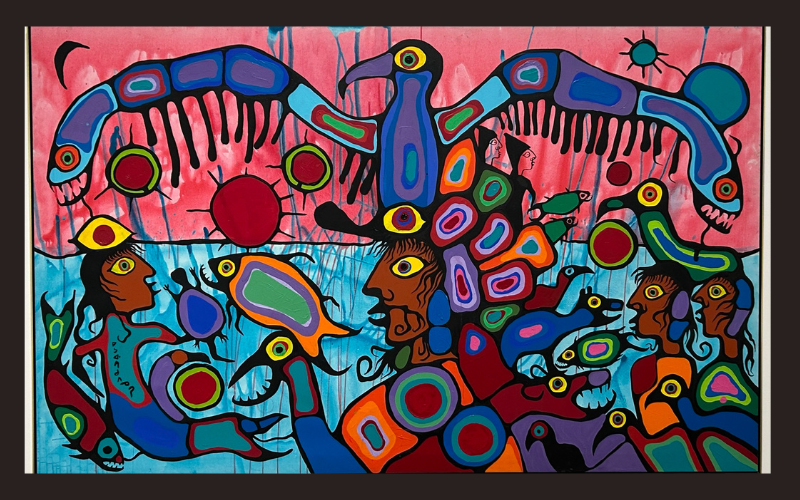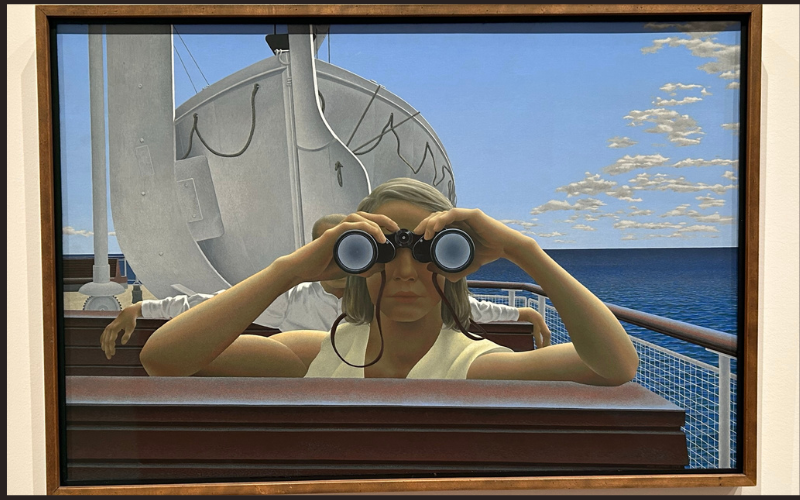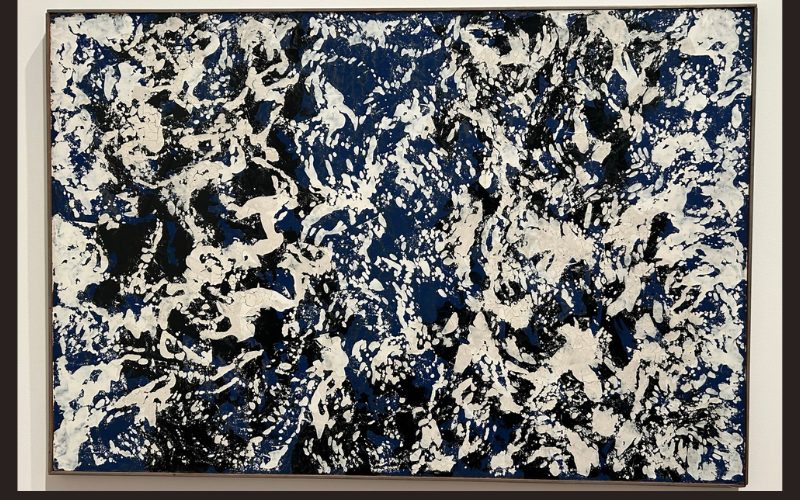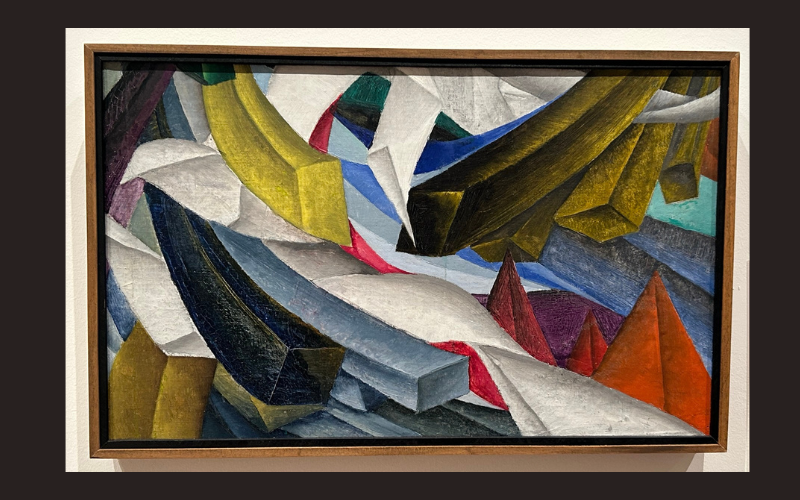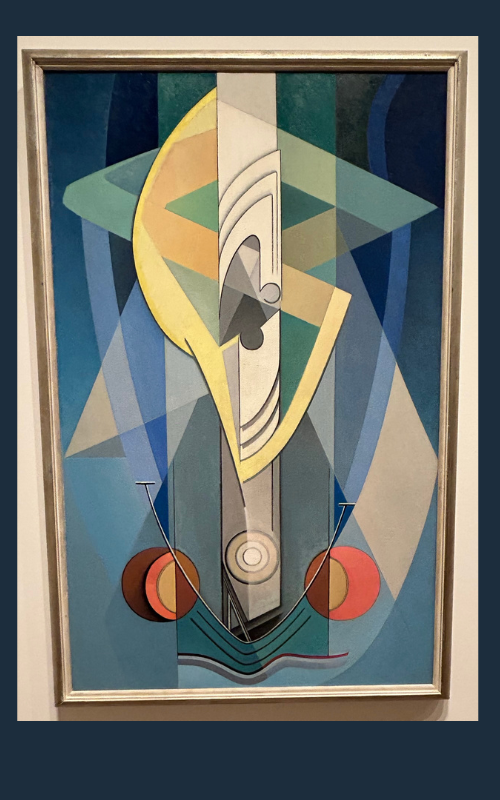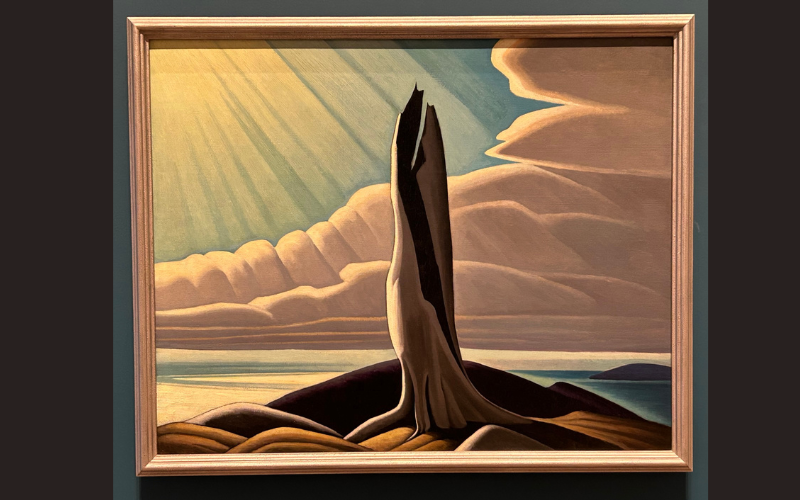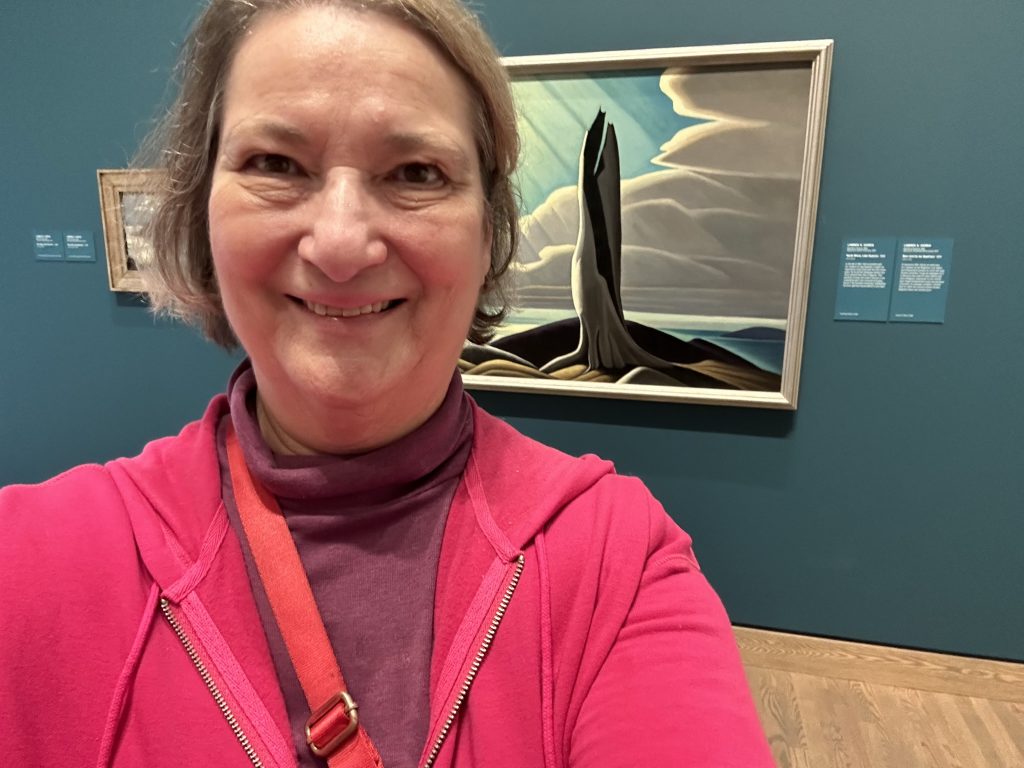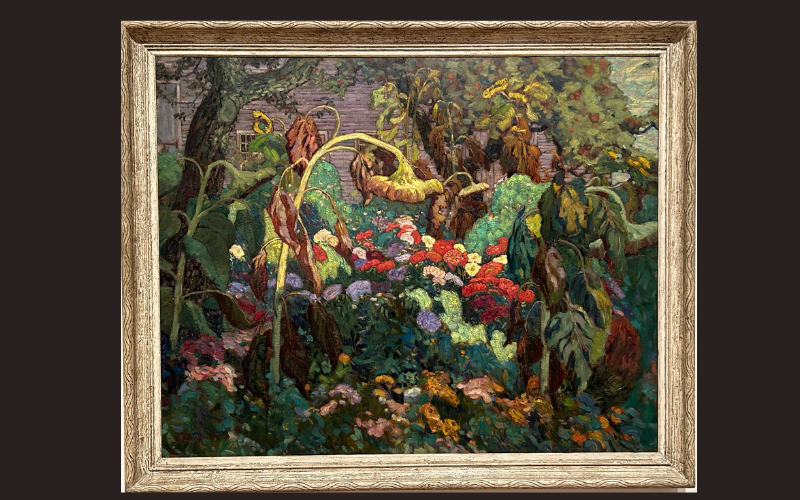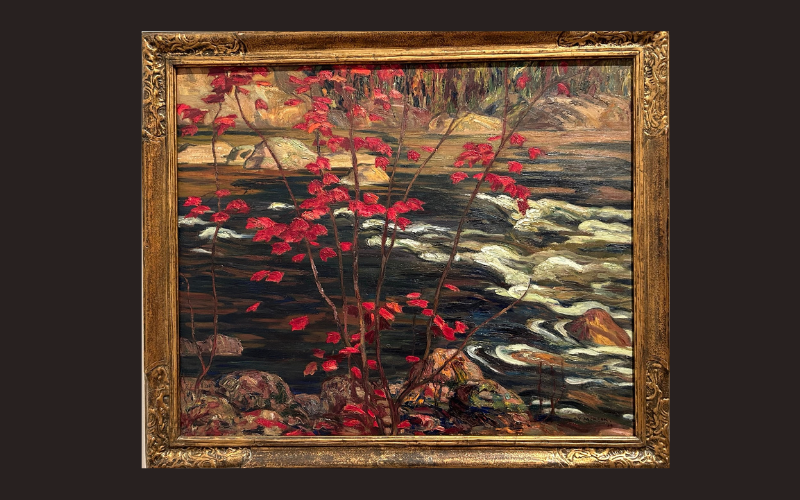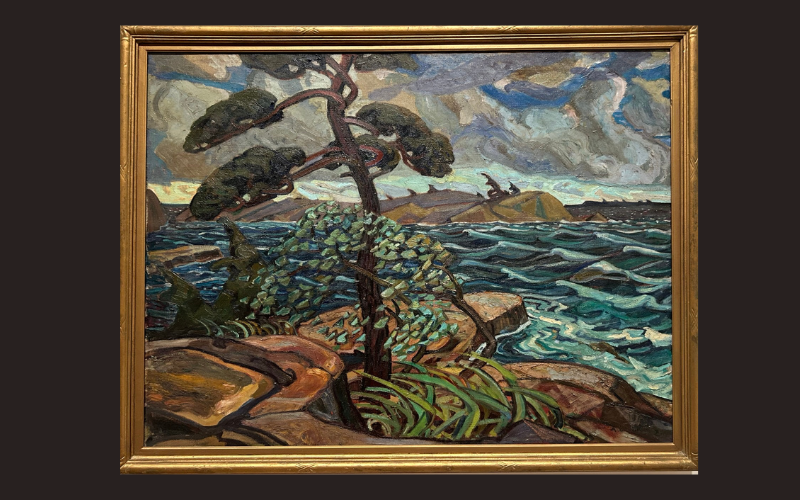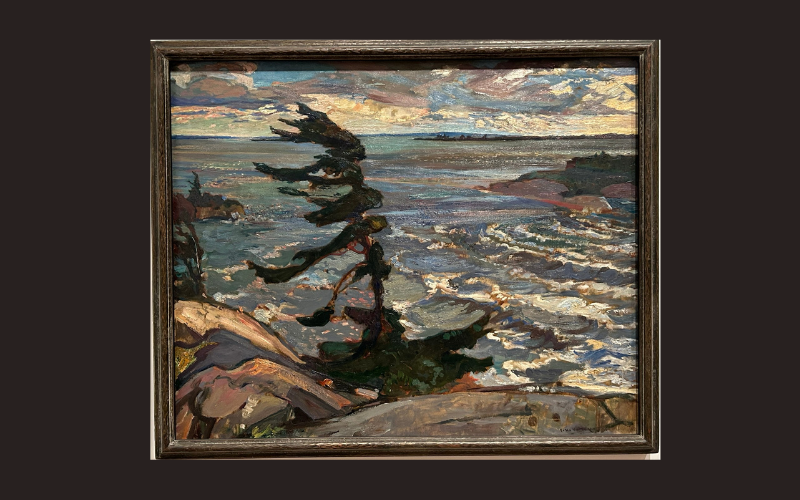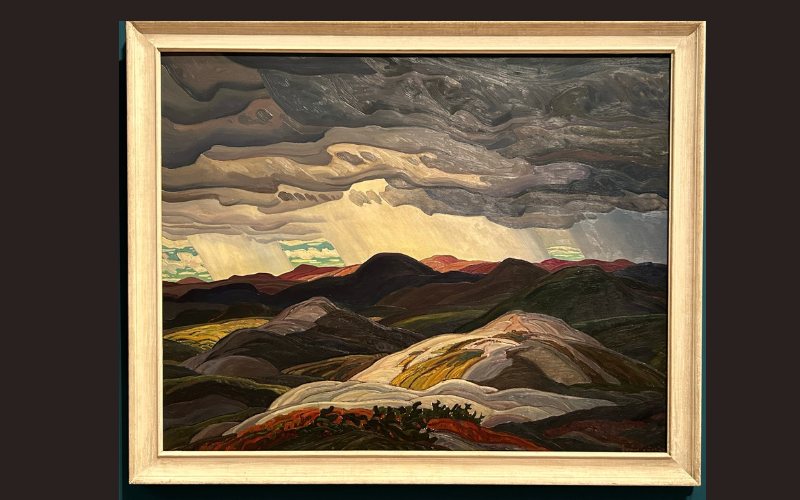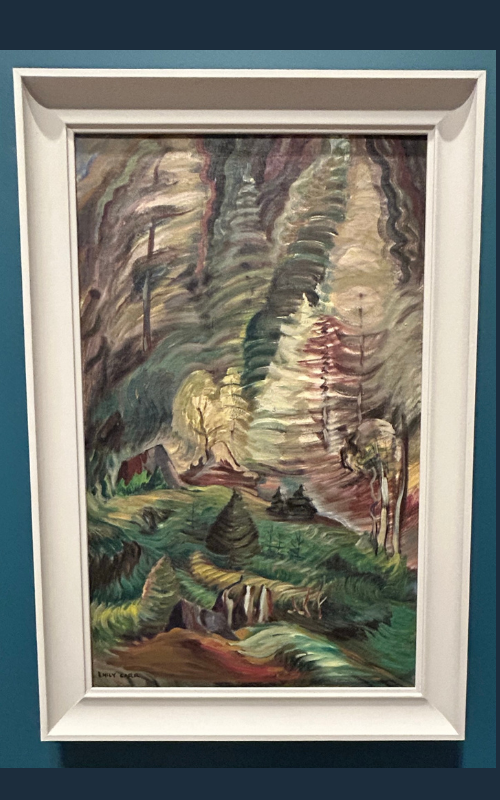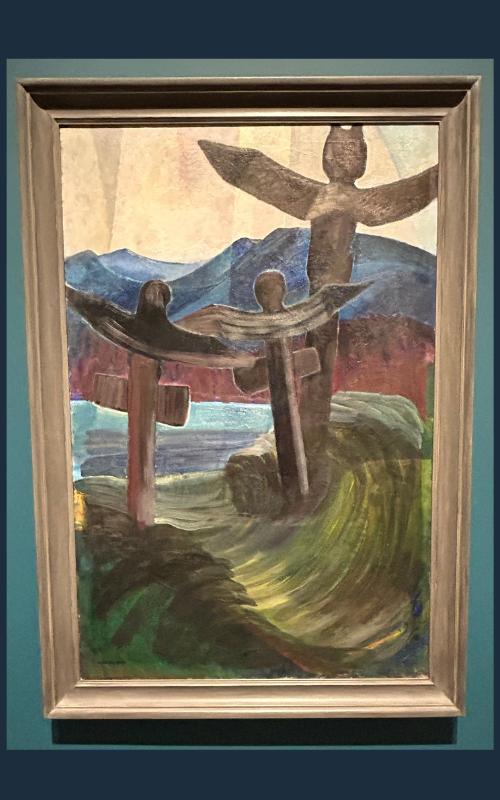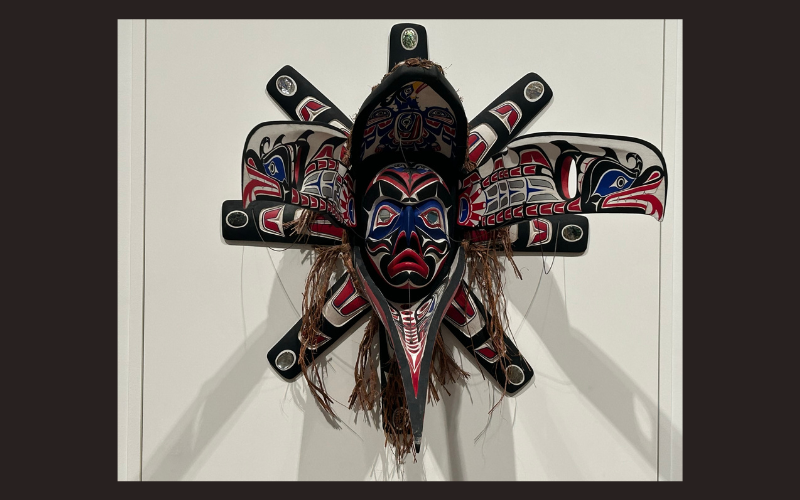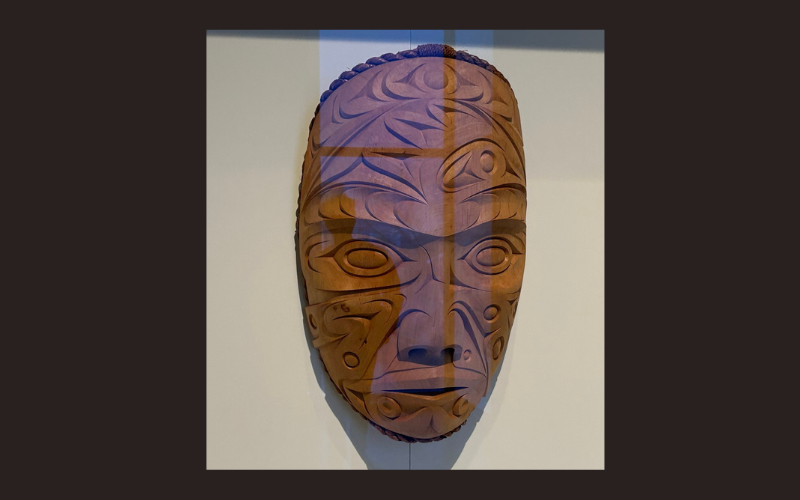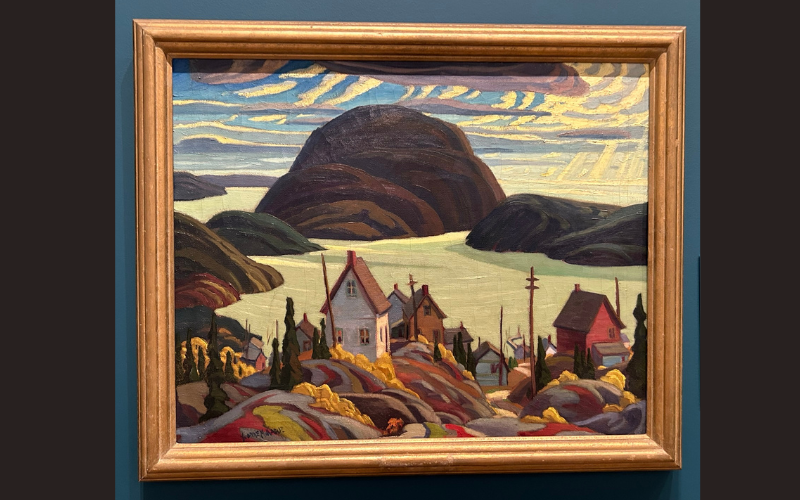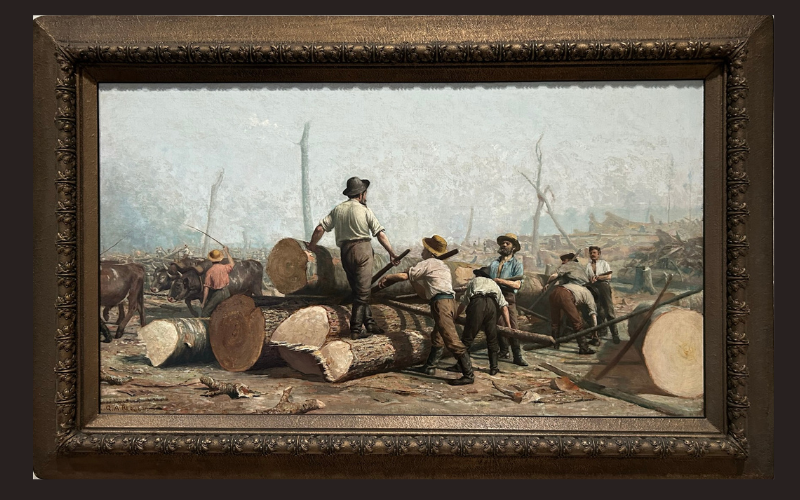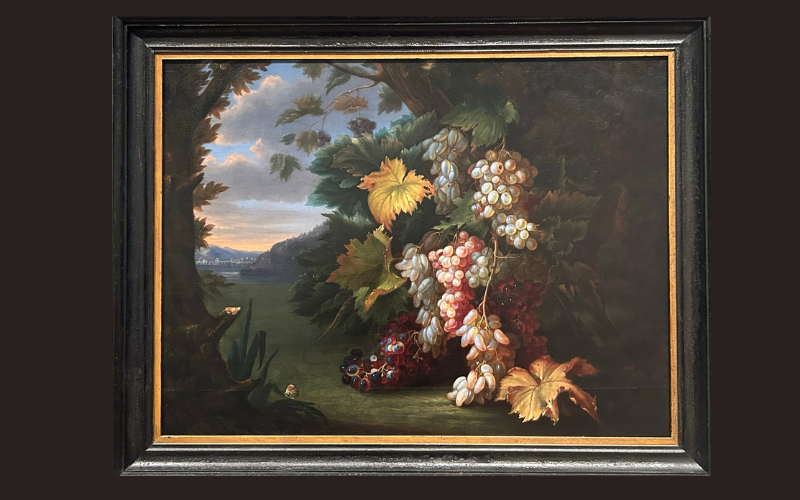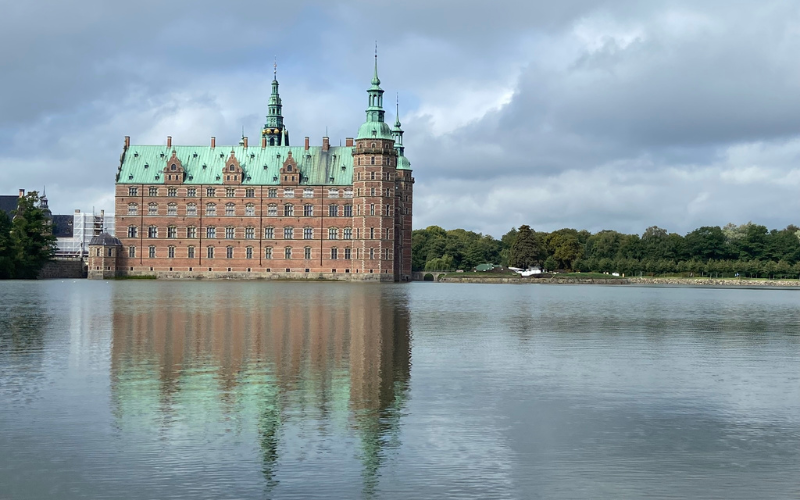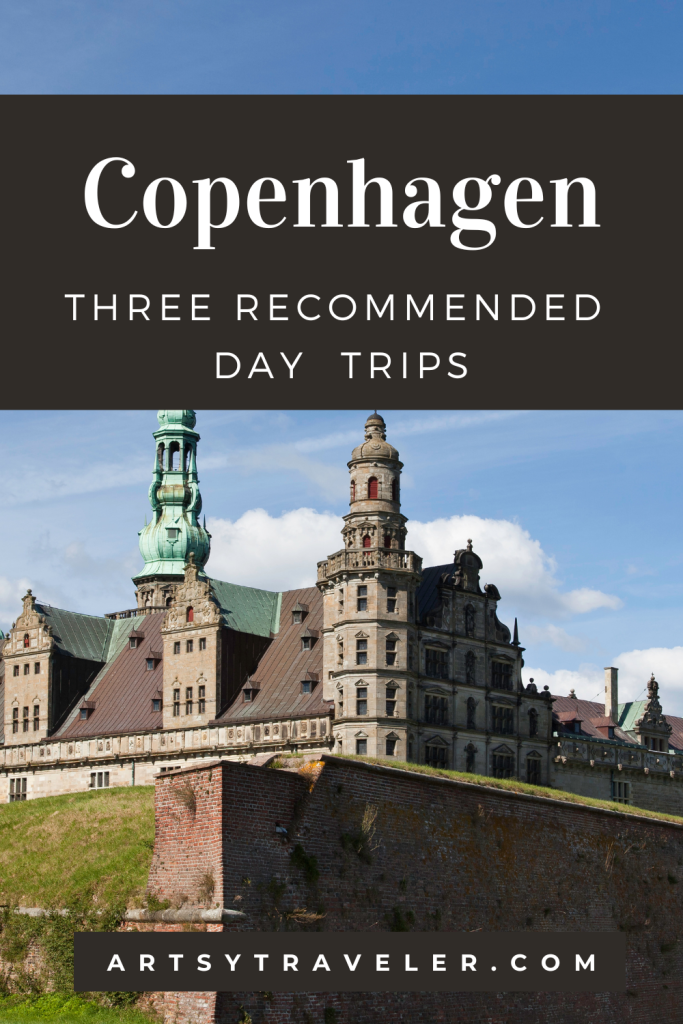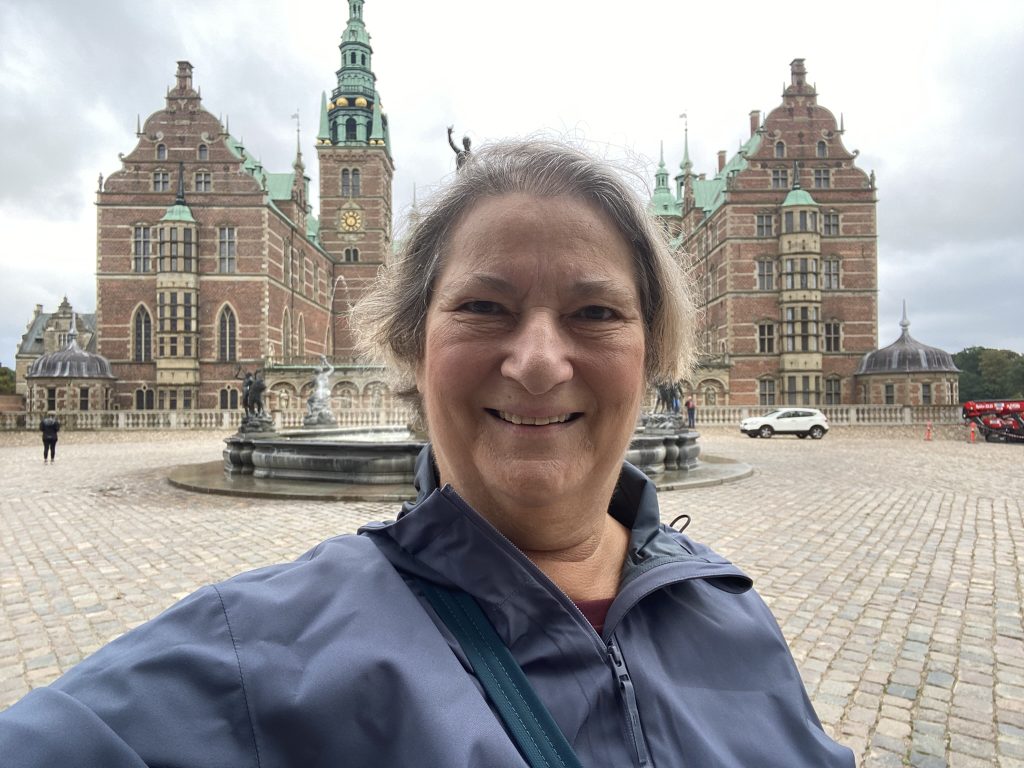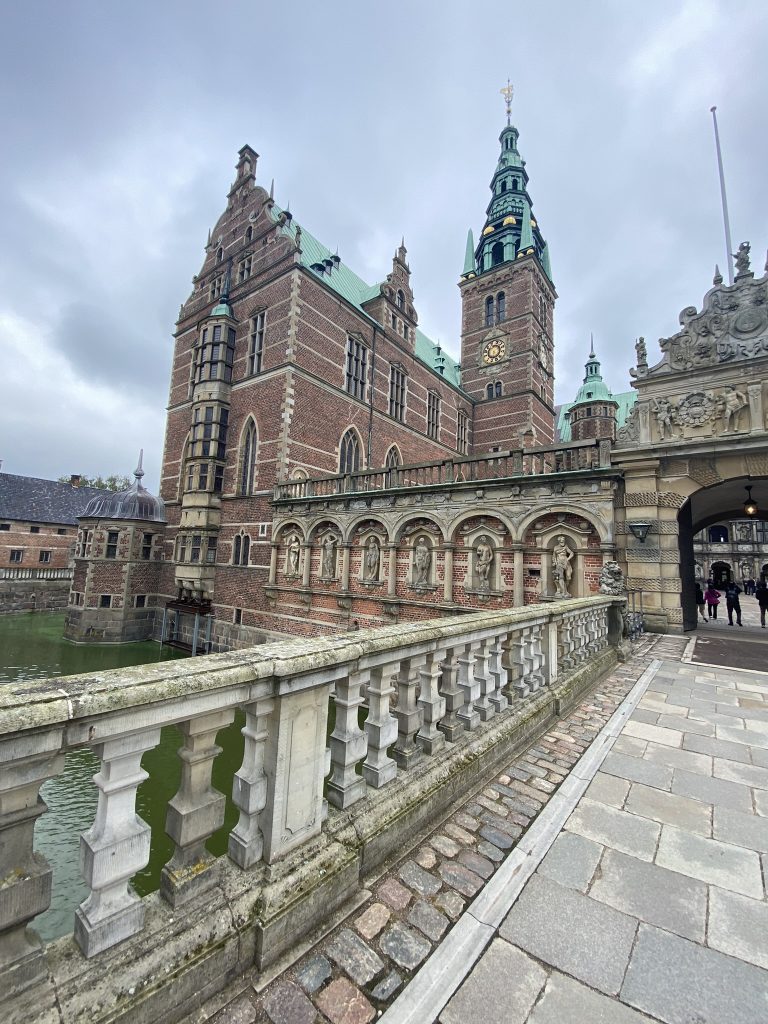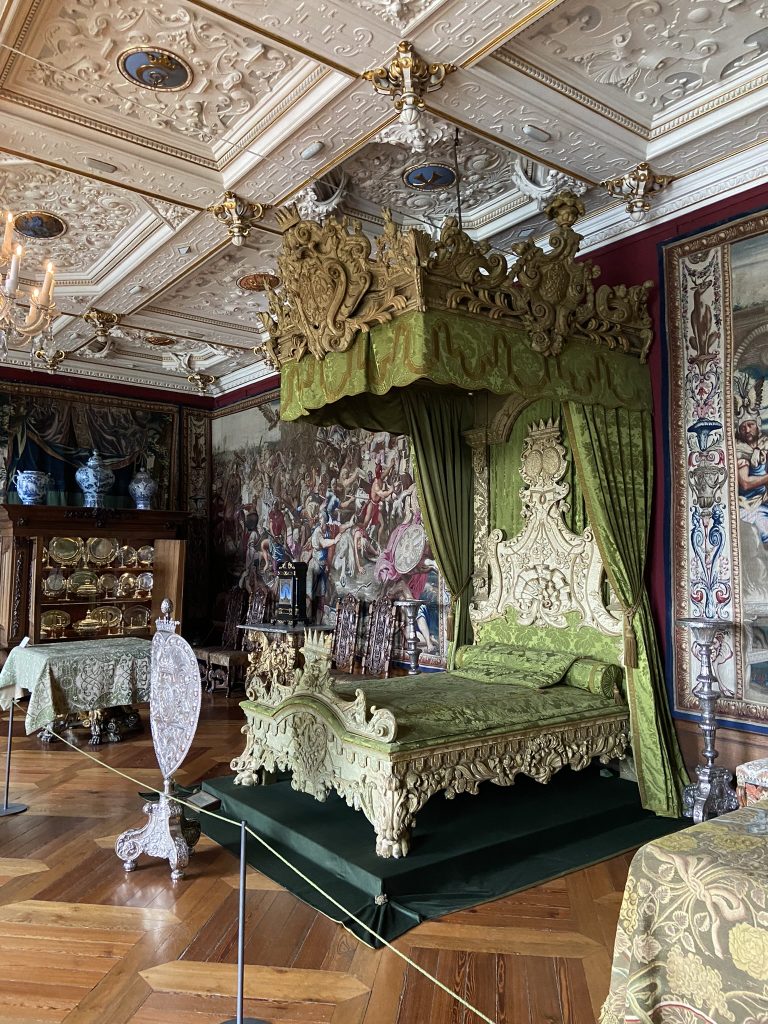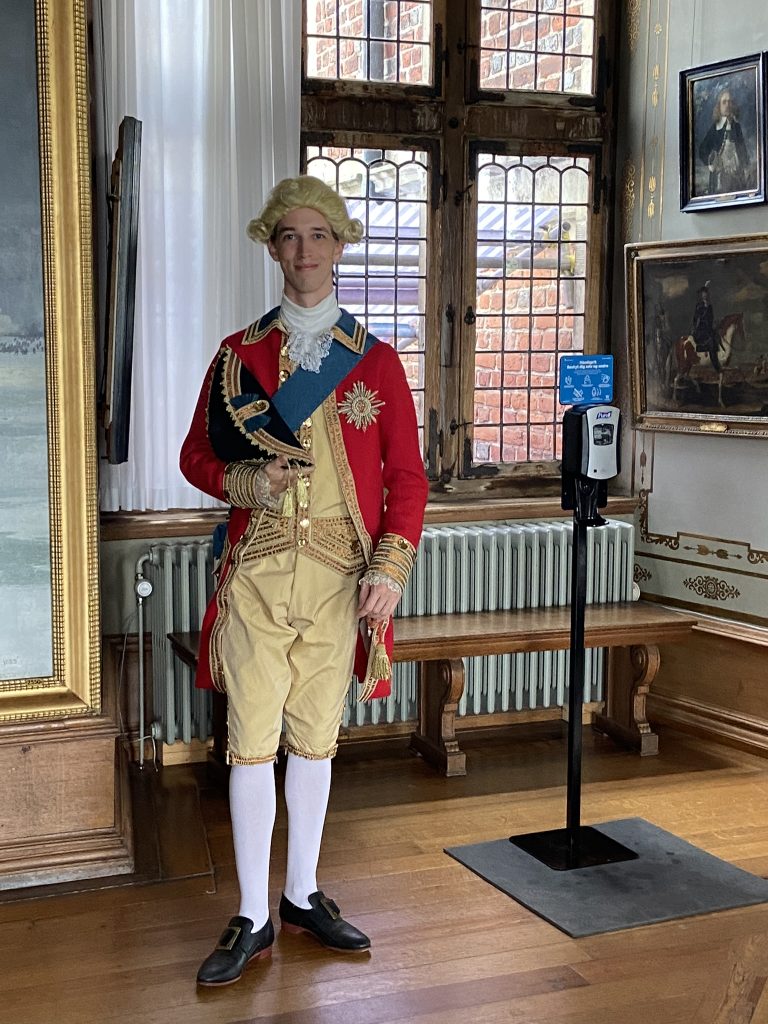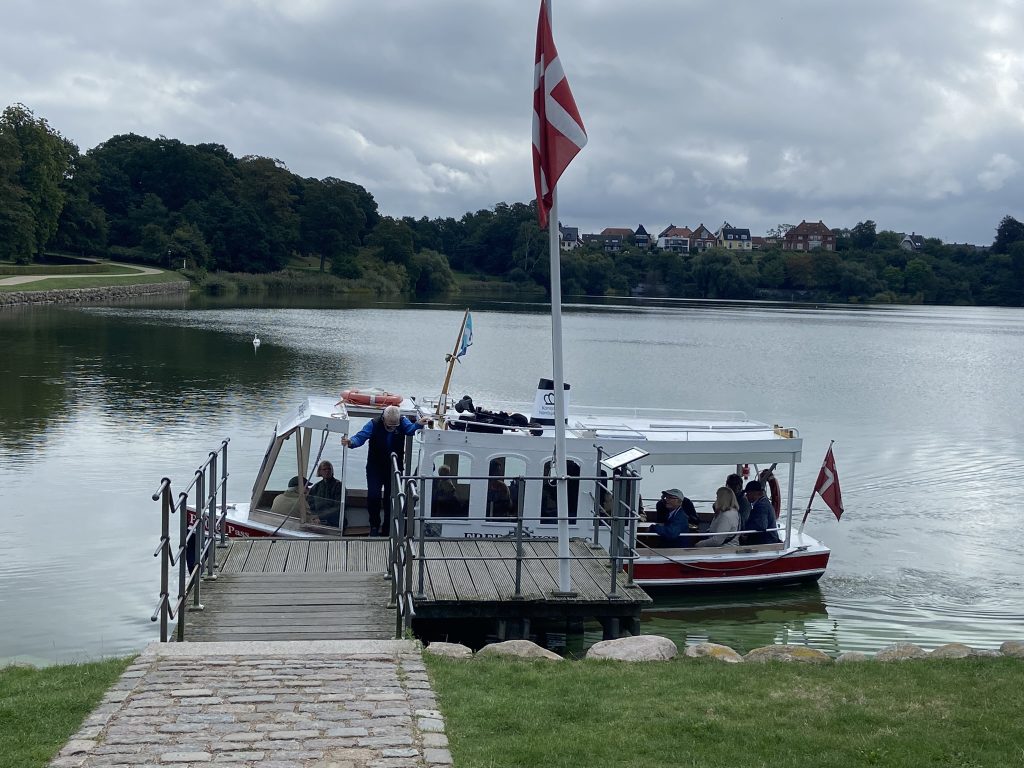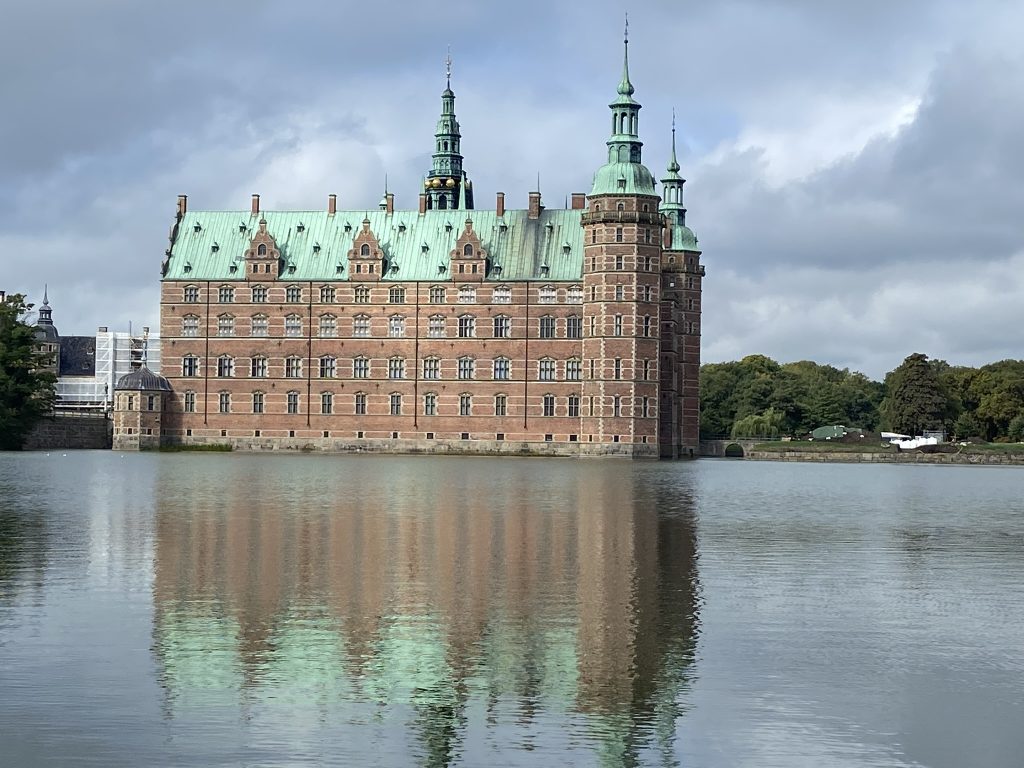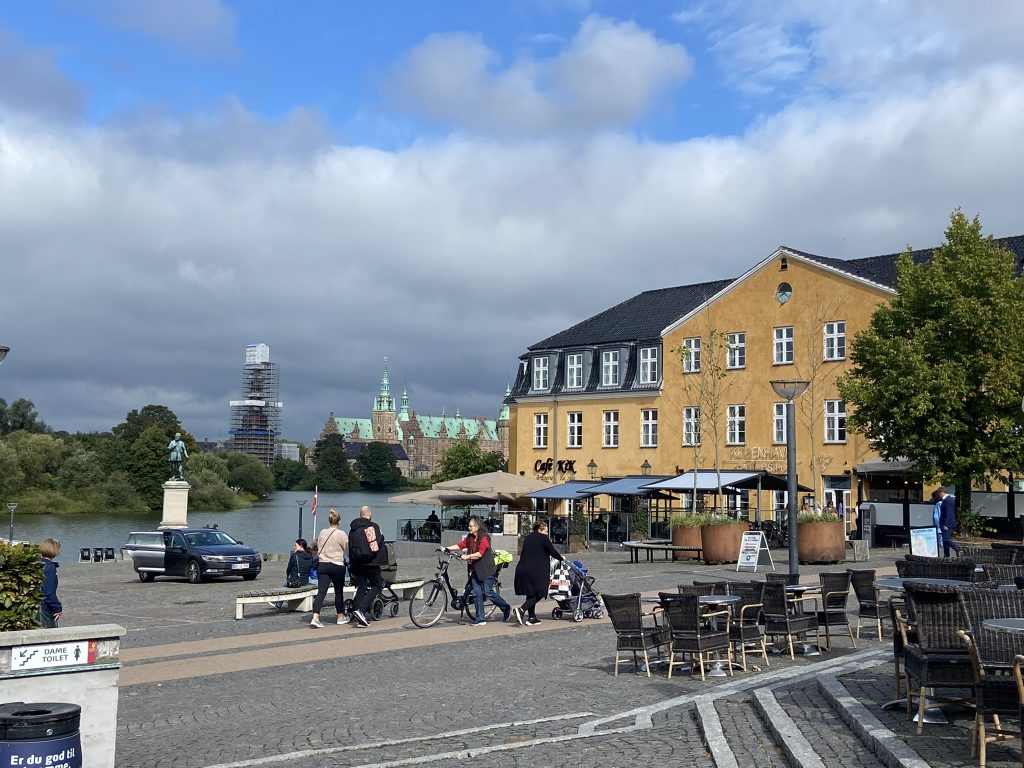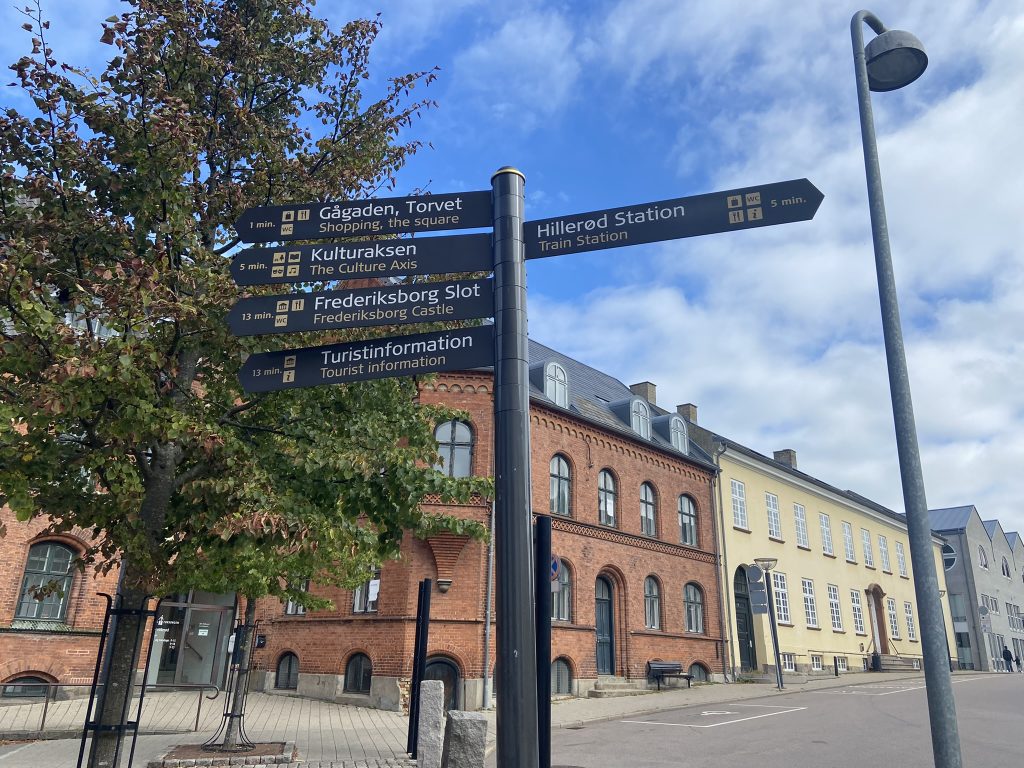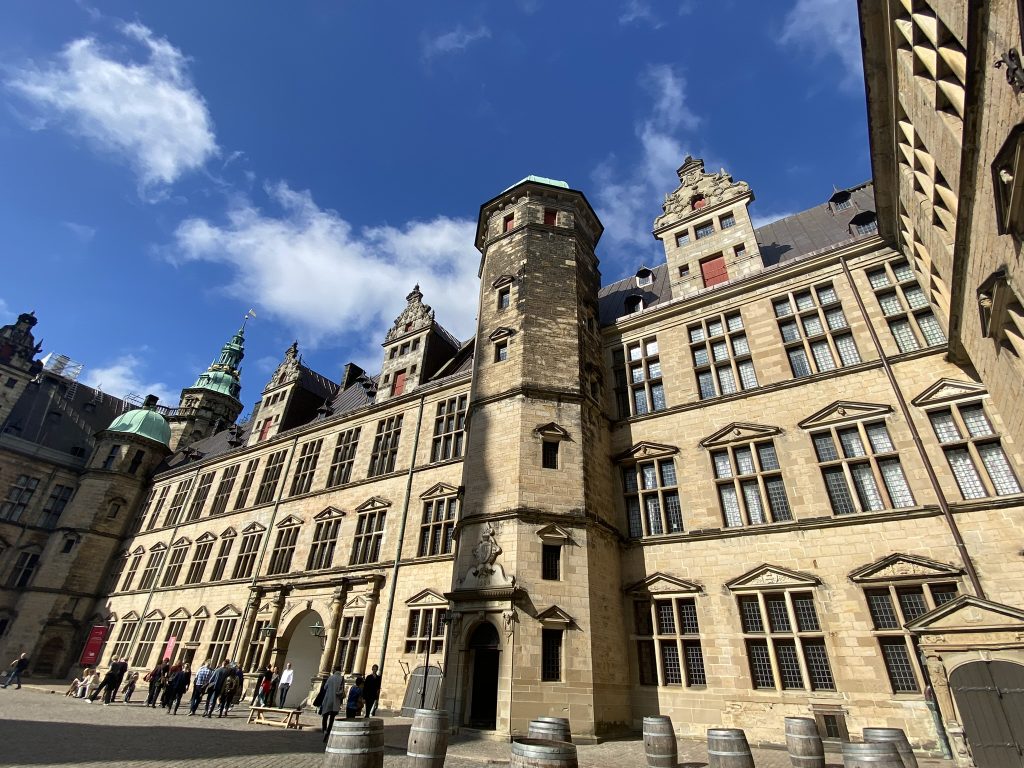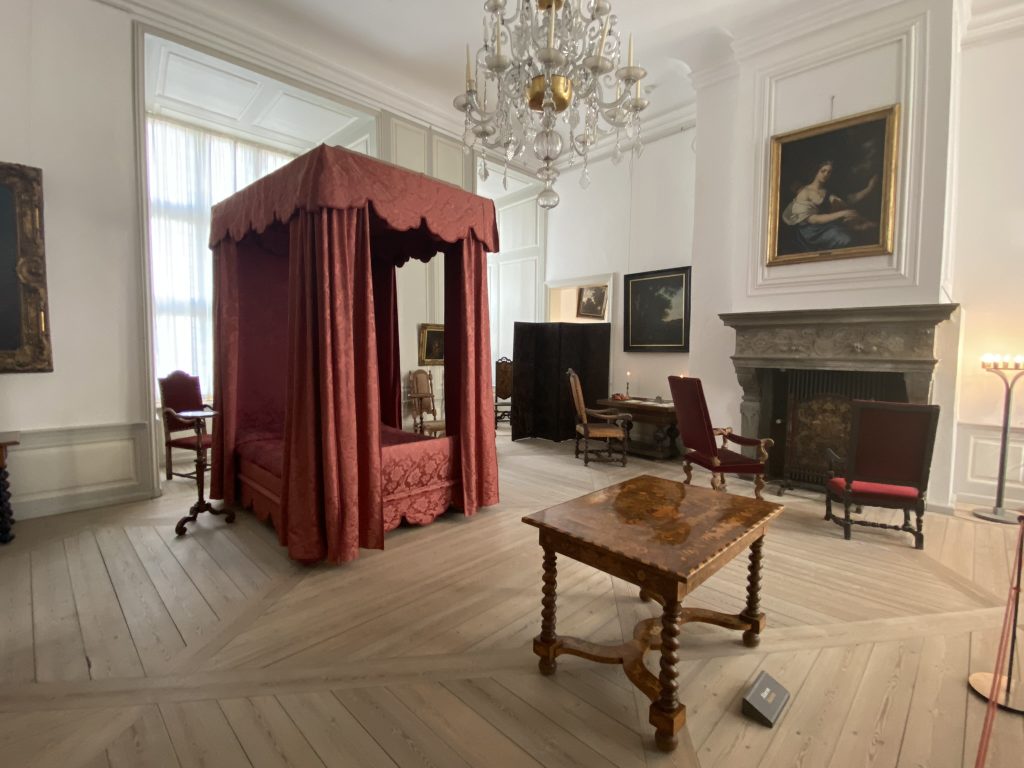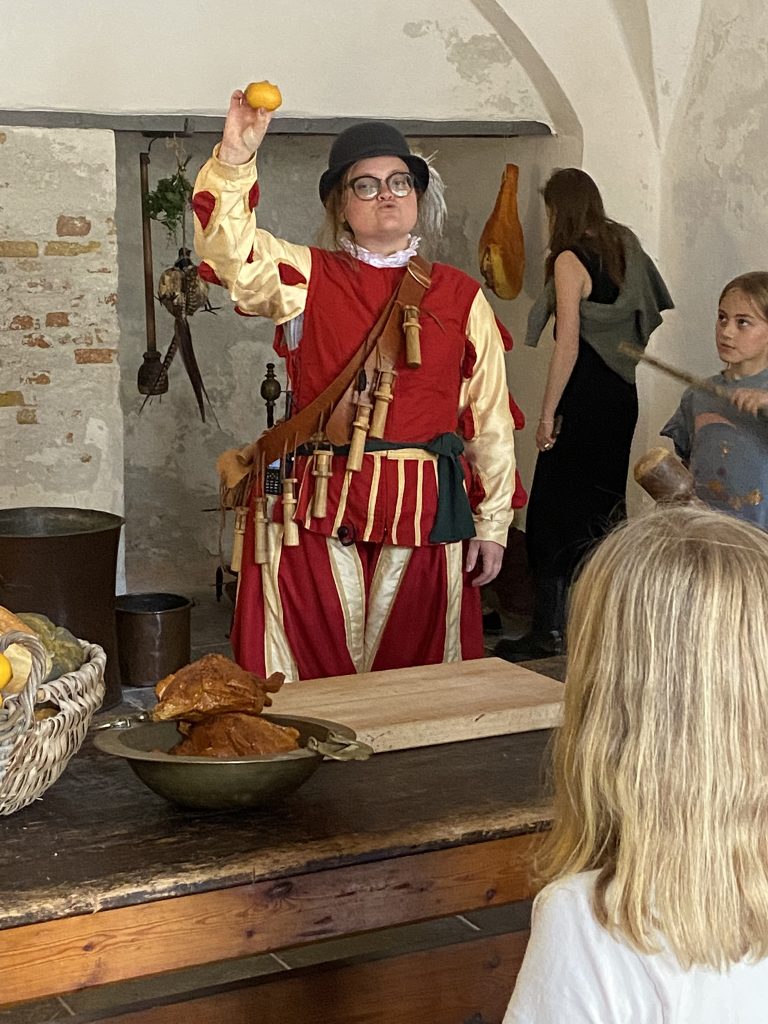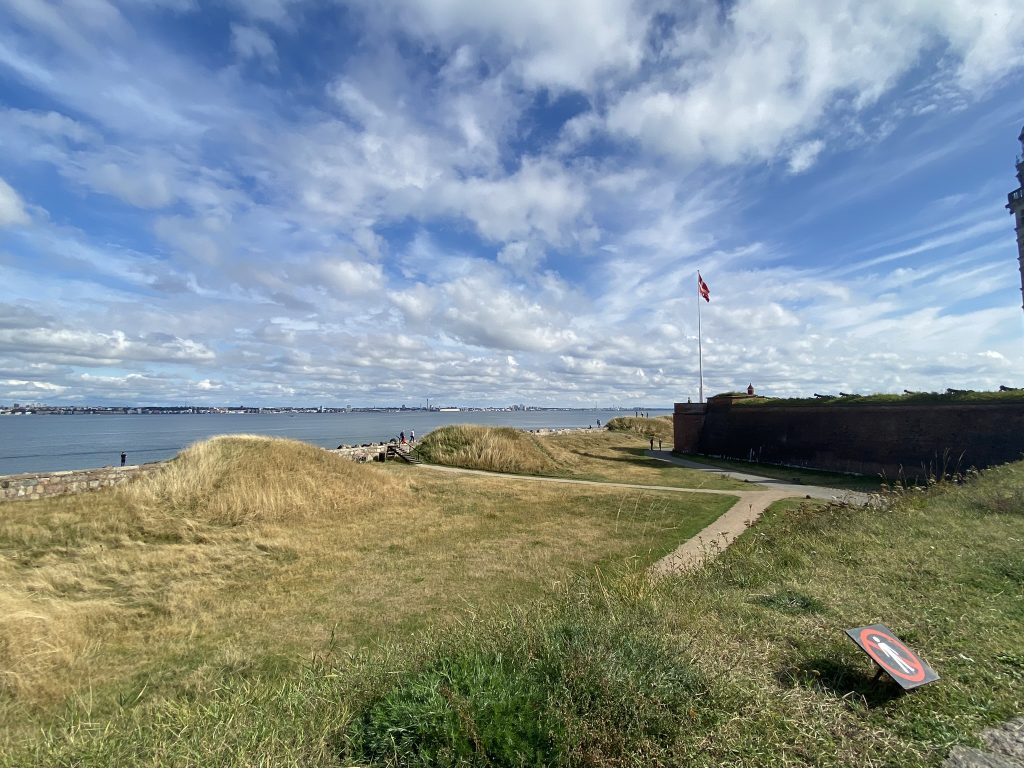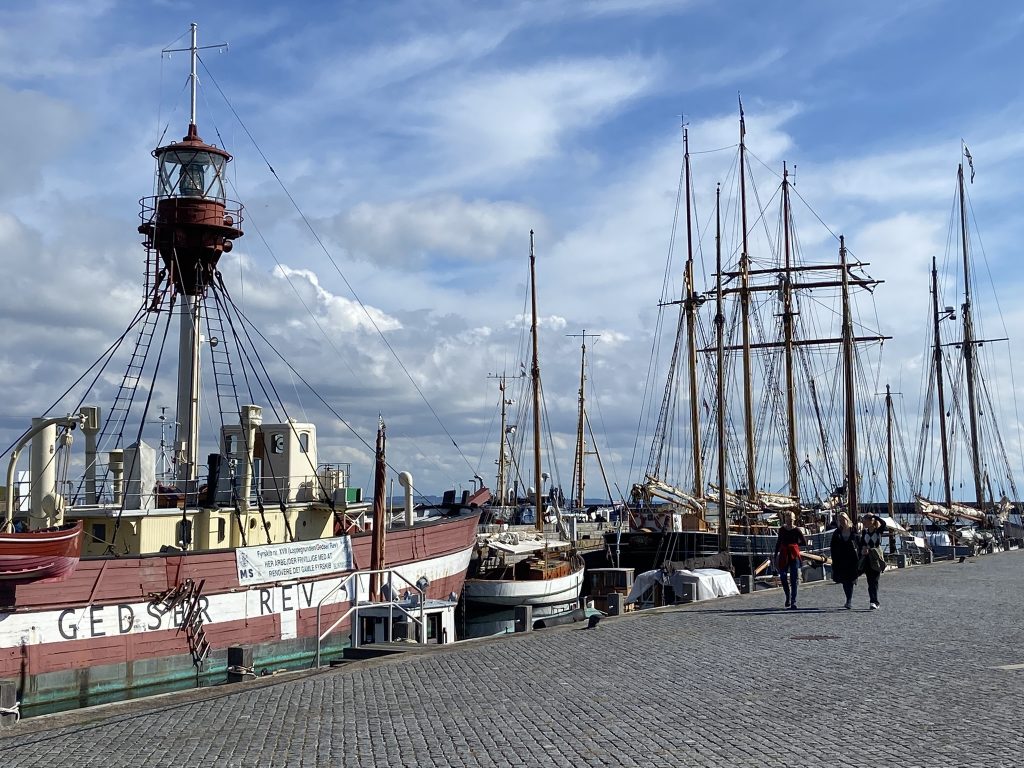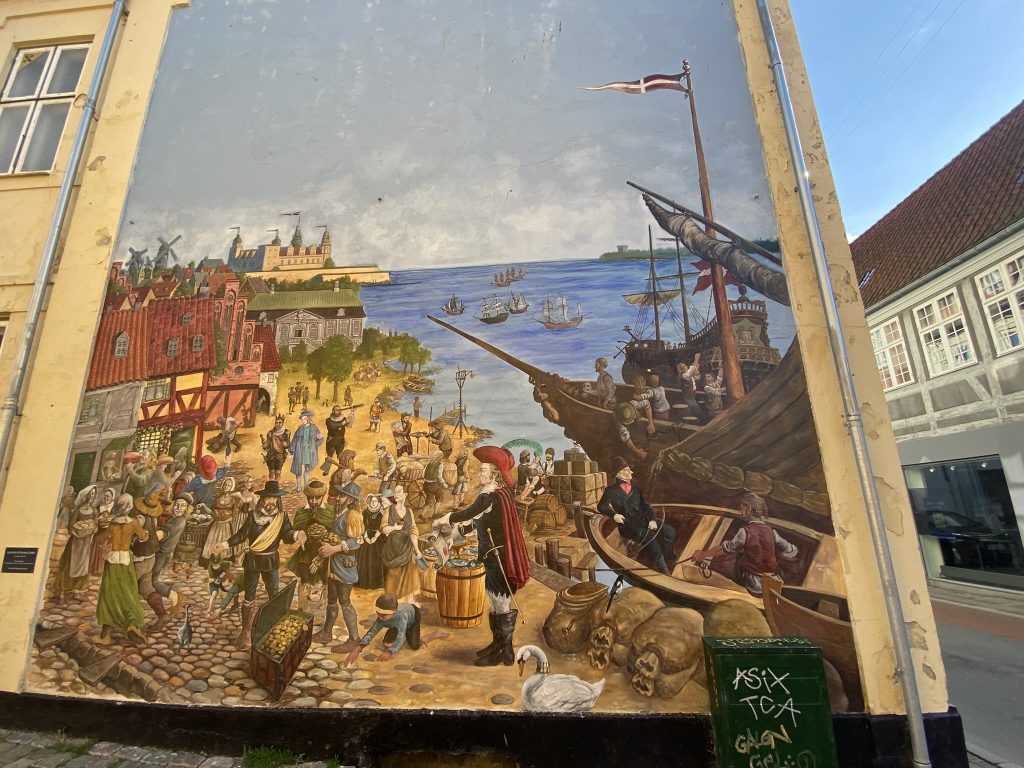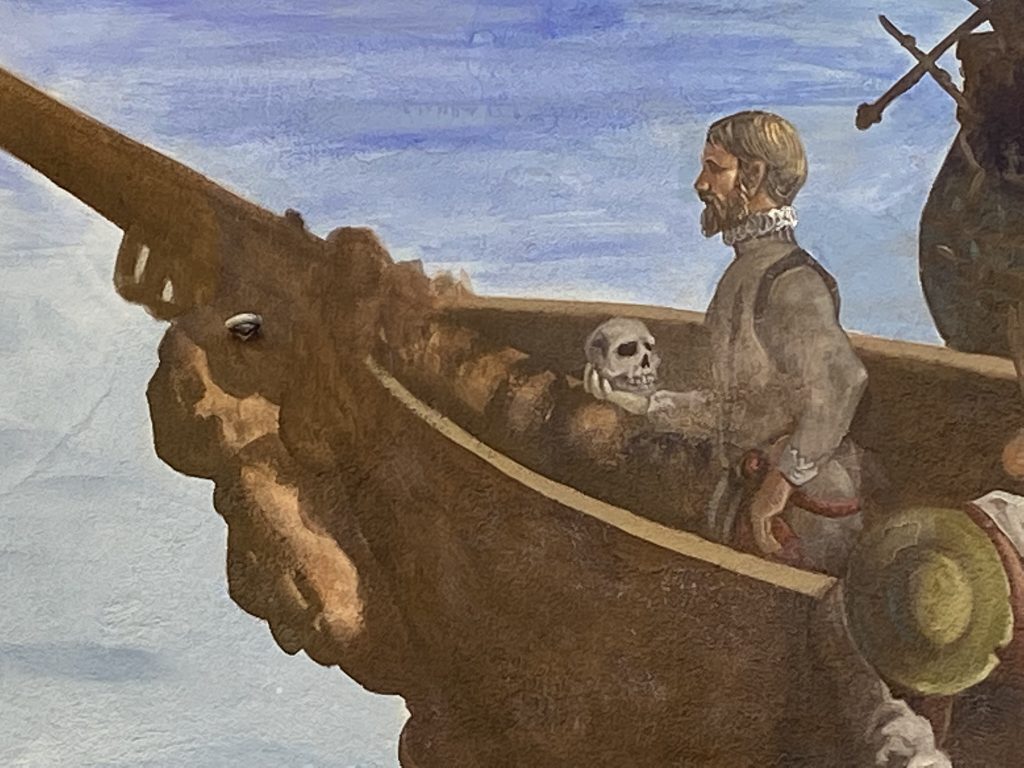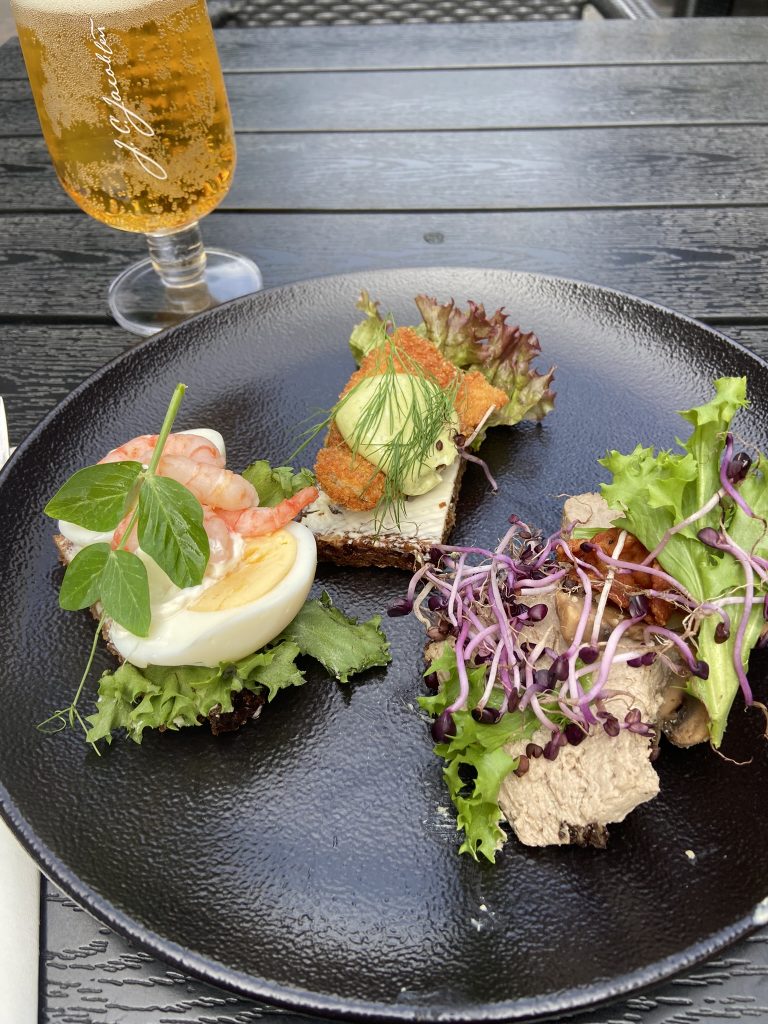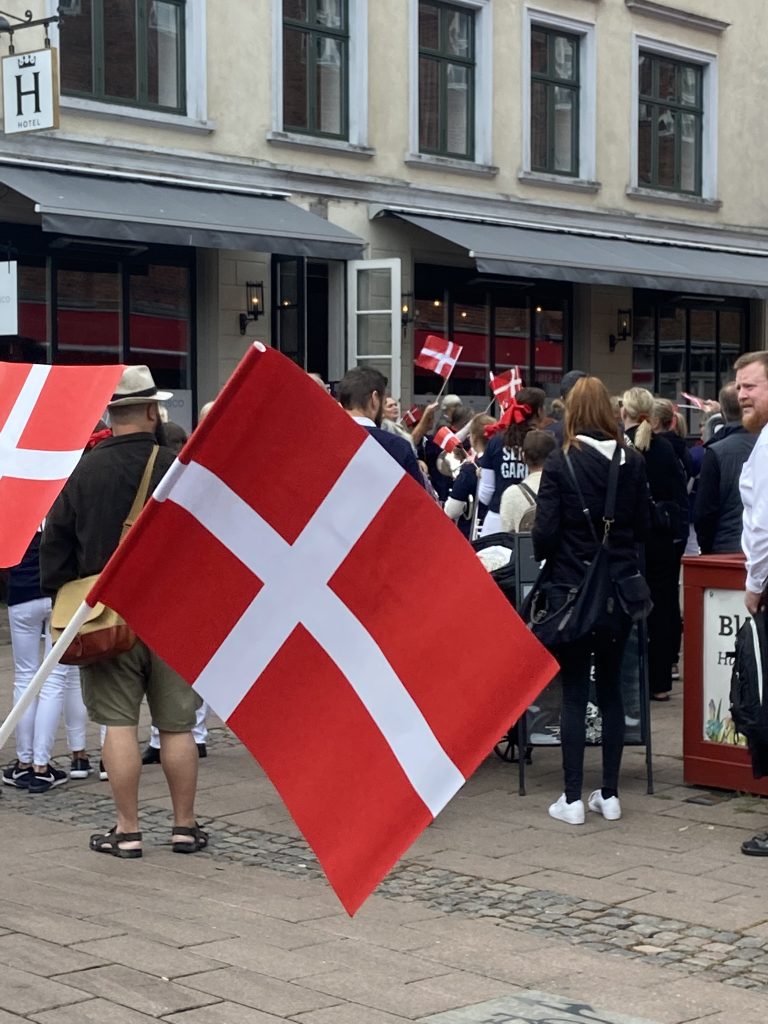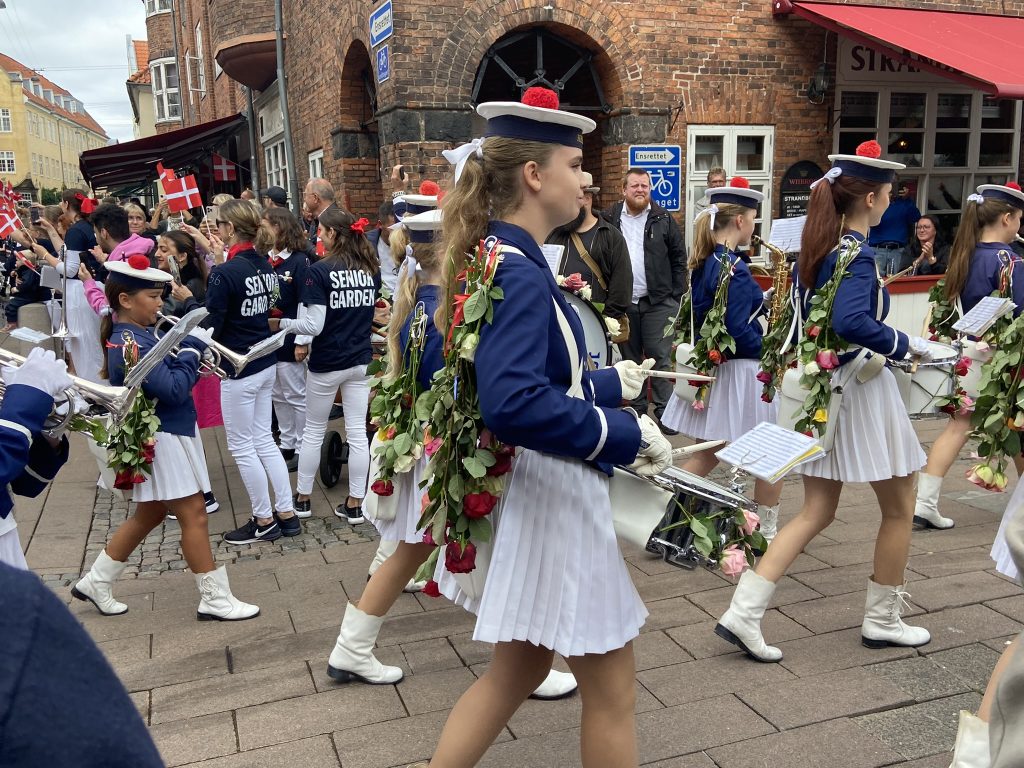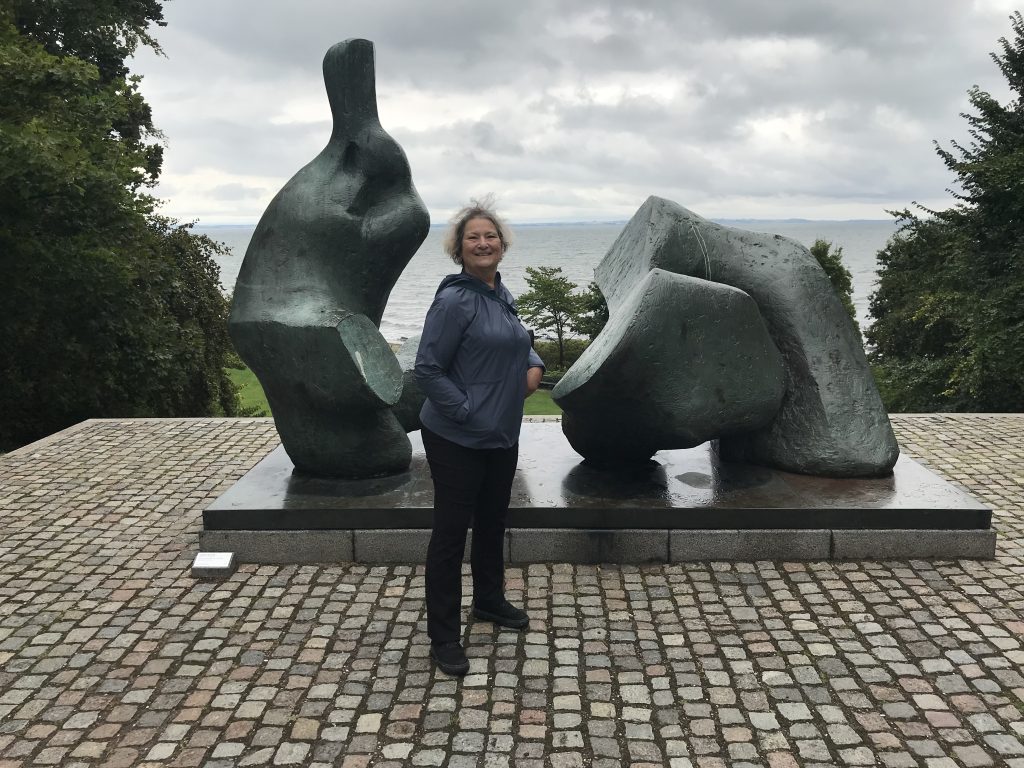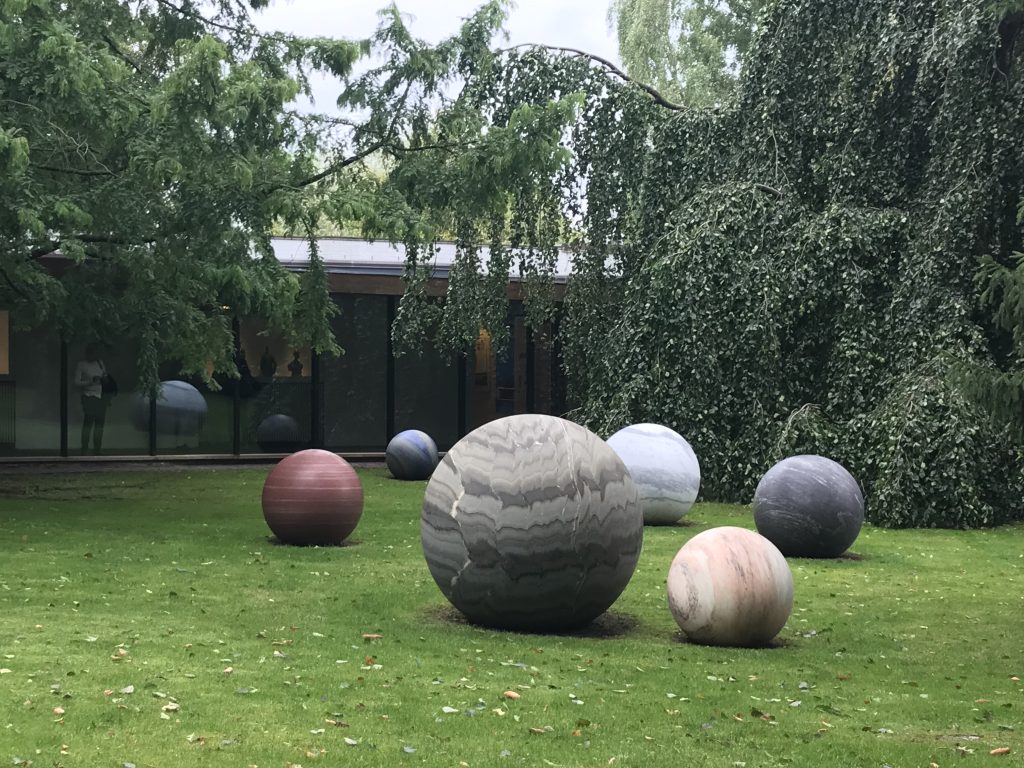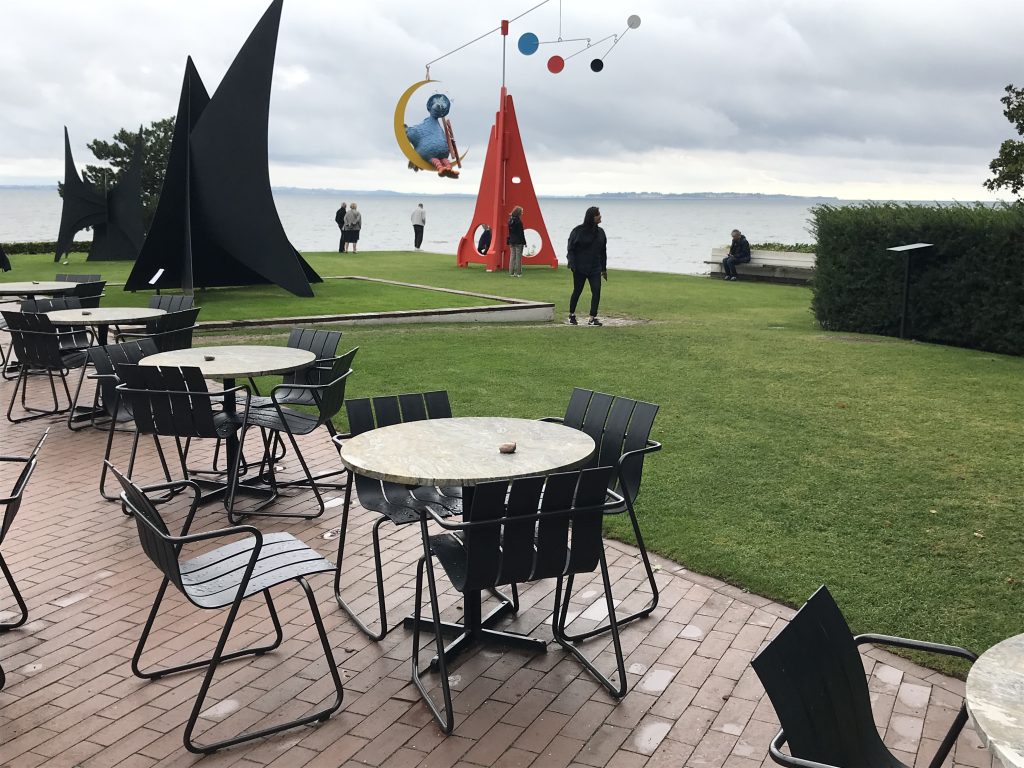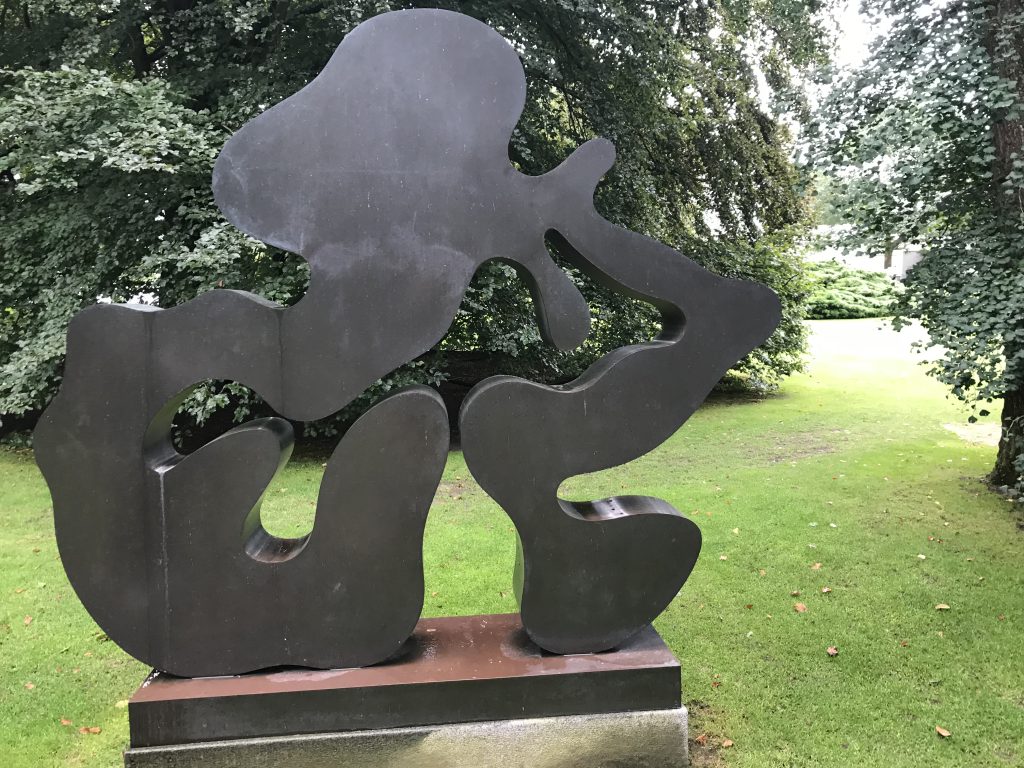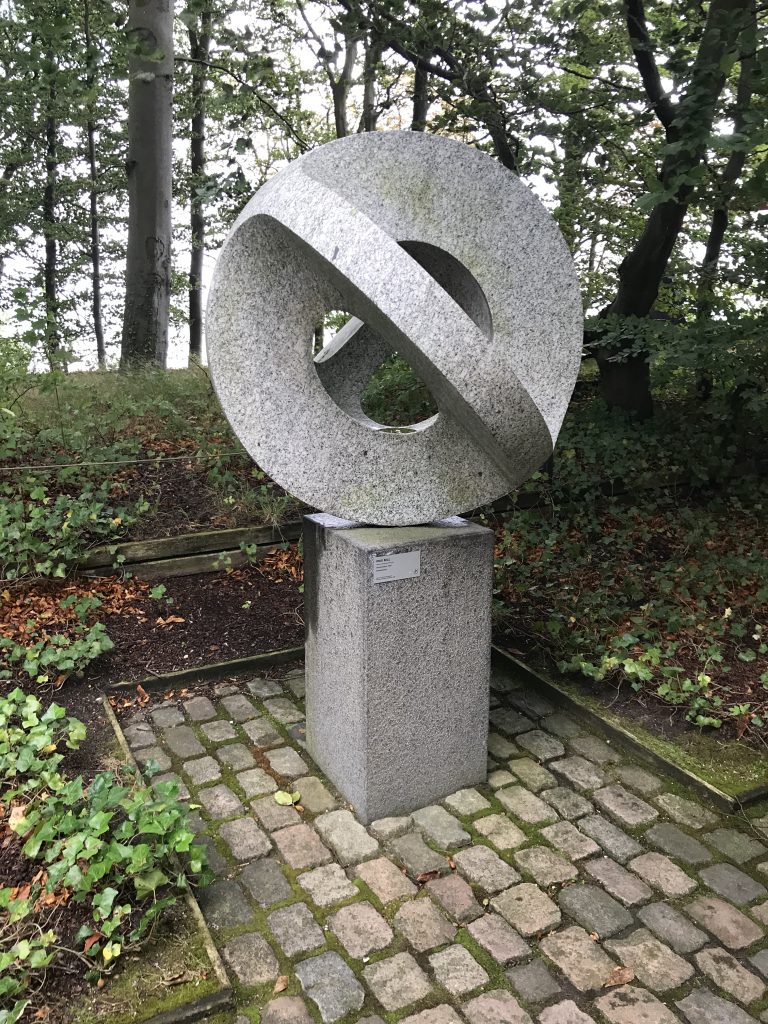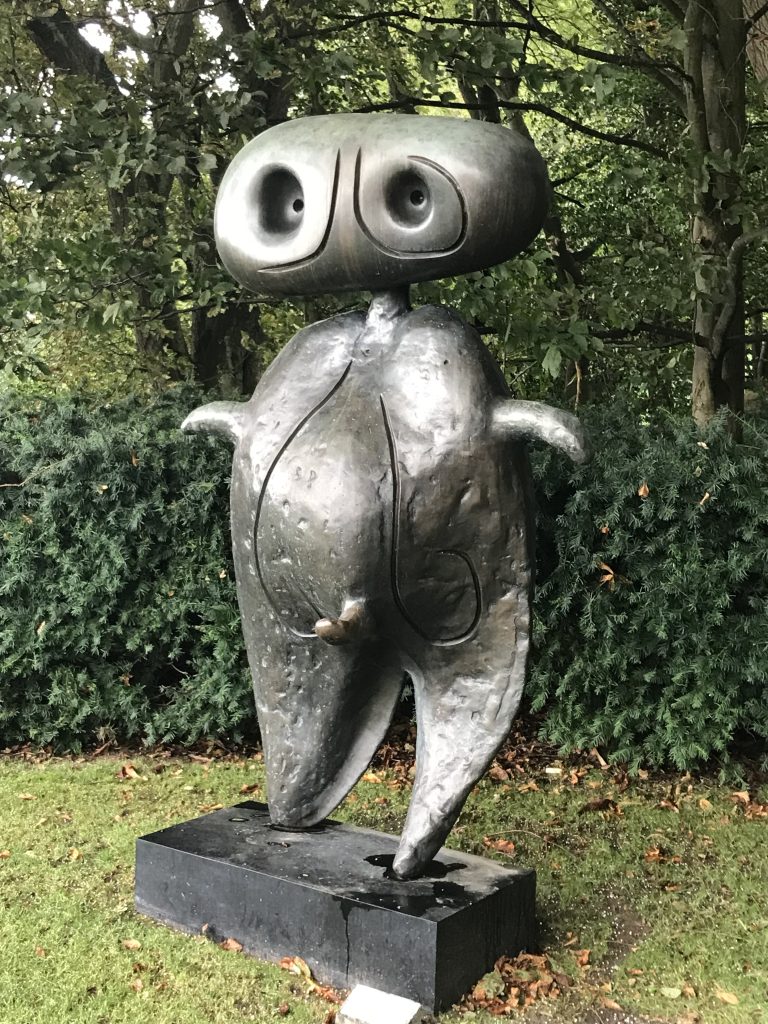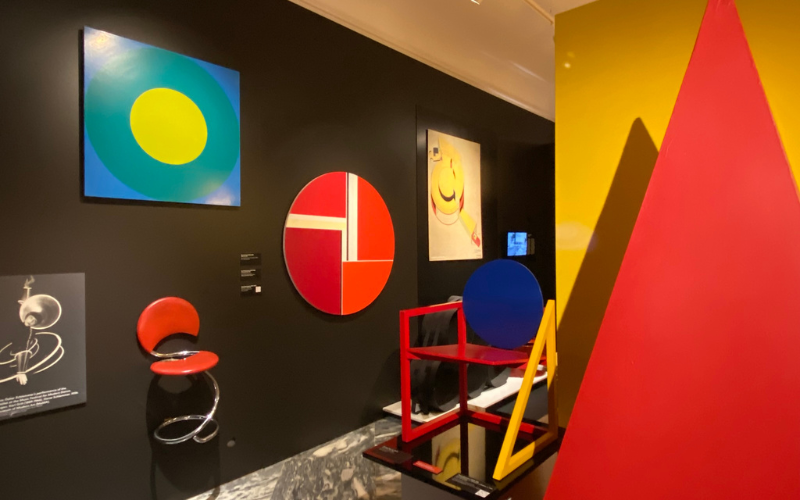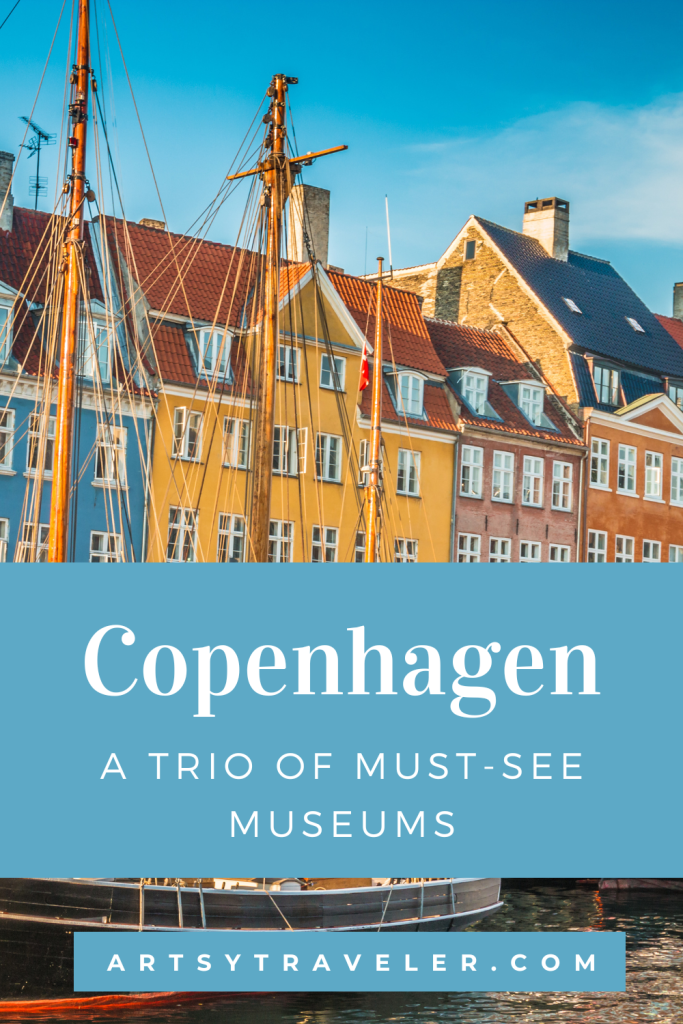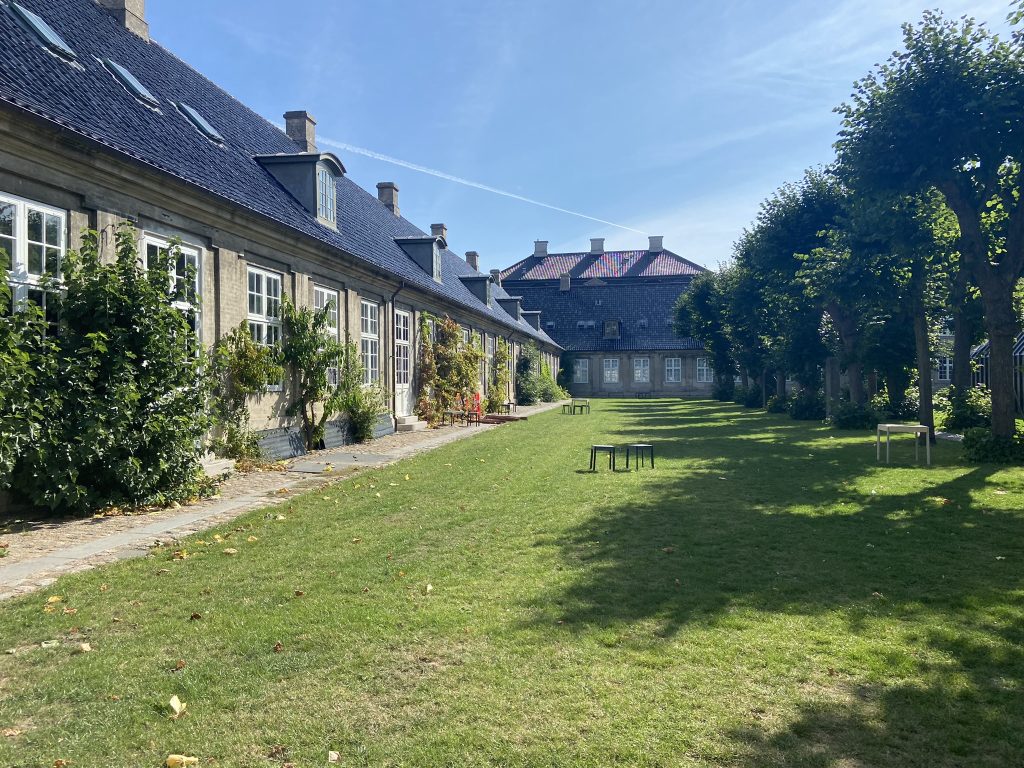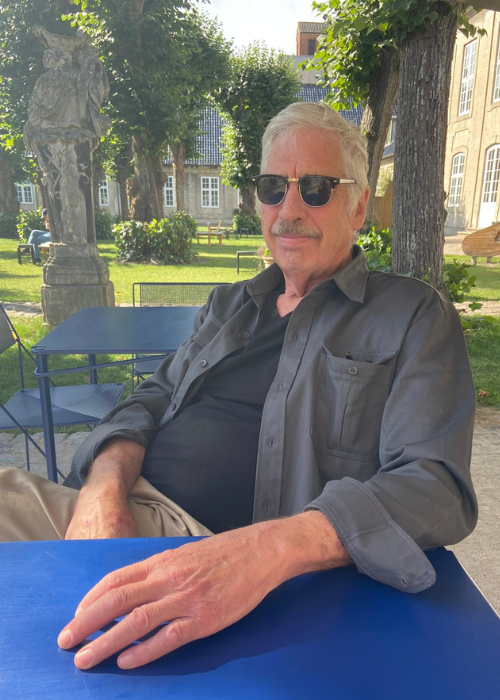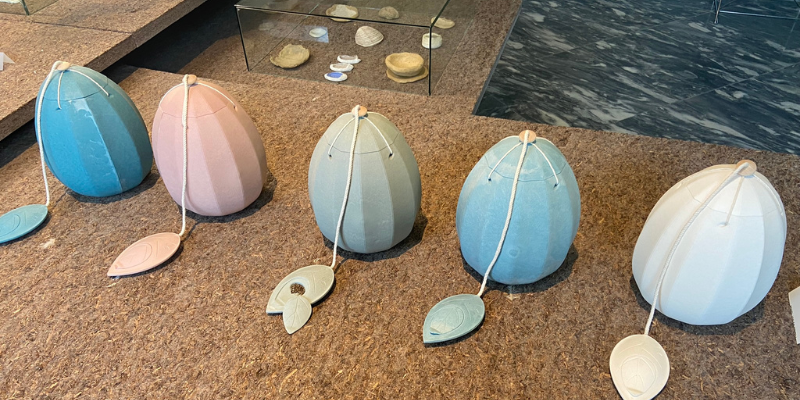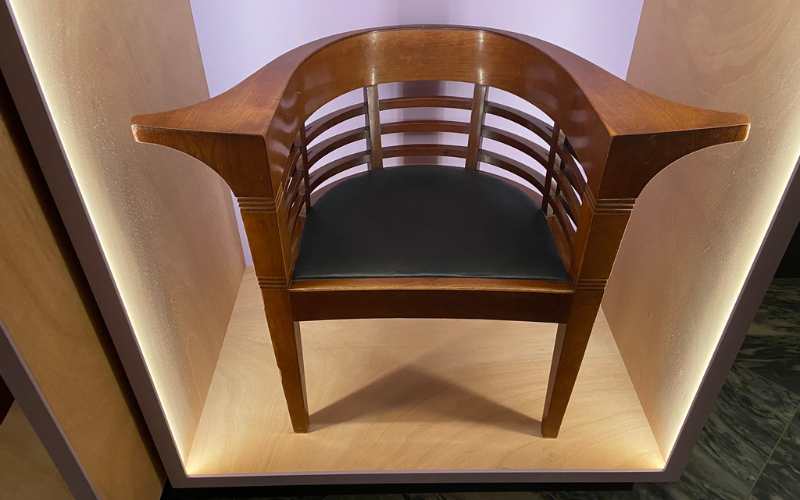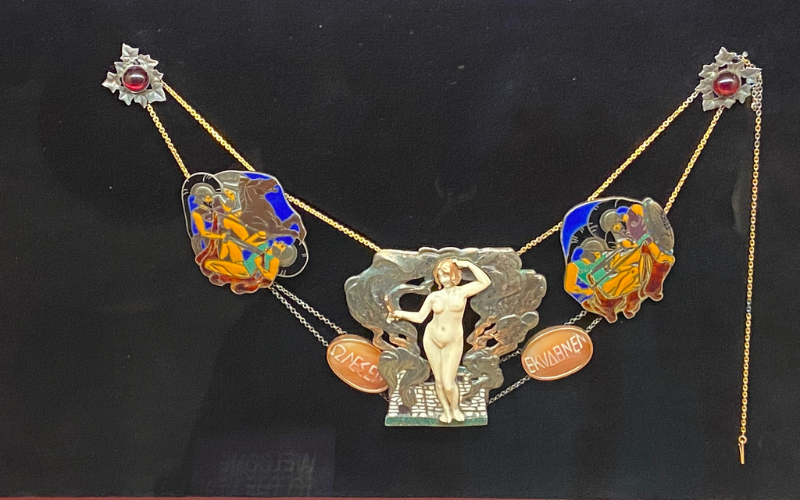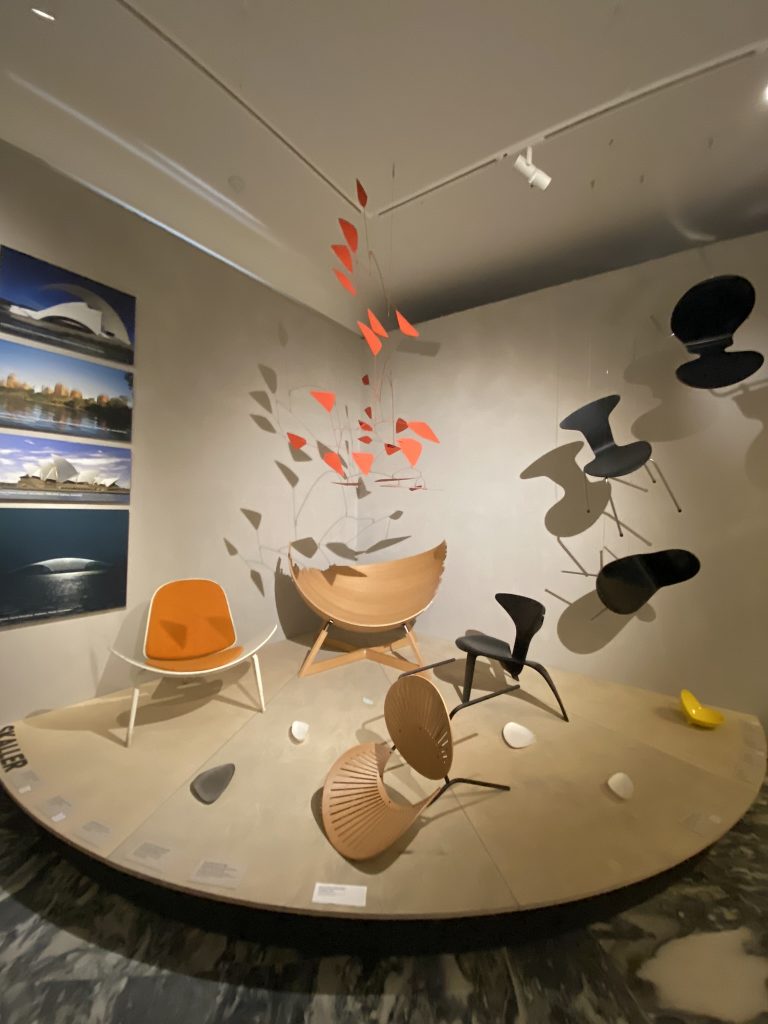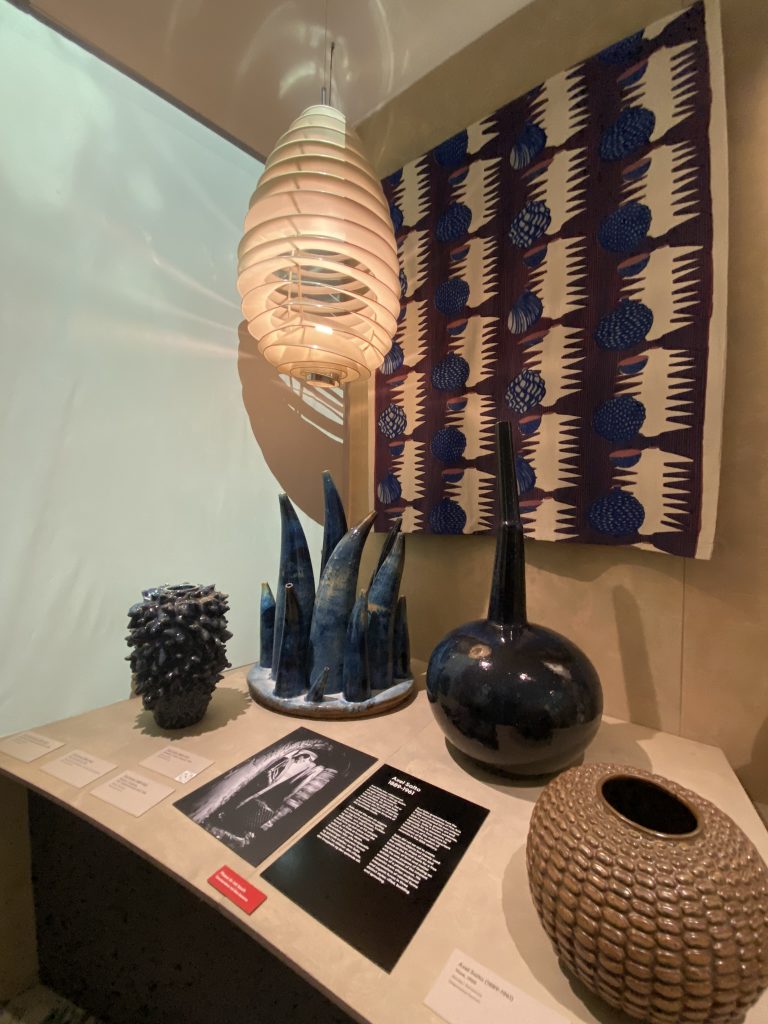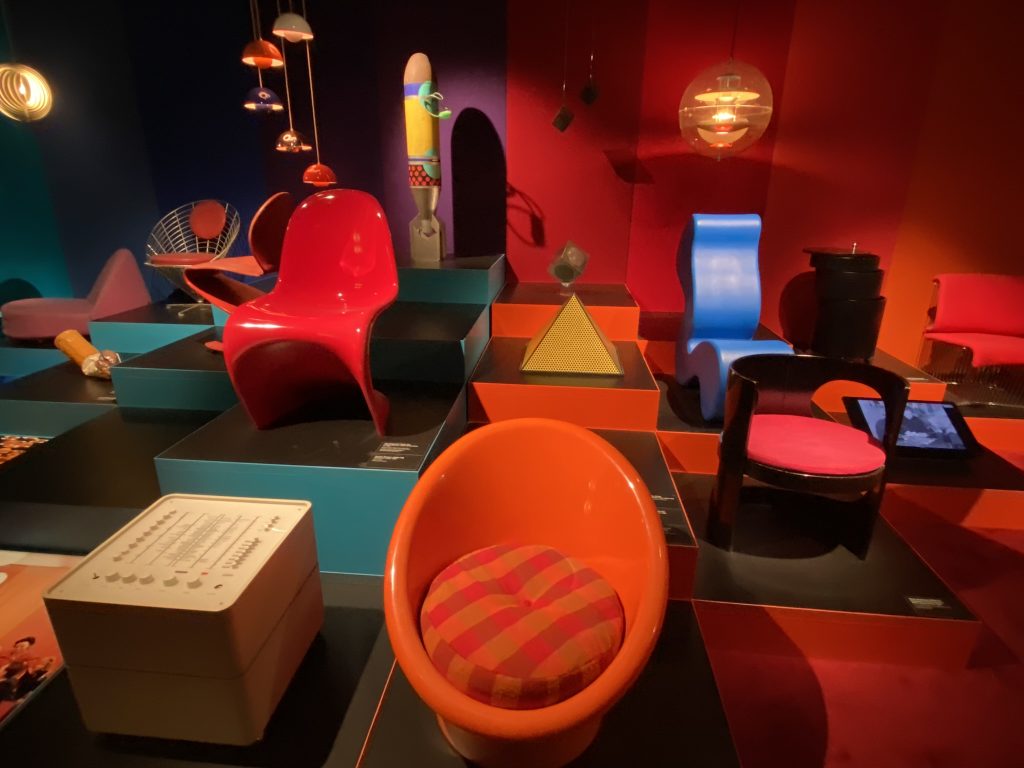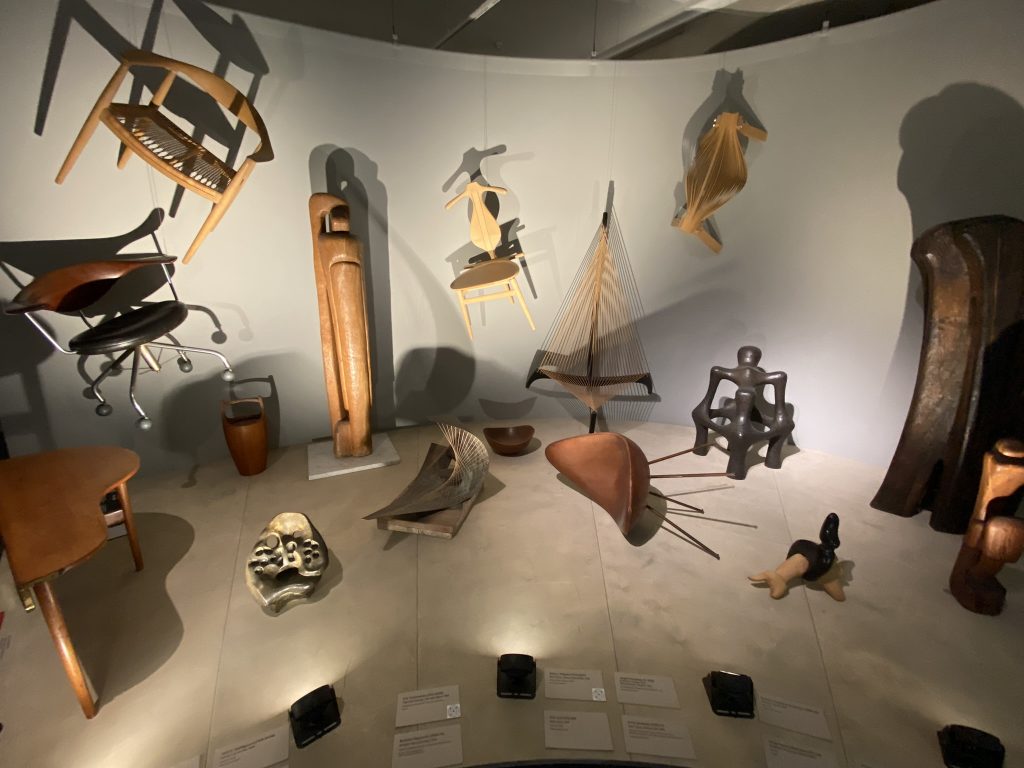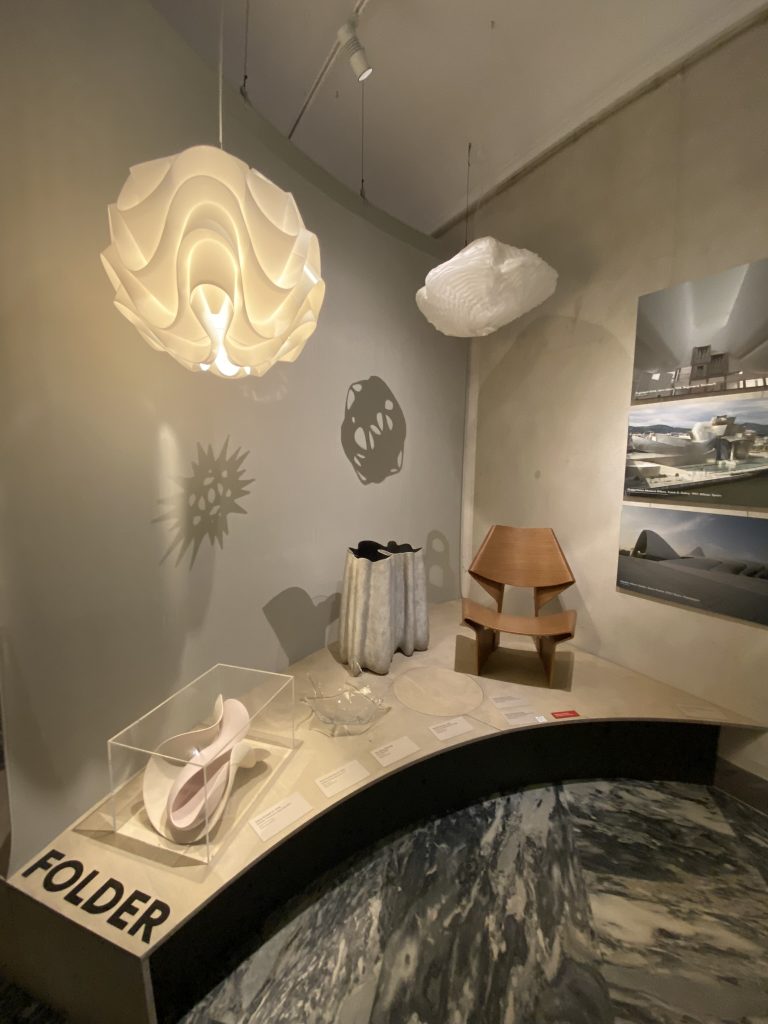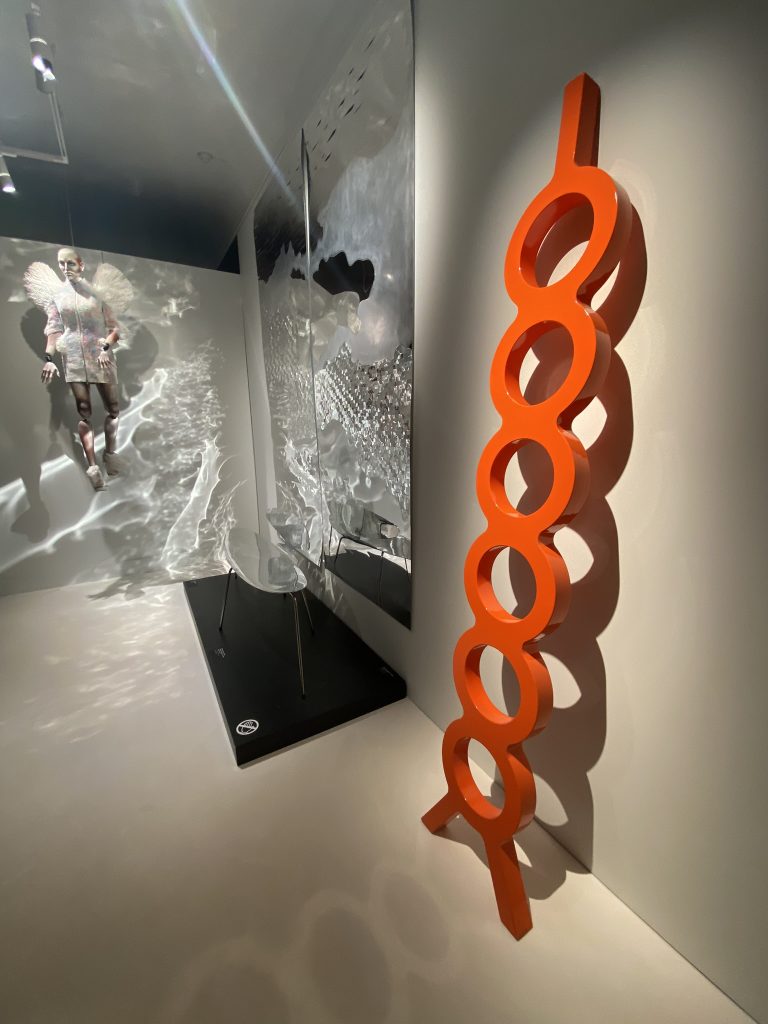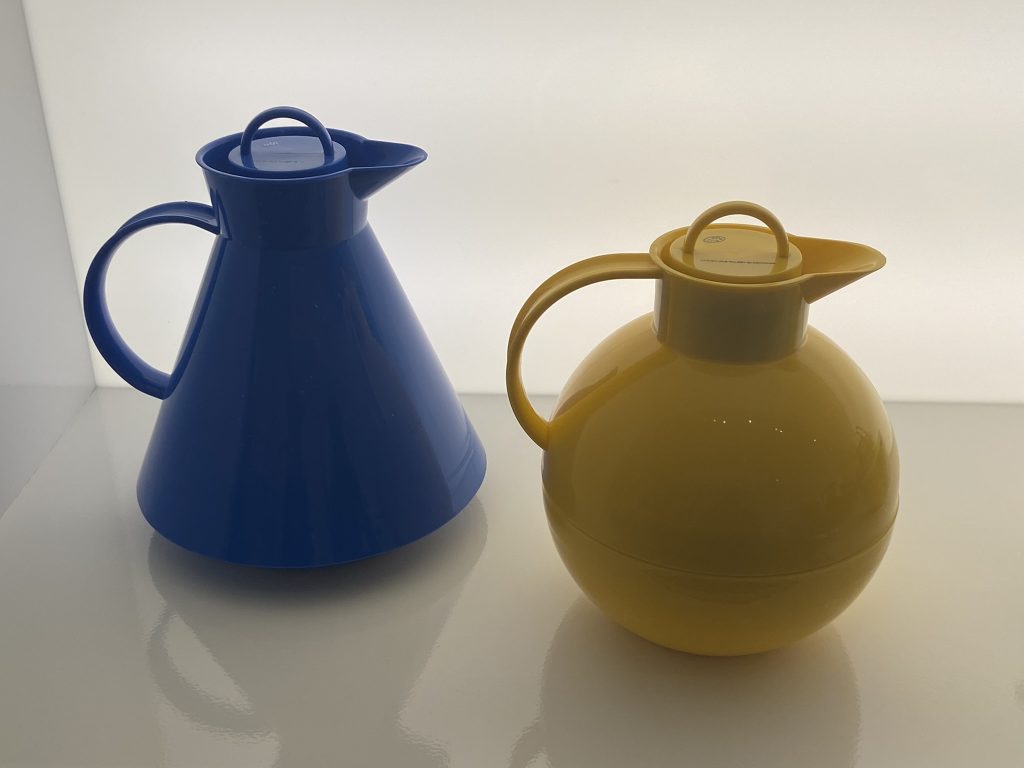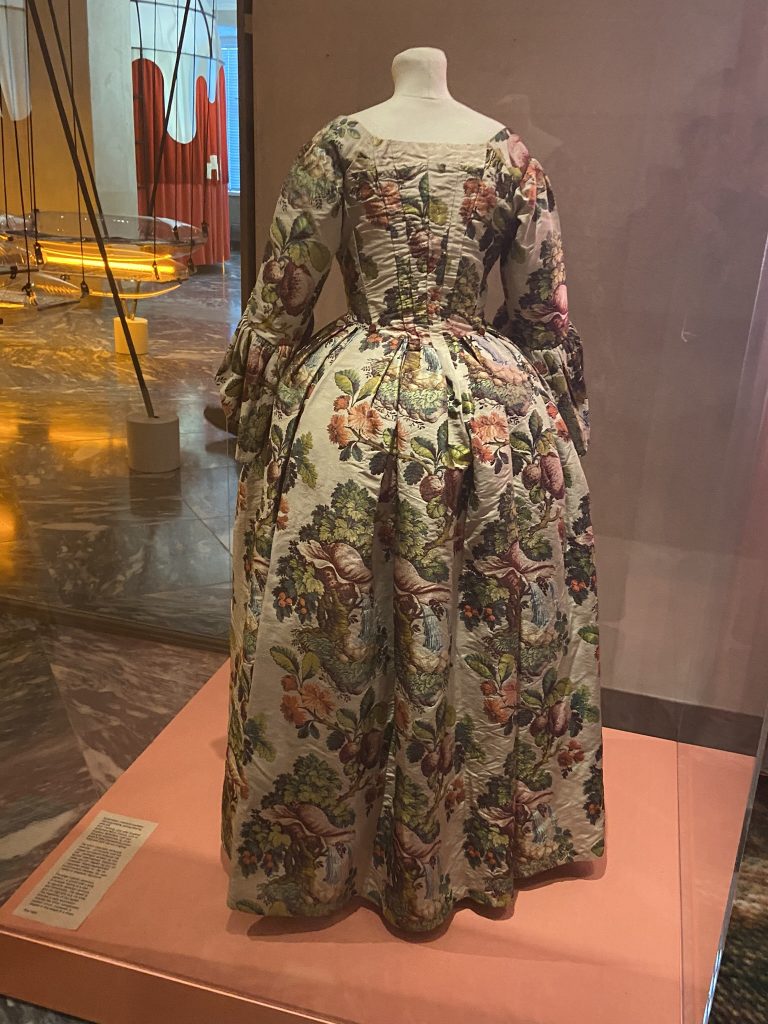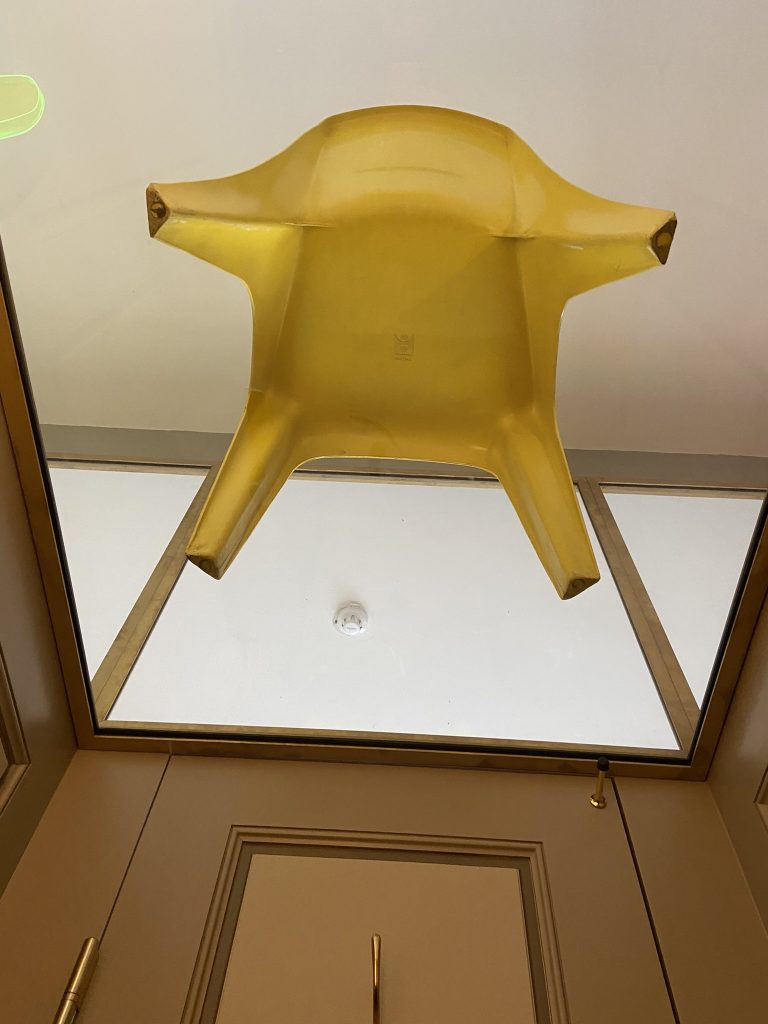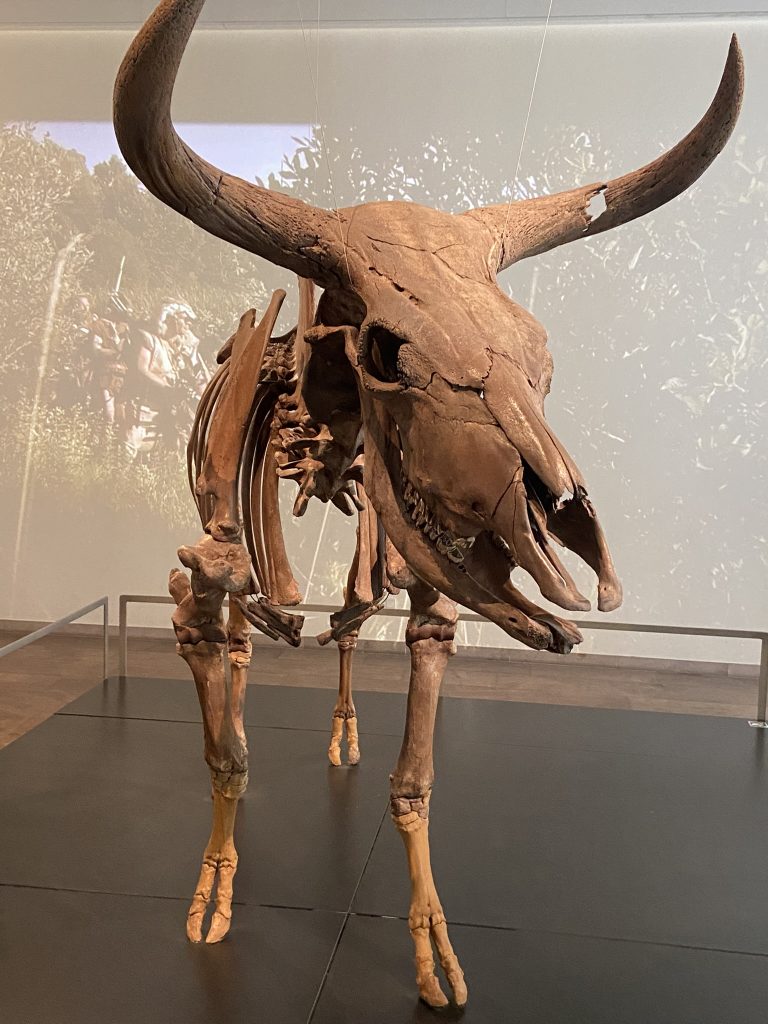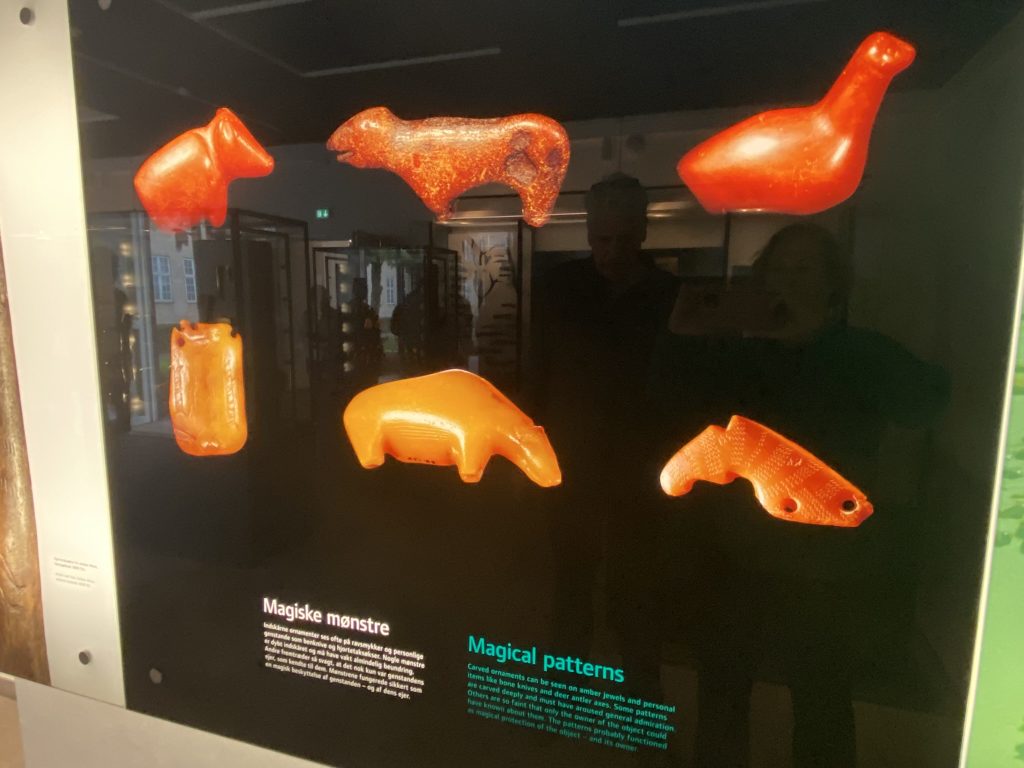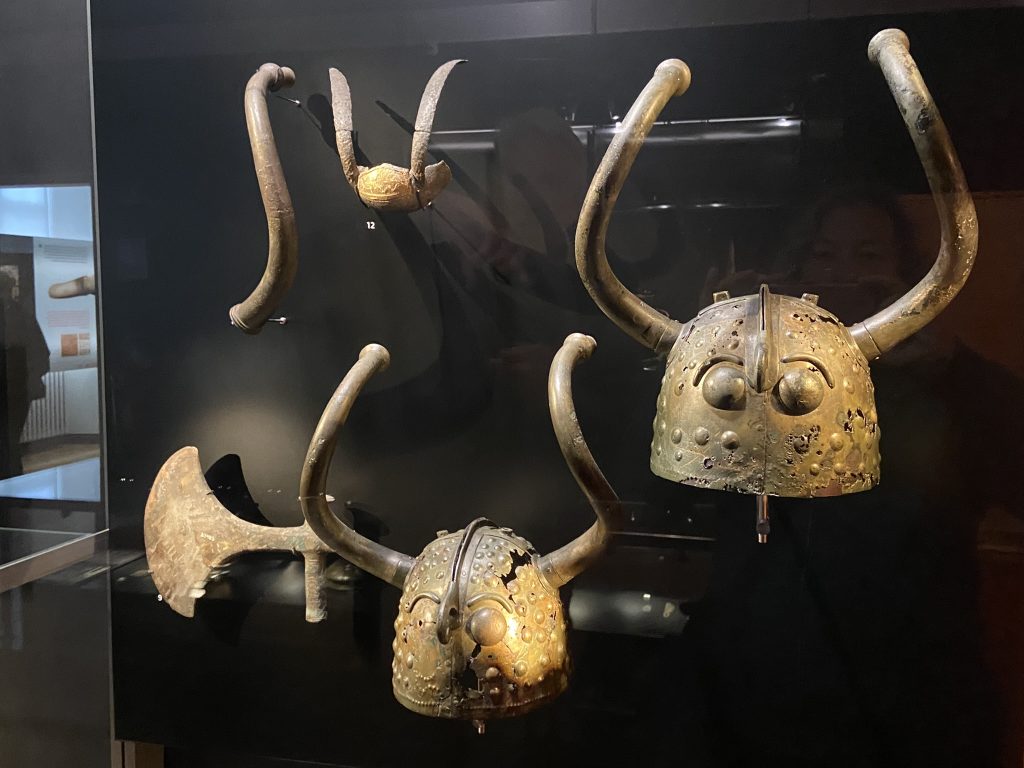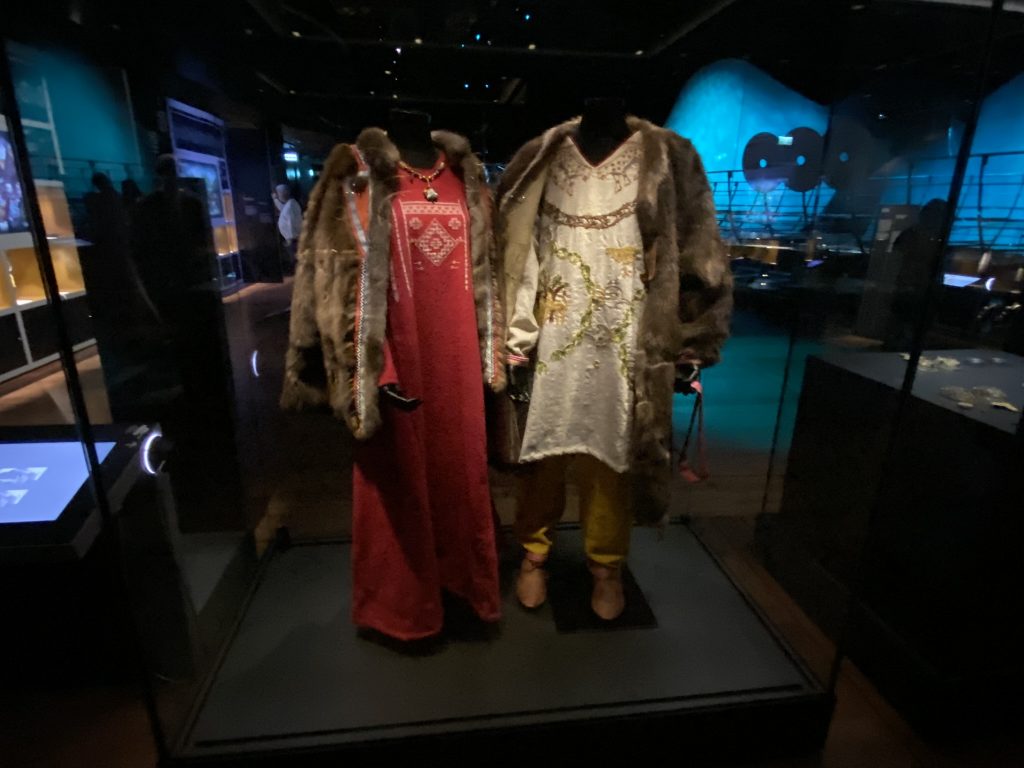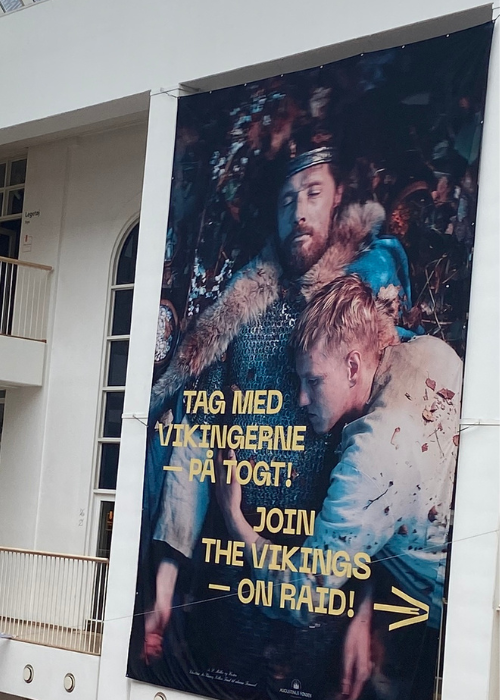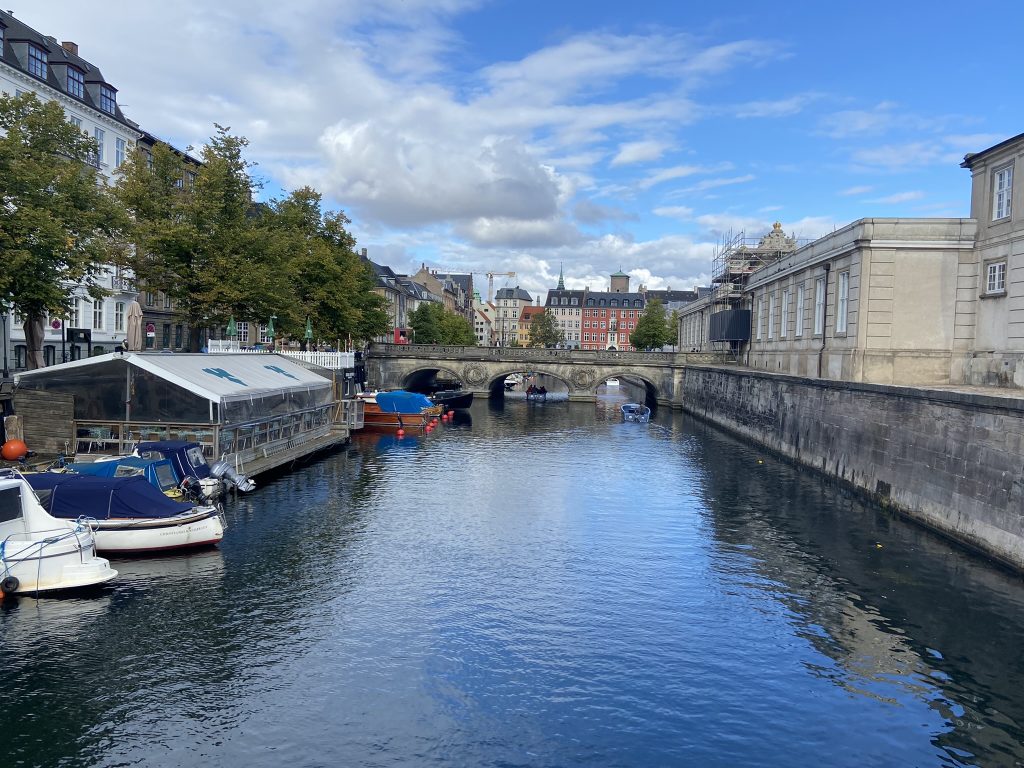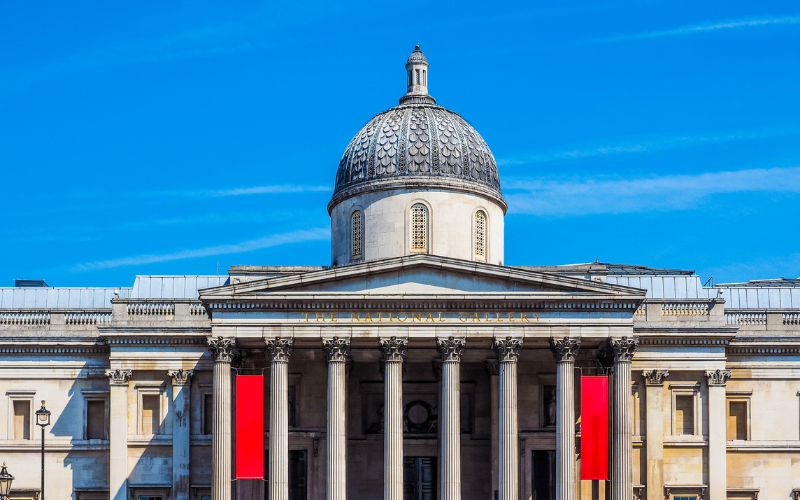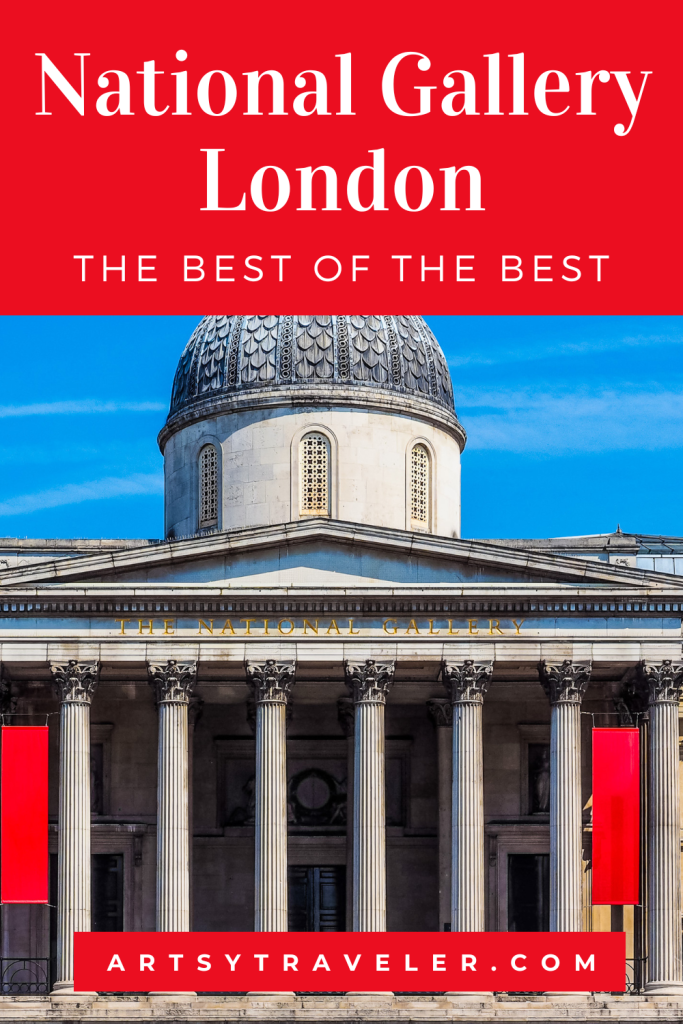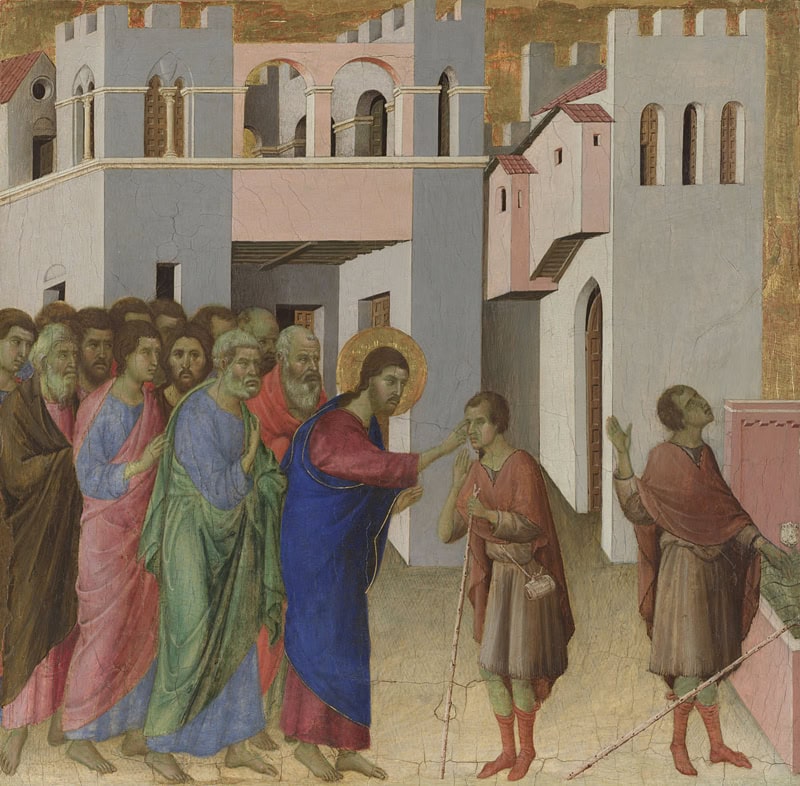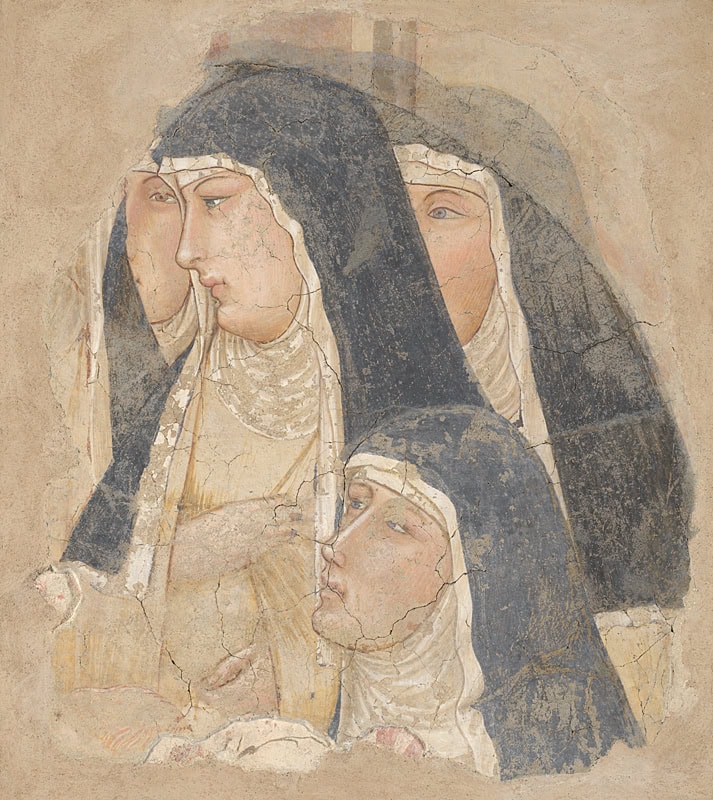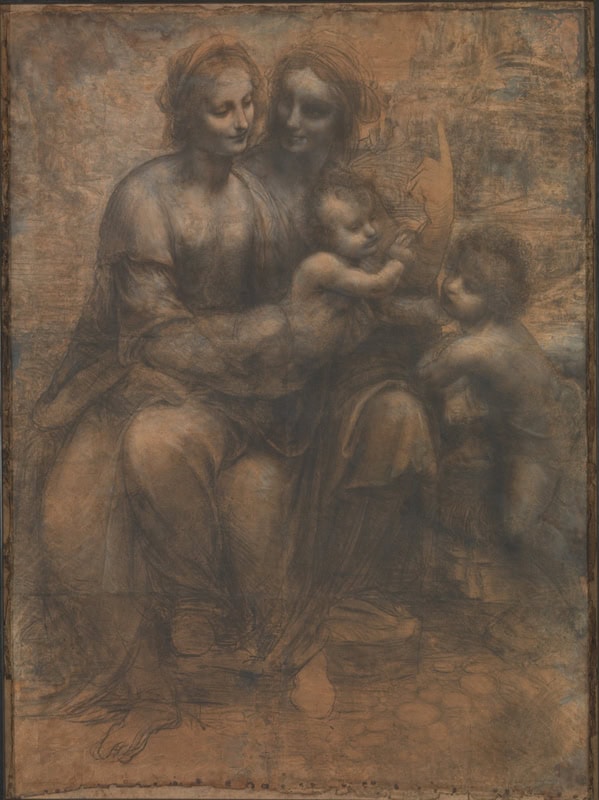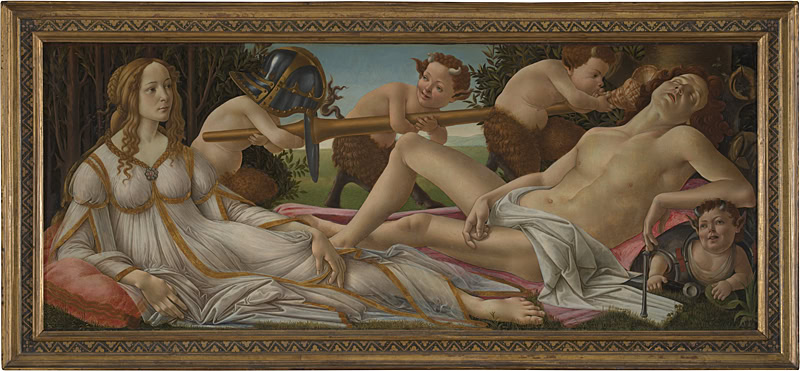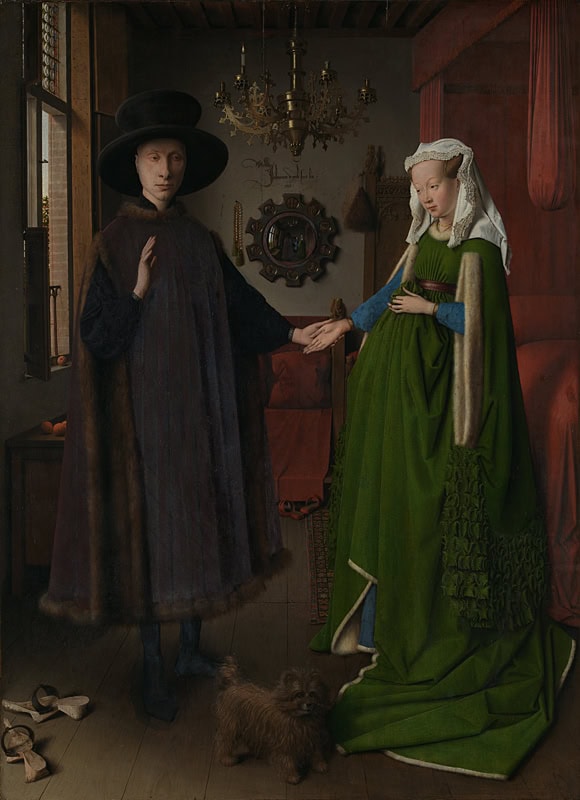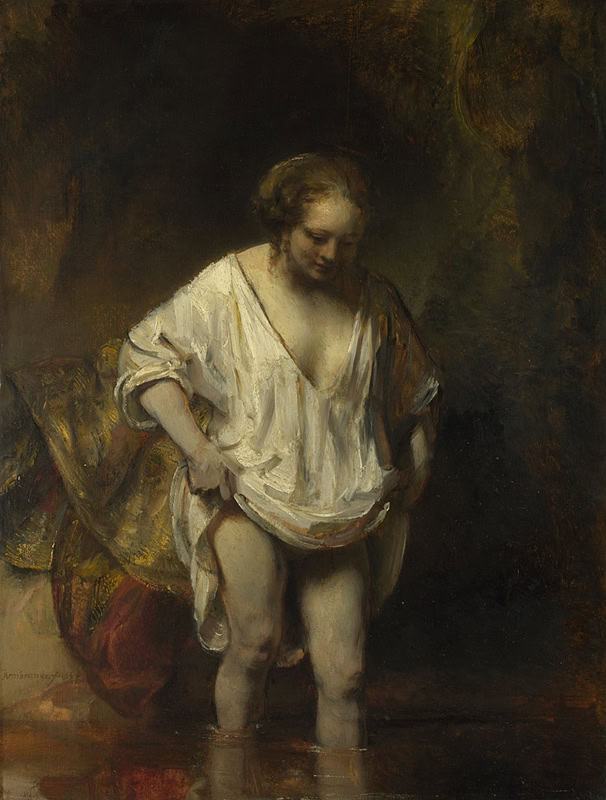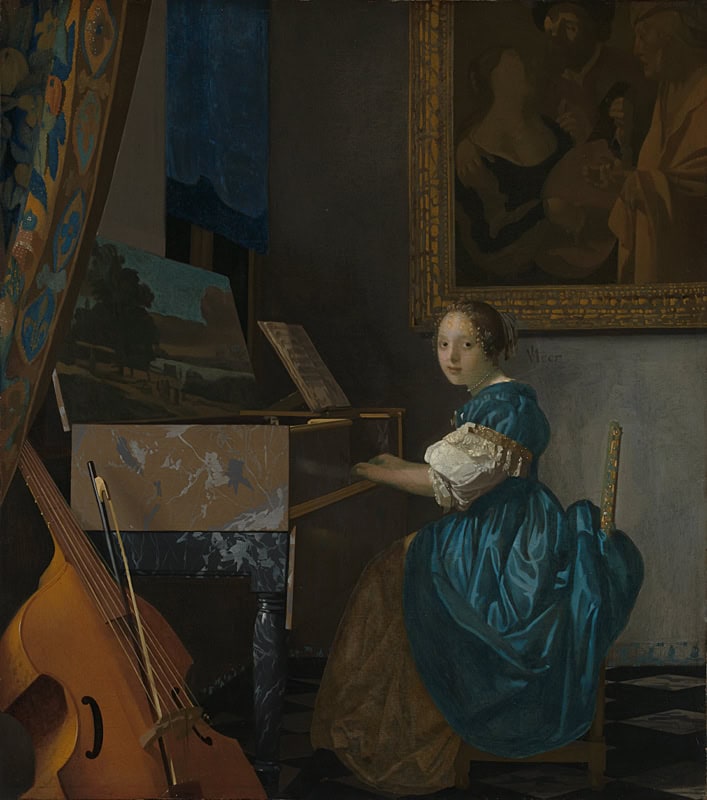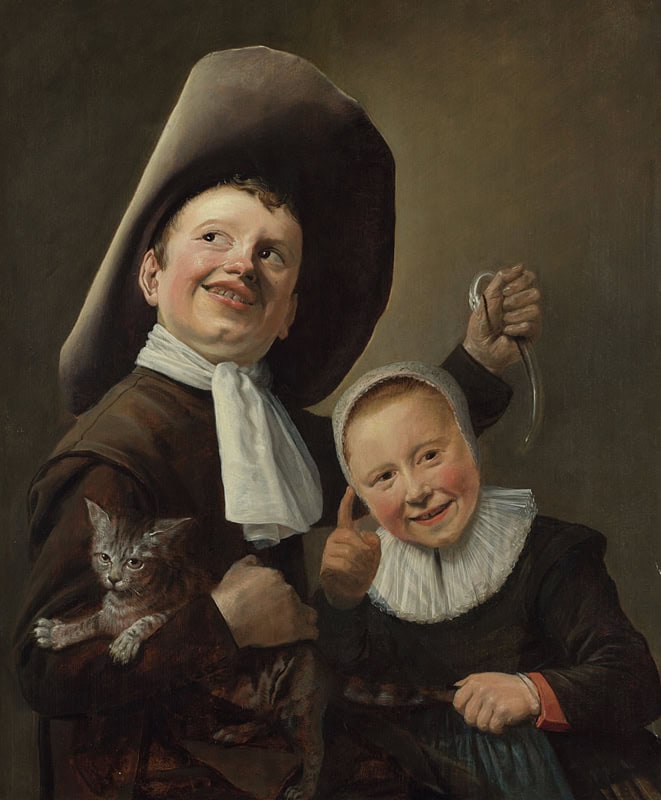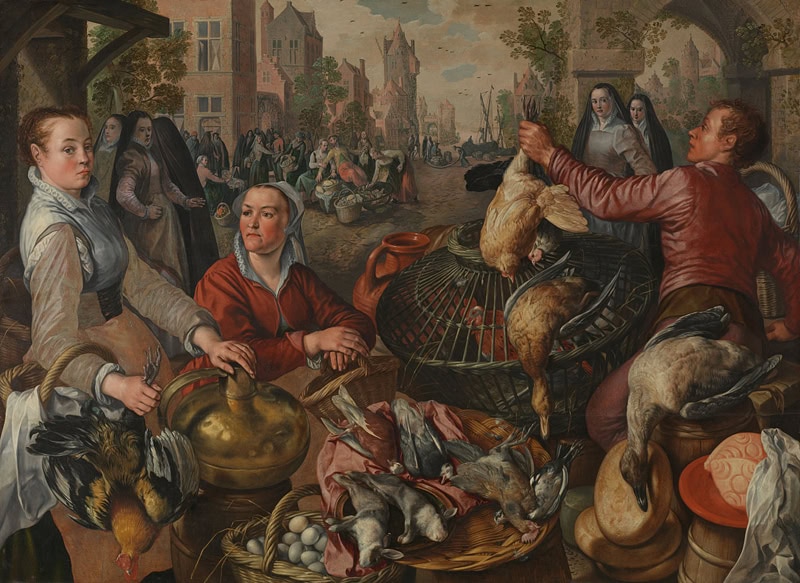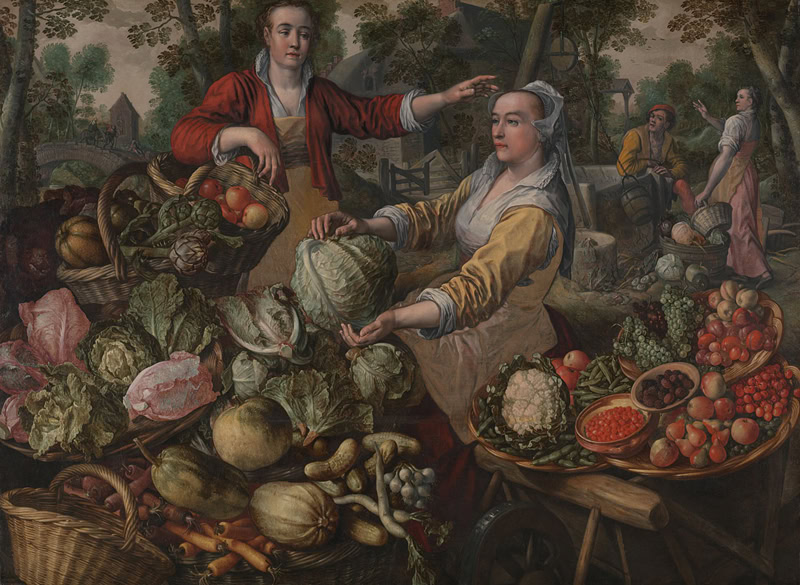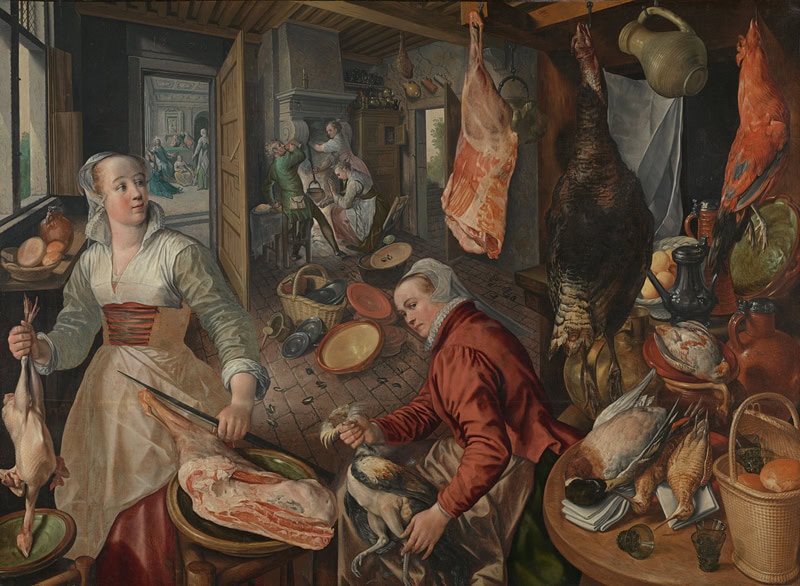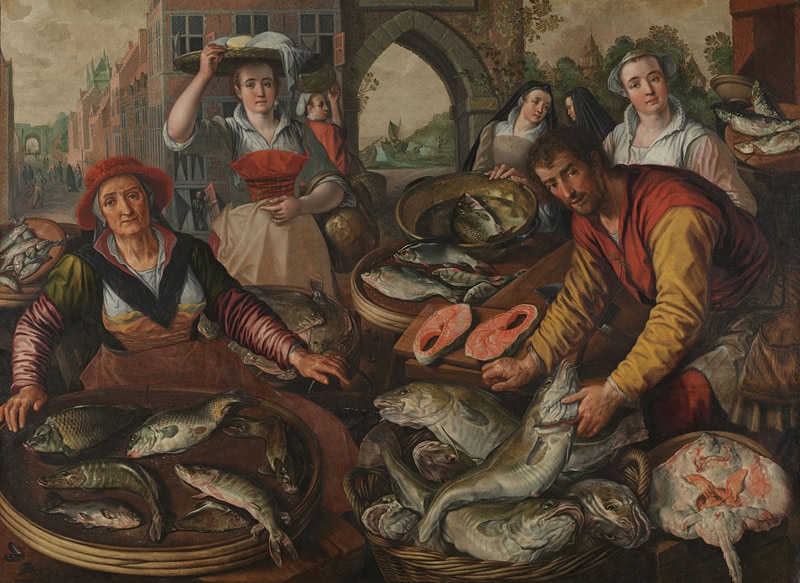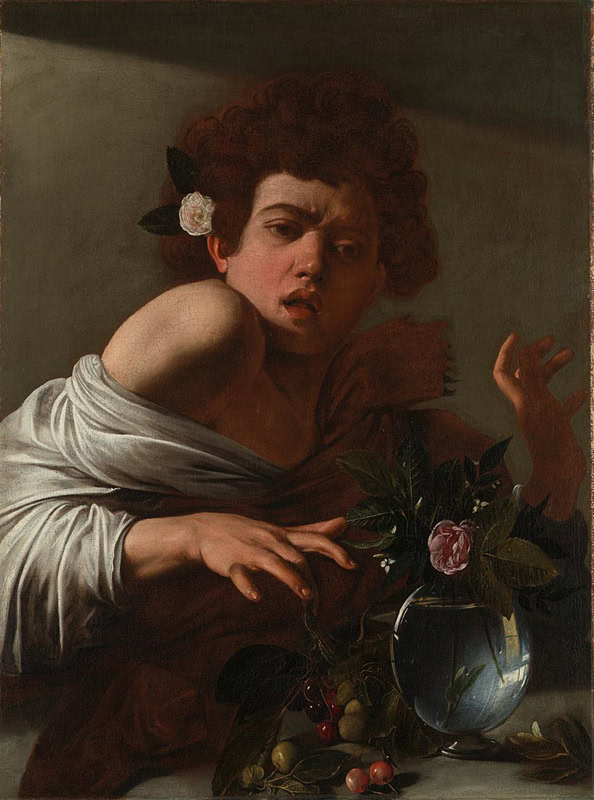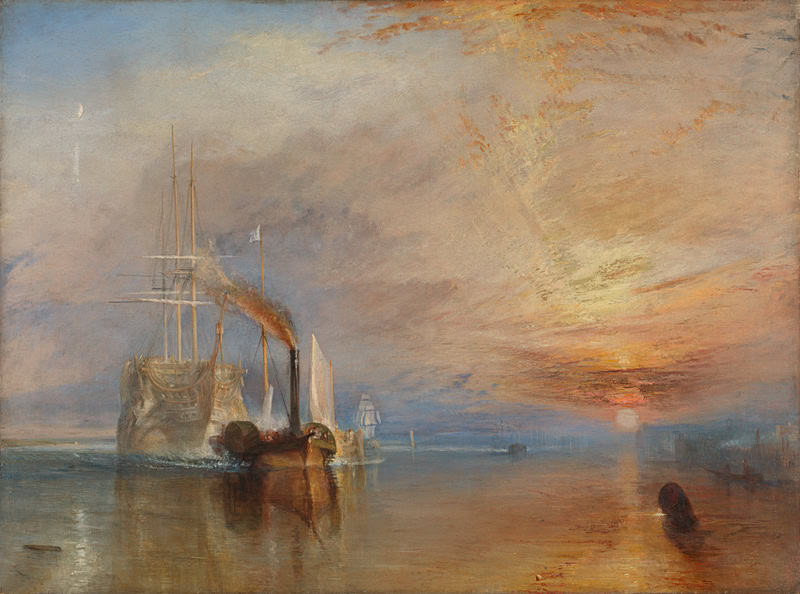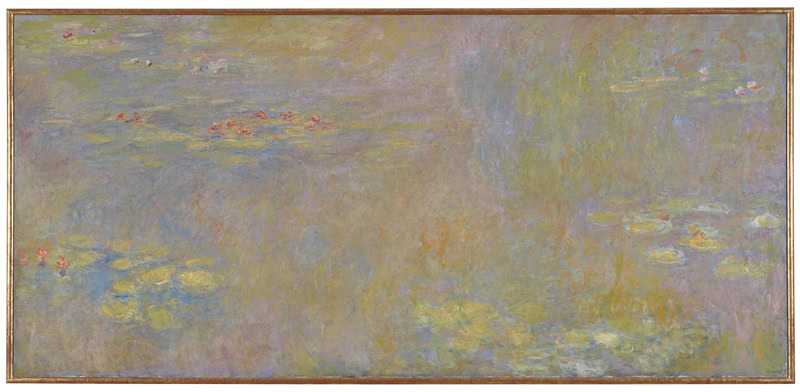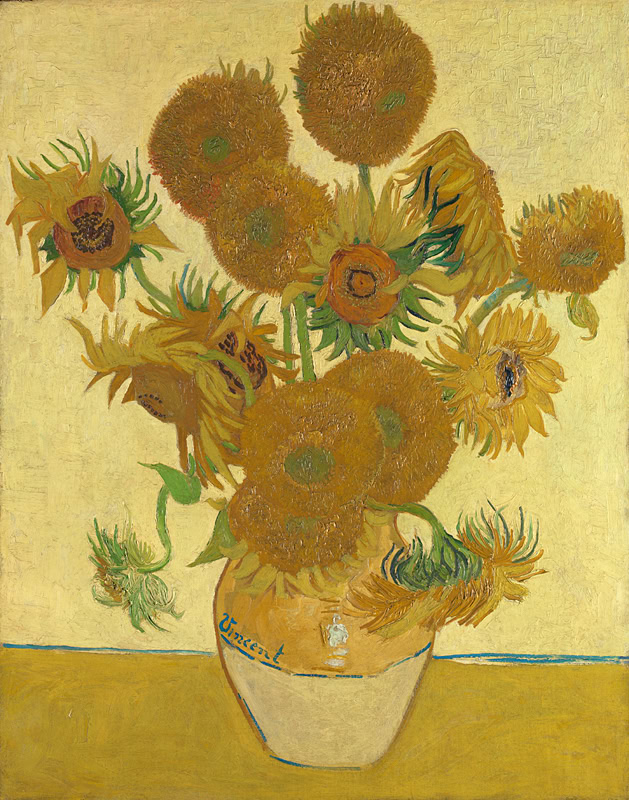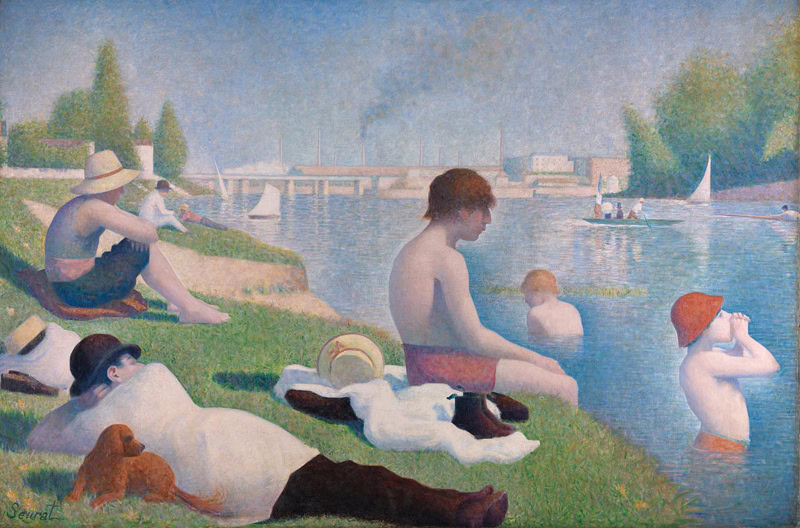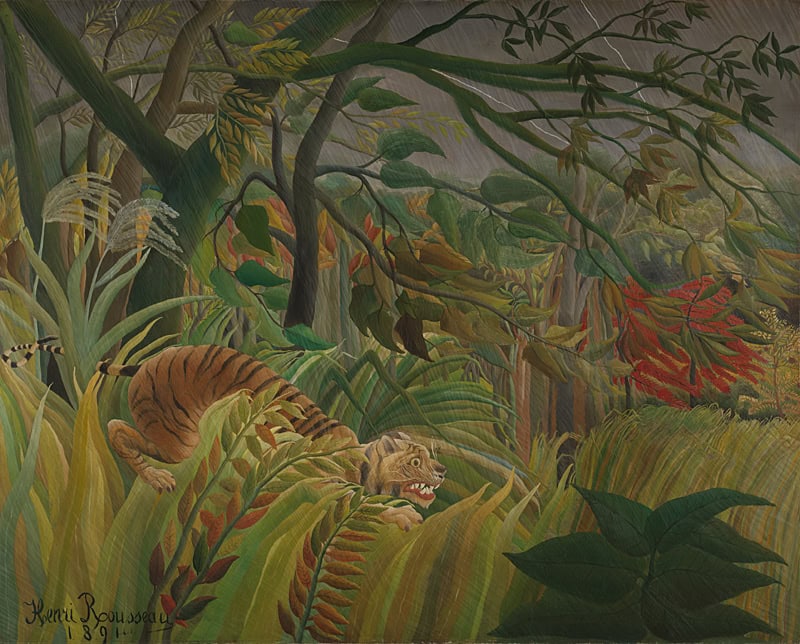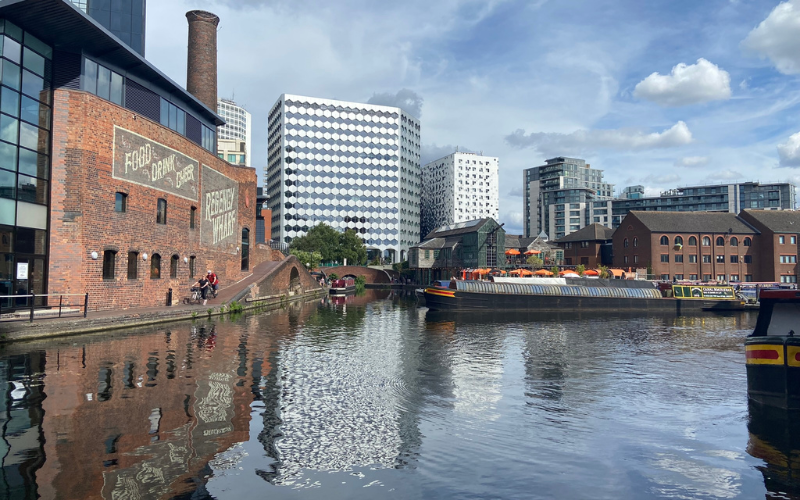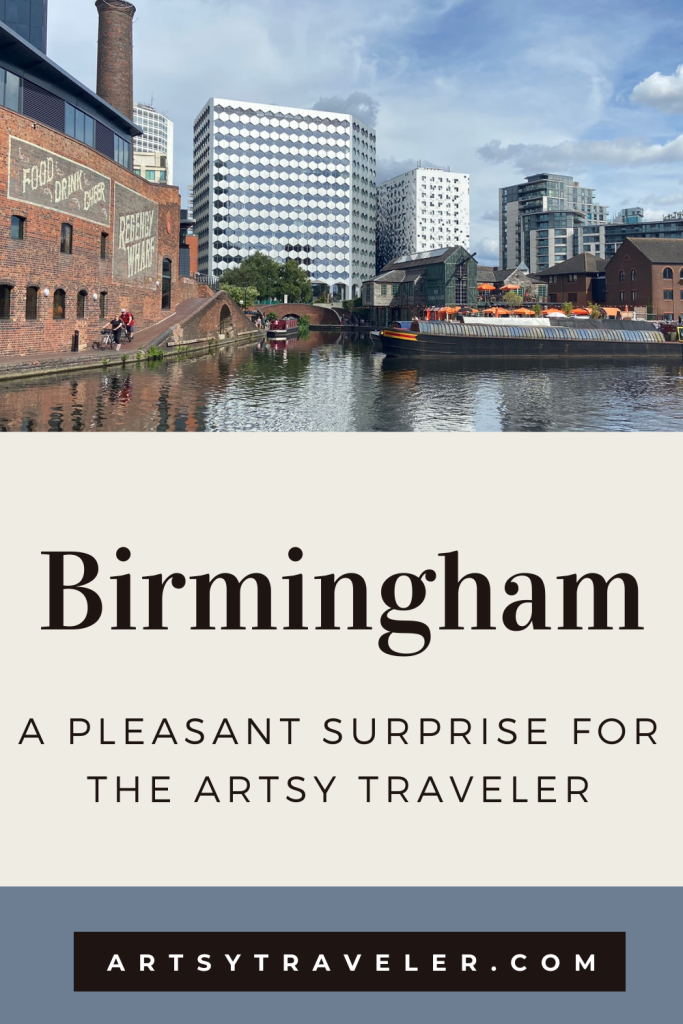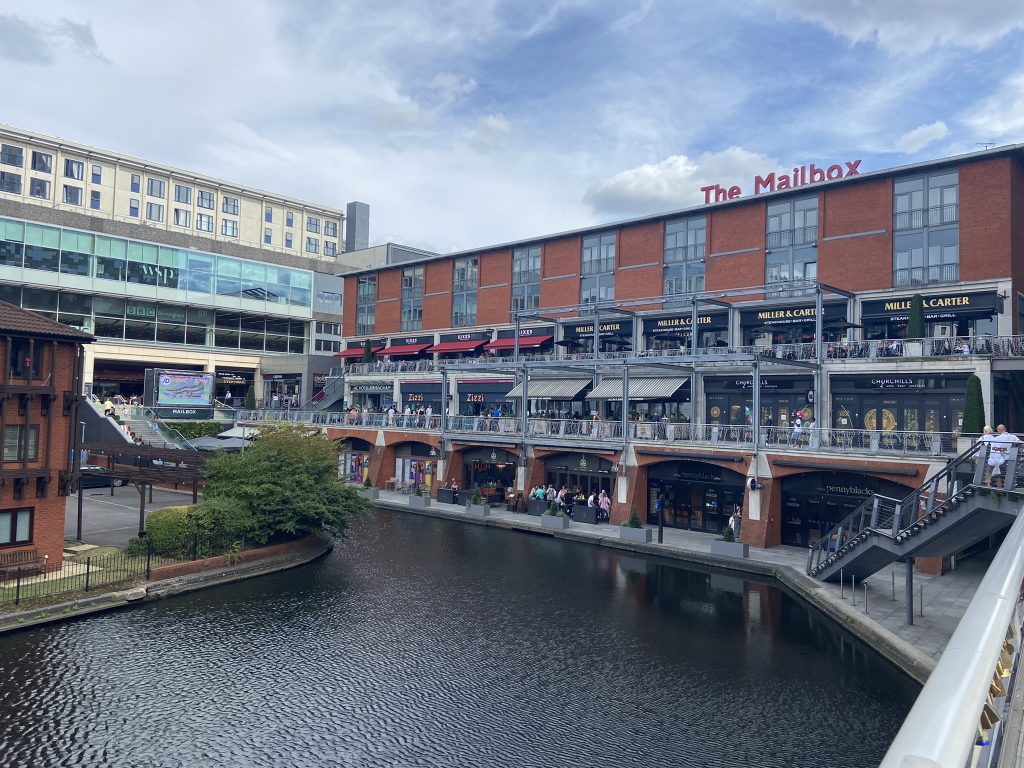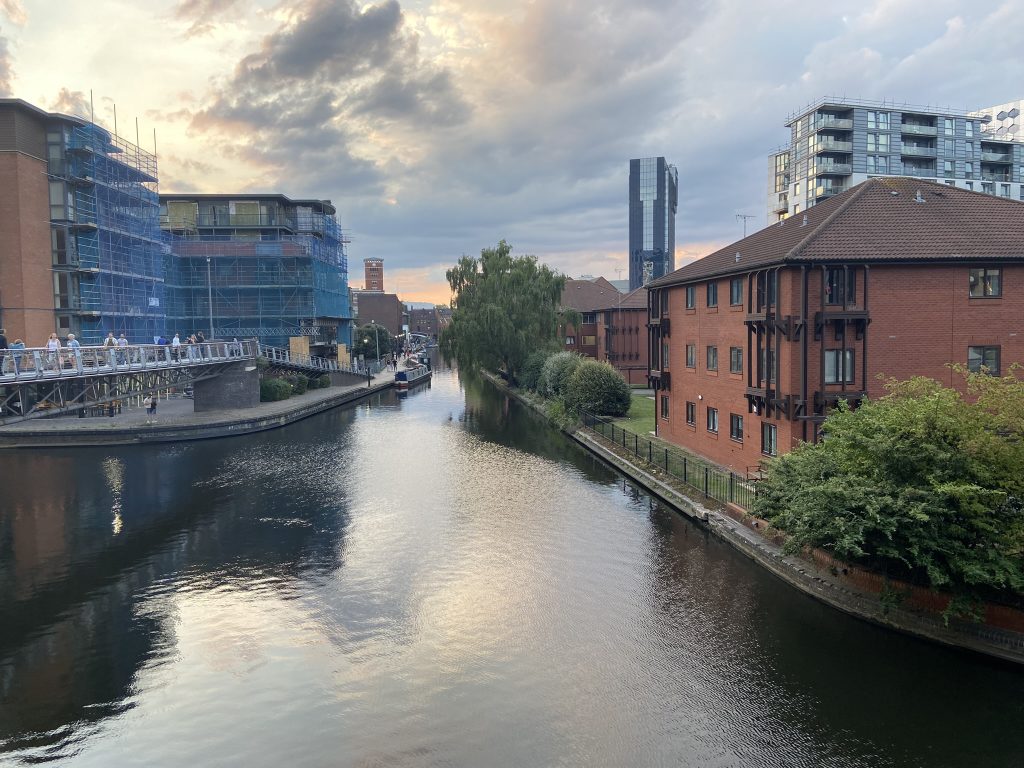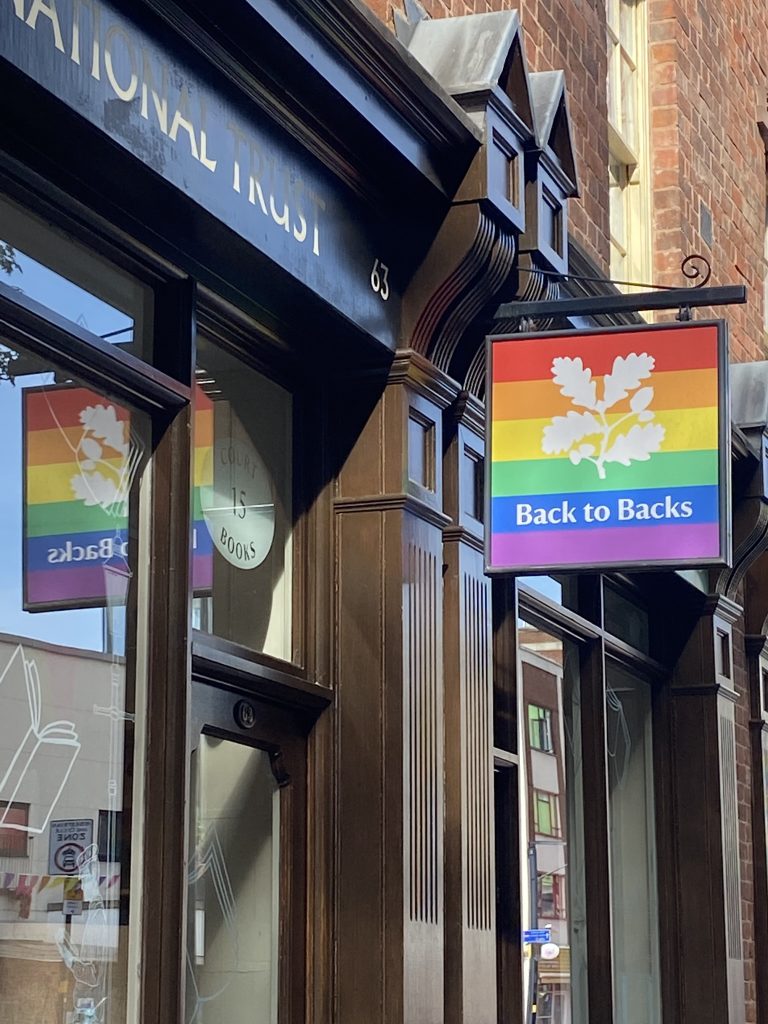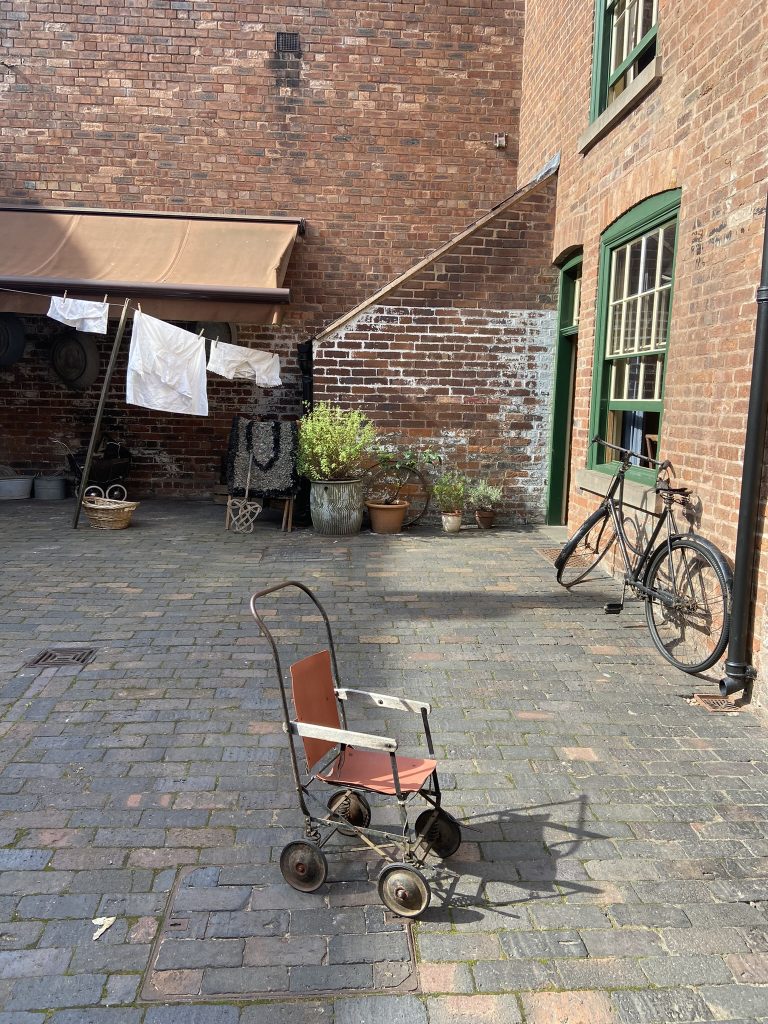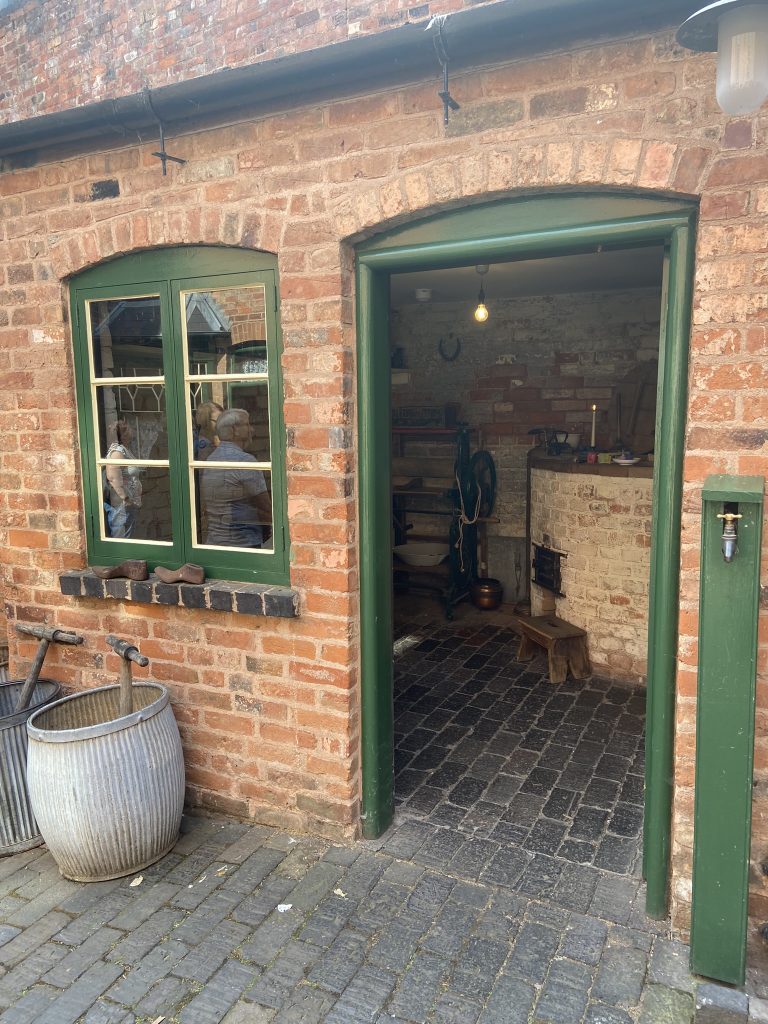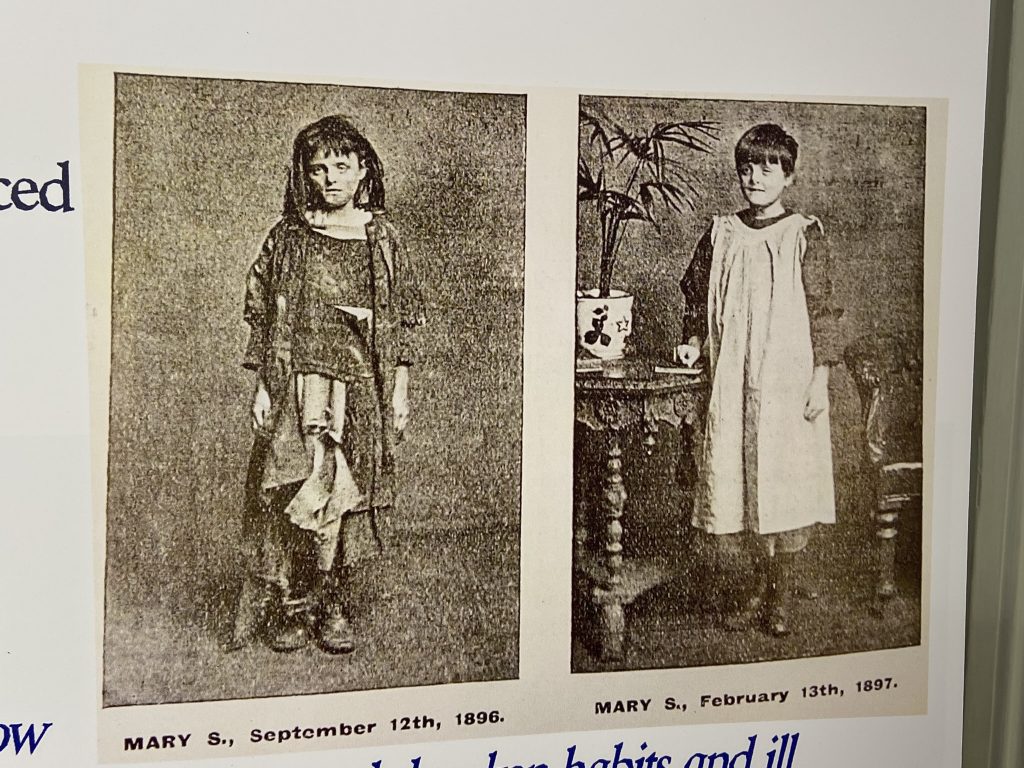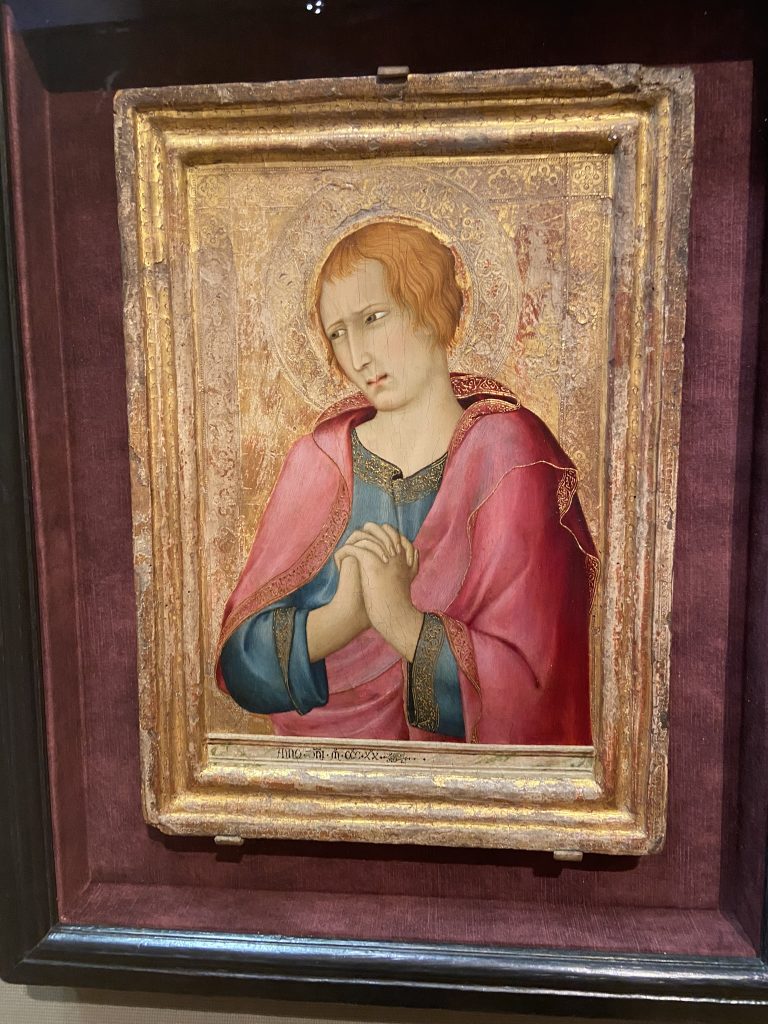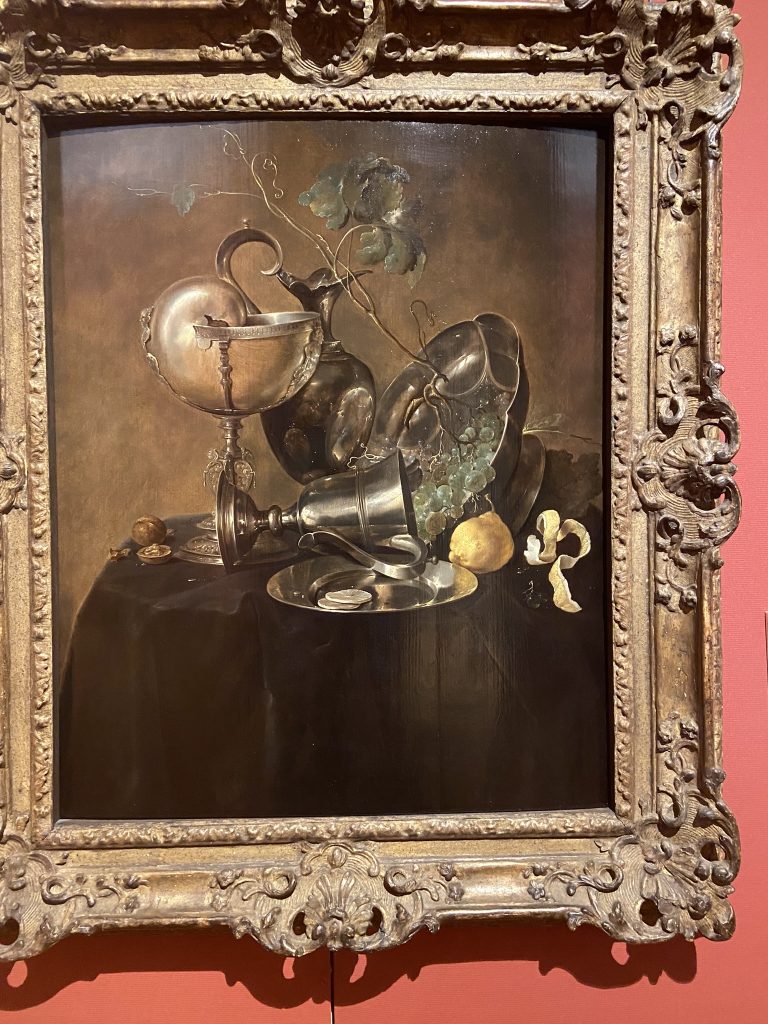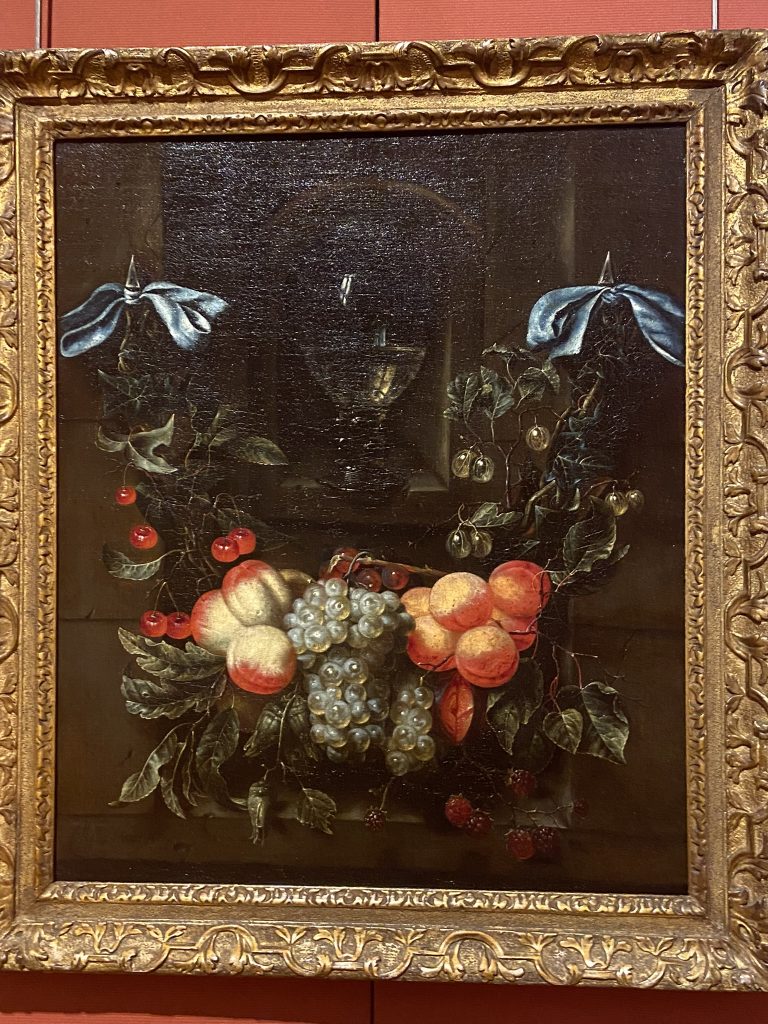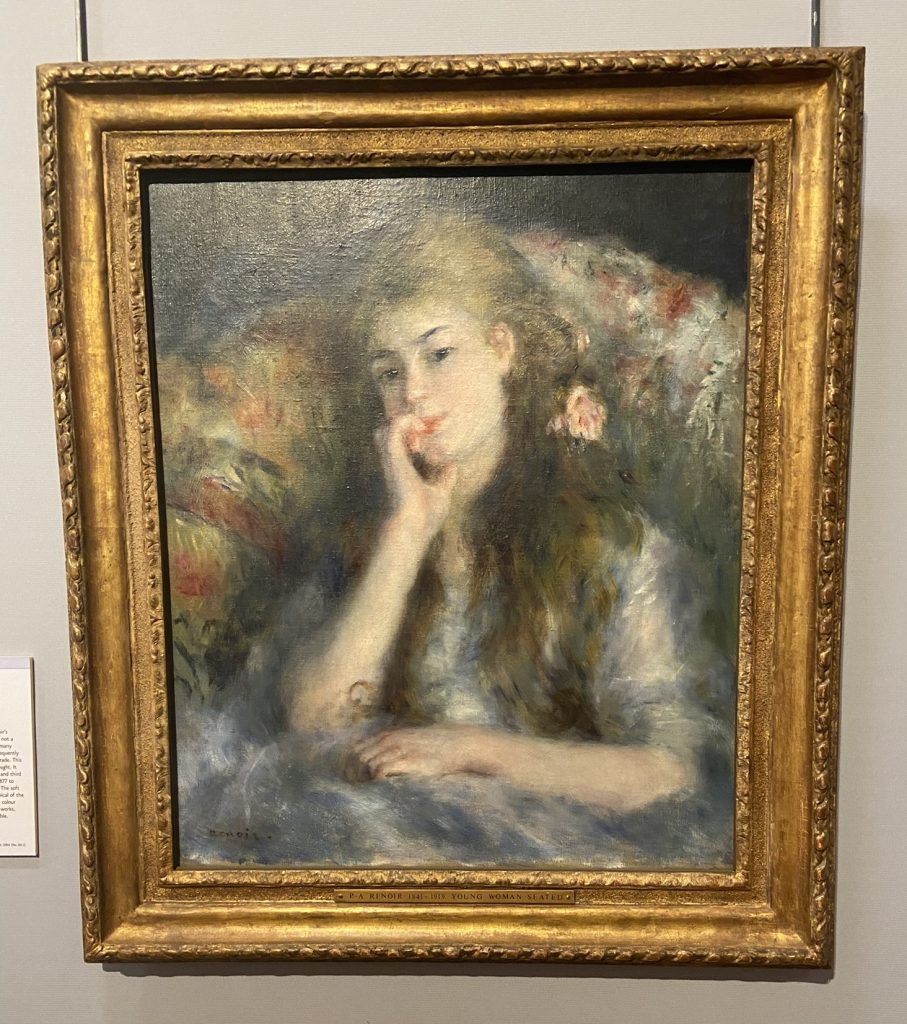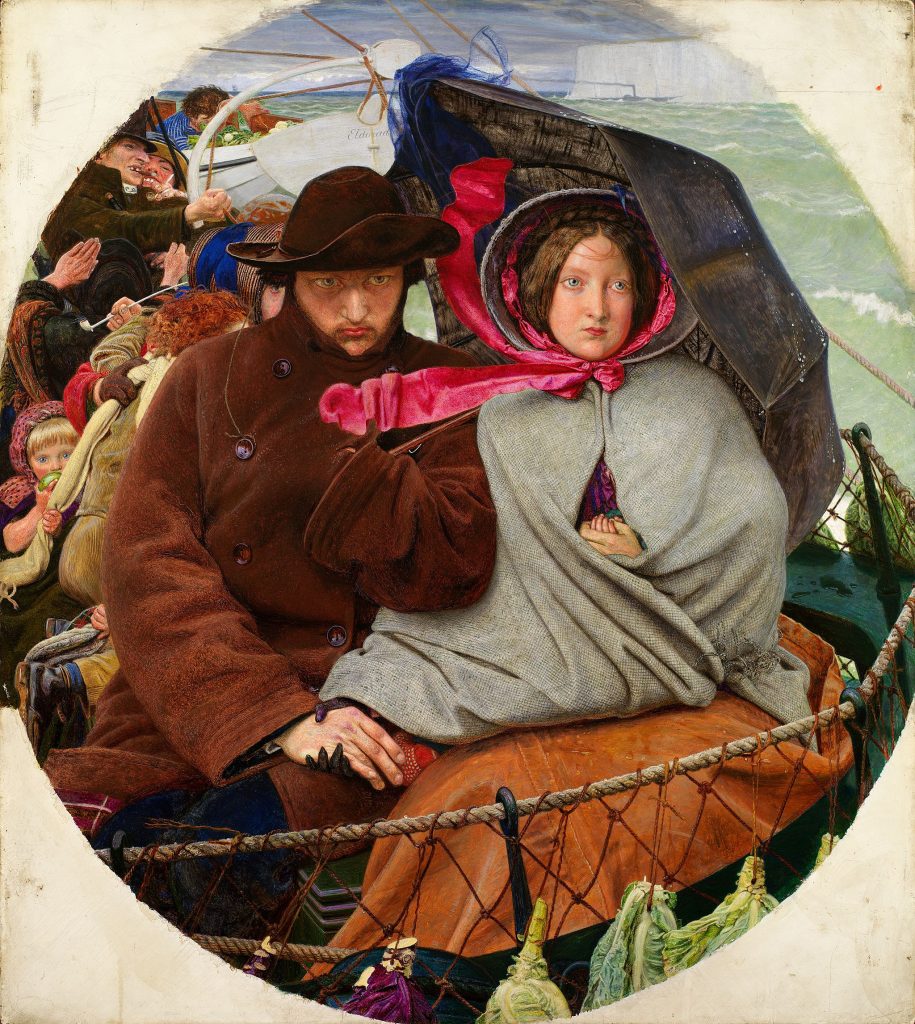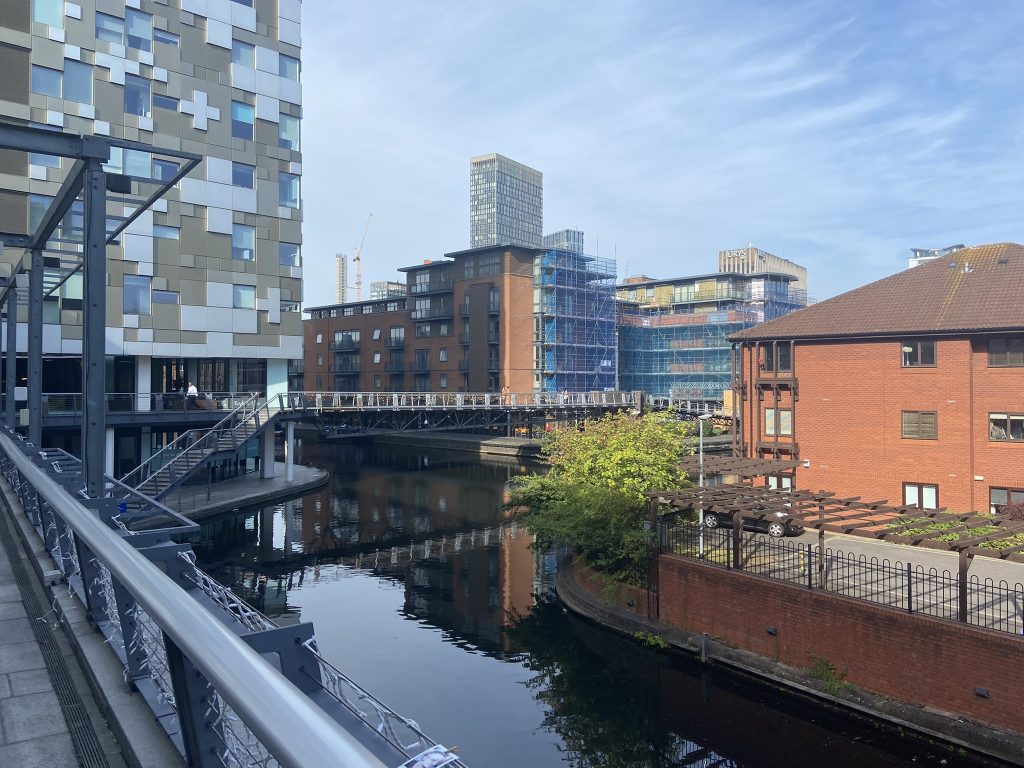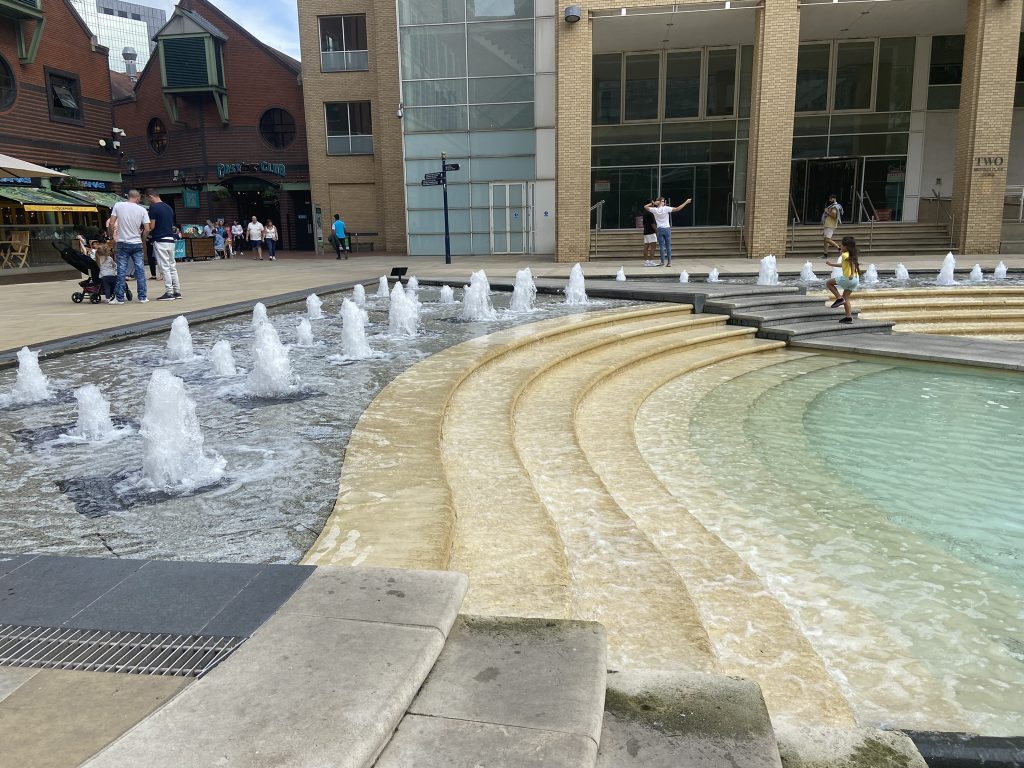Six Sensational Days in Paris for an Artsy Traveler
This post presents a day-by-day account of six days I spent in Paris in September 2023. During our stay, my husband Gregg Simpson mounted an exhibition of his paintings at a small ‘pop-up’ gallery on the Left Bank. While he sat the gallery, I visited my favorite museums and took a cooking class.
I’ve visited Paris many times, starting with my first visit at the age of 14 with my mom. I didn’t much like Paris then, nor was I much entranced during the next trip when I was about 20 in 1976. In those days, people were not friendly, men were constantly cat-calling, and the whole place felt a bit grubby. But fortunately, I haven’t let my earliest impressions of Paris prevent me from returning many times during the last four decades, starting with a marvelous family trip in 1994.

Overview
Now, on each trip to Paris, I discover something new, and on each trip, I love Paris even more. I even set my fourth novel there—Love Among the Recipes—about a cookbook author who comes to Paris and rediscovers love in all its flavors.
Day 1: Arrival in Paris
We leave lovely little Ghent around 10 am for the pleasant three-hour drive to the Porte d’Ivry in the south of Paris where we will park our car for the duration of our stay in Paris.
Parking with Parclick
On our last trip to Europe in 2022, I discovered Parclick. It’s an awesome parking app that finds parking wherever you want to go. Enter the location into the app (or on the website) to view a list of all the parking lots in the area that accept Parclick customers. The prices range, from exorbitant to park in the center of any city to incredibly reasonable to park on the outskirts. And price is not the only consideration. Most European cities severely restrict vehicular traffic. This means you risk a fine if you drive into a city without a permit or fail to register your presence if you do have a permit.
Several weeks before our trip, I booked a parking place at the Comfort Hotel near Porte d’Ivry, which is just off the Périphérique—the massive ring road that circles Paris and is always, at least in our experience, plugged solid with traffic. Parking for a week costs 53 euros, which is a pretty darned good deal compared to what parking in the center of Paris would cost—and without the hassle of actually driving into Paris, which is a nightmare. We know because, unfortunately, we’ve driven into the center of Paris a few times over the years and yeah, it’s not easy.
We quickly find the Comfort Hotel thanks to our car’s excellent GPS system. After receiving a code from reception, we drive into the super-dark underground parking lot, park our car and emerge into the sunlight to call an Uber. Yes, Paris has Uber, which is a godsend (well, it starts out as a godsend –more on that later!). The Comfort Hotel is in quite an obscure location, and we have a lot of luggage. It’s unlikely we’d have easily found a taxi in the vicinity.
Uber into Paris
The Uber driver arrives and cheerfully helps load our luggage into his car and whisks us through Paris to our apartment on rue de Sèvres on the Left Bank. We chose the apartment because, although ridiculously expensive, it wasn’t quite as expensive as apartments closer to the gallery where Gregg will be exhibiting. It’s about a ten-minute Mètro or bus ride followed by a 10-minute walk to the gallery. The area is well serviced with restaurants, food shops, and some swanky department stores such as the Bon Marché.
Entry to our Apartment
We are early and so wait in front of the place until our contact arrives at 4 pm. She leads us through a long and involved gamut of locked doors and courtyards to our apartment. First, we use a fob to open the heavy outdoor gate. We then walk through a large courtyard to a set of stairs. After hauling our heavy suitcases up the stairs, we use the fob to get into one of the buildings that is part of the large, sixties-built apartment complex. We walk through that building to another set of doors that leads out to another courtyard. After crossing that courtyard, we go through a third set of doors that are fortunately open and then blip the fob again to enter our corridor. We walk down the long, darkly paneled corridor to the end and finally use the one key to open it.
Or, as we discover later, we could have just entered via the front of the building, used the fob twice and walked a quarter of the way. I still haven’t figured out why she took us in the back way.
Our Apartment on rue de Sèvres
Our apartment is modern and very spacious—almost ridiculously spacious! We have an enormous living room with two enormous couches and a dining table, a kitchen equipped with everything we could possibly need and a large entrance area that includes a desk. In addition, we have a bathroom with a bathtub (a rarity these days), a toilet room, a walk-in closet and finally a bedroom. I spend the first day getting lost, particularly in the middle of the night when searching for the toilet.
It’s certainly a comfortable place, which, considering the cost, it should be. Mind you, a hotel room that is a quarter the size costs the same, so I could say the place is a bargain. We’ve stayed in many apartments in Paris and this one ranks as the most comfortable. It is not charming, but I will take modern conveniences and a ground floor place over an 18th-century loft up five flights of twisting stairs any day.
Why Choose the Center of Paris
You can certainly find cheap rooms on the outskirts of Paris, like those at the Comfort Hotel where we parked. However, I don’t recommend doing so unless your budget is really tight. You’ll end up spending a lot of time on the Mètro to get into the center of Paris, where the vast majority of the best sightseeing is located. After your day of sightseeing, you’ll return to a neighborhood that is often dreary and devoid of the Parisian charm you’ve traveled so far to find. A few times, for various reasons, we’ve stayed near or just beyond the Périphérique and will never do so again if we can help it.
Finding the Gallery
After getting settled, we decide to walk to the gallery to meet the person who will let us in. After walking for about 5 minutes, we realize we’ll never make it in time and so get an Uber. We arrive at the gallery to meet our contact after being stuck in traffic a few times.
She leads us through the complex protocol for accessing the gallery. First, we enter a code to open the huge wooden door next to the gallery. We then use the fob to get through the next door and one of the four keys provided to get through a squat red door that leads into a passageway that looks like it hasn’t changed since the Middle Ages. I imagine people cowering under the low ceiling while citizens during the Revolution scour the area for people to send to the guillotine. I must turn on my phone flashlight to get down the passage, my head ducked. Gregg has to bend almost double.
We reach a slightly open area where yet another door awaits. This one requires a special key that must be inserted in exactly the right way, turned and then the door shoved hard. This door leads into the back of the gallery. But we’re not done yet! We must use the round key to unlock the massive metal grate protecting the window. With a great clanking and grinding, the metal grate rolls up and up, finally coming to rest with a satisfying clunk. Then and only then can we use the fourth key to open the front door of the gallery.
The gallery is gorgeous! What a relief! We rented a gallery in 2022 from the same outfit and were disappointed because although the space itself was functional, the location was not. This gallery is smack dab in the middle of gallery land. And most of the art in the galleries is modern art. Gregg’s work will look right at home.
First Meal in Paris
With the gallery keys secured and the instructions on my phone, we head out for our first meal in Paris. I booked a posh place for our first dinner—Le Christine just a few meters away from the gallery on rue Christine. The place is comfortable and full of both French people and tourists. The servers bend over backwards to give us a memorable experience.
We start with a shared appetizer—an interesting concoction of zucchini, green onions, and a bunch of other ingredients swimming in a crispy puff pastry crust. It goes down easy.
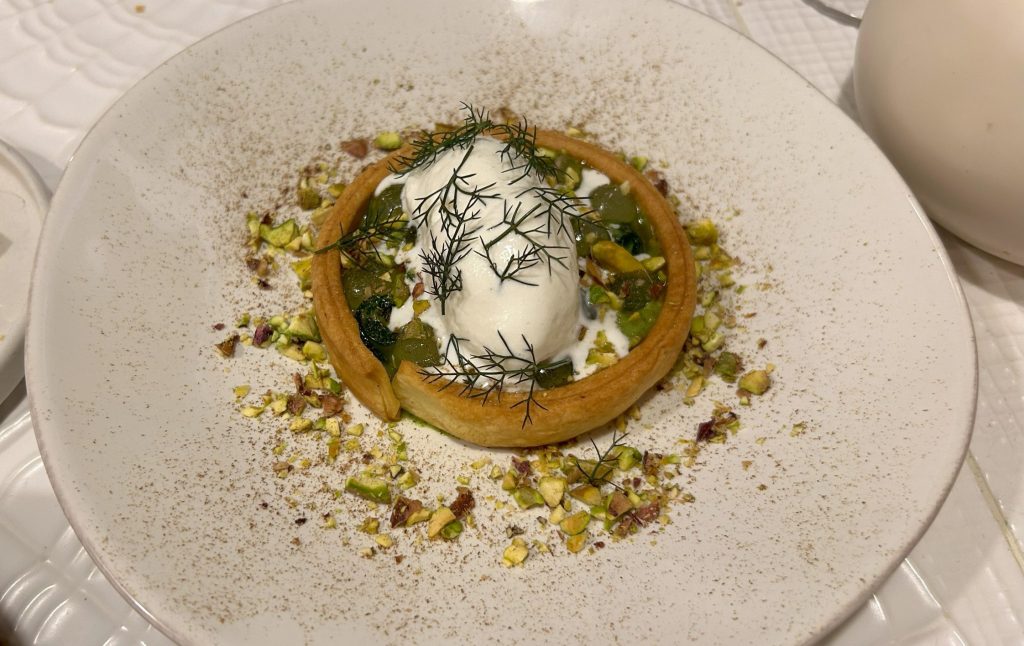
For the main course, Gregg has a fillet of cod cooked with all sorts of tastes and even a smattering of foam. I opt for the lamb with chanterelles—succulent and rich. We each have a glass of wine but decide against dessert. The prices are a bit above my comfort zone although because it’s Tuesday, we are getting a 20% discount on the main courses. Still, the bill comes to 117 Euros, which in Canadian terms isn’t that bad considering the incredible quality of the food, but it’s certainly not bargain basement.
Day 2 in Paris: Visit to the Louvre
Paris teems with eight-million-plus Parisians, who all seem to know exactly where they are going and why. Interposed with the fast-walking, forward-facing French people are plenty of tourists, eyes fixed on phones as they navigate the back streets of the Left Bank.
In the morning, we take the Métro to the gallery and I leave Gregg to wait for the shippers to deliver his boxes of paintings while I make my way across the Pont des Arts to the Louvre. Although I’ve visited many times, I decide to give it one more try. To be honest, it’s a bit of a mistake. The Louvre is over-crowded, over-hot, and over-amped. I give it the old college try but eventually have to admit defeat and leave.
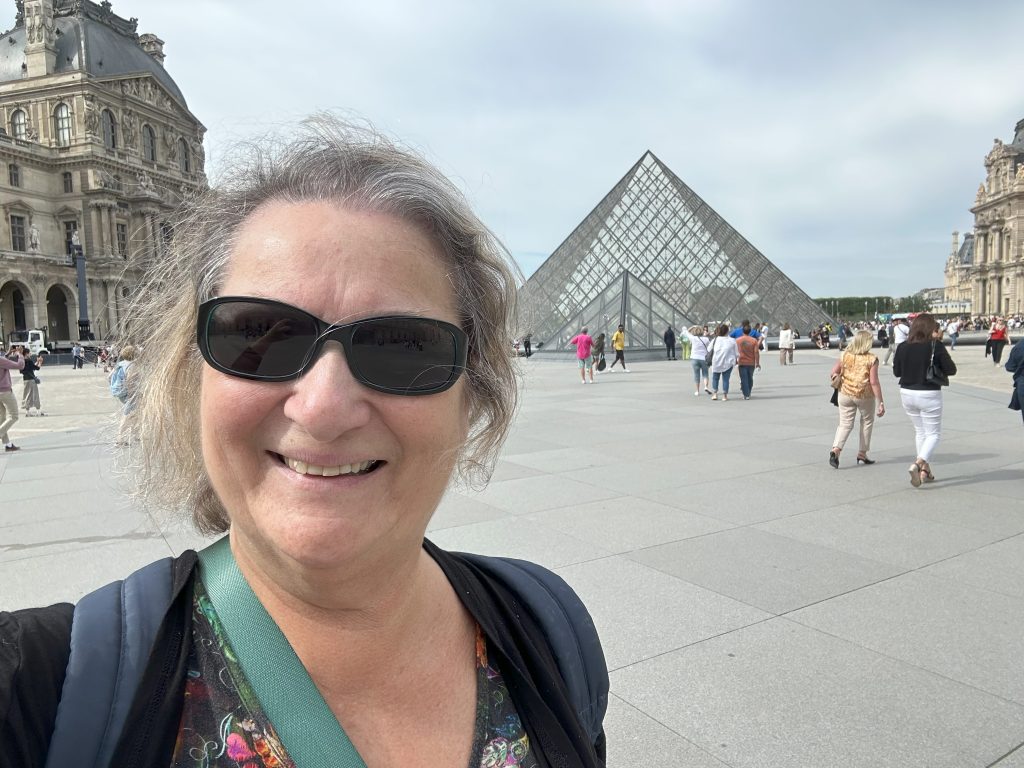
Louvre Highlights
Here are two of the highlights, only scratching the surface of what’s available if you have the stamina. Most of the really famous pieces by artists such as Delacroix, David, and Ingres are so large that they can’t be photographed effectively, and I quickly lost heart, mostly because every room I entered looked like this:
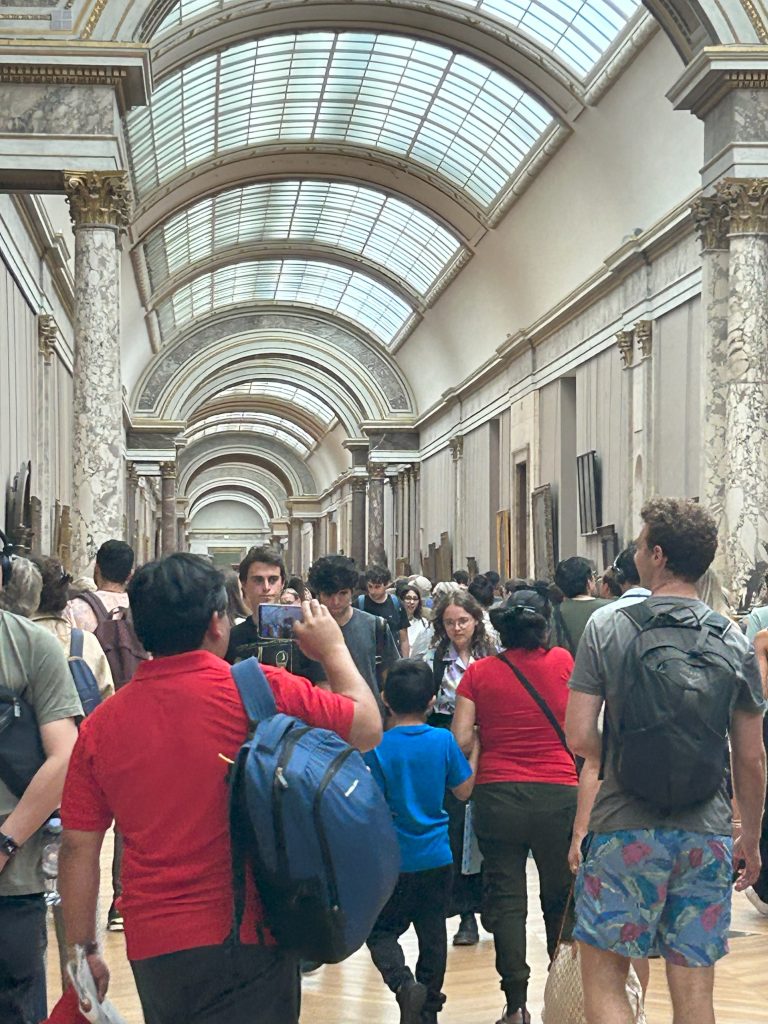
The Three Muses
This Roman copy of a Greek statue of the three muses catches my eye. The three women are symbols of beauty, the arts and fertility.
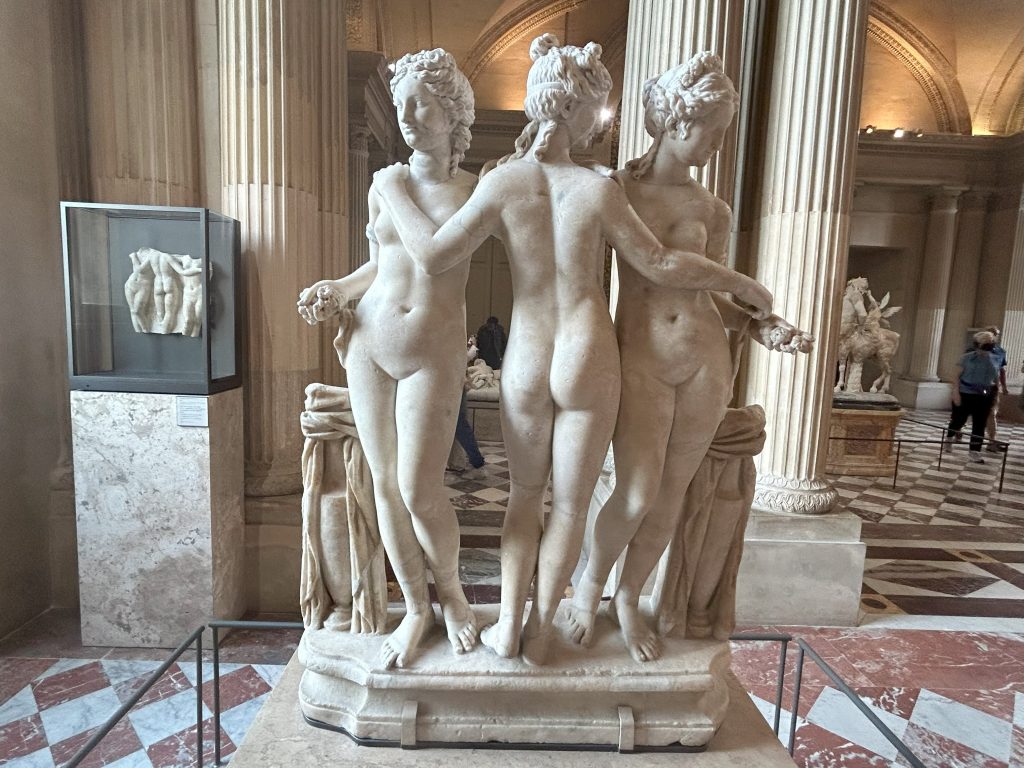
St. Jerome in His Study
My attention is caught by this piece, an oil on panel painted around 1450 by Colantonio, an artist of the Naples school. He is famous for his meticulous depiction of objects–and no wonder. Check out how he renders the books and other objects to give the impression of a somewhat messy but productive office. There are even paper notes tacked to the wall. And then there’s the sad, patient look on the lion’s face. The scene has a wonderful immediacy, as if St. Jerome is at his desk writing, then breaks off to attend to the lion who has just limped in. As soon as he gets the thorn out of the lion’s paw, St. Jerome will return to his work–turning the page of the book on the desk, reaching for one of the other books to look something up, carrying on with his studies as if nothing untoward had happened.
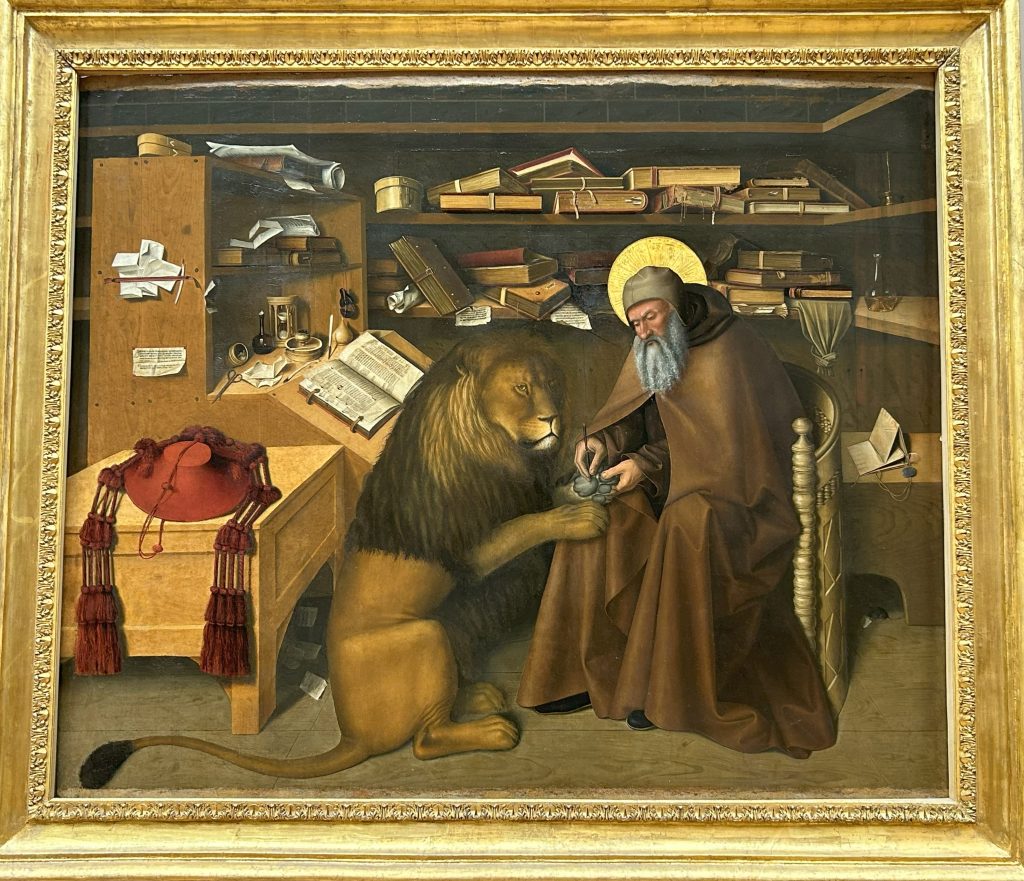
Louvre Suggestions
If you do visit the Louvre, buy your ticket in advance and go as early as you can to avoid the crowds. Check the map provided and plan in advance which paintings and sculptures you want to see. Avoid wandering aimlessly through the Louvre—that way lies madness (along with sore feet and frayed nerves).
Also, don’t bother checking out the Mona Lisa. You’ll not get within ten yards of her and you’re in danger of getting pick-pocketed. I did actually wander into her room, but only to take a picture of the crowds!
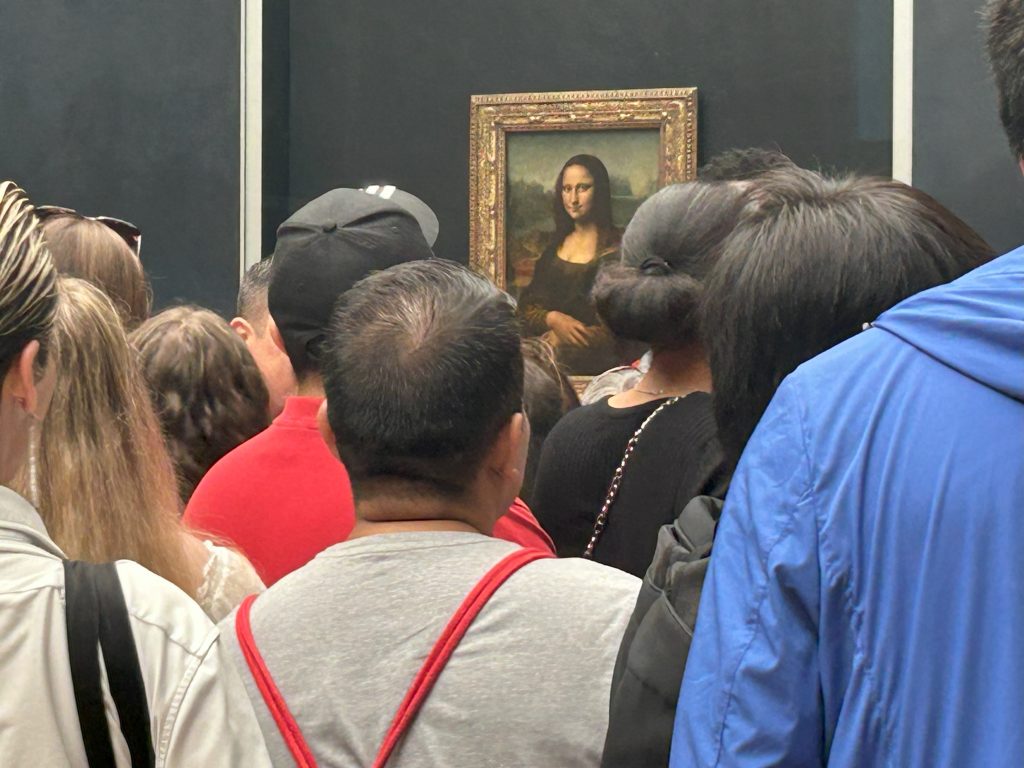
Après Louvre
I stop for a crêpe from a street vendor and watch, fascinated, as he carefully pours the crêpe batter onto a large circular griddle, then uses a tool like a windshield wiper to spread the batter into a perfect circle. With incredible care and precision, he lifts the edges to reveal a crisp brown, then deftly flips the crêpe over and sprinkles it with cheese. Finally, he performs a complicated set of maneuvers with his flipper to create a cone-shaped crêpe that he slides into a paper and hands to me.
I eat it sitting at the edge of one of the fountains next to the Louvre pyramid while watching the tourists flow past. It’s delicious and a bargain at just 5 euros.
In the late afternoon, I treat myself to a glass of wine and a very nice slab of paté in a café very close to the gallery. The outdoor patio is bigger than most and I find a table in a corner. Unfortunately, next to me is a group of young Frenchmen who are extremely loud. Every so often, they burst into raucous laughter, making me jump. It’s a tad annoying and also unusual. In my experience, Europeans are generally much quieter in restaurants than North Americans.
As usual, the servers leave me strictly alone once they’ve brought my order, which is fine by me because they also don’t mind how long you stay. But when I do want to go, it’s almost impossible to get their attention!
I pick up Gregg at the gallery and we catch the bus along the Seine to the Grand Palais where we are to see an exhibition of art nouveau. Alas, we arrive at the Grand Palais to find it completely boarded up. I check the ticket and realize that the exhibition is sponsored by the Grand Palais but is actually being held way across town near Place de la Bastille—a good 40 minutes away by Métro. Since the exhibition closes at 8 pm and it’s already 7:30, we decide to pass. C’est la vie!
We’re not too bothered since both of us are exhausted—Gregg after spending half the day putting up his show and me slogging through the long, long galleries at the Louvre.
Day 3 in Paris: Musée d’Orsay & Vernissage
Today we’ll be hosting the vernissage at the gallery, but that’s not until the late afternoon, so after walking with Gregg to the gallery, I take myself off to the Musée d’Orsay. I’m hoping my experience will be more positive than it was at the Louvre. Fortunately, it is, and then some. There is no line-up, even for people without tickets. I waltz in and go directly to the 5th floor and have lunch. I want to be well fortified before being confronted with some of the world’s most famous Impressionist and Post-Impressionist paintings.
Read all about my favorites at the Musée d’Orsay.
I decide to walk back to the gallery, arriving with a few hours to spare before the vernissage starts. Gregg and I have a late lunch/early dinner at a nearby café where I treat myself to escargots and French onion soup. Gregg chooses a robust-looking croque monsieur served with some of the best French fries I’ve eaten for a long time.
There are few things more charming than sitting at a sidewalk café in Paris and watching the world go by. I feel myself finally slowing down and just being in Paris, not worrying about schedules and to-do lists. My most pressing problem is how to get the escargot from the shell. I fumble with the tool provided and the waiter kindly comes over and shows me how to hold the clamp in my left hand, pick up the shell, then fish out the escargot with a tiny fork held in my right hand.
After our late lunch, I buy some wine and pretzels for the vernissage. It turns out to be a quiet affair. We connect with a very old friend that Gregg played music with forty years ago and whom I also knew, so that’s fun. A few associates from the various French surrealist groups also drift in and I have an interesting conversation with a woman who teaches at York University in Toronto and is also a novelist. We had hoped that because the gallery is in an area with many galleries that we’d get some foot traffic, but it wasn’t to be.
Still, the exhibition looks amazing.
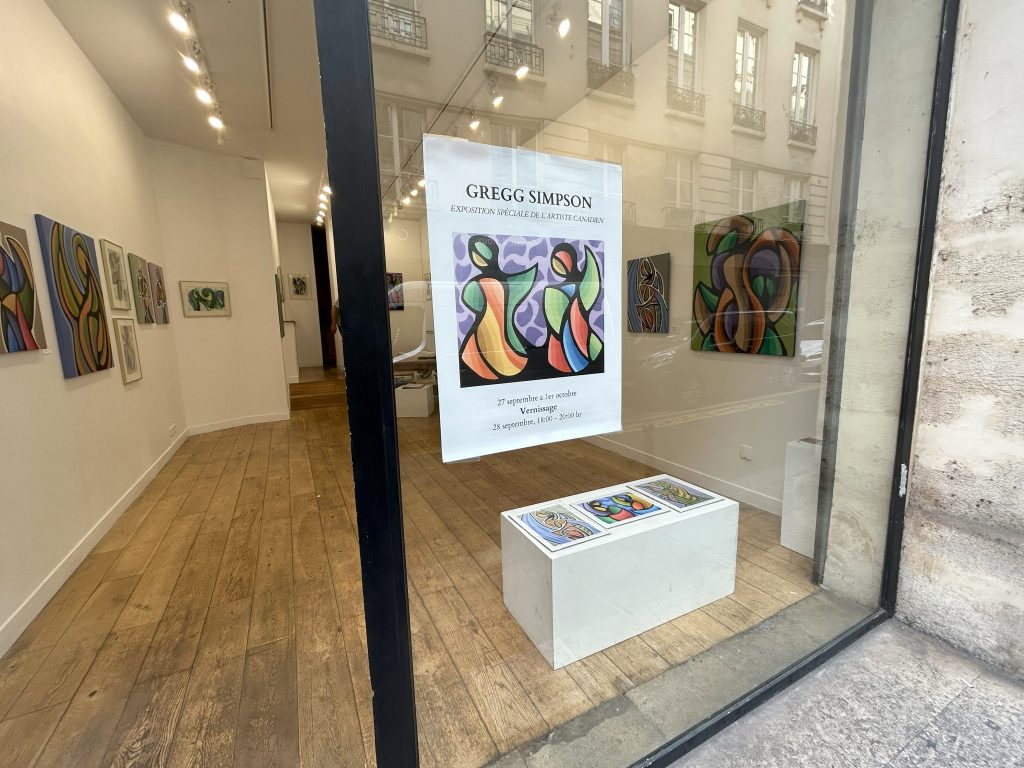
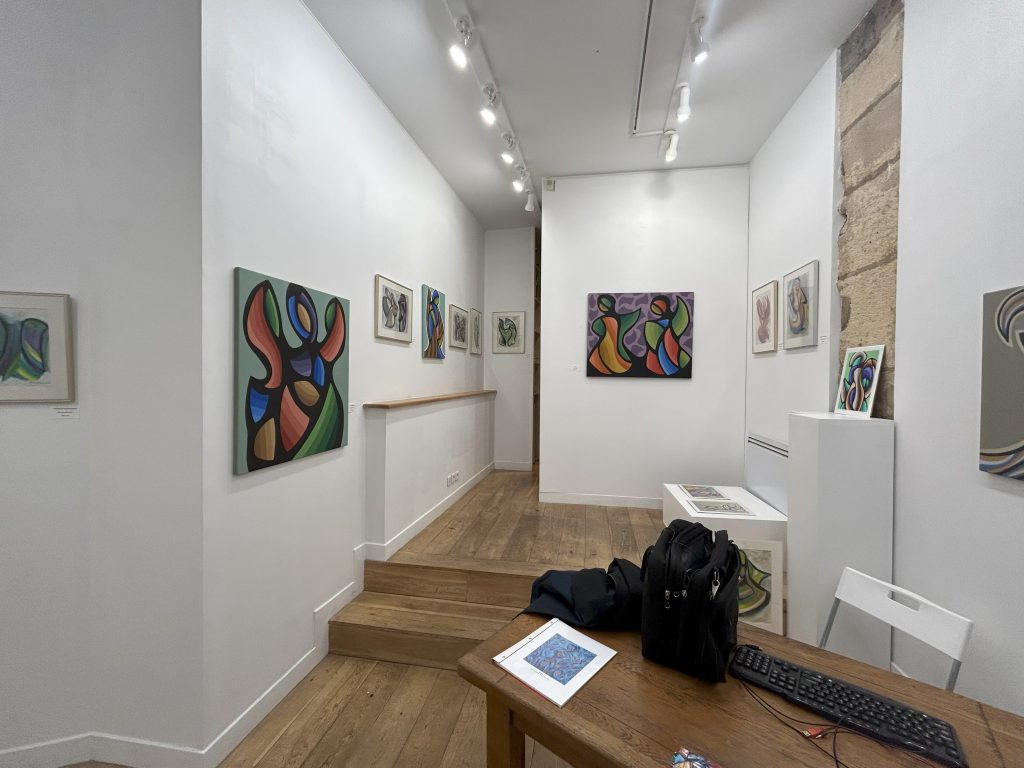
Day 4 in Paris: Cooking Class at Le Cuisine Paris
I’m up bright and early to catch the bus across the Seine to the Hotel de Ville where I’m taking a three-hour cooking class with Le Cuisine Paris. Back in 2013, when we stayed in Paris for a month, I took a market class with them that I thoroughly enjoyed. This time, I’ve booked a sauce-making class.
Along with seven other people (all Americans), I troop downstairs to the basement kitchen where Chef Philippe teaches us how to make eleven sauces over the course of three hours. It’s intense, practical, and very tasty.
We start with the sweet sauces. Philippe hands me a metal bowl half full of chocolate lozenges and instructs me to whisk while he pours in hot cream. Within minutes, I have a smooth, velvety chocolate sauce that Philippe tells us can be used in a multitude of ways—for dipping, drizzling, mixing with other flavors, etc. Next up are two versions of a simple caramel sauce. We learn how to boil the sugar and what to look for (no candy thermometers here) and how to slightly darken the boiled sugar to make a more robust caramel sauce. Philippe adds some salt et voilà! The resulting salted caramel sauce is divine.
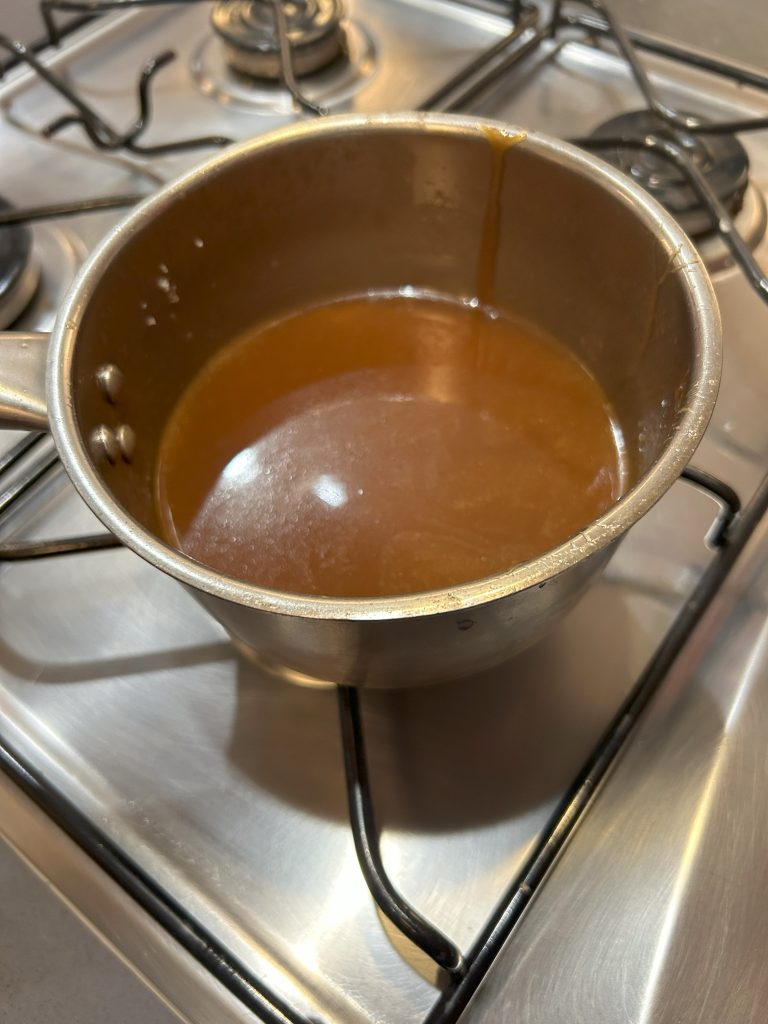
We move on to salad dressings—vinaigrettes to start and then creamy dressings. I learn about the 1-1-5 ratio—one part each vinegar and mustard to five parts oil. Philippe suggests experimenting with combinations of olive oil and sunflower oil.
Next up are creamy béchamel sauces—one with cheese and one without. We learn how to cook the flour and milk together for long enough to get rid of the floury taste and then how to vigorously whisk in the liquid.
There is a lot of whisking required in this class! I find that it takes practice to sustain a good, vigorous whisking action, and need to stop several times to rest my aching wrist. I’m not quite ready for chef school yet.
From béchamel sauces, we progress to wine sauces. The red wine sauce Philippe teaches us to make is to die for. He also makes a green peppercorn sauce that he flambés with cognac—a process I catch on video. Very dramatic!
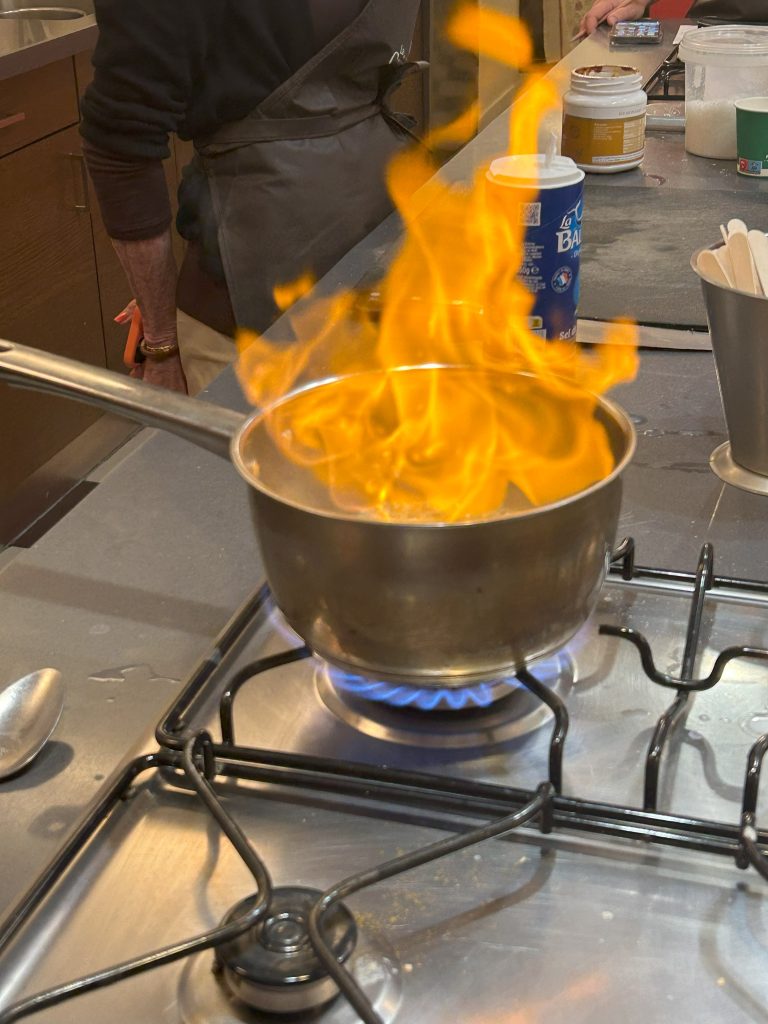
Finally, we learn how to make a béarnaise sauce with butter, egg yolks, vinegar, tarragon and chervil. A lot of whisking is required to mix the egg yolks with the butter, but the resulting sauce is worth the effort. Philippe demonstrates how a chef whisks!
The three hours fly by and before we know it, Philippe passes out plates and hands around all the savory sauces we’ve made, adding a dollop of each to our plates. We are then invited to mop up the sauces with bread, potatoes, carrot sticks and salad.
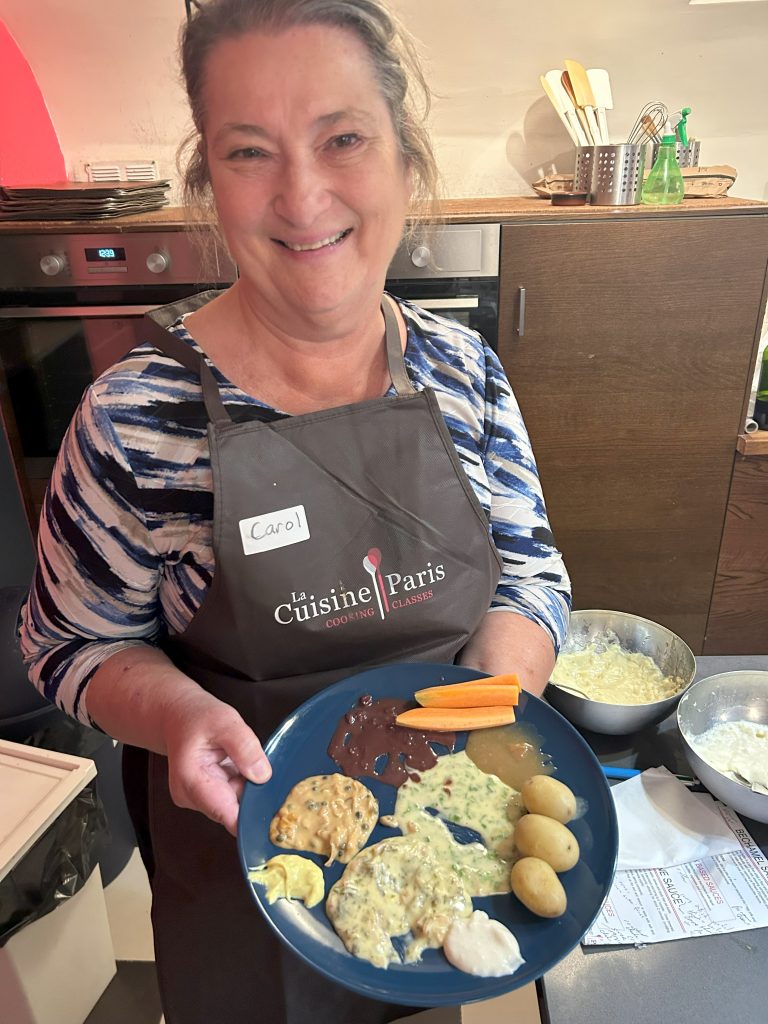
After we’re done, Philippe gives each of us a beautifully plated dessert, drizzled with the chocolate and two caramel sauces we created at the beginning of the class.
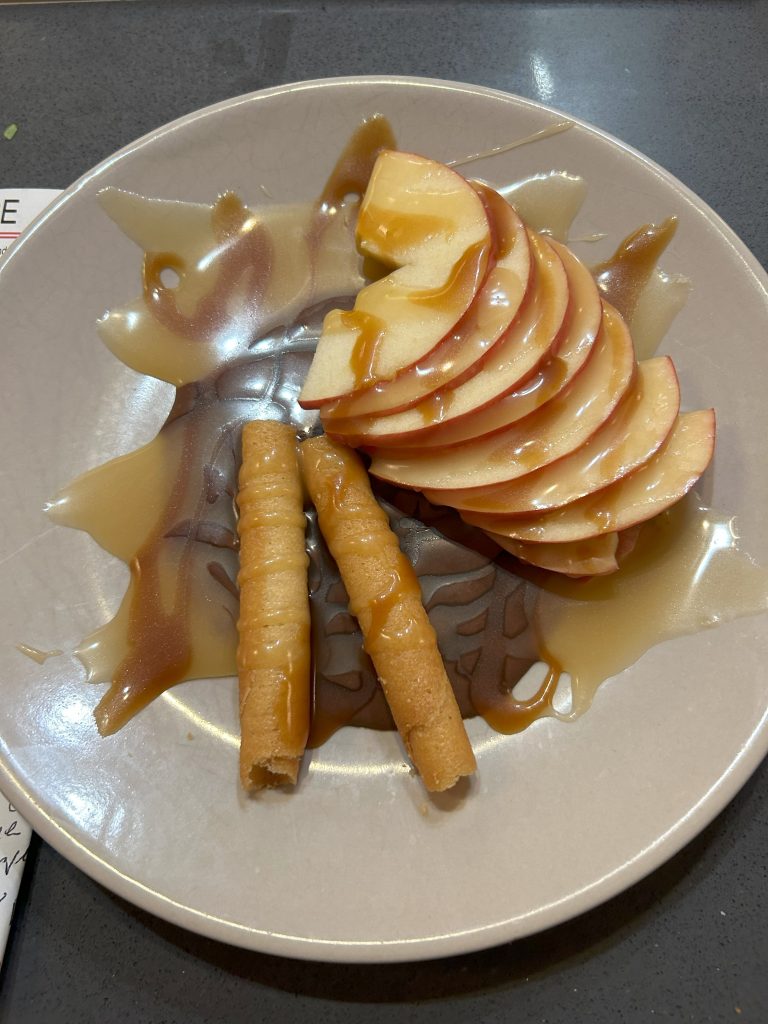
I highly recommend taking a class at Le Cuisine Paris. The staff there are friendly and the prices are reasonable for an educational and fun cooking experience. They offer a wide range of classes—from making macarons and croissants to creating a full menu in one of their market classes.
Notre-Dame Cathedral & Shakespeare and Company
After my class, I wander across the river to the Île de la Cité and sit for a while in the bleachers set up in front of the building site that encloses Notre-Dame Cathedral. Fortunately, the façade was not affected by the fire so from some angles I can almost believe the cathedral is still intact. Hundreds of tourists are gathered on the bleachers snapping photos of the façade and generally relaxing in the glorious late September sunshine.
I walk across the bridge back to the Left Bank and visit Shakespeare and Company—the famous English bookstore that was the haunt of the likes of James Joyce and Hemingway. I buy a copy of David McClaughin’s book about American artists and writers visiting Paris in the mid-to-late 19th century—part of my research for a novel I’m thinking about setting in Paris during La Belle Époque.
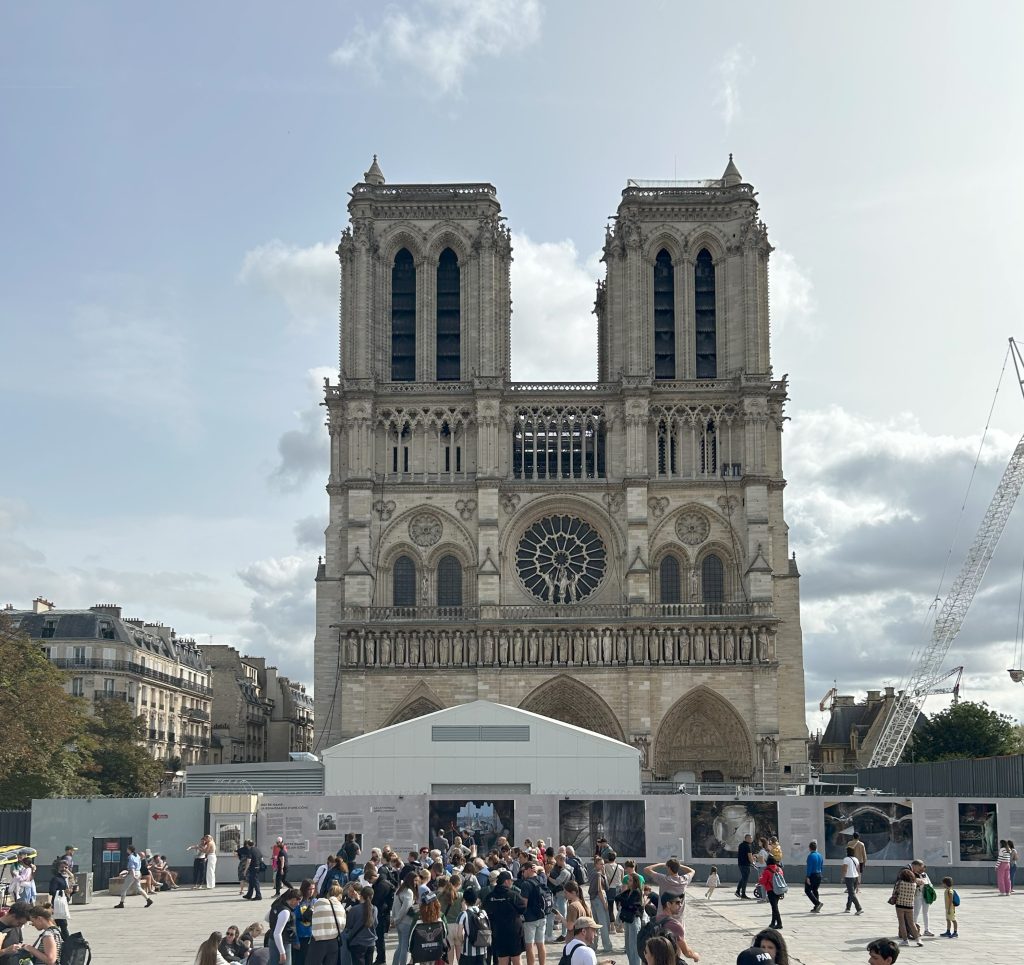
Back at the gallery, I hang out with Gregg for a while and then take the bus back to our apartment. I love taking the bus in Paris. It’s so much easier than taking the Métro—less walking, often faster, and you get to see Paris instead of a dark tunnel. The Métro is great for long rides, but for short hops, the bus is my first choice every time.
Paris now uses a Navigo card rather than the iconic green tickets we’ve used for years. They were phased out at the end of 2022. I rather miss them but must admit that the new Navigo card is much more convenient. Instead of fishing in my pocket for an unused green ticket, I just whip out my Navigo card and tap it on the reader at the front of the bus or at the entrance to the Métro. I can load up the card for more trips any time I wish at a Métro station.
Day 5 in Paris: Visit to the Eiffel Tower
On Saturday morning, we take a leisurely walk to the Luxembourg Gardens, the scene of many good memories over the years. On our first visit to Paris as a family in 1994, we discovered the children’s playground at the Luxembourg Gardens. Julia loved it there, and so on our trip in 1995 when she was nine, we spent a lot of time sitting in front of the playground sipping coffees while she played. I set an important scene in the Luxembourg Gardens in Love Among the Recipes.
We check out an exhibition about Gertrude Stein and Picasso at the Musée de Luxembourg that is okay, but not particularly impressive. I snap some photos of a few of the more memorable pieces, but in truth, there aren’t many.
Afterwards, we sit a spell next to the large pool in the center of the gardens and watch the world go by. Since it’s Saturday, the park is thronged with families, people getting fit (there’s a lot of jogging in this park!), and groups doing Tai Chi under the trees. It’s all very civilized and wholesome.
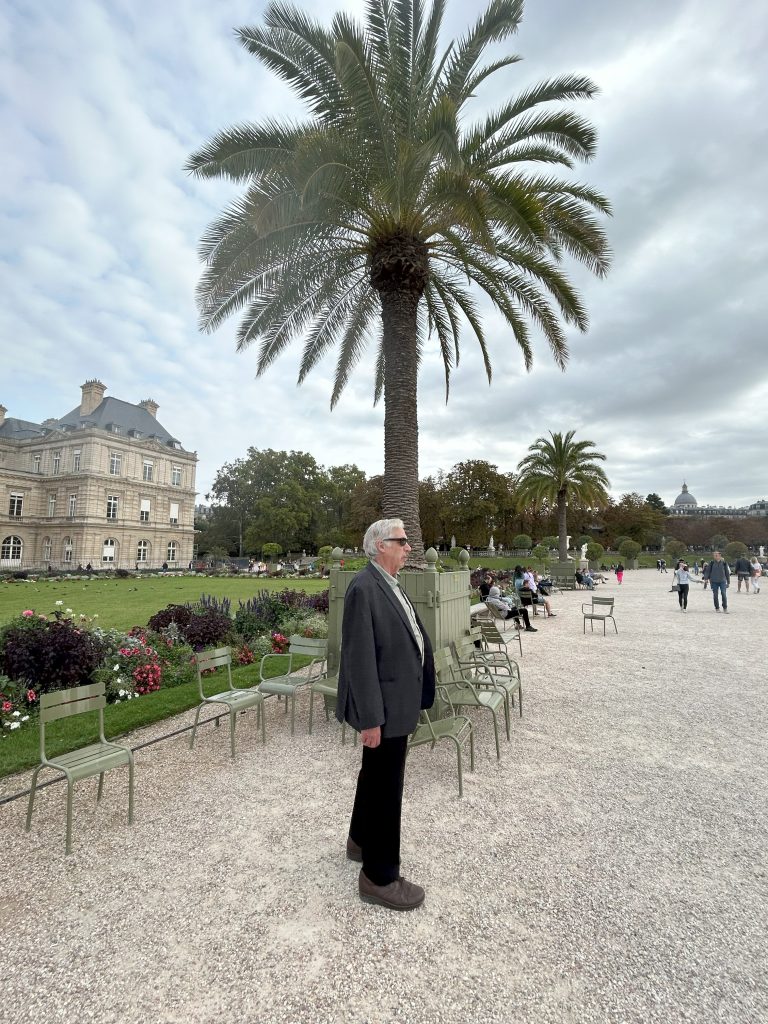
I spend a relaxing afternoon back at the apartment while Gregg sits the gallery, then take the bus to the Eiffel Tower where I’ve booked a tour that I think will take me to the very tippy top.
Touring the Eiffel Tower
I arrive at the Eiffel Tower with moments to spare before the tour is to begin only to discover I’m in the wrong place. I run to where the guide is allegedly supposed to be, arriving ten minutes late to find her waiting and not at all worried. After joining her and eight other people, we set off at a brisk pace back to the base of the Eiffel Tour where we wait a good thirty minutes (at least less than the 90 minutes for people without tickets) to ride the elevator to the second stage. I ask if we’re going to the top.
No.
Oh well. I guess I misread the description.
I enjoy her commentary which I’m sure she appreciates since I’m the only one in the group who appears to speak English. The rest of the people are not listening to her which makes me pay even more attention. I’m considering setting a novel during the time of the building of the Eiffel Tower in the late 1880s so my tour is part of my research. I’ve visited the tower many times over the years, first in 1970. And it also plays an important role in Love Among the Recipes.
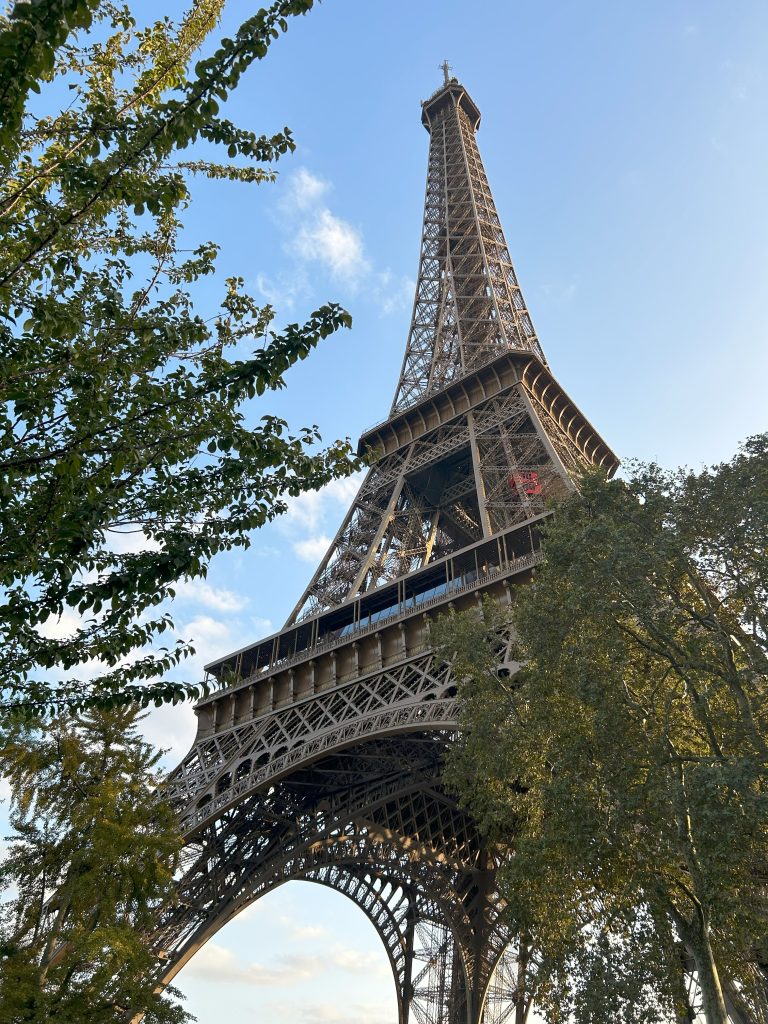
The view from the second stage is fine but not particularly breathtaking. In truth, spending a large part of a visit to Paris waiting to go up the Eiffel Tower is a waste of vacation time in my opinion. Go once if you’ve never gone, but try to go very early in the morning, or go after dark when the lights are twinkling. It really is a lot of fuss and a lot of waiting for what is essentially an elevator ride. Here’s a view to the south.
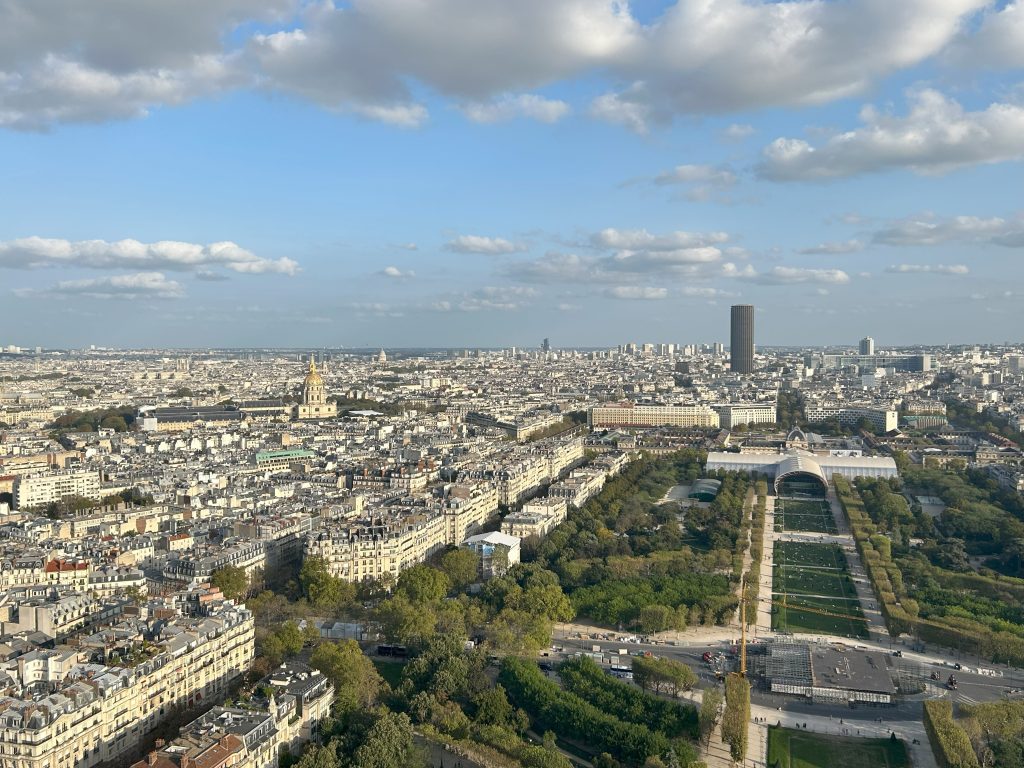
A Memorable Taxi Ride
After the tour, I descend to the bottom and snap lots of photos in the beautiful golden light, then go in search of a bus. I can’t find the right stop and finally admit defeat and hail a taxi. The traffic is practically gridlocked. I could probably walk it faster. The driver entertains me with a lot of voluble French commentary about the shocking state of the circulation in Paris, the bicycles, the other cars, the stupid pedestrians, etc. As the fare creeps up over 20 euros (I have a 20-euro bill clutched in my hand), I reach for my wallet. He gestures for me to put it away. Non, non, Madame. Il est vingt. He waves away the number on the meter as if to make it disappear. I gather he’s not going to charge me more than the 20 I had ready to pay him because the traffic is so bad. That’s very kind of him!
He drops me in front of the gallery, takes the twenty and wishes me a bonne soirée. I’ve yet to meet the fabled rude French people that Paris is supposed to contain in abundance. In my experience over many trips to Paris, the Parisians are almost uniformly helpful, friendly, and good-humored. They frequently like to make jokes. For example, the night before, we asked the clerk at the supermarket the way out. He shook his head and told us gravely that there was no way out, that we will have to stay all night. He then led us to the exit and efficiently scanned our items while telling us all about his brother who is moving to Calgary.
Dinner on the Left Bank
Gregg and I set out to find a place for dinner. We settle on a crowded place (all the places are crowded!) on the lively rue de Seine very close by. It’s a hopping place on a Saturday night!
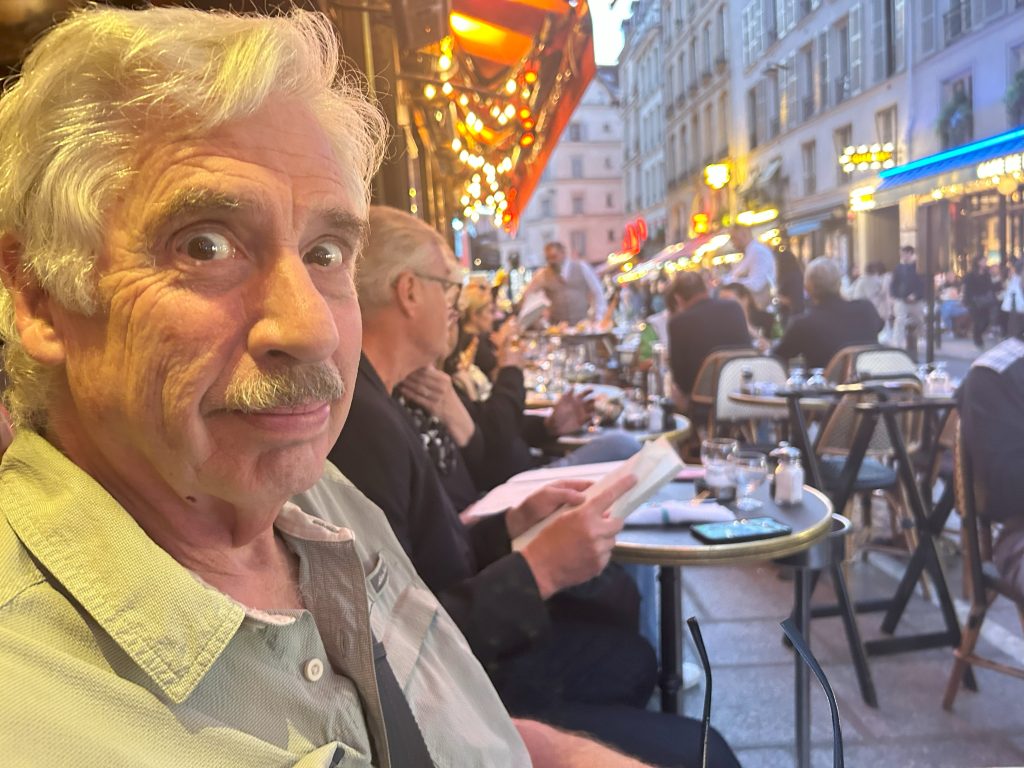
Day 6 in Paris: Cluny Museum
On our last full day in Paris, I spend the morning at the recently renovated Cluny Museum. While the entrance is much more spacious and accessible, I rather miss the old version with its twisting stairwells and dark corridors.
I spend a goodly amount of time in the room housing the Lady and the Unicorn tapestries. They never lose their appeal for me. I really can just stare at them for hours.
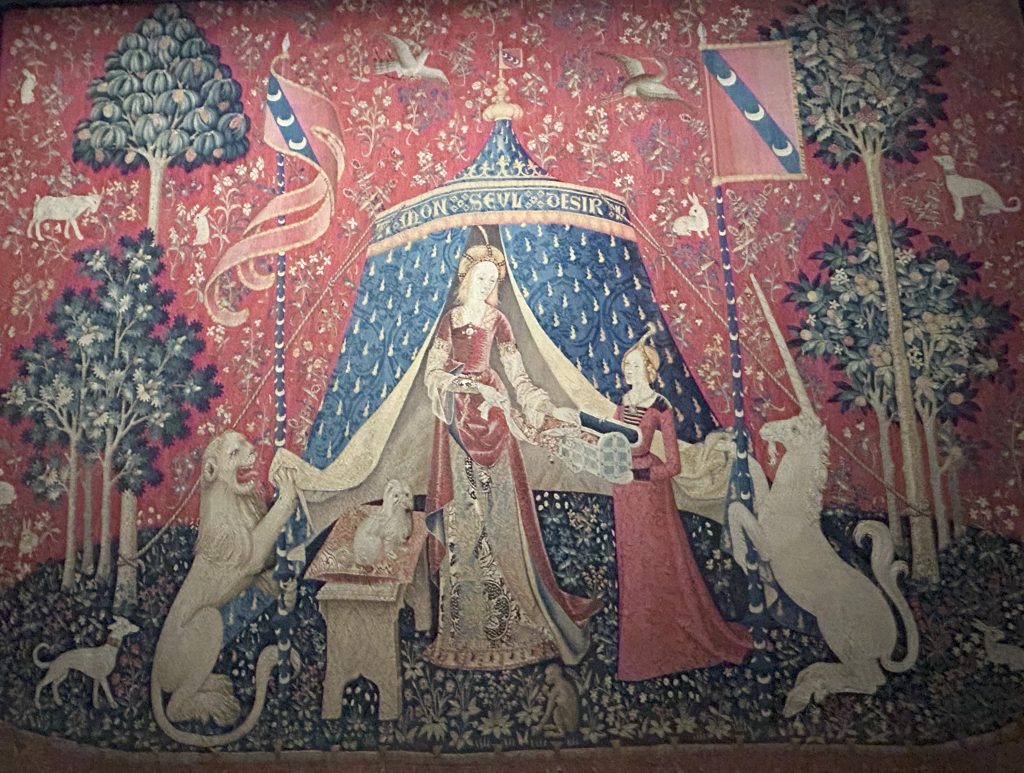
The Cluny is filled with treasures from the Middle Ages—lots of stonework, woodwork, porcelain, and some paintings. My favorite painting is still there, although hidden away in a smaller room. Painted in 1445, it depicts a large family of sons and daughters dressed in attire befitting their role in life. Mom and Dad (first picture) are followed by eleven children. Two of the daughters are nuns, two of the sons are archbishops and two of the daughters wear elaborate headdresses signfiying their high status. The other boys are knights. It’s a pretty fine-looking family!
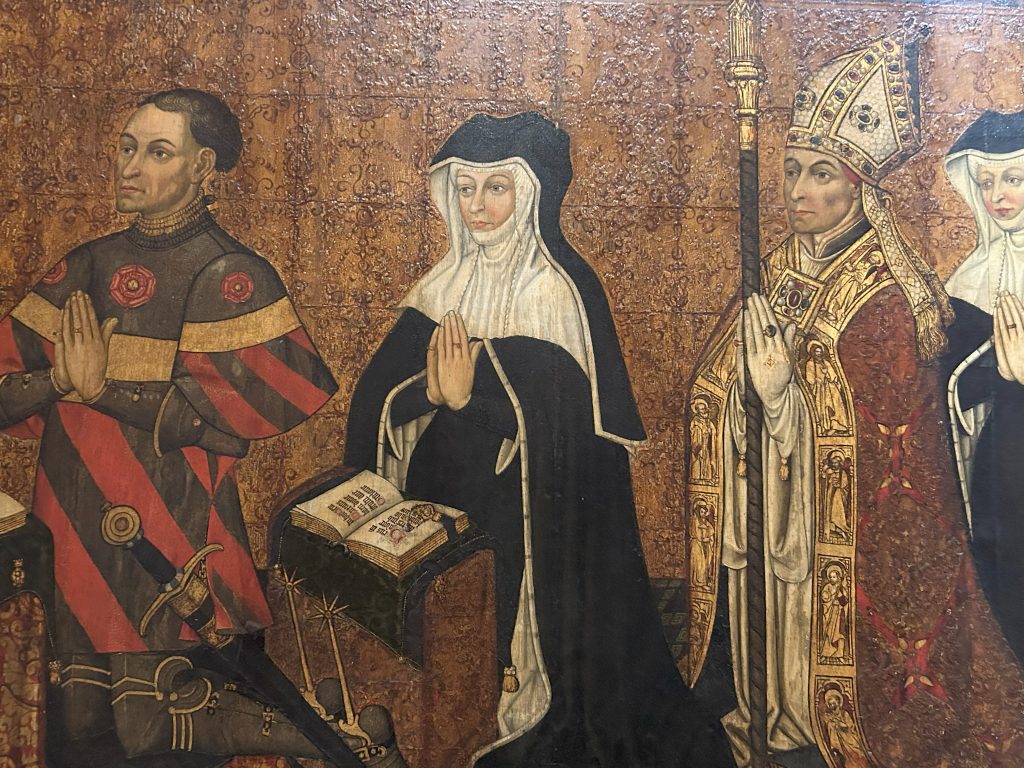
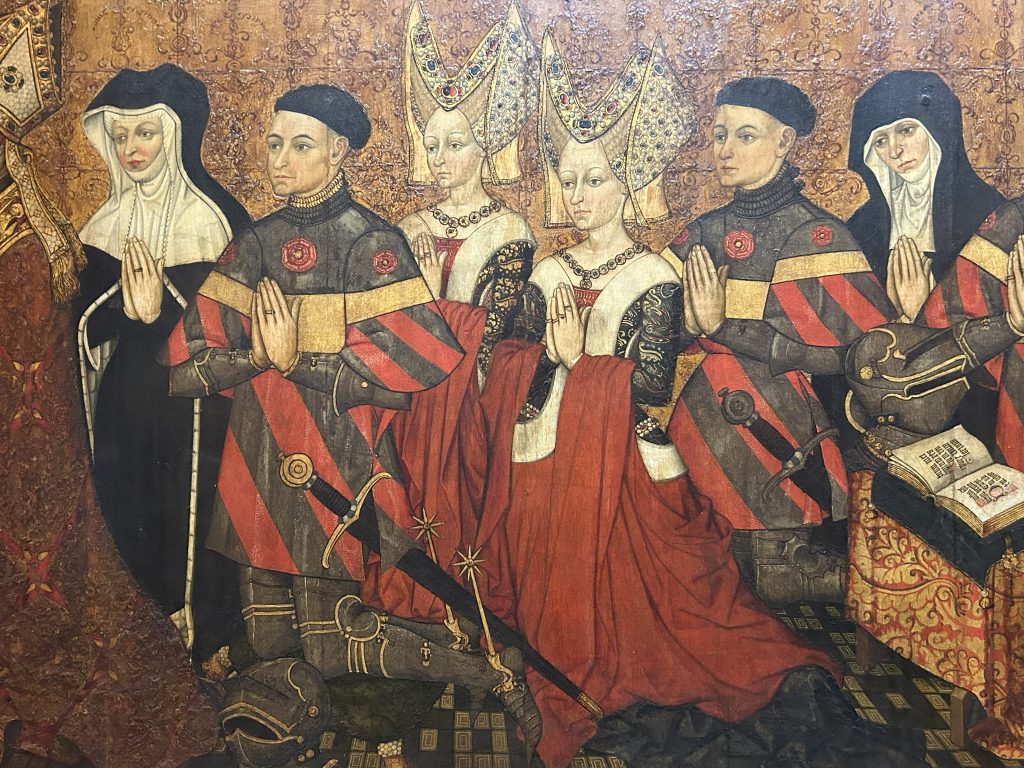
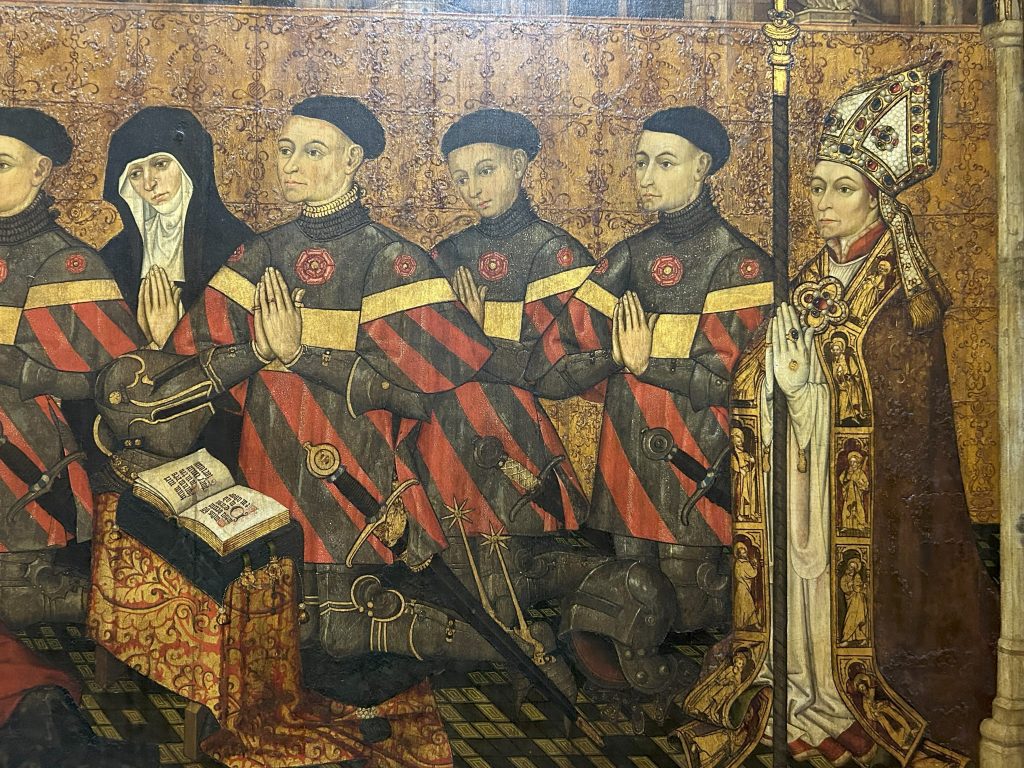
After the Cluny, I wander through the atmospheric streets near Saint Michel to reach the gallery, then spend a few hours writing and sipping coffee at a nearby café. Gregg arrives with two friends, and we catch up over drinks.
And then it’s time, finally, to take down the show! With me helping, Gregg gets packed up in record time. The walls are again bare and all that is left of the beautiful exhibition are three taped-up crates at the front of the gallery waiting for pick-up the next day. Gregg lowers the iron grating for the last time.
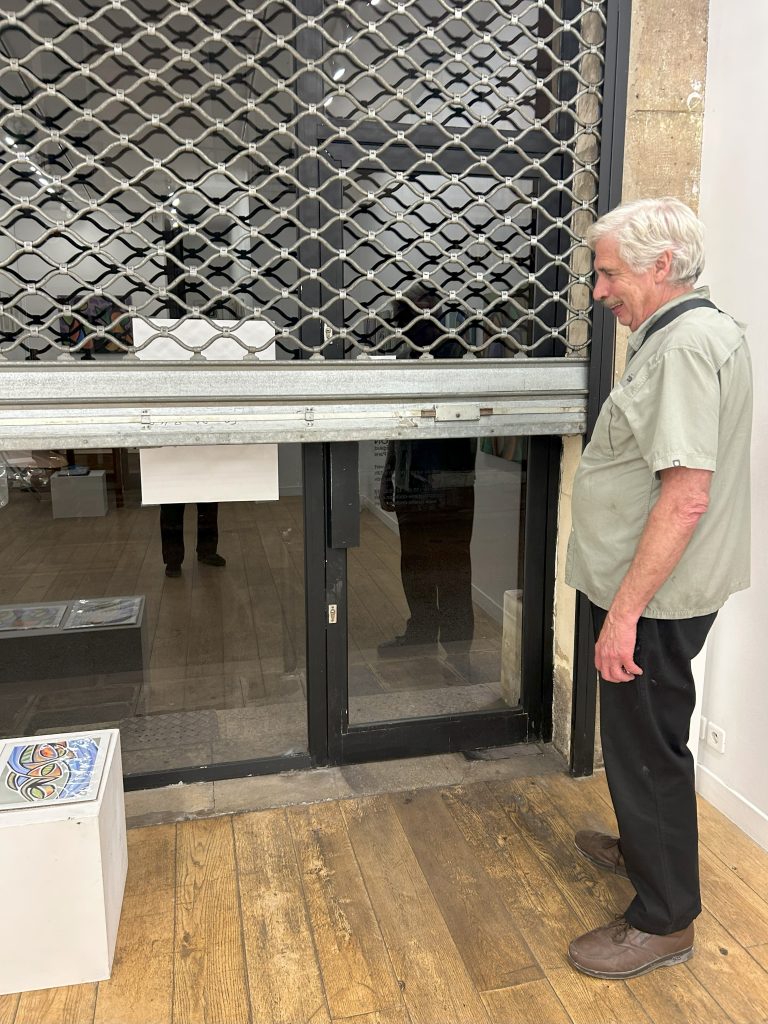
We catch the bus “home” and opt for an easy dinner in for our last night. Paris is wonderful, but we’re tired and ready for a new adventure.
Day 7 in Paris – Leaving
But before our new adventure can begin, we need to get ourselves out of Paris. This proves to be more of a challenge than we anticipated. We must first get ourselves and our luggage from our apartment on the rue de Sèvres to the gallery, then pick up the boxes of paintings at the gallery, then get us, our luggage and three boxes up to the shippers in the north of Paris and finally get us and our luggage and two boxes all the way back to the very south of Paris where our car is parked. Easy!
Not so much!
We intend to use Uber but it lets us down spectacularly. We attempt several times to order an Uber for the first leg to the gallery and finally must admit defeat when one driver cancels, another drives by and doesn’t stop and then cancels, and the Uber app informs us that there are no drivers. Fine. We hail a taxi. So far so good.
At the gallery on the VERY narrow Left Bank street, we leave the taxi and pile all the luggage in front of the gallery while Gregg goes in through the multiple doors to get the boxes. One of the boxes is far too big too carry and the other two contain glass and must be handled carefully. We have to have a ride; taking public transport is completely out of the question.
While Gregg negotiates the ins and outs of the gallery for the last time, I start ordering another Uber (a van this time) to take us north to the shipping place. Nope. Nada. Uber gets our hopes up multiple times only to let us down an equal number of times.
Driver not available. Try again.
Trying not to panic, I download a taxi app and struggle to enter credit card information so that we can be registered. I then use the taxi app to order a van. No dice. No vans. We are just about on the point of despair when I look down the street and what do I see? A regular taxi van with its green light on coming straight for us. I almost don’t flag him down, thinking its presence at that exact time is too good to be true. Fortunately, I come to my senses and wave frantically, only just stopping short of stepping into the street so he has to stop.
Can you take us to rue de Cardinet in the north? I say in execrable French.
Le dixseptième arrondissement?
Oui!
I actually have no idea if it’s in the 17th, but I’m desperate. Meanwhile, Gregg is saying C’est une emergency!
Fortunately, the driver, who speaks no English, agrees to take us. Perhaps he takes pity on us. I’ll never know but I wish I knew his name because I owe him a large debt of gratitude. Out he jumps and helps us load the luggage and boxes into his capacious van. Phew!
On our way to the shippers, we ask him if he would arrête pour cinq minutes while we unload the big box at the shippers and then take us to Porte d’Ivry where our voiture is parked.
Oui, Madame!
Oh joy!! We sit back, hearts pounding, and watch Paris fly by as Monsieur expertly maneuveres his van around bikes (there are a LOT of bikes in Paris) and other cars, buses, and pedestrians. We arrive at the shippers, and he helps Gregg unload, then smoothly gets us to our final destination, even checking the back seat after I’d gotten out and finding my pack that I’d left behind (the one with the computer!). Many, many mercis later and a pretty hefty tip, and we were retrieving our car and on our way to Rennes.
Phew! Never a dull moment.
Visiting Paris?
Check out these tours and tickets.
Or consider a walking tour with GuruWalks. I’ve been on a few of their walks, and really enjoyed them. Here are their walks in Paris.
